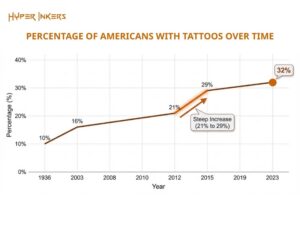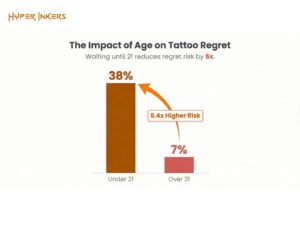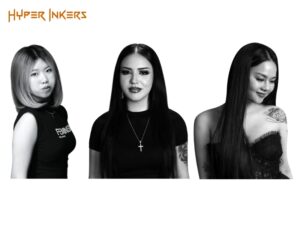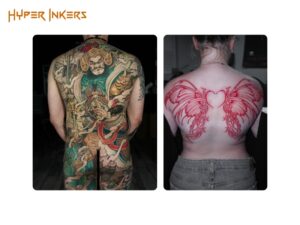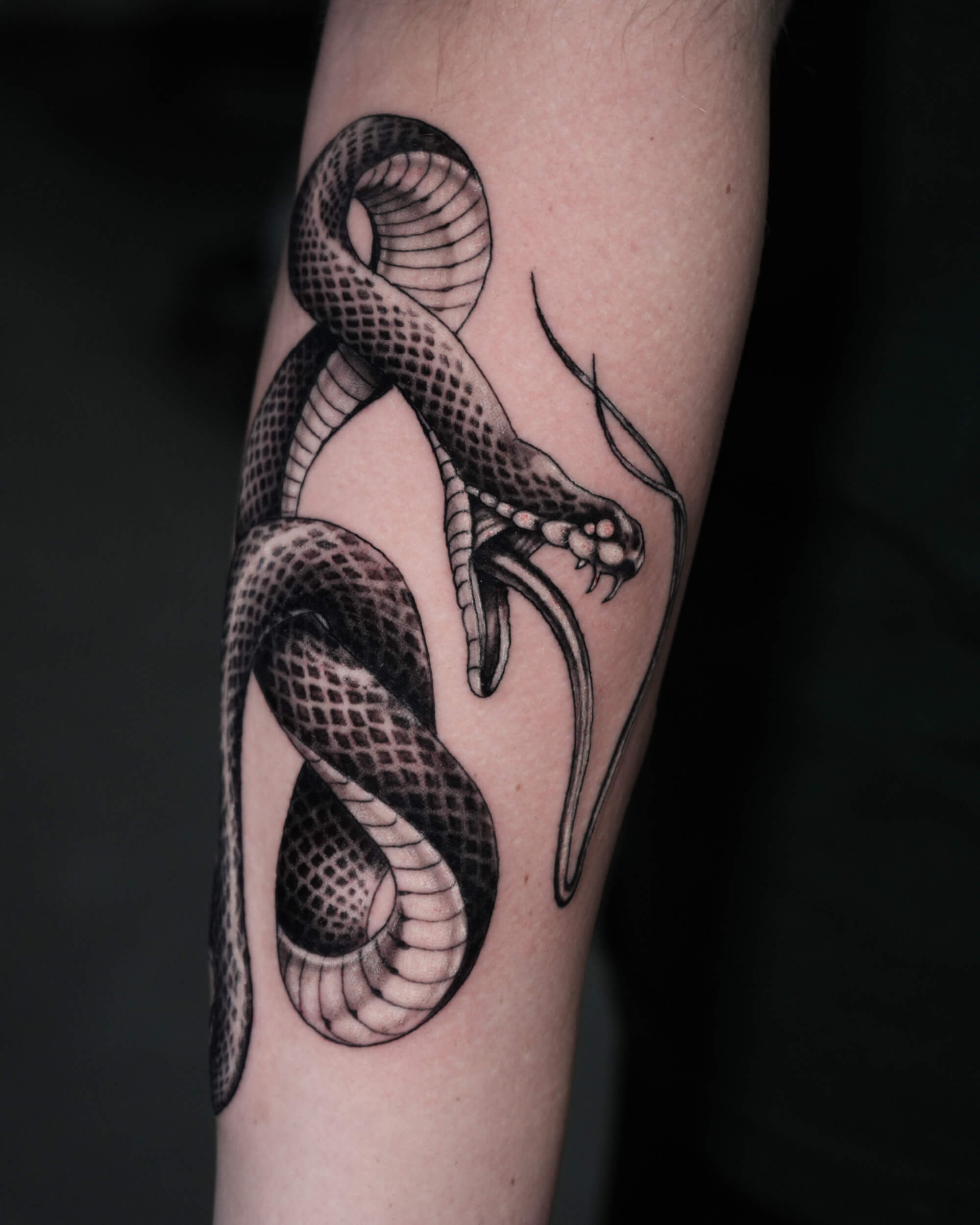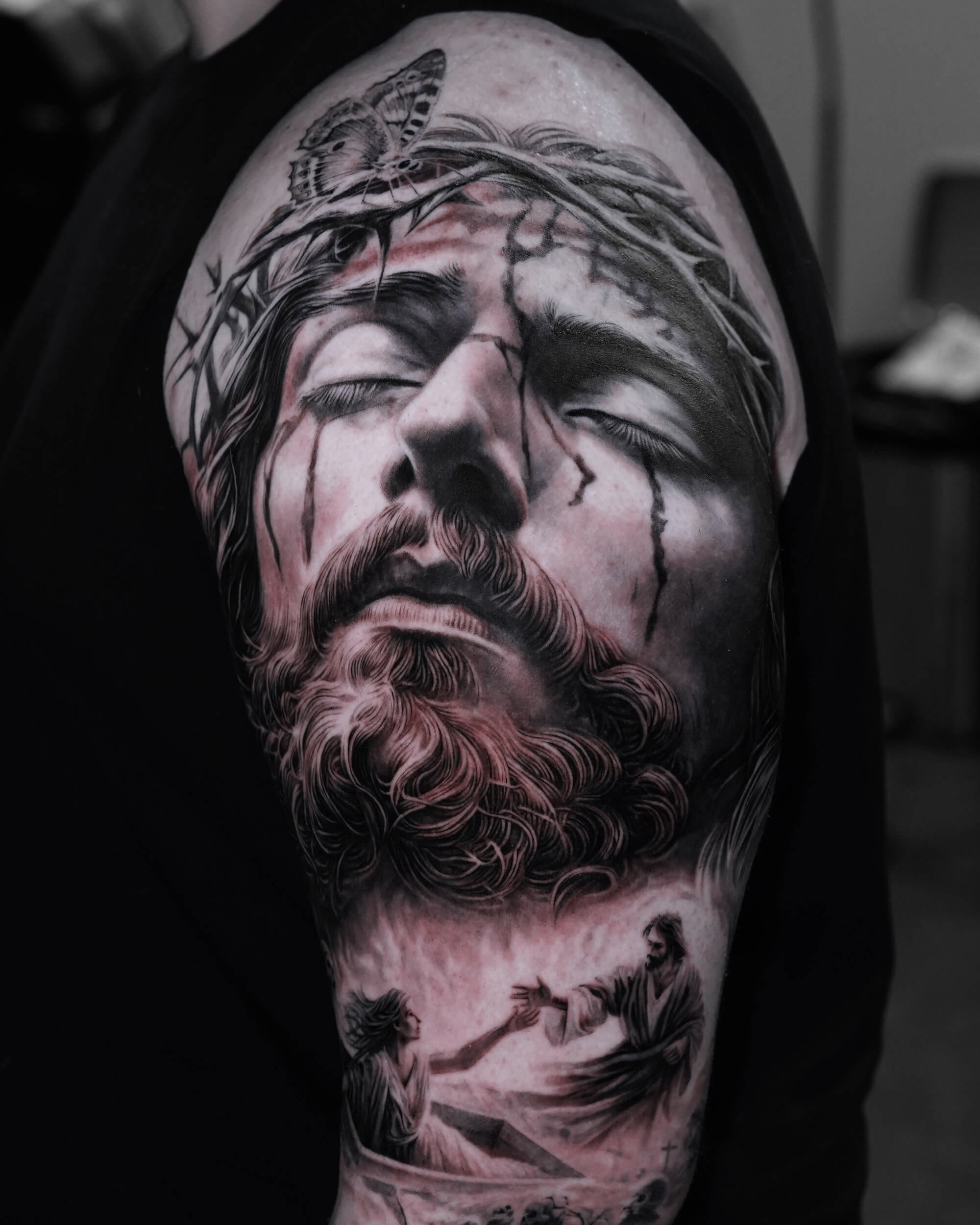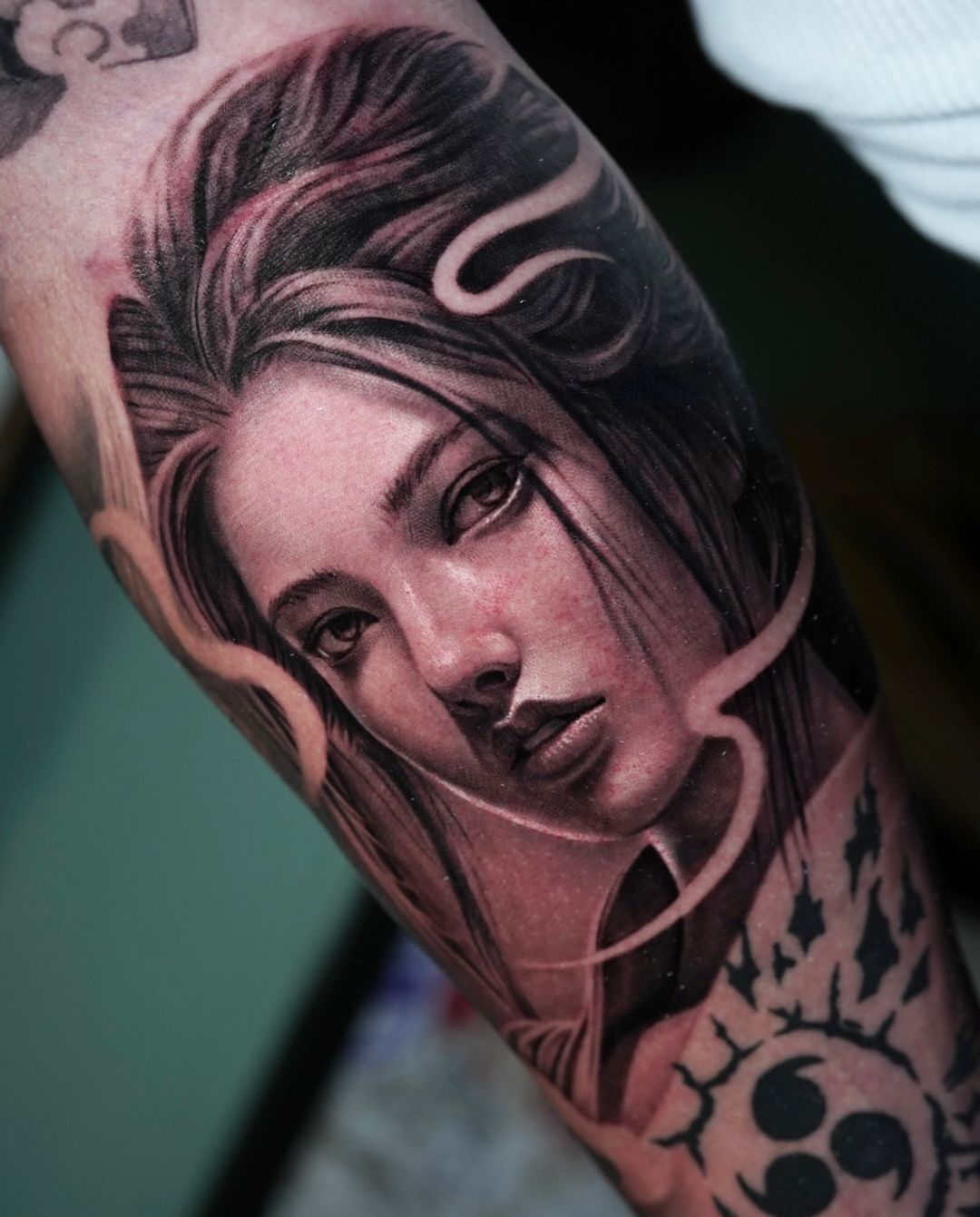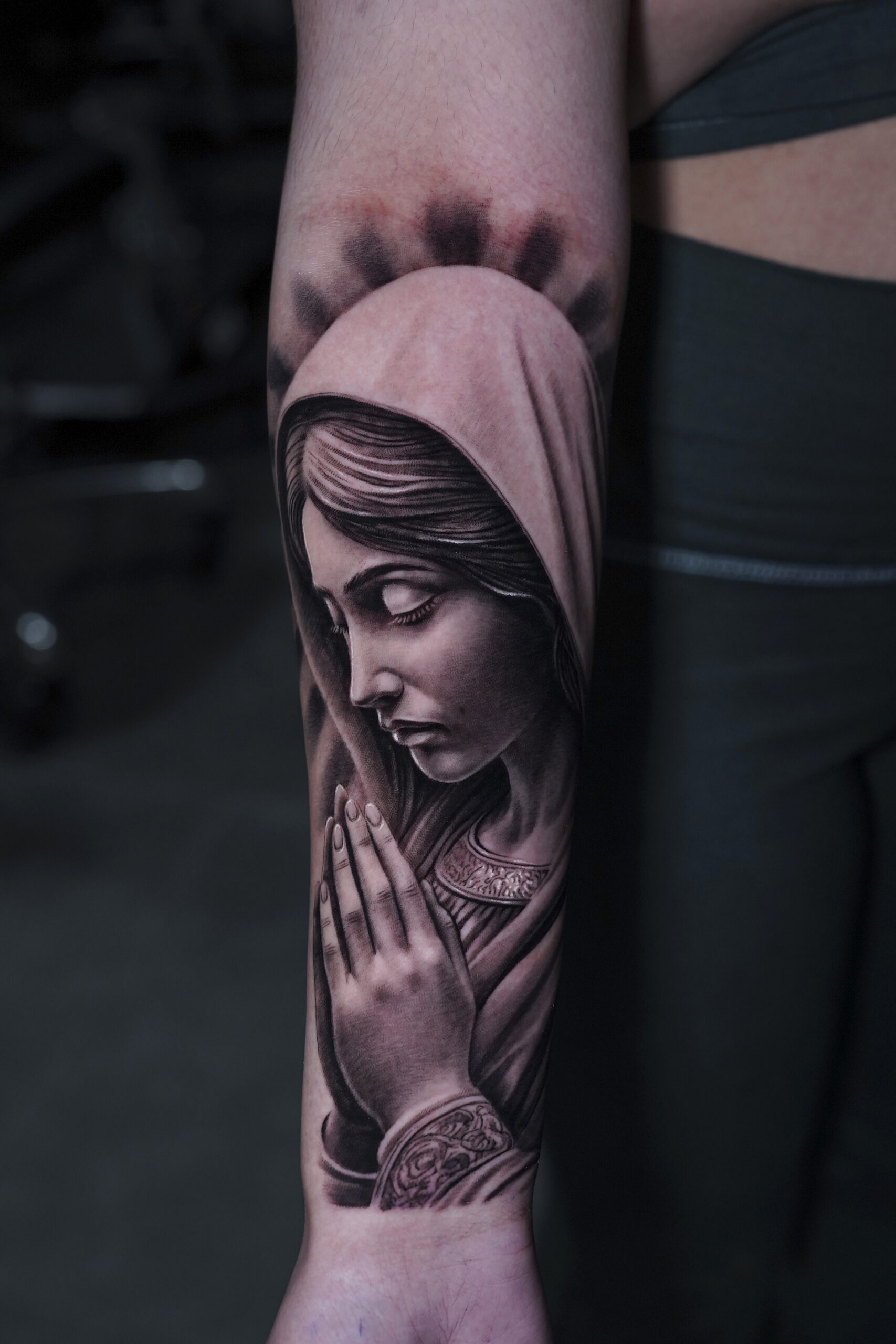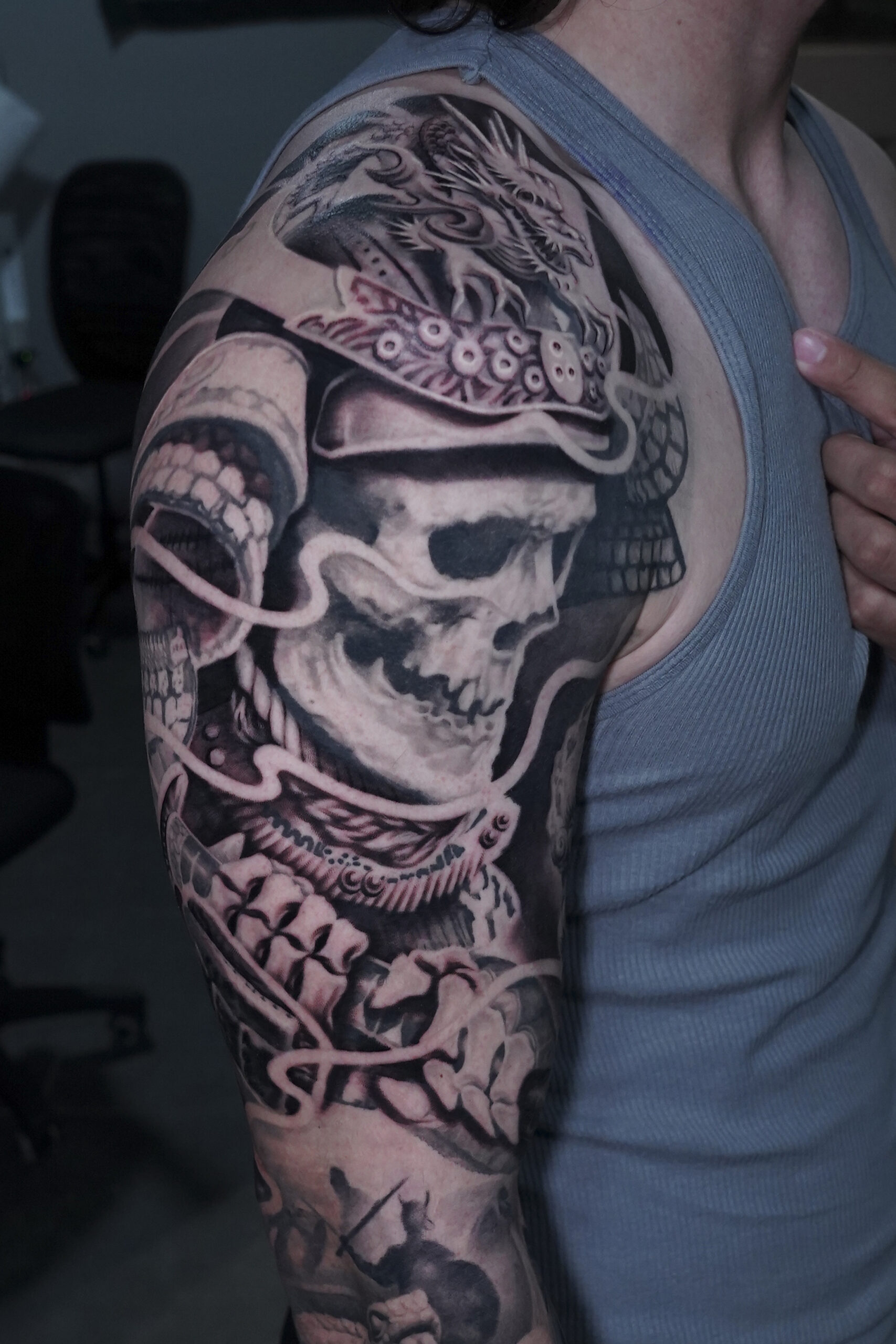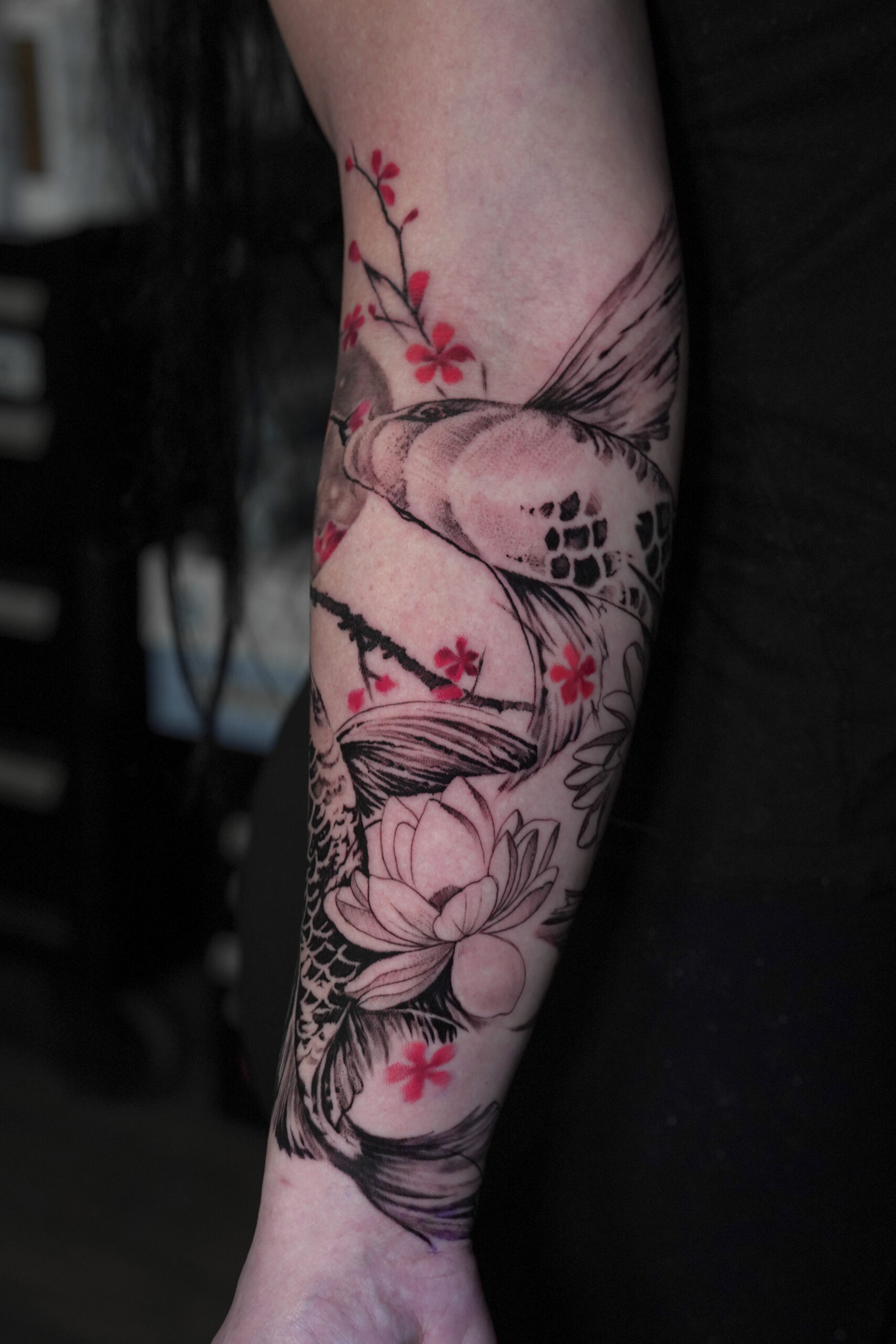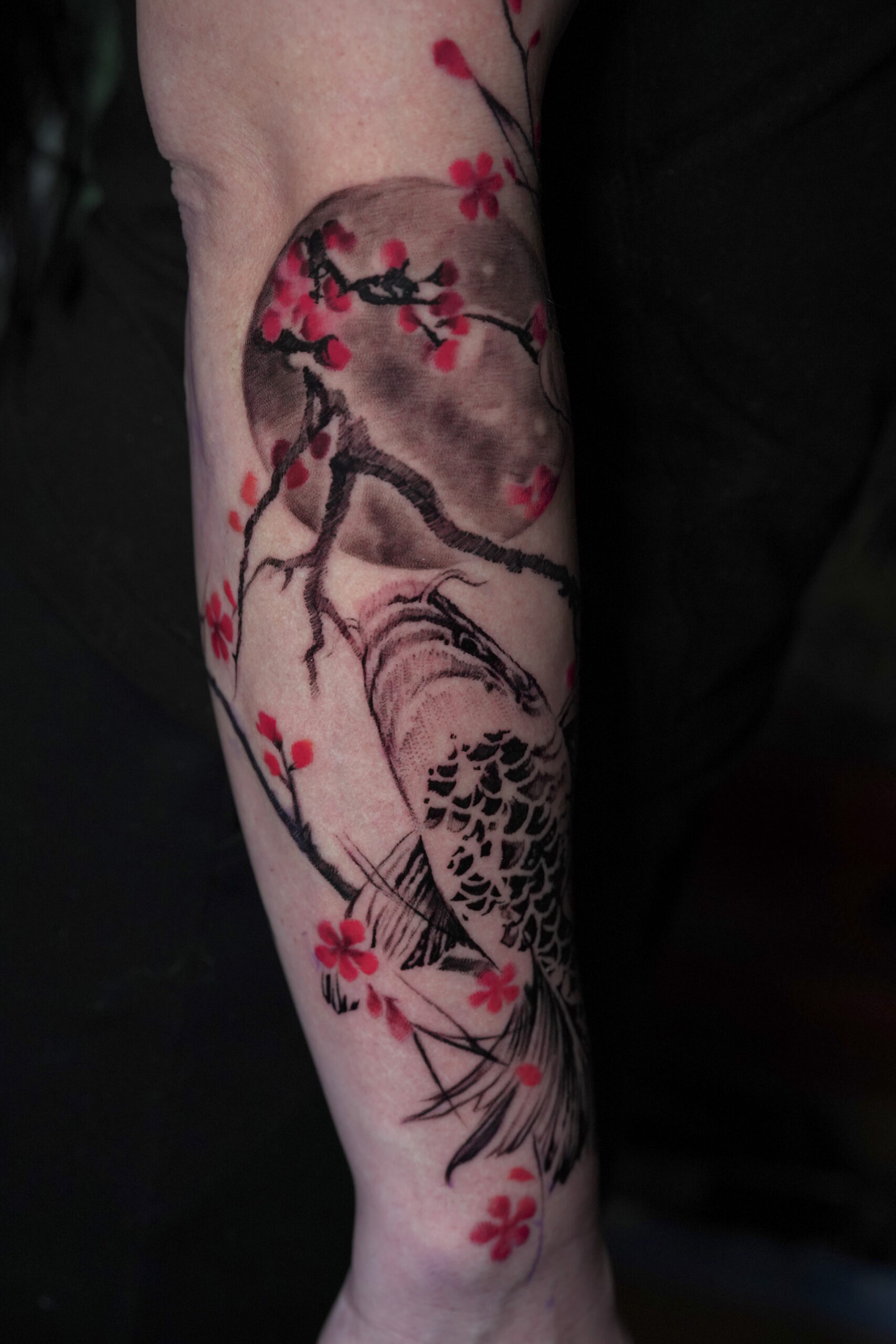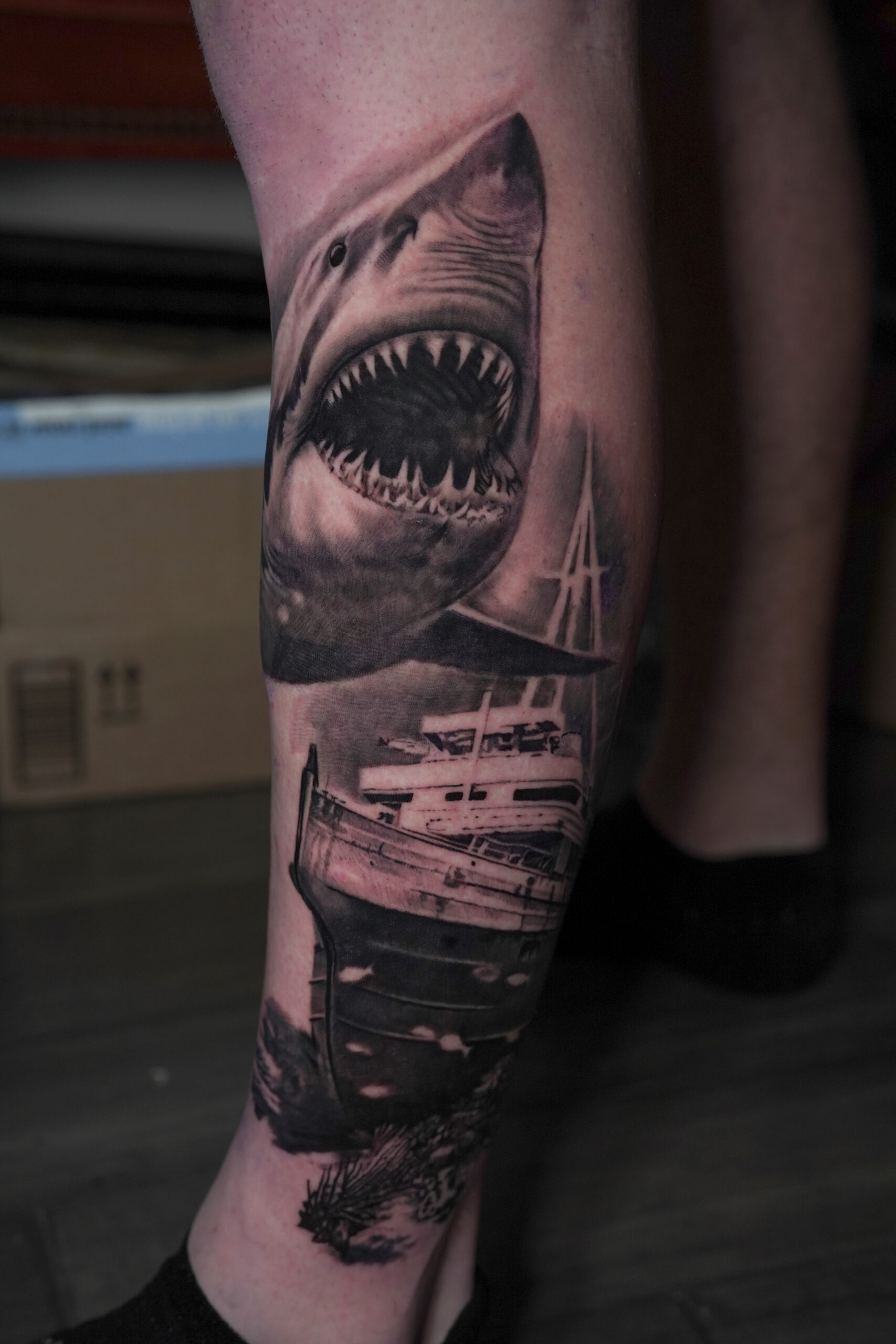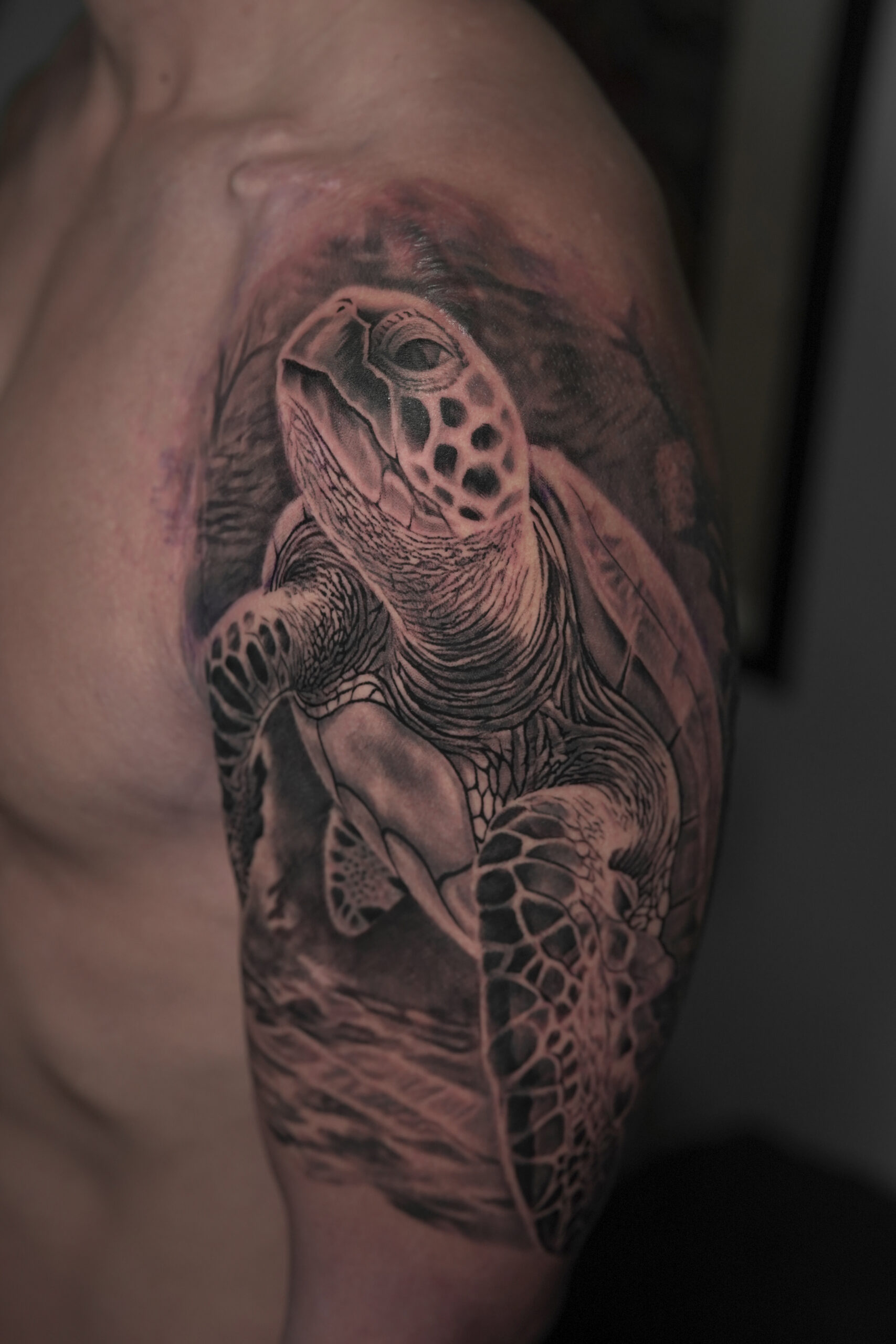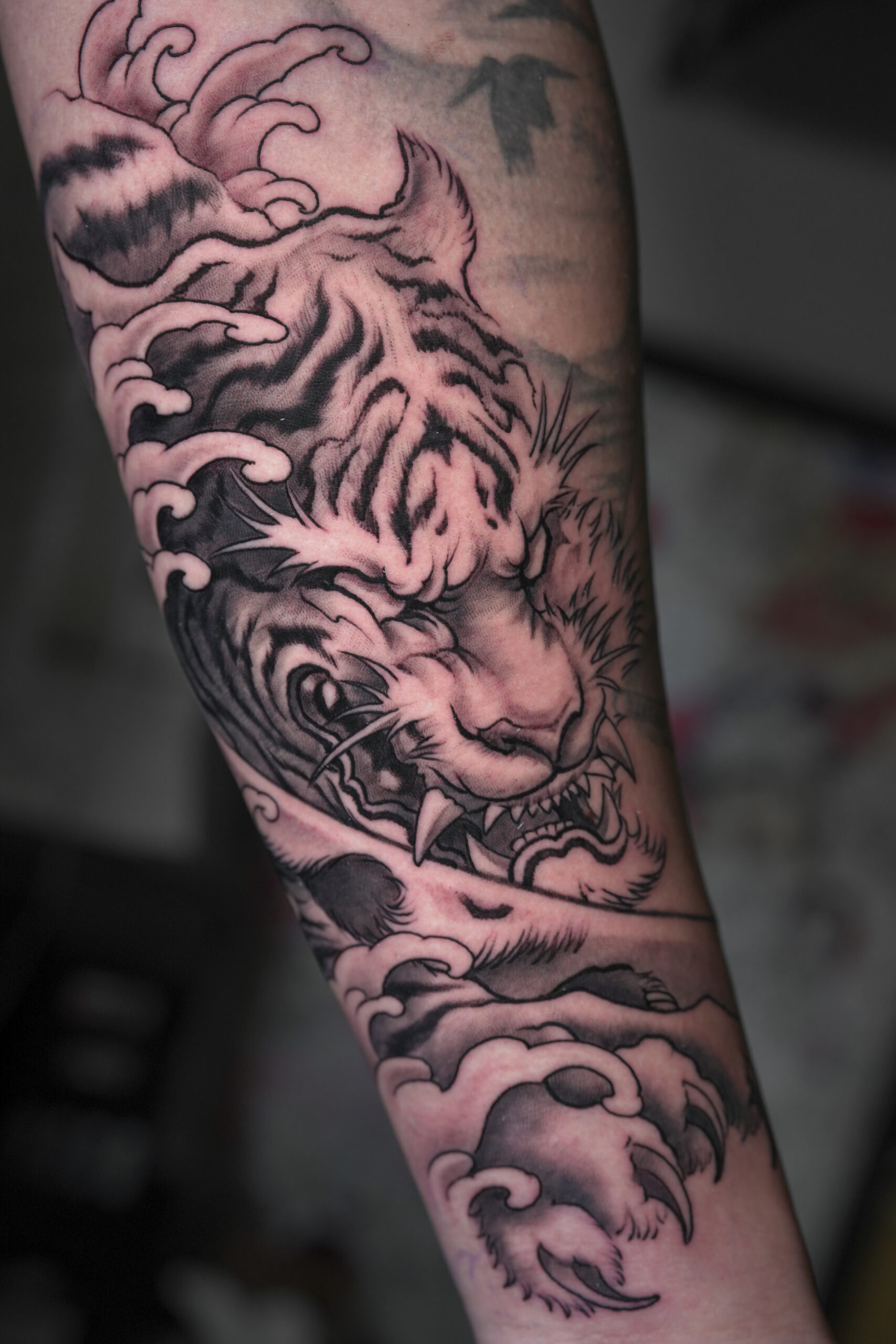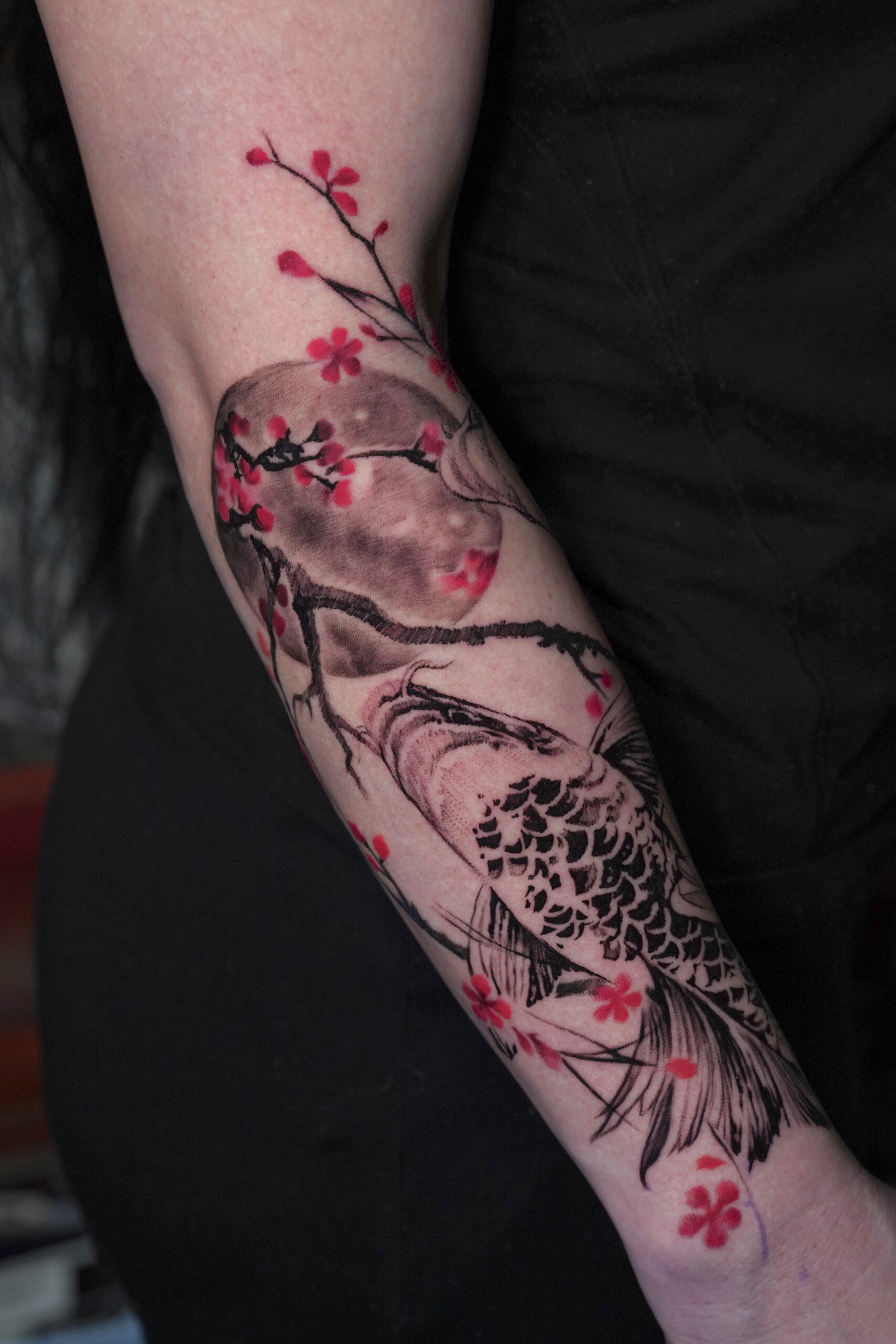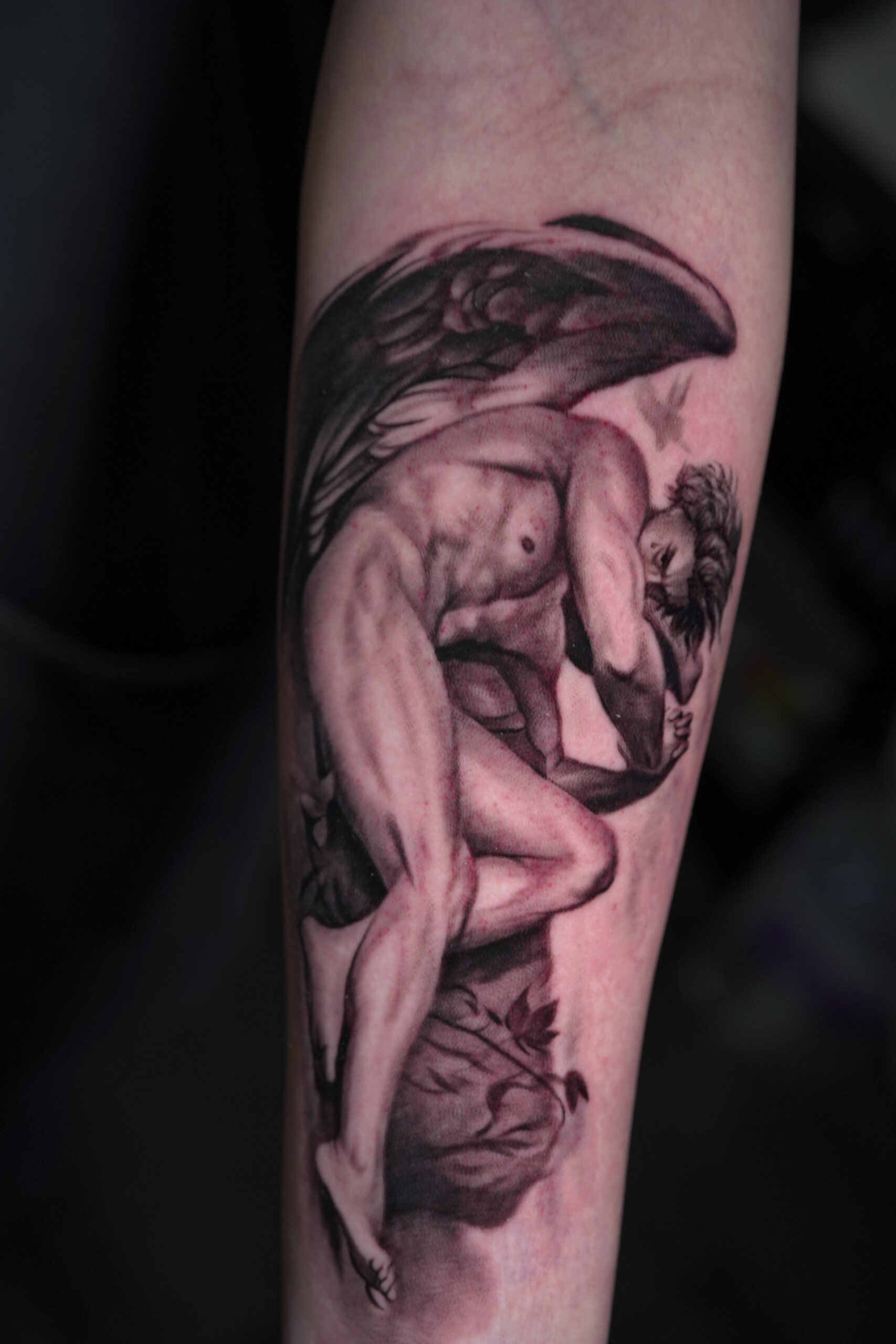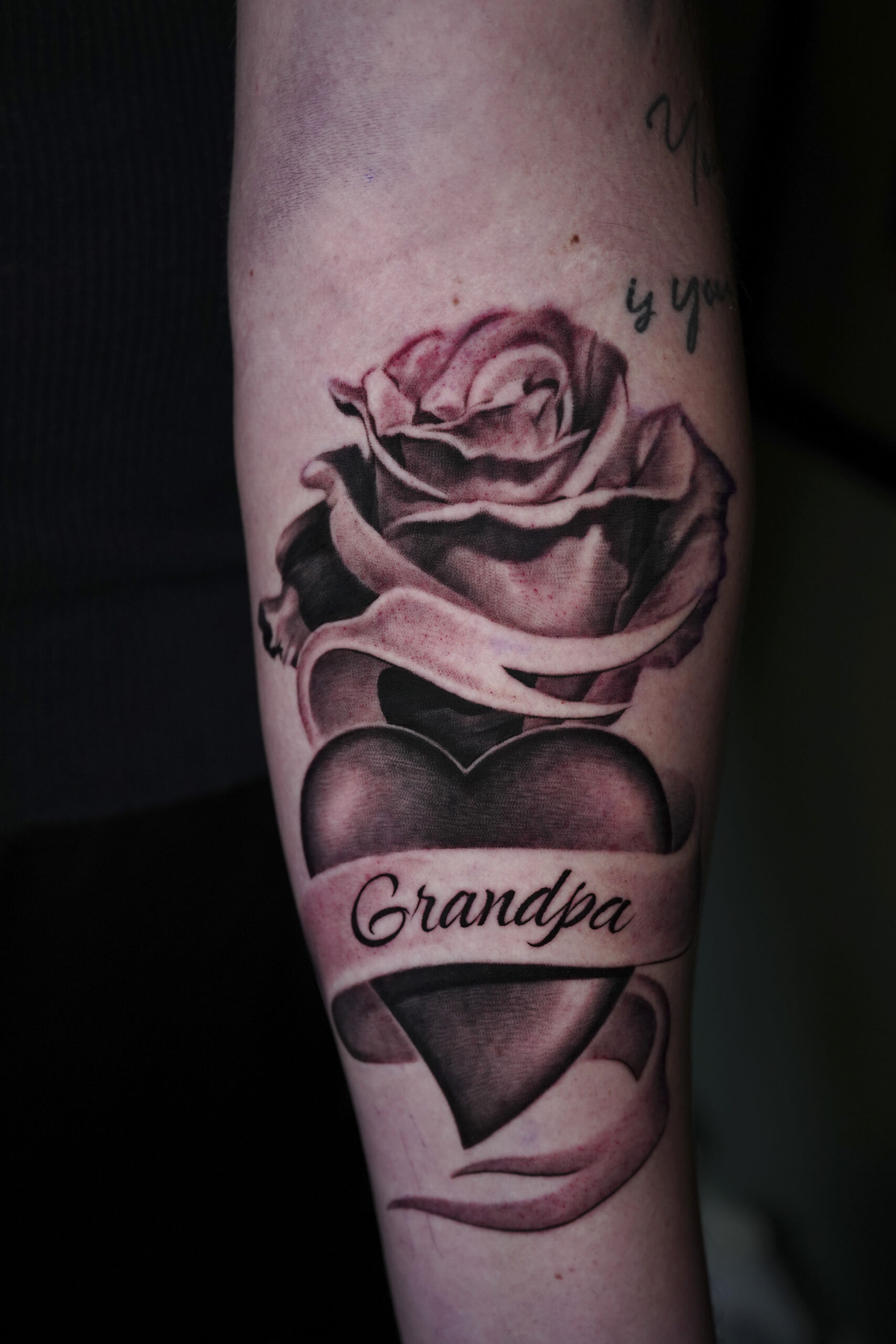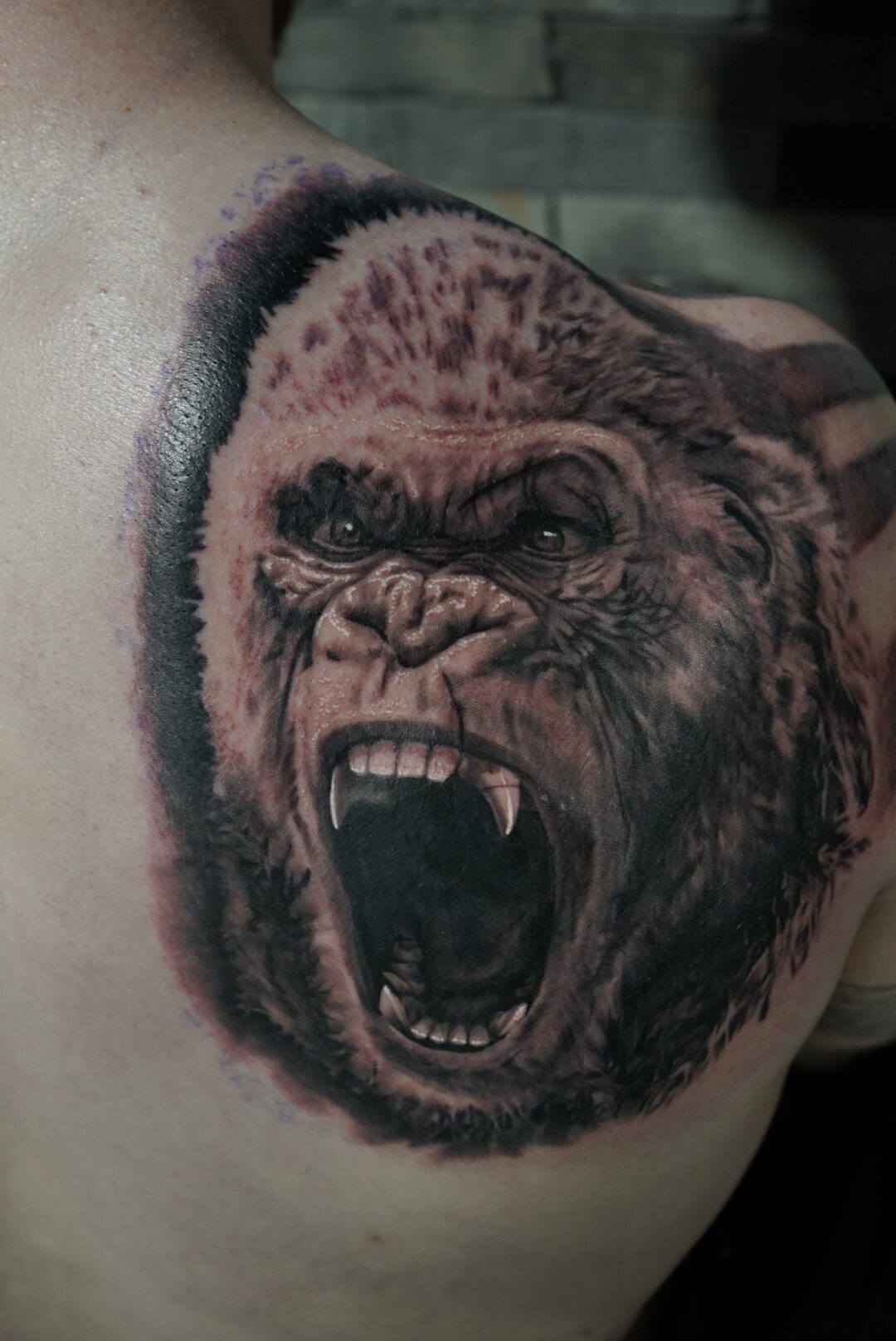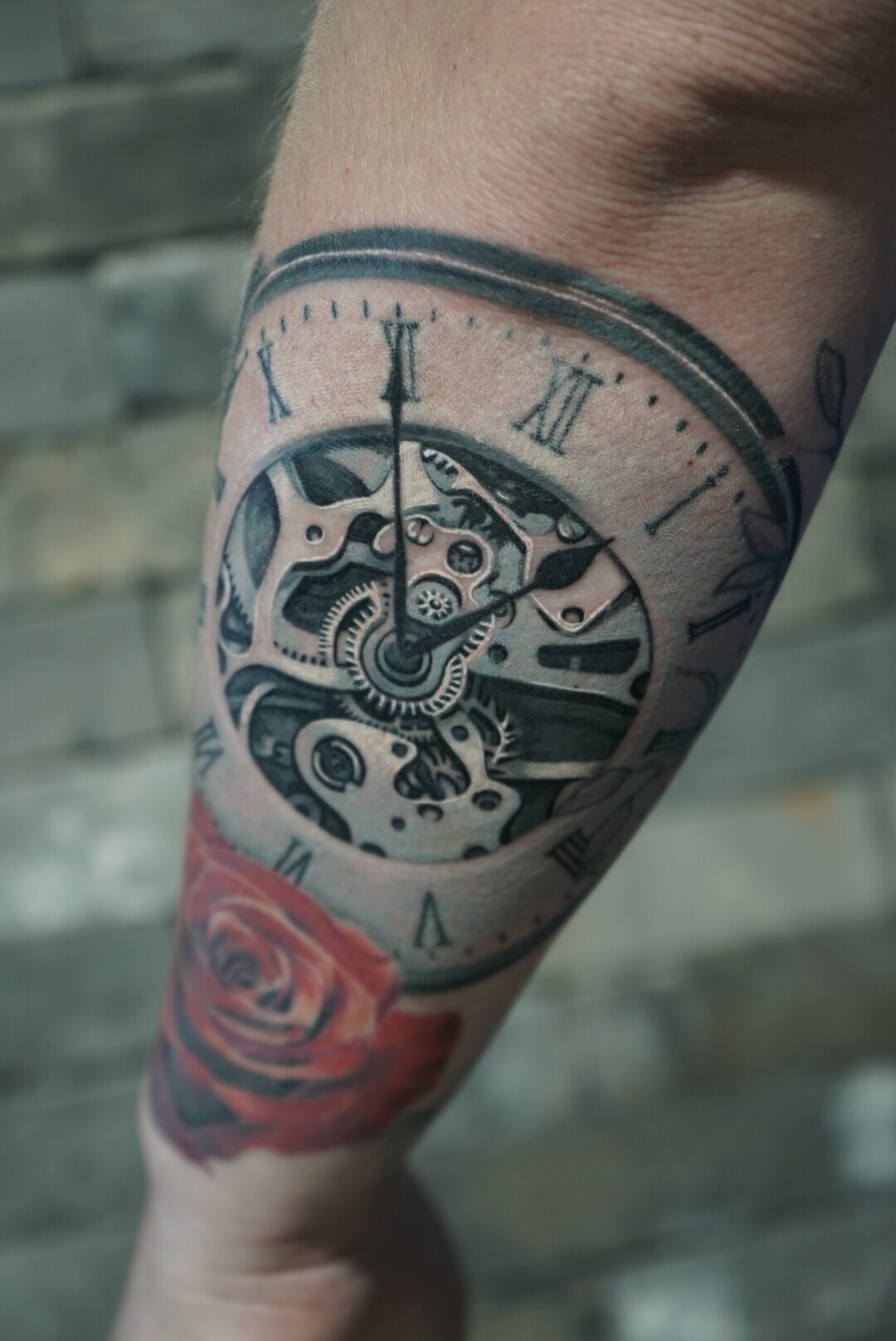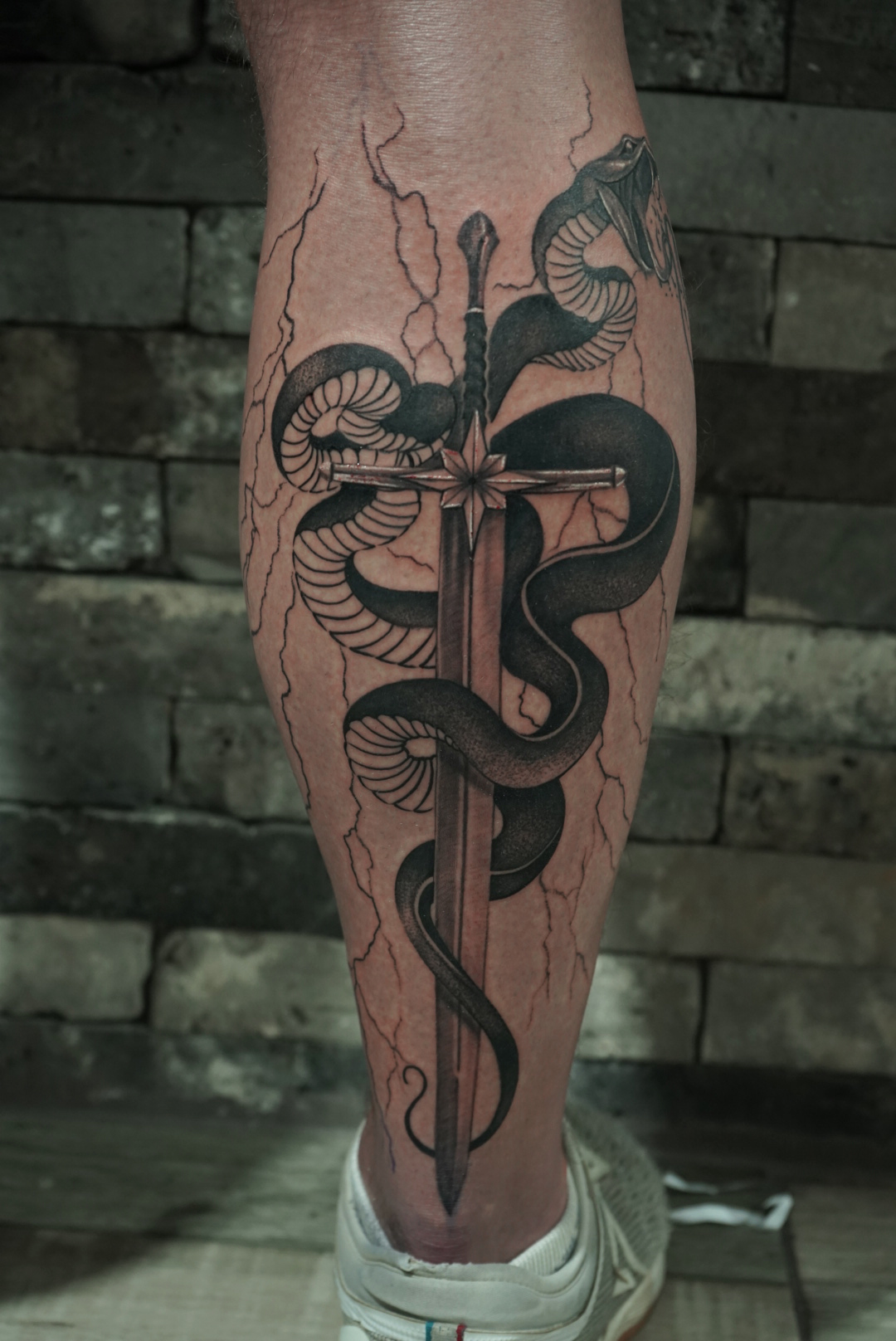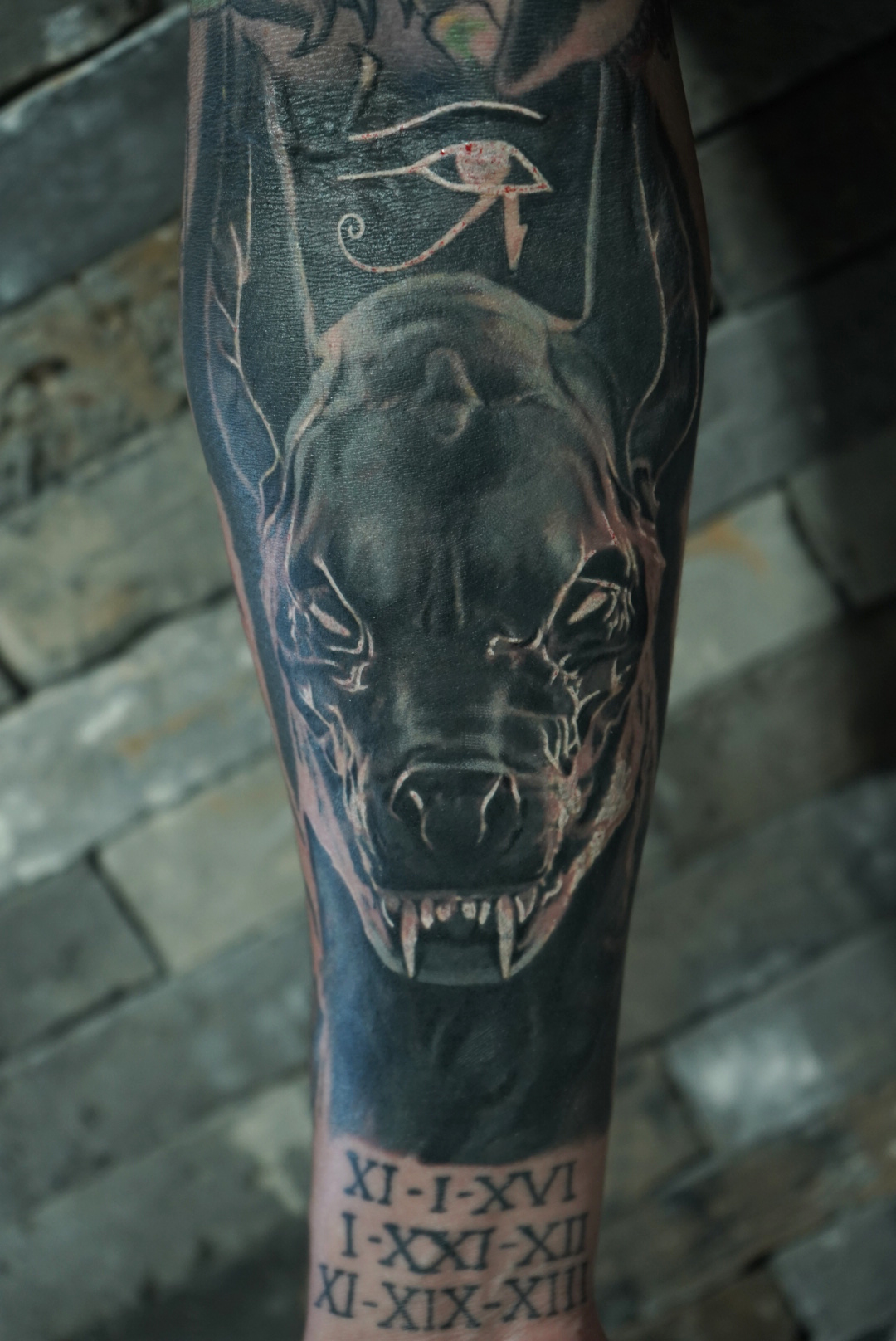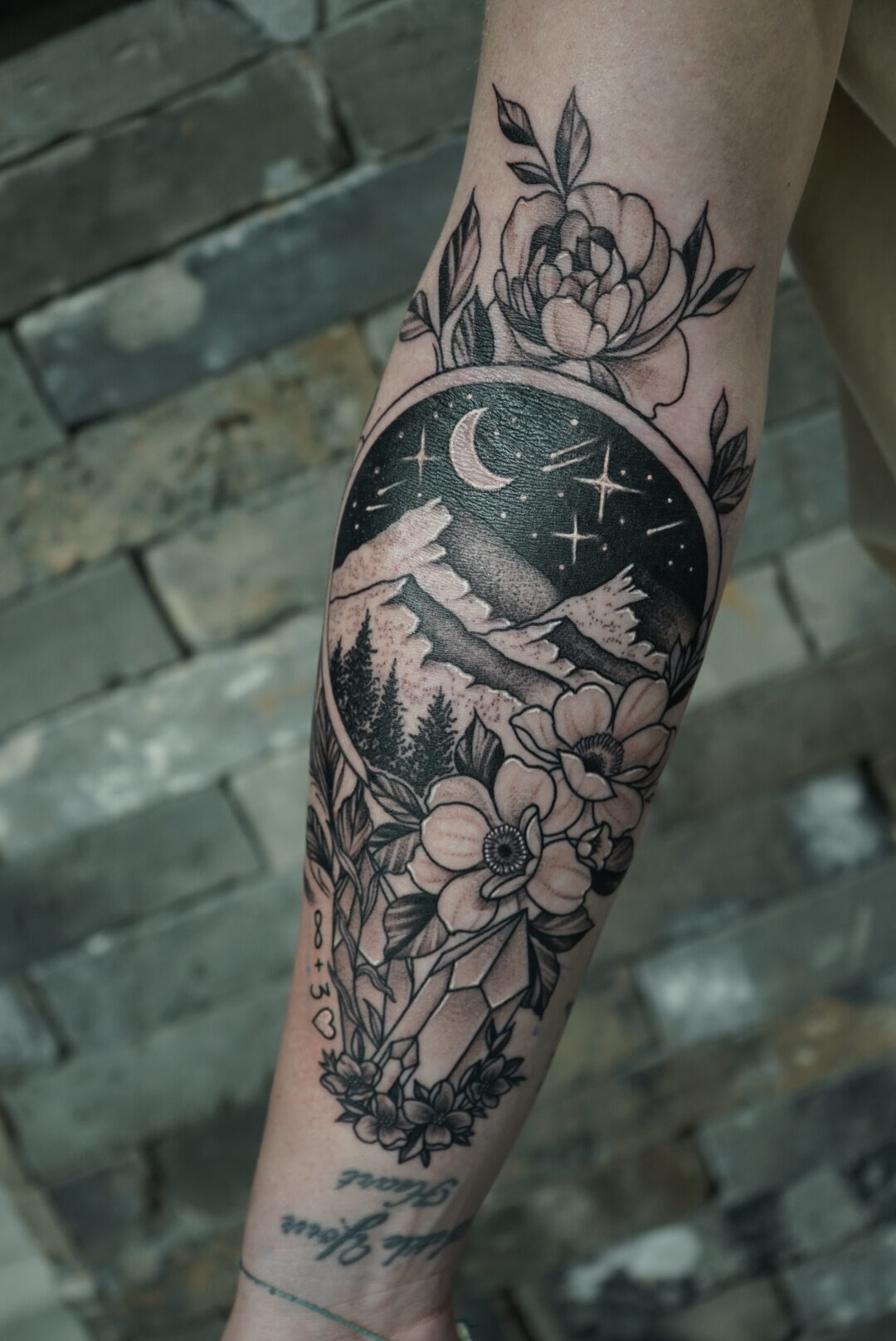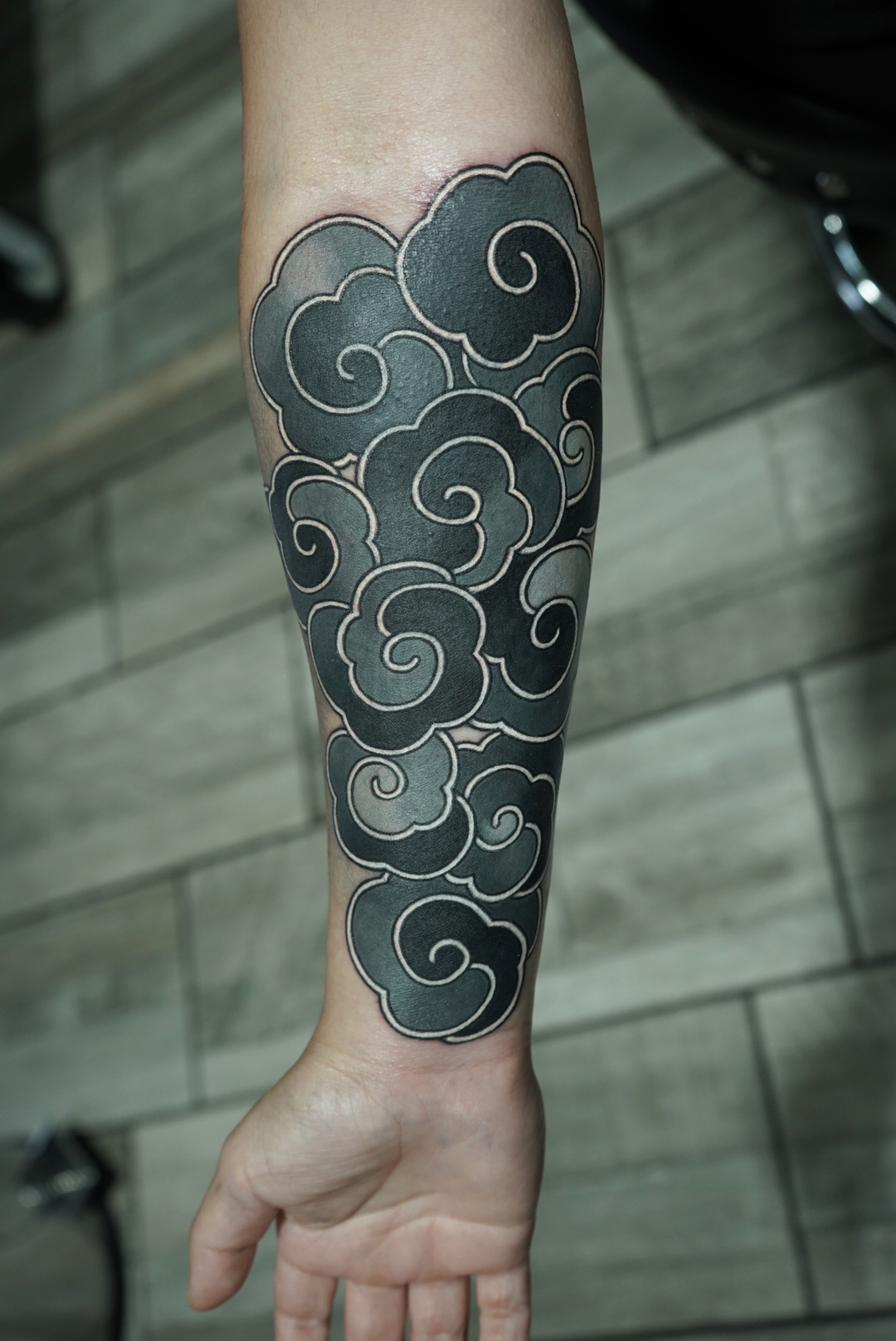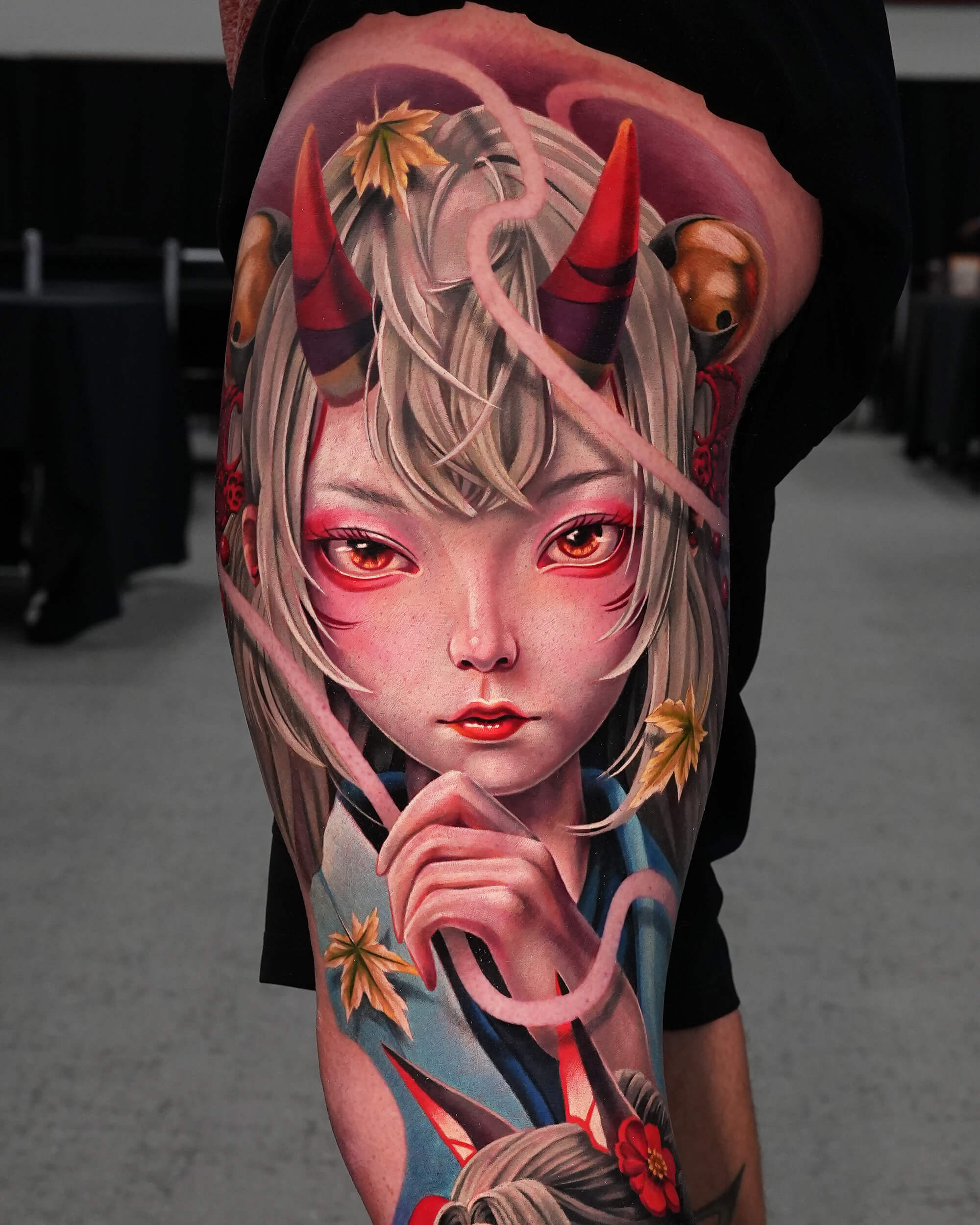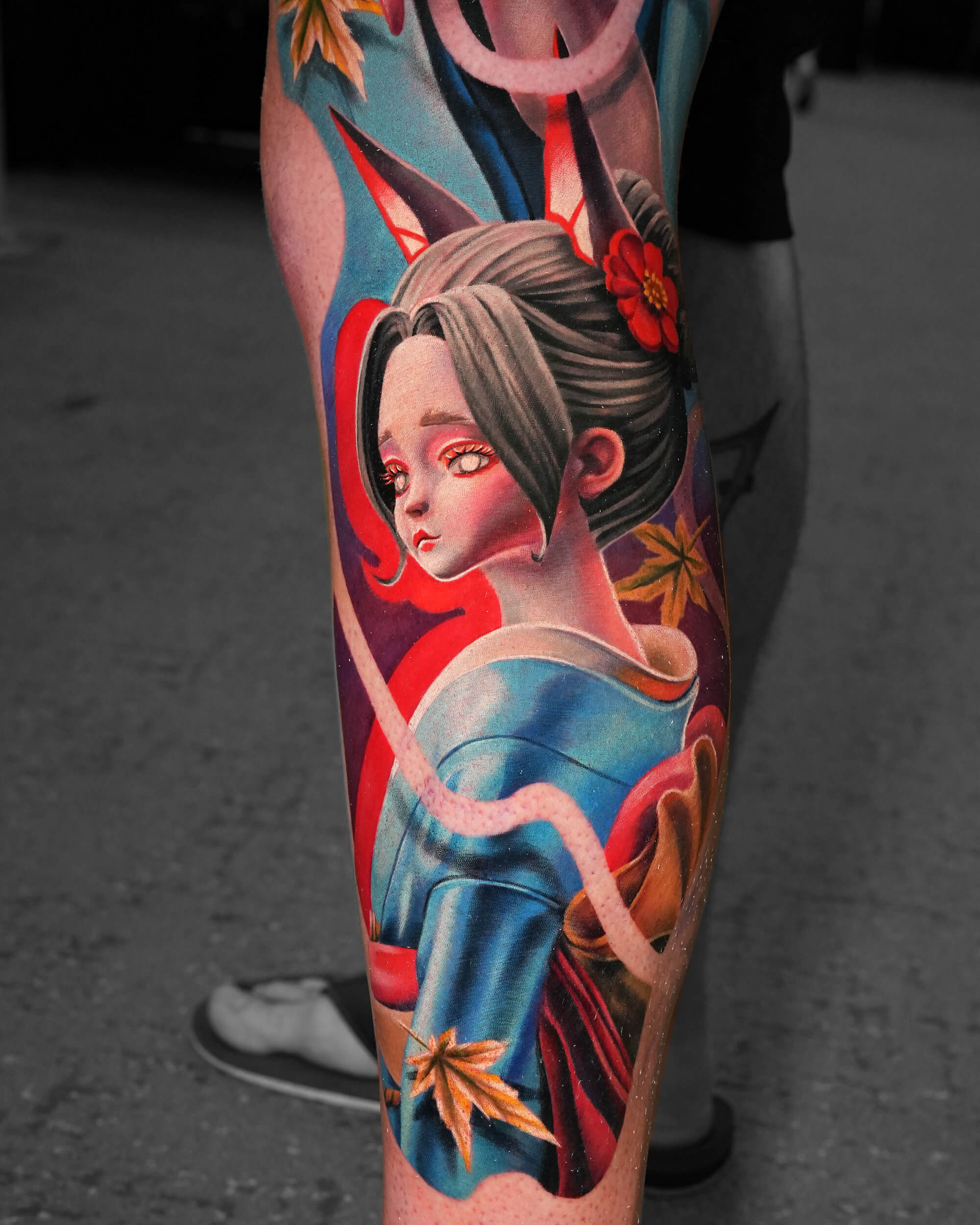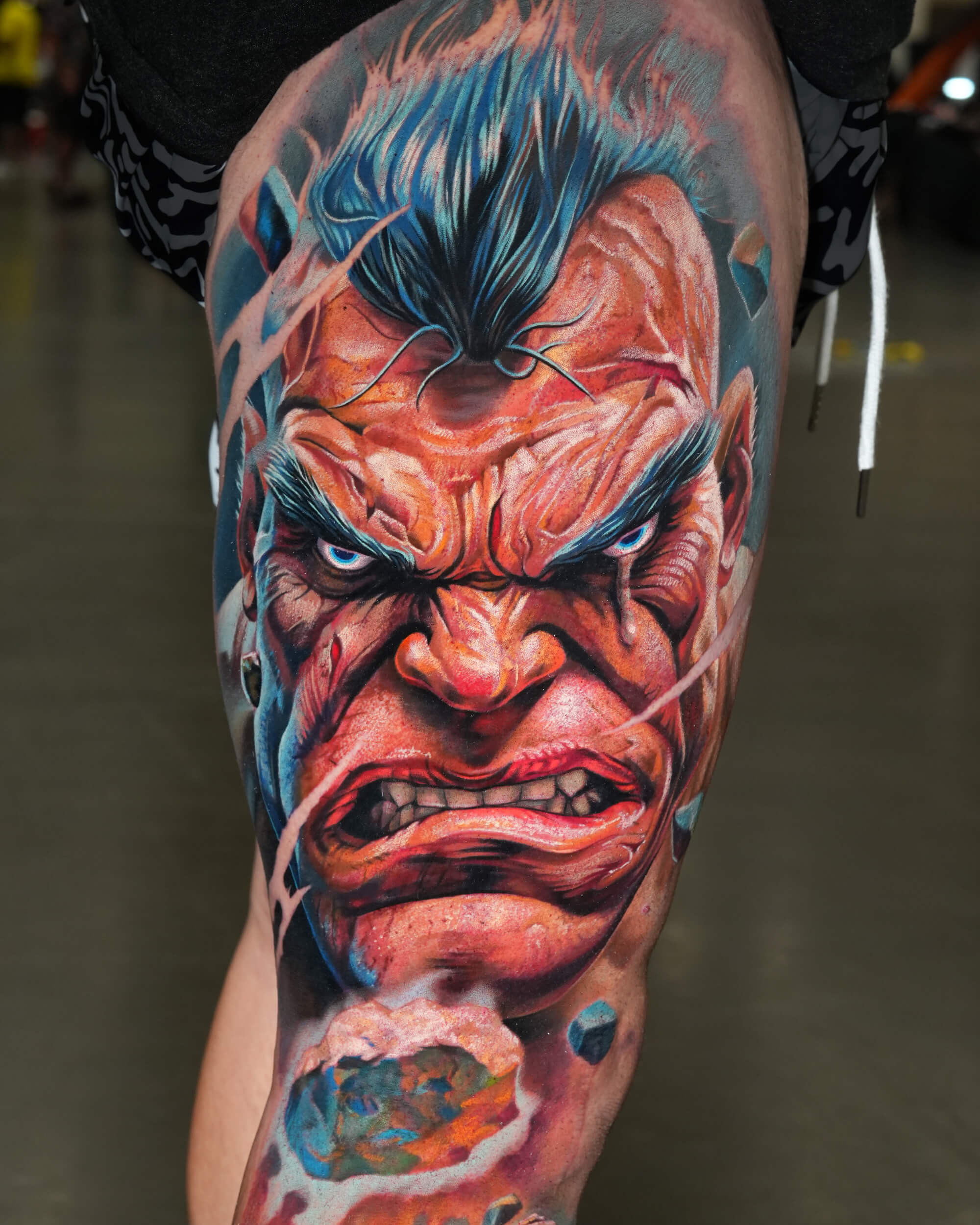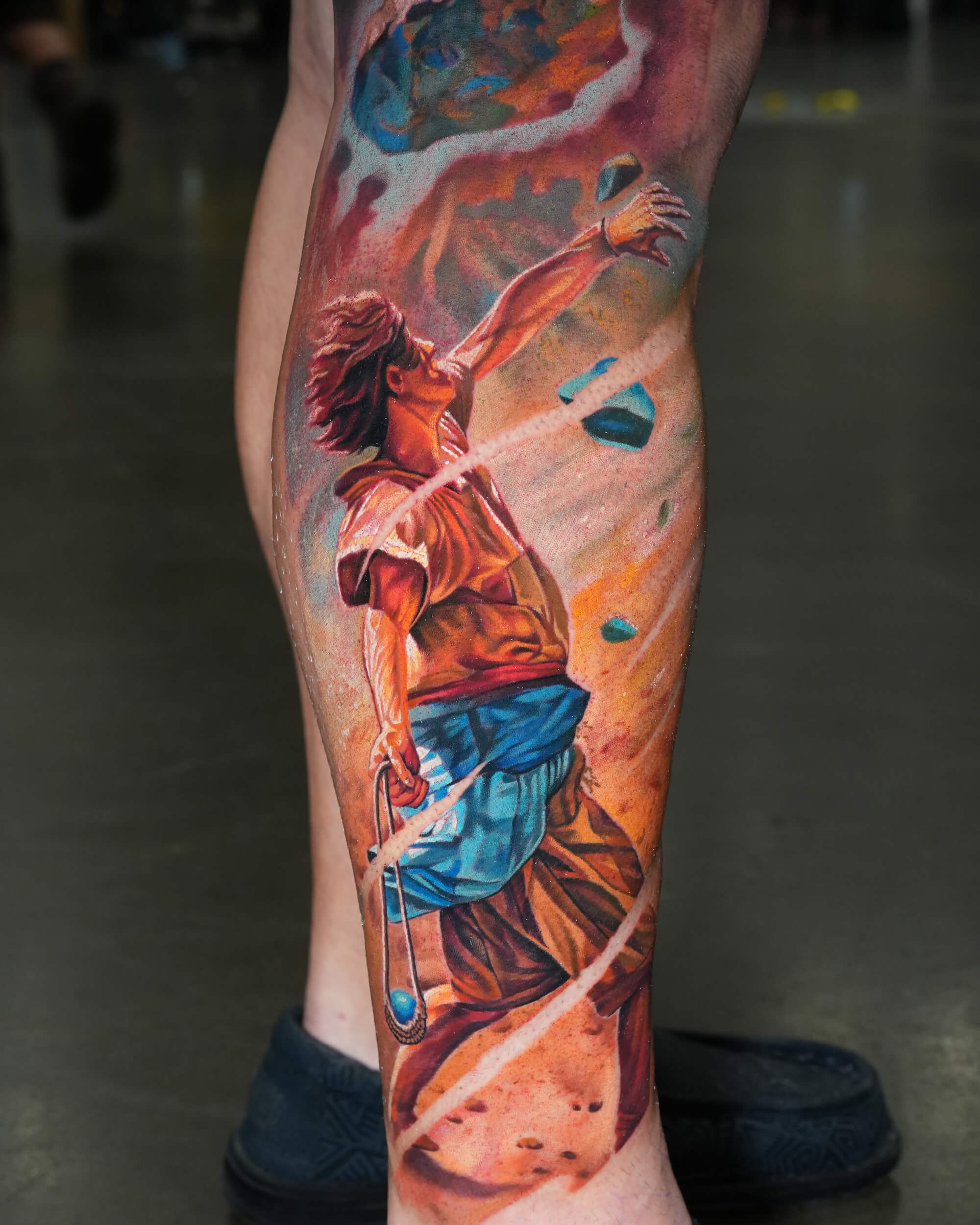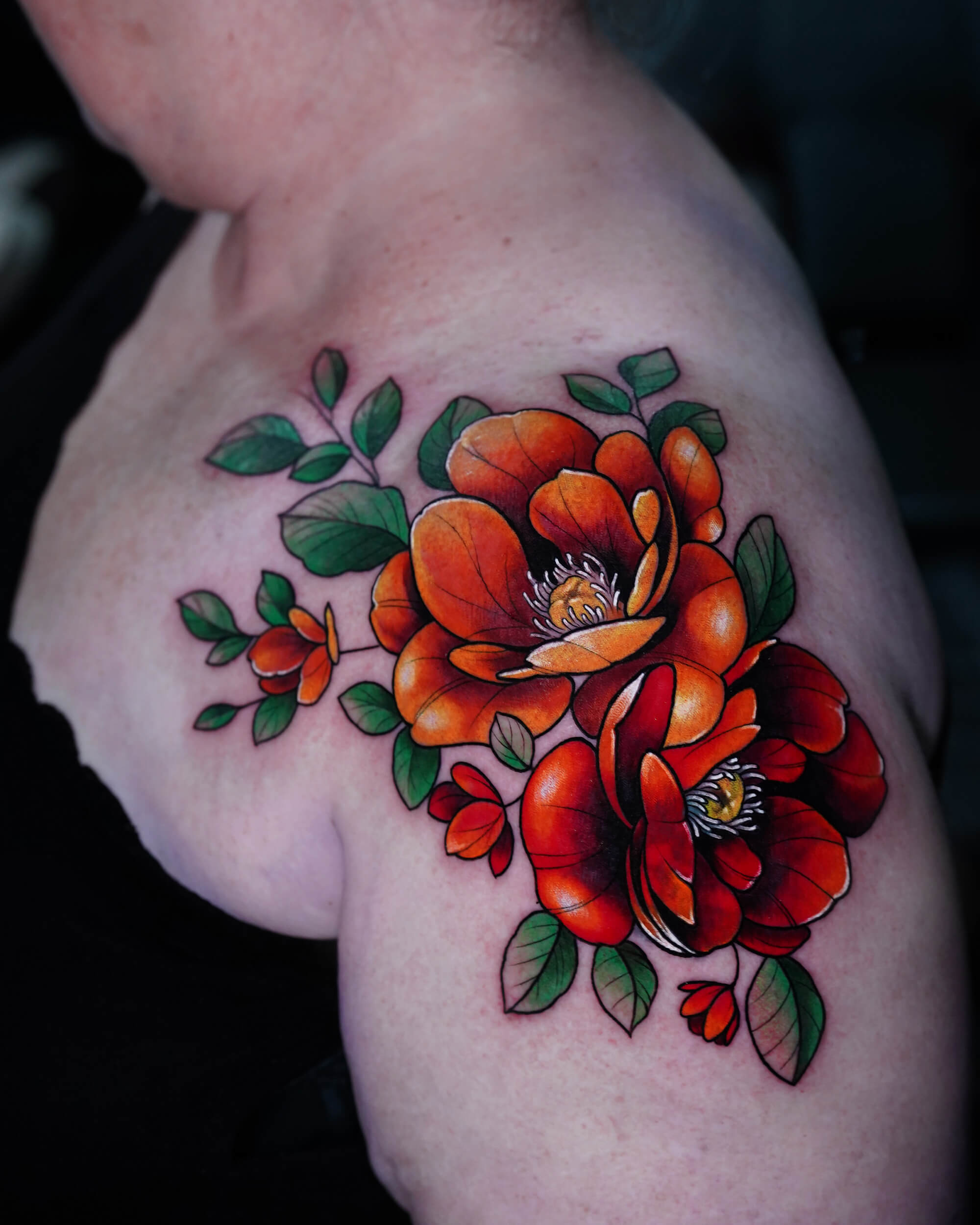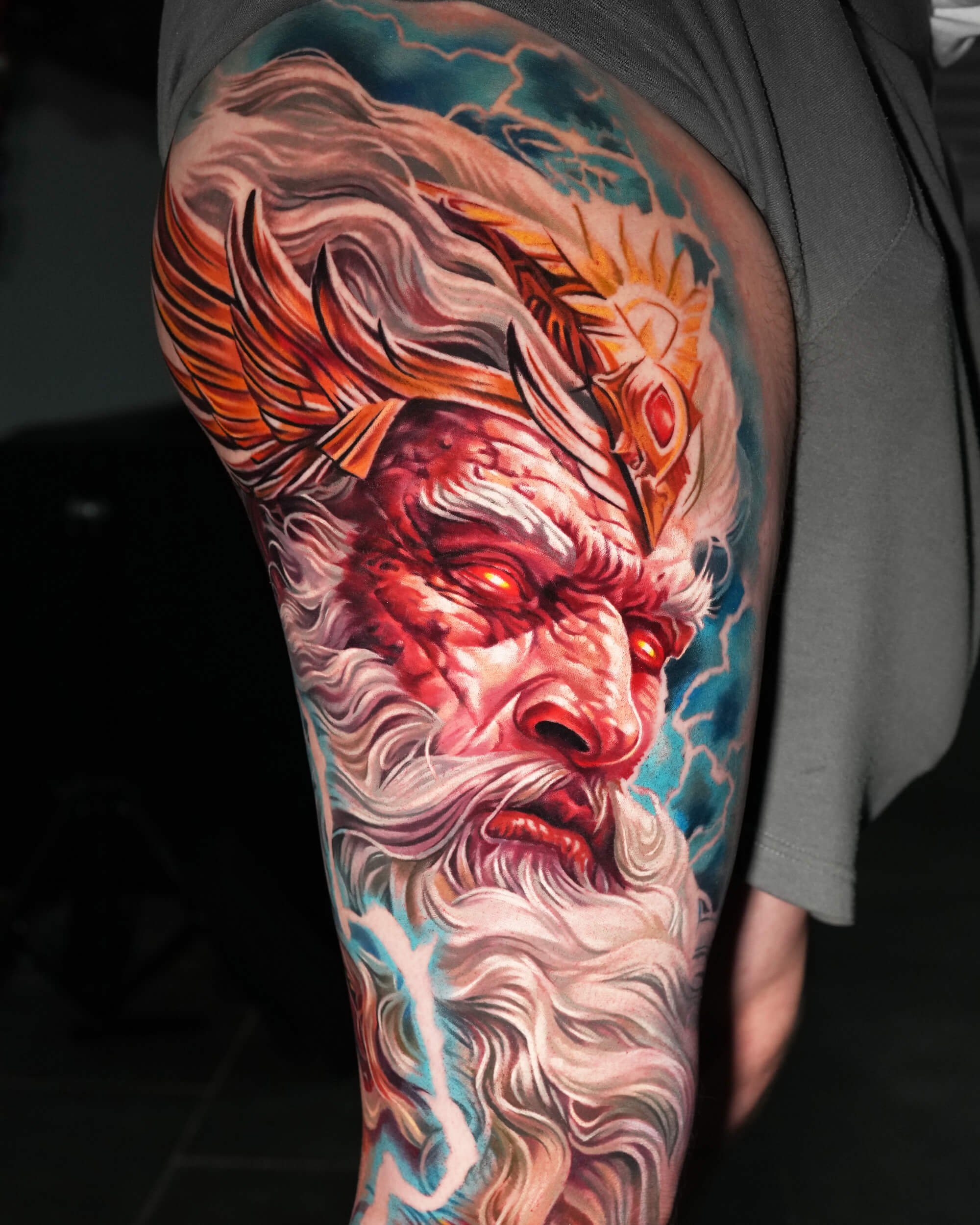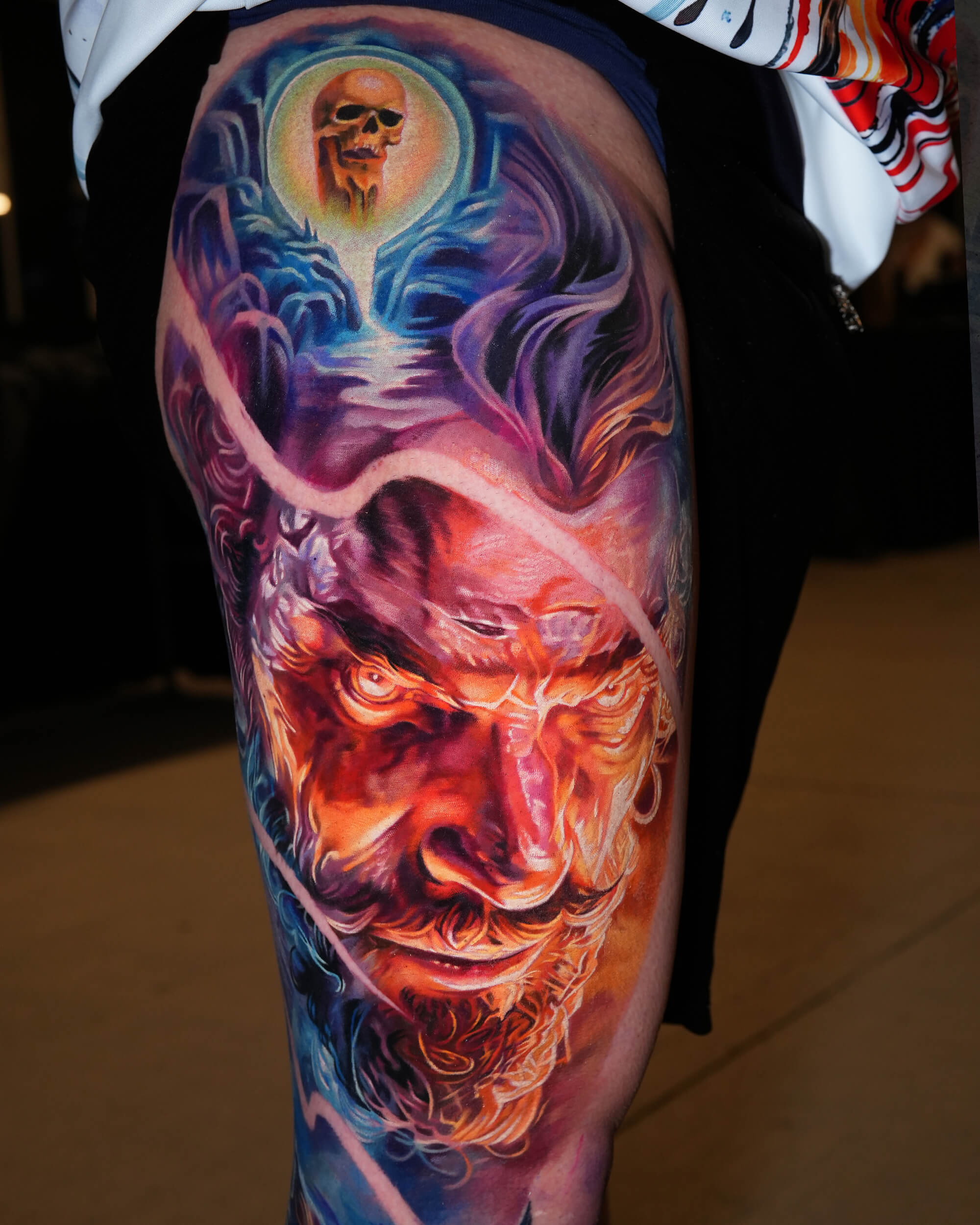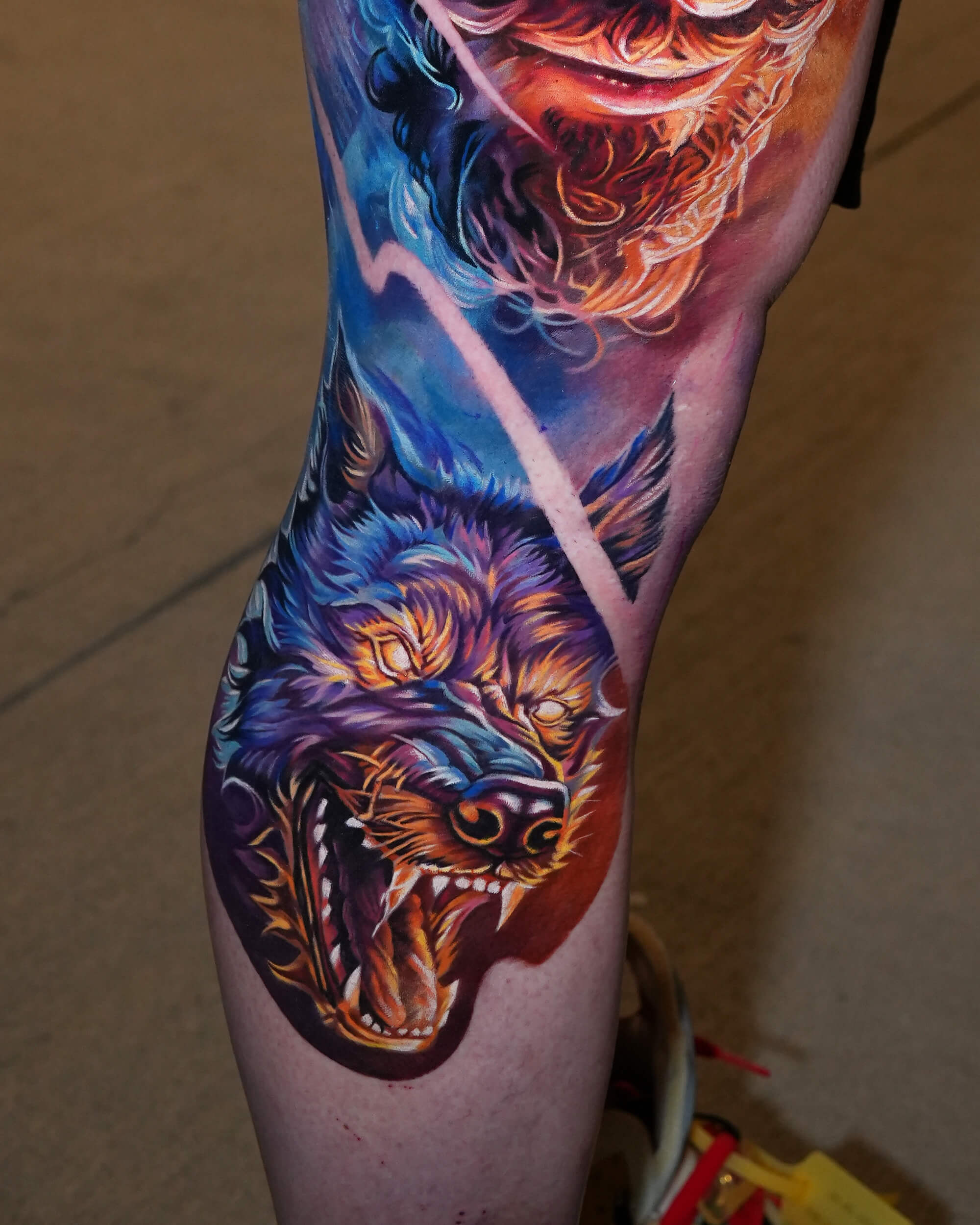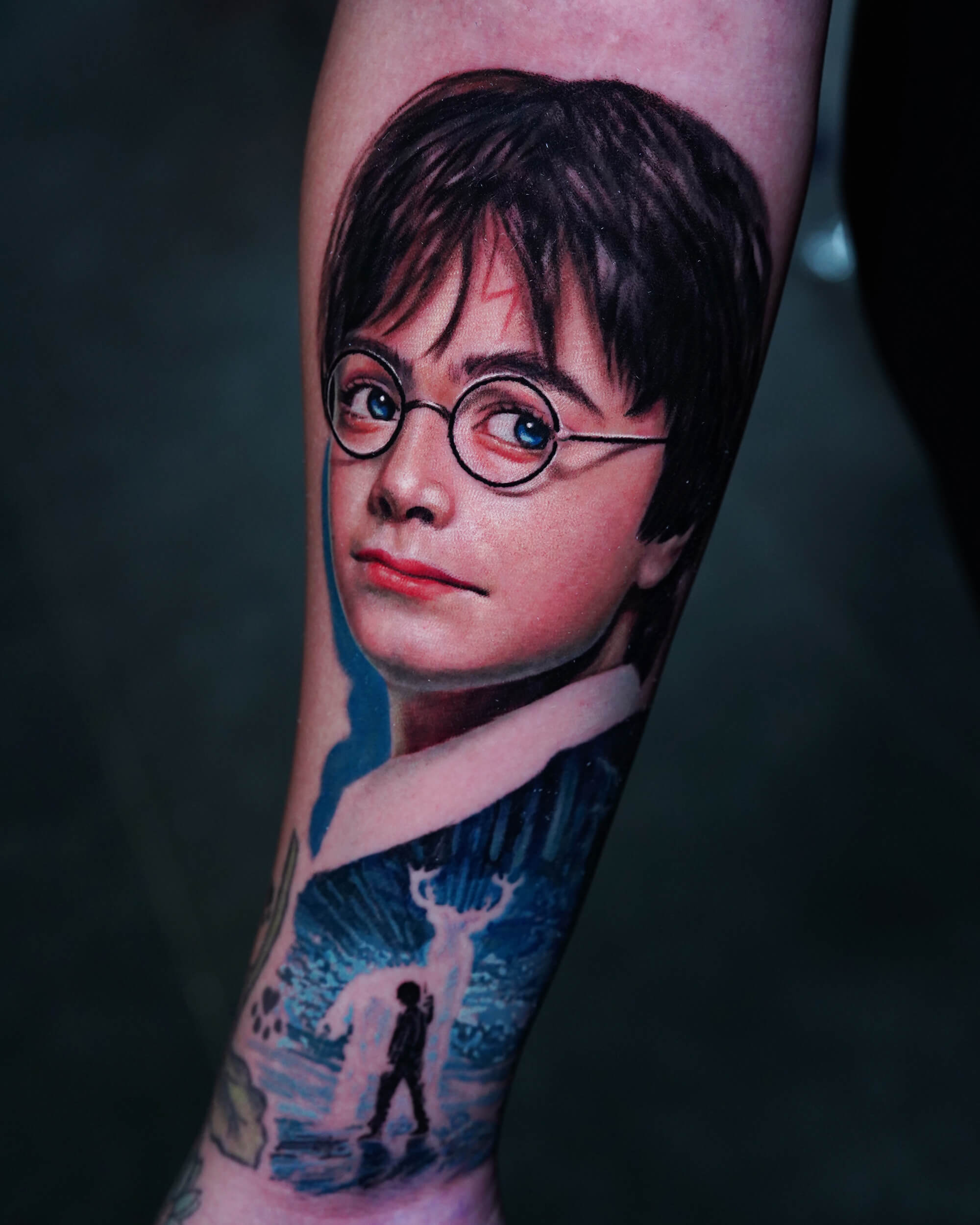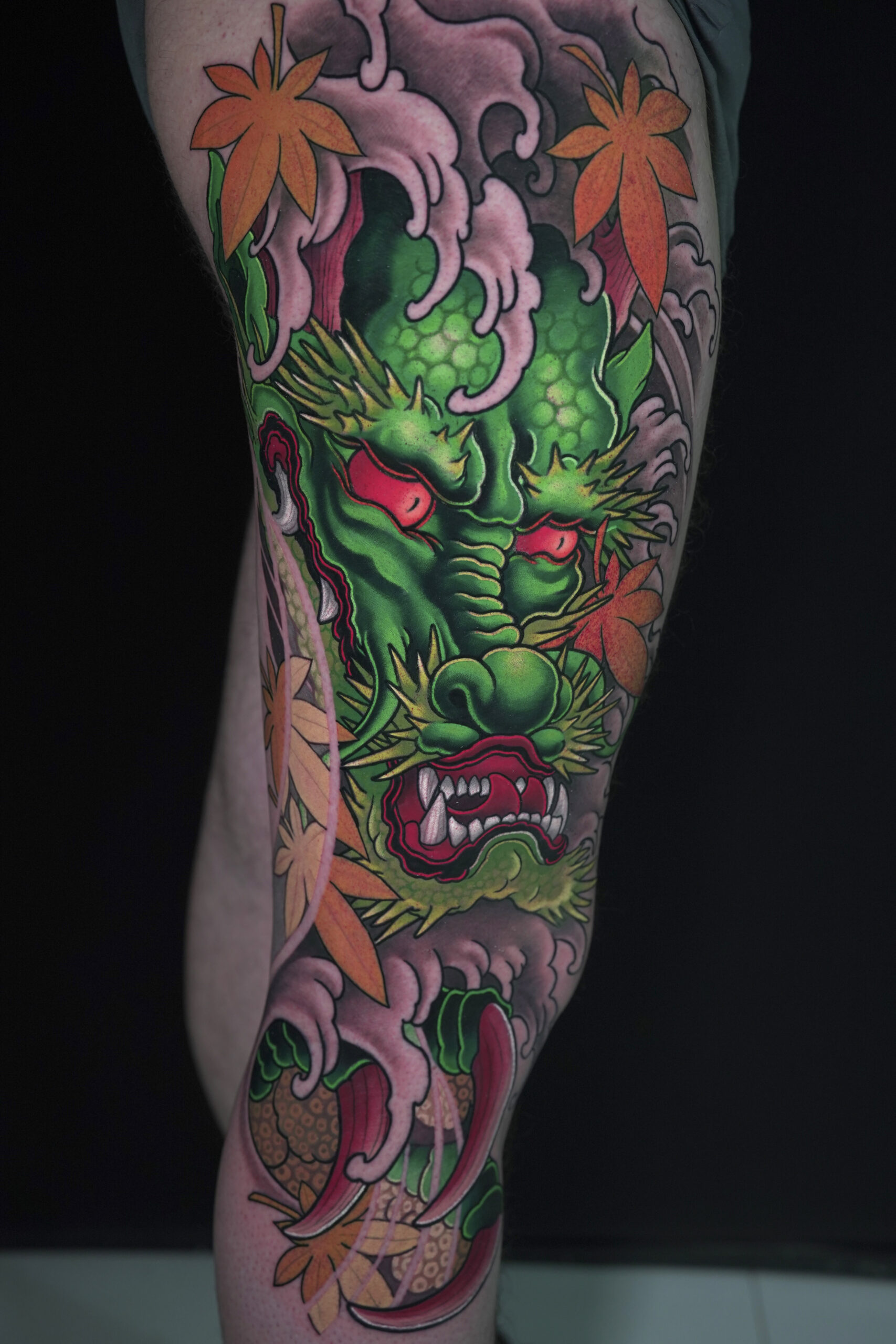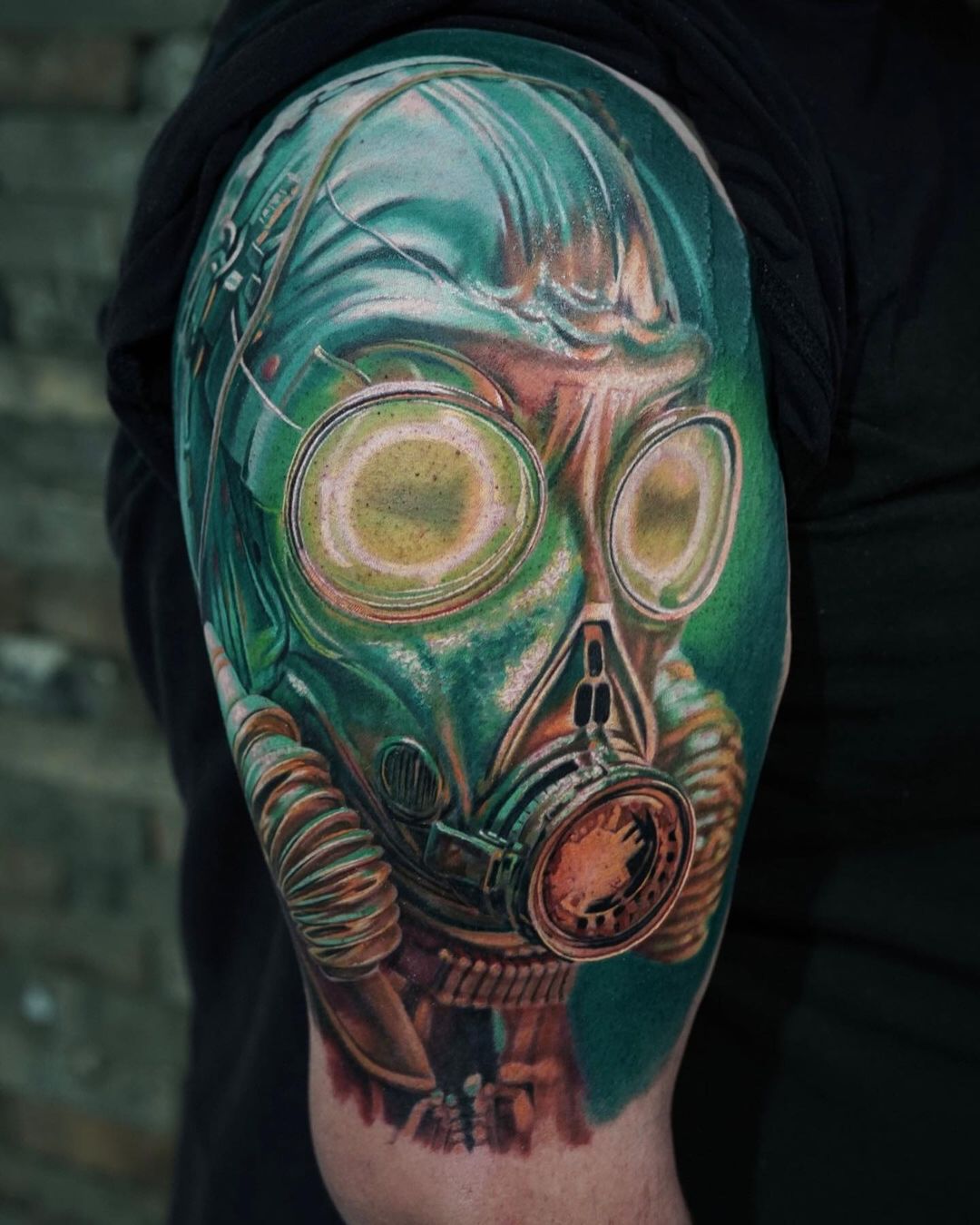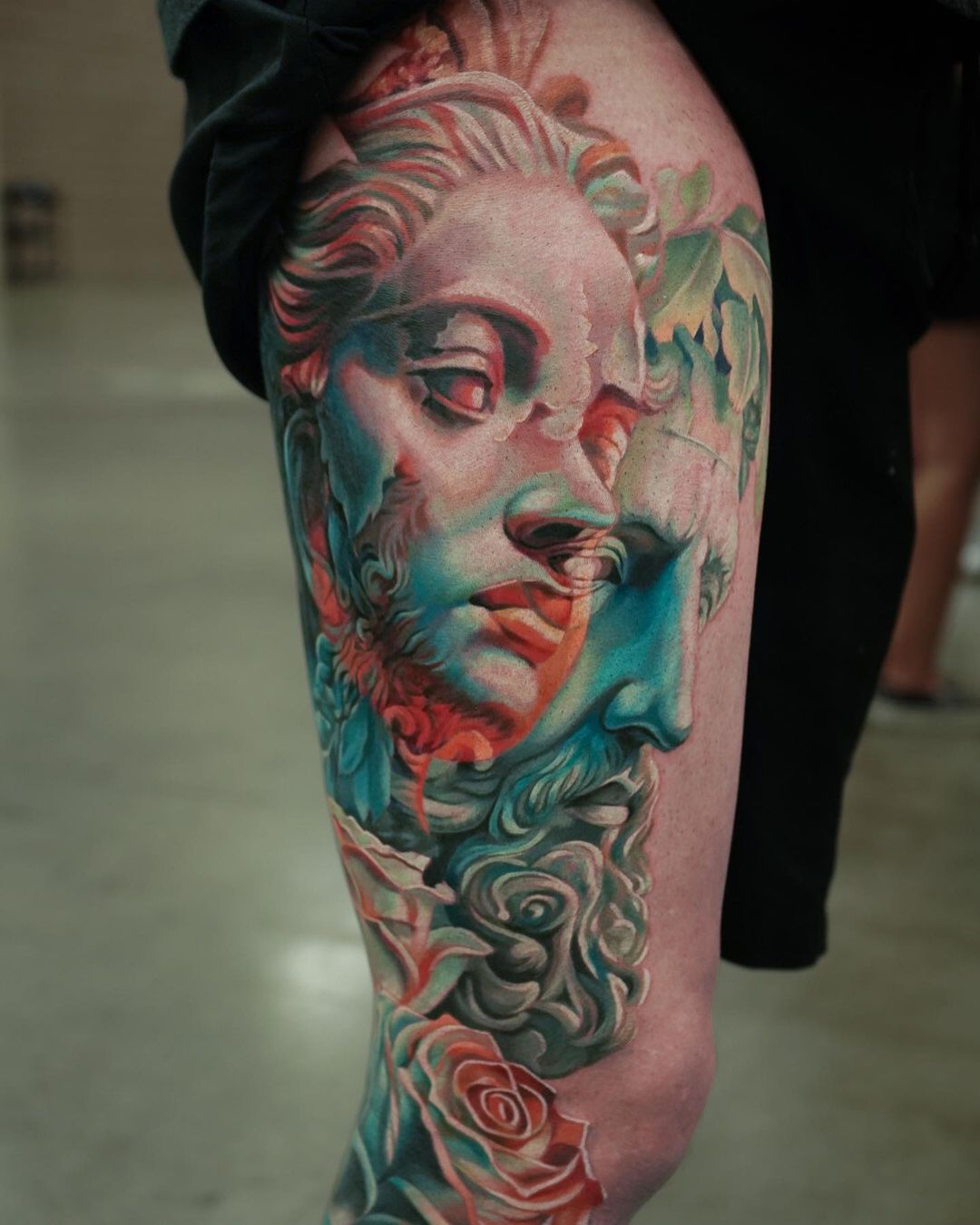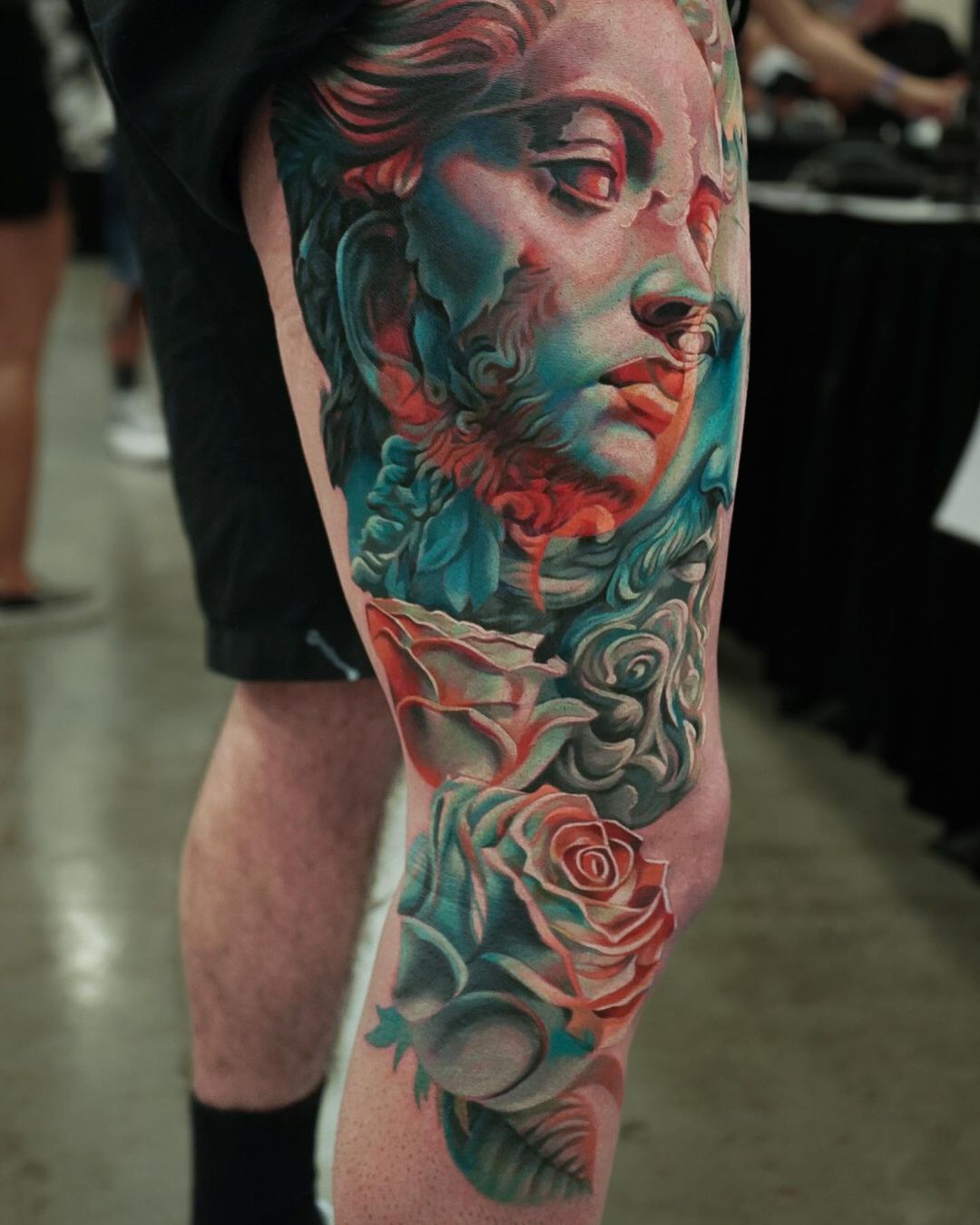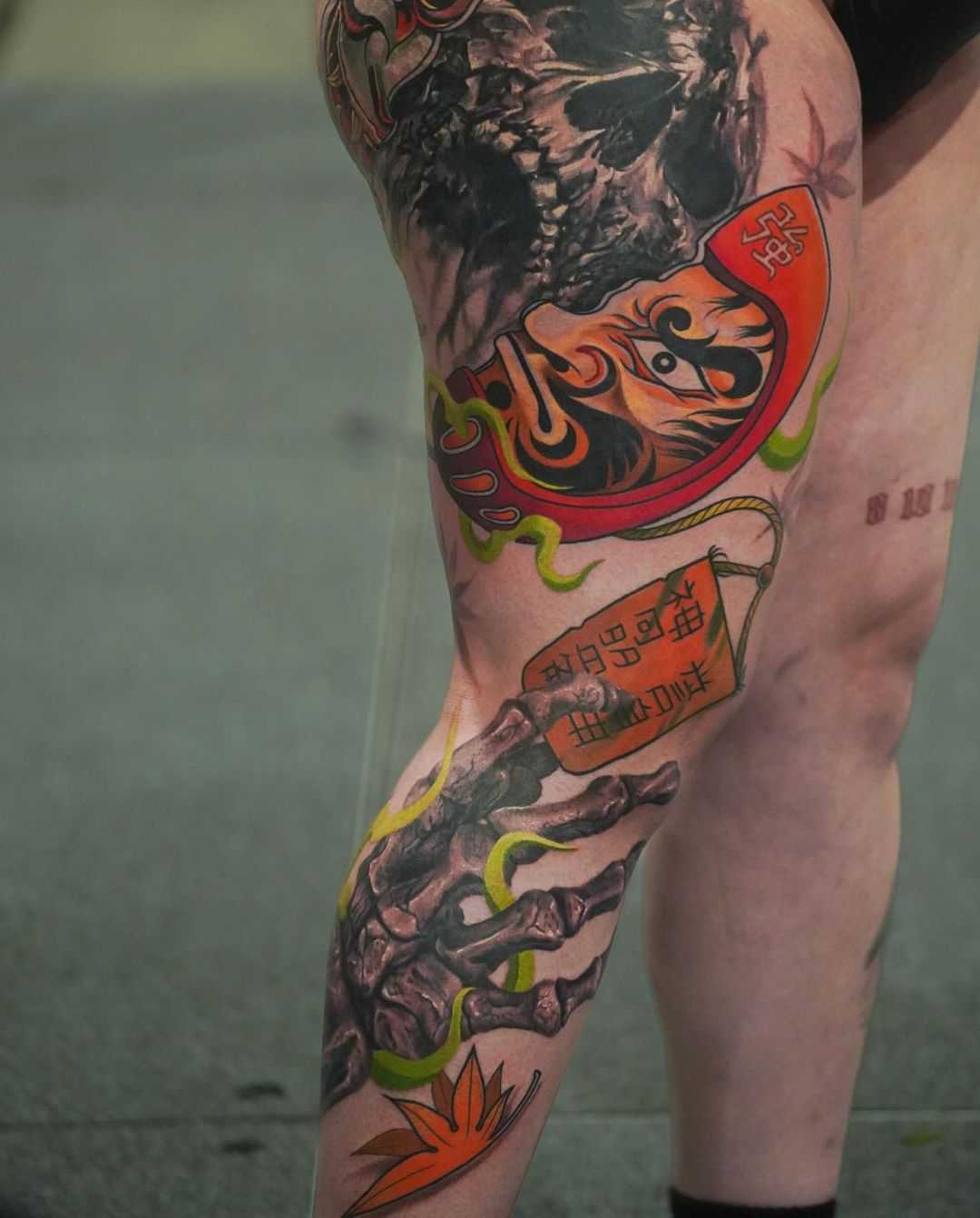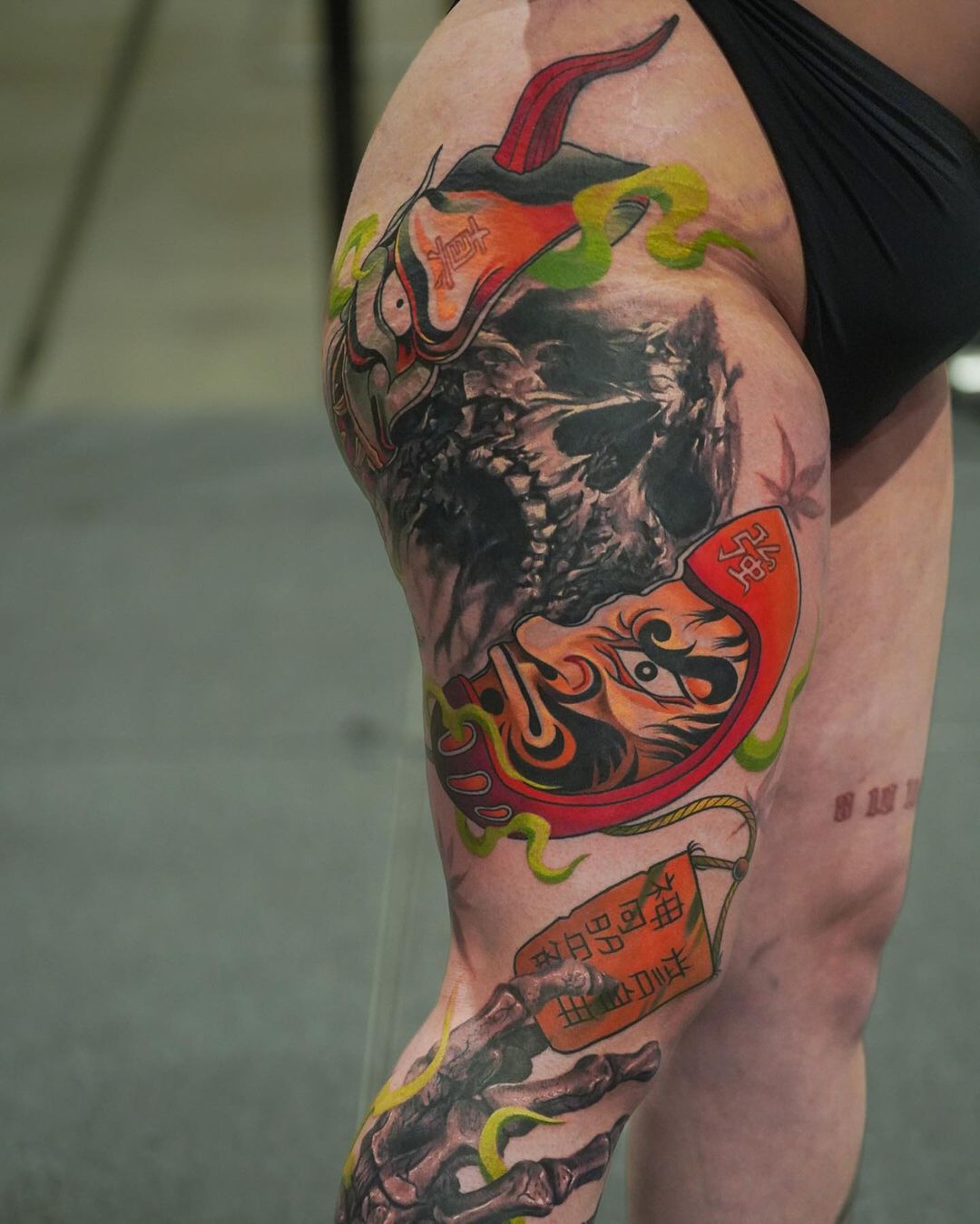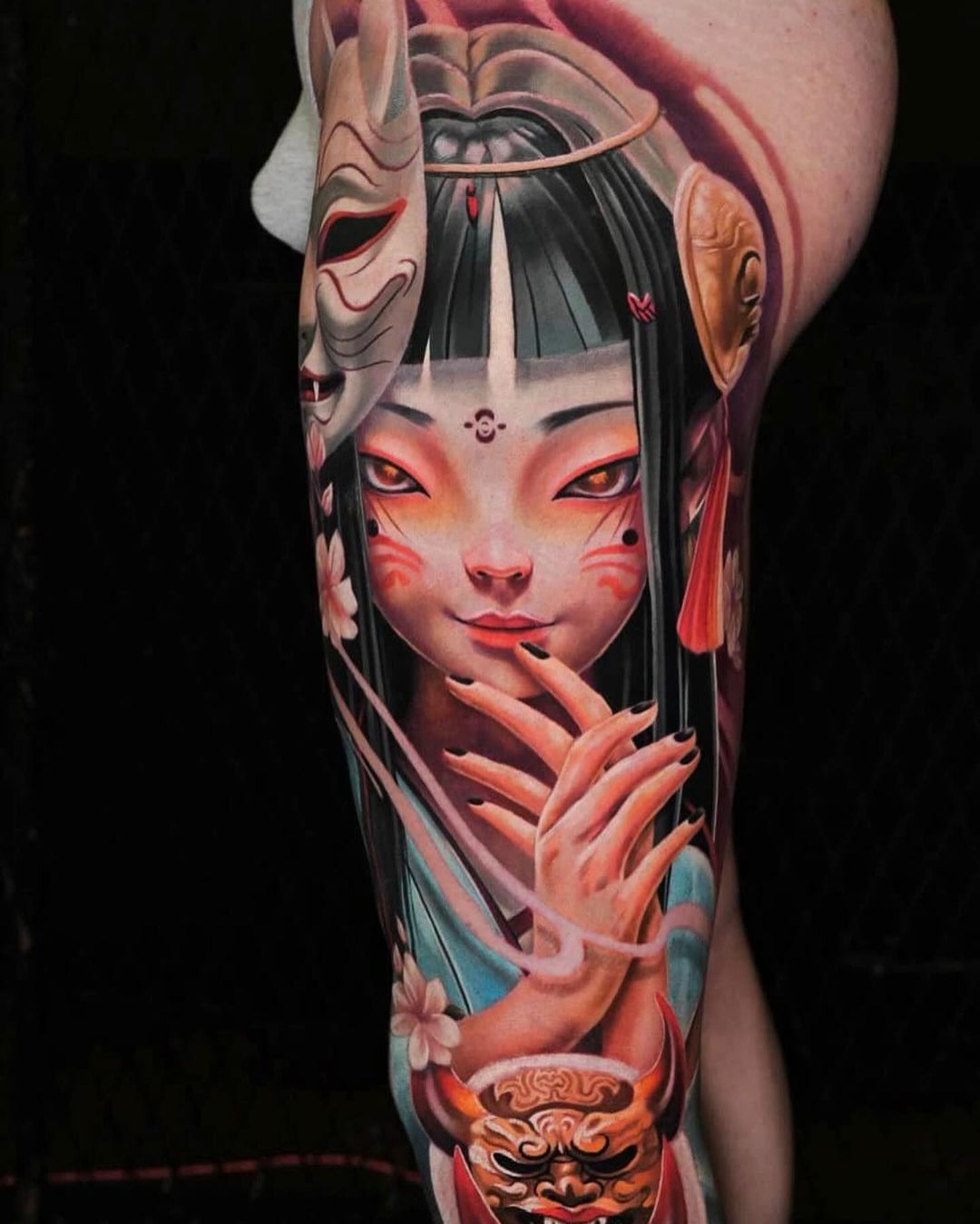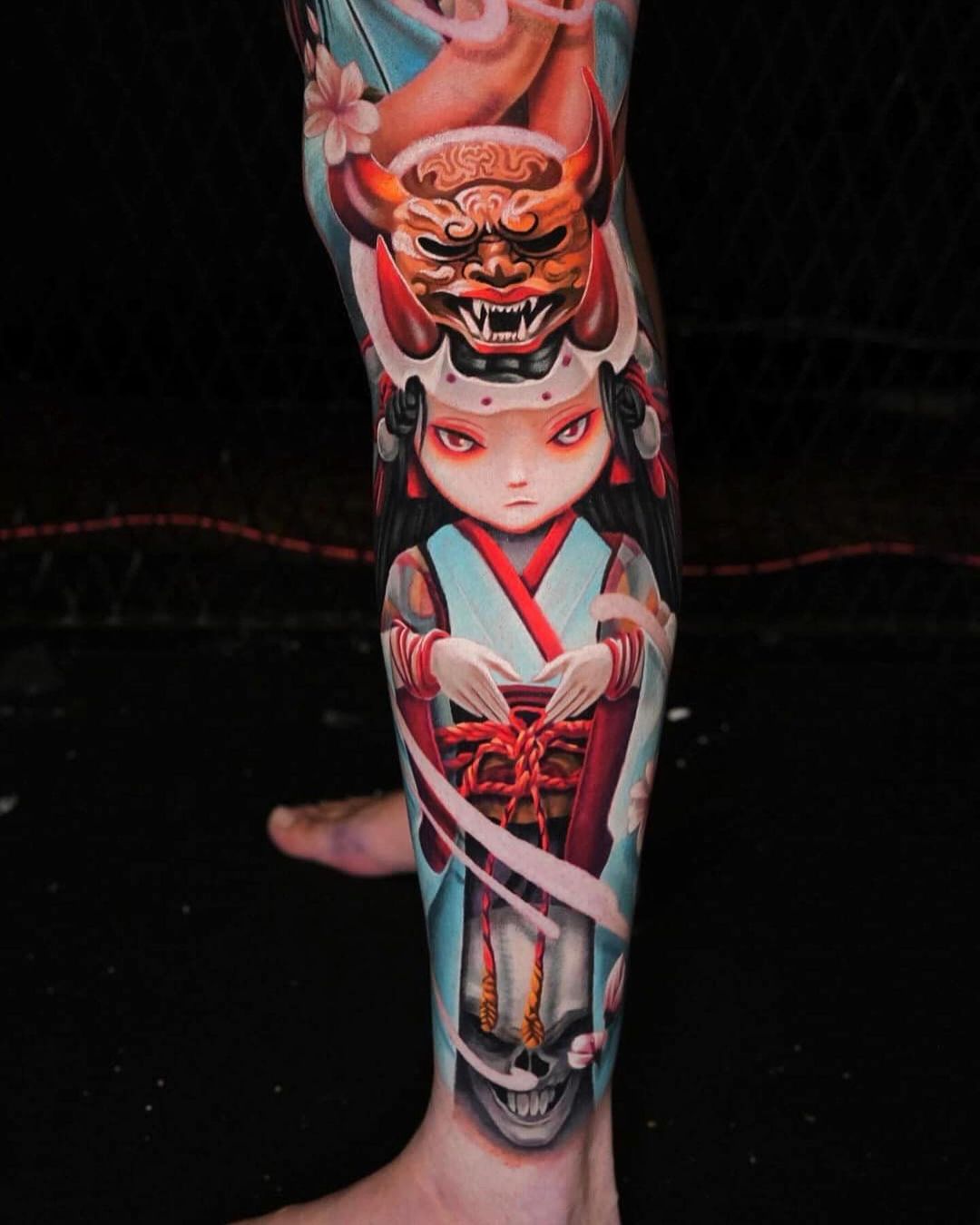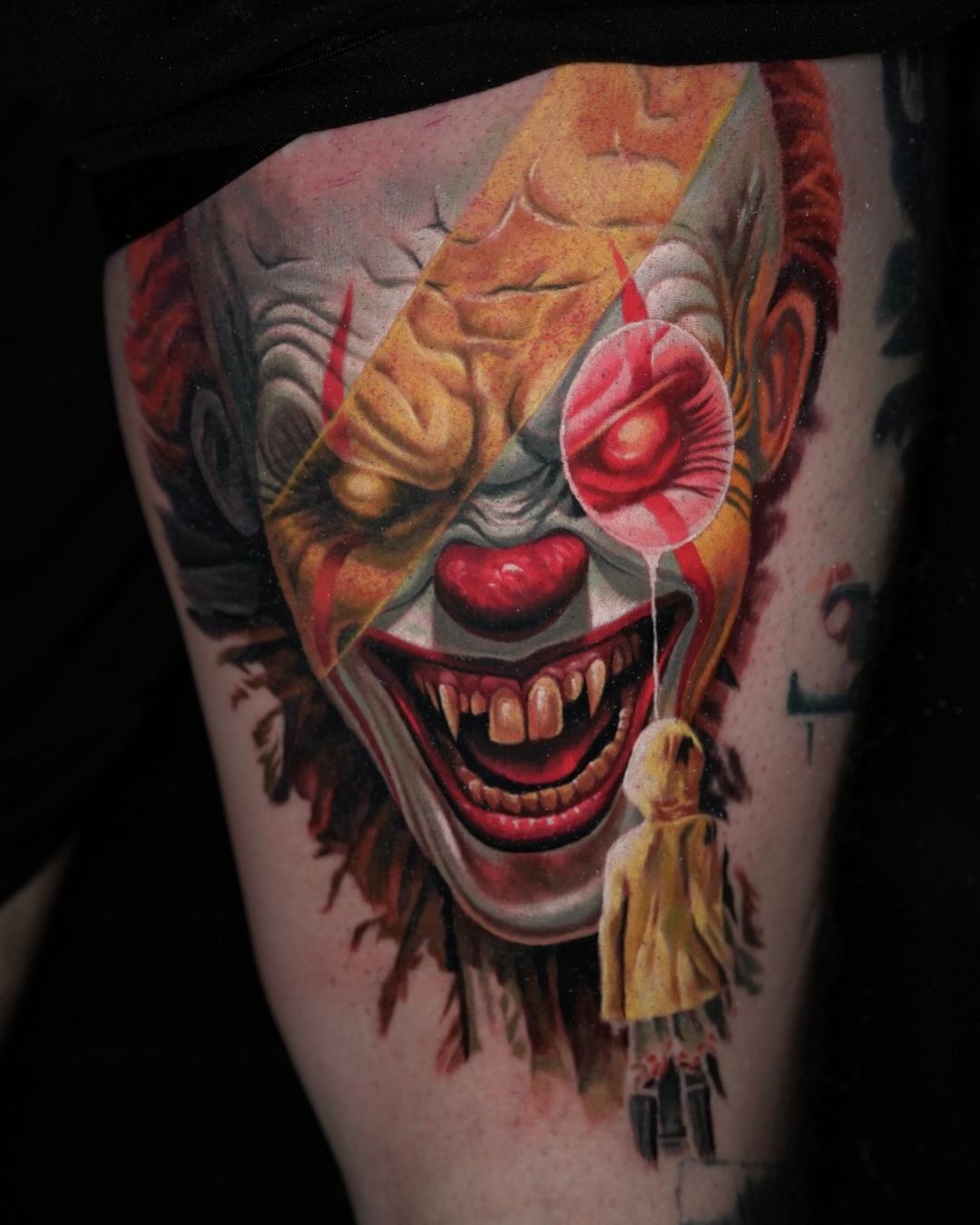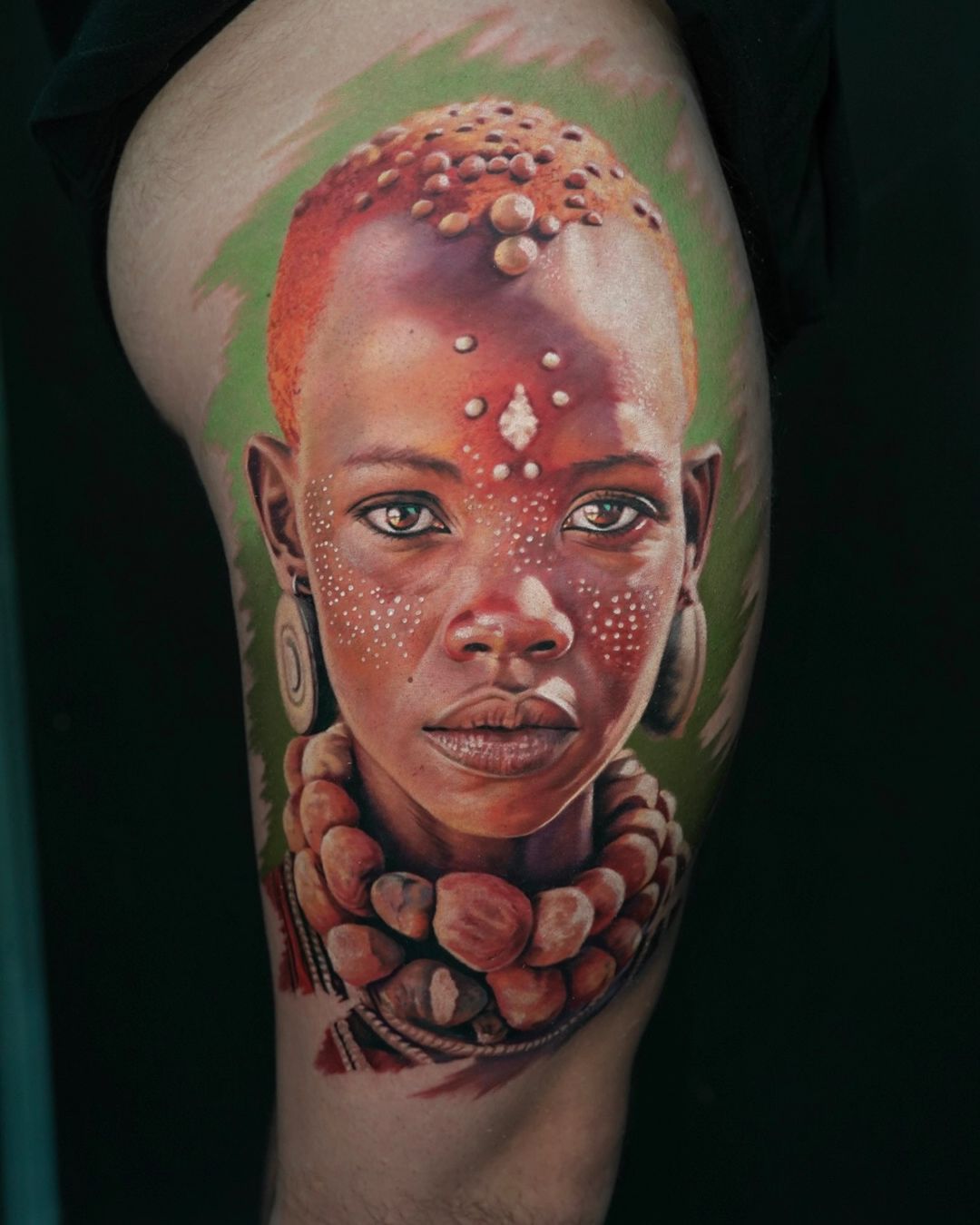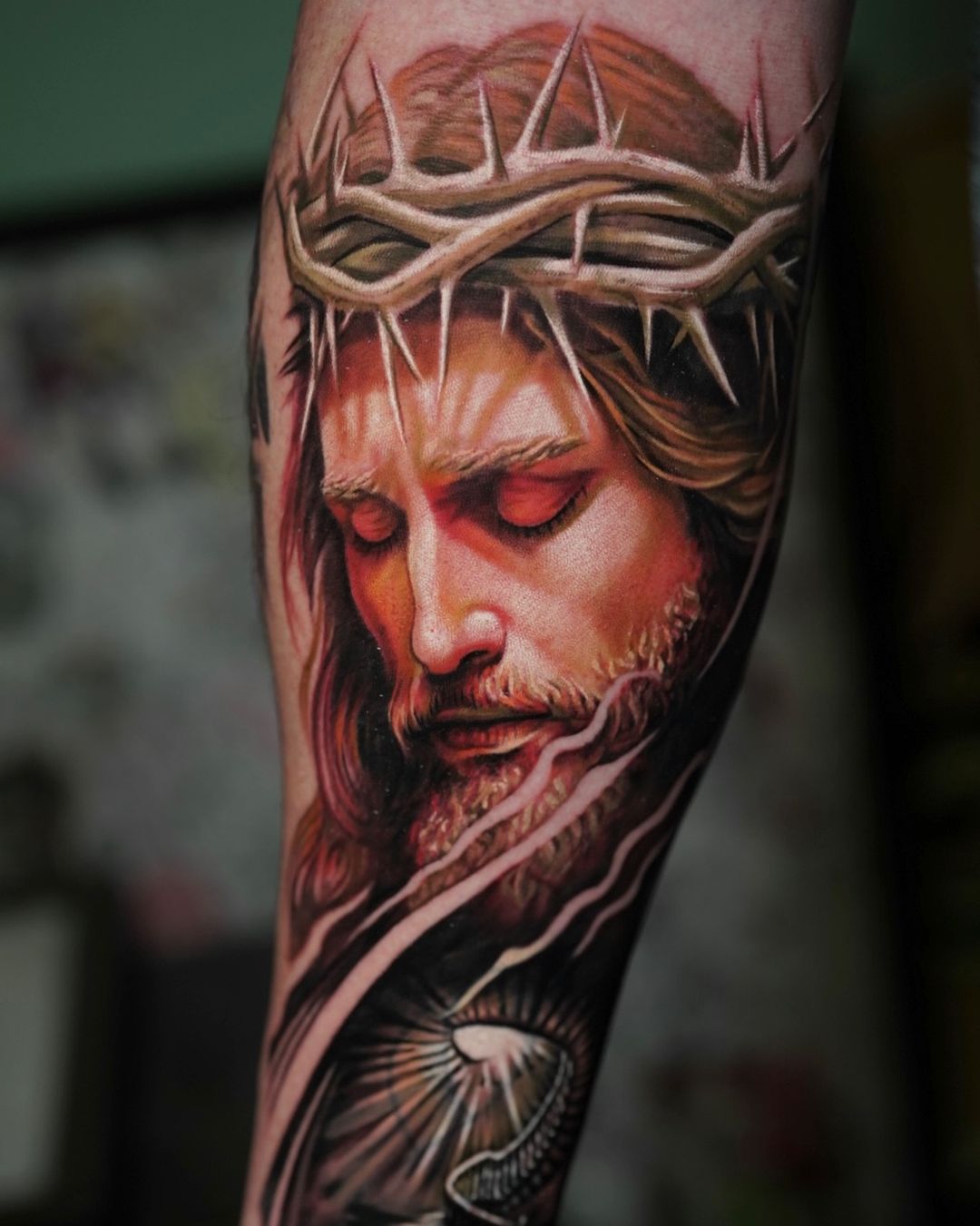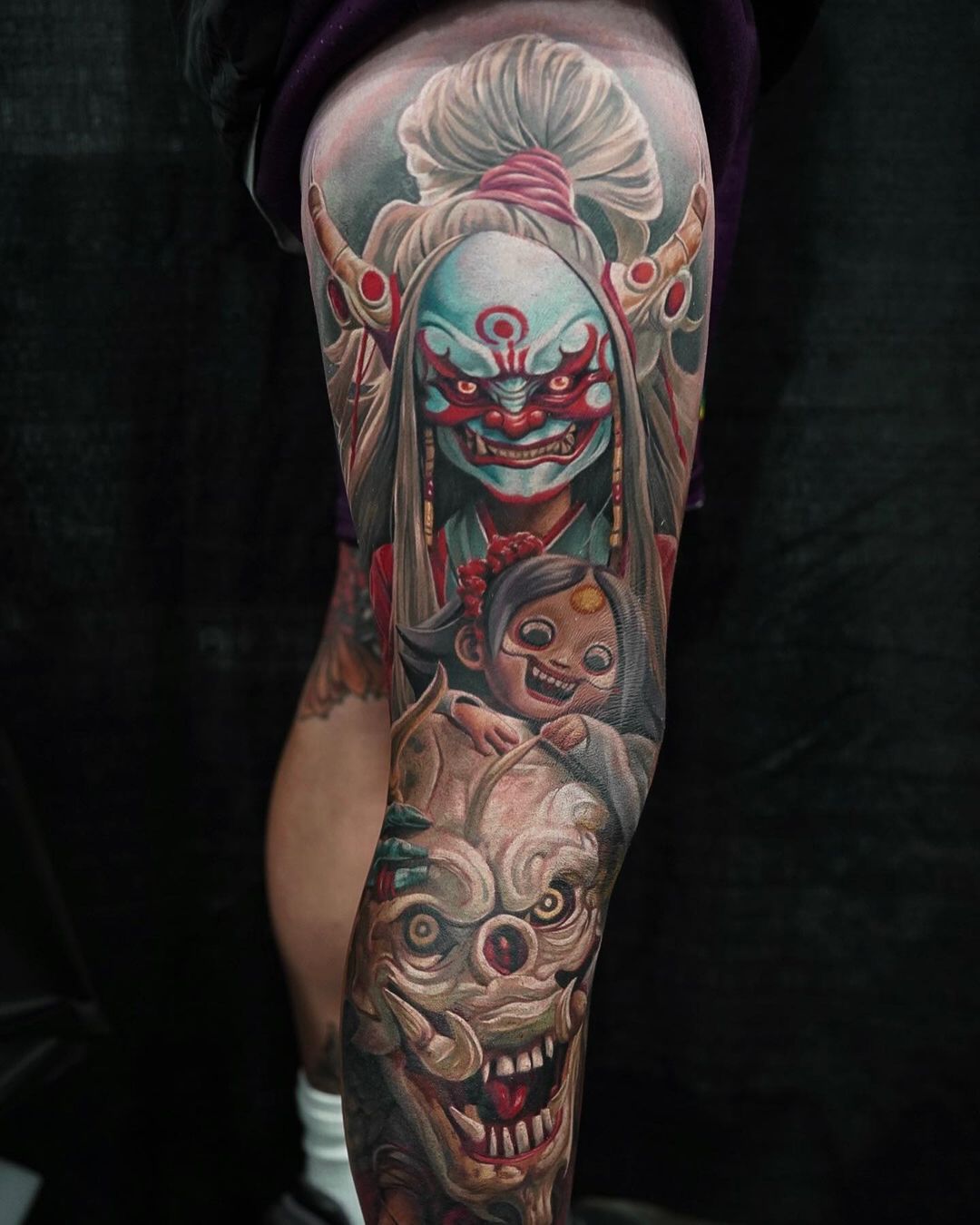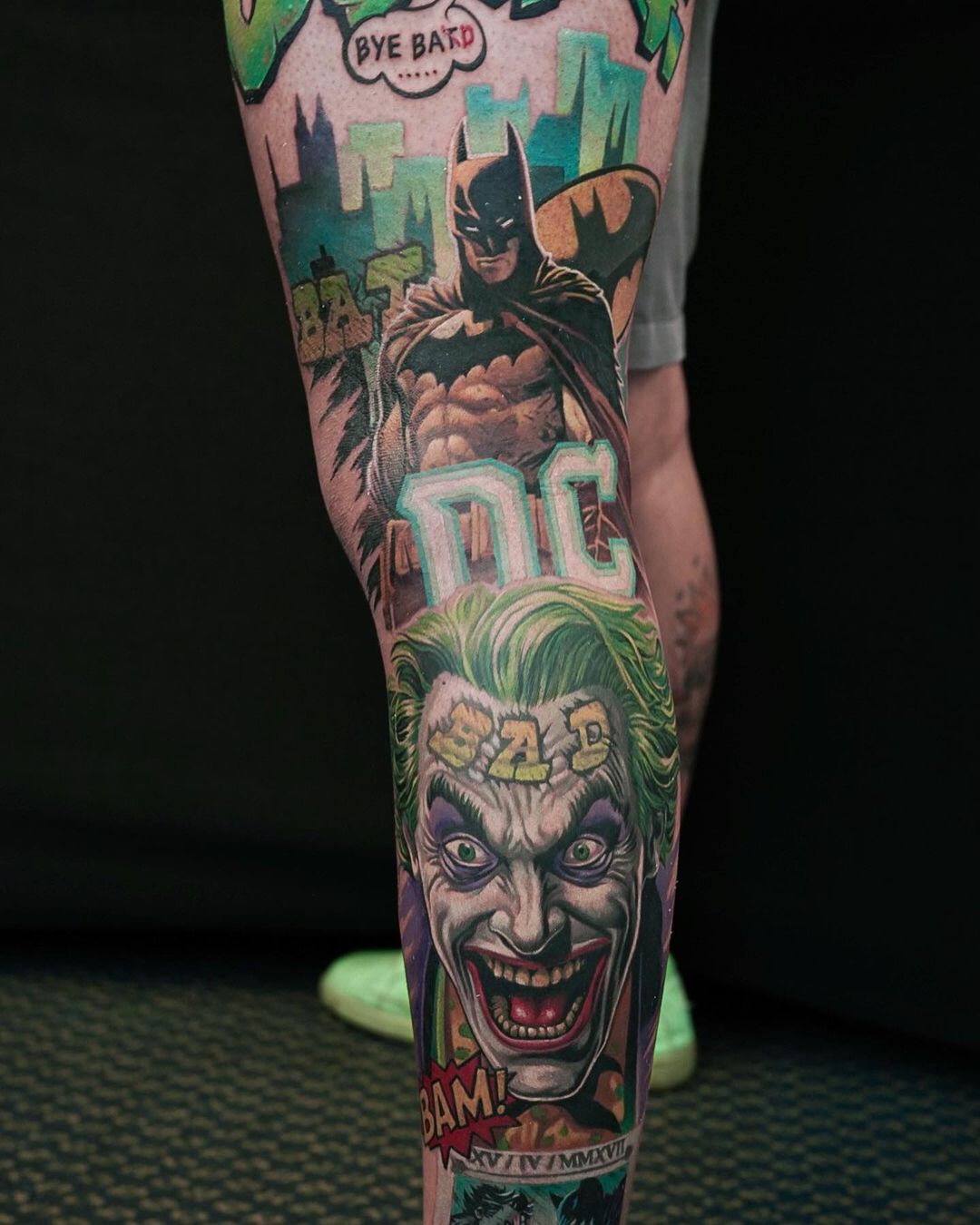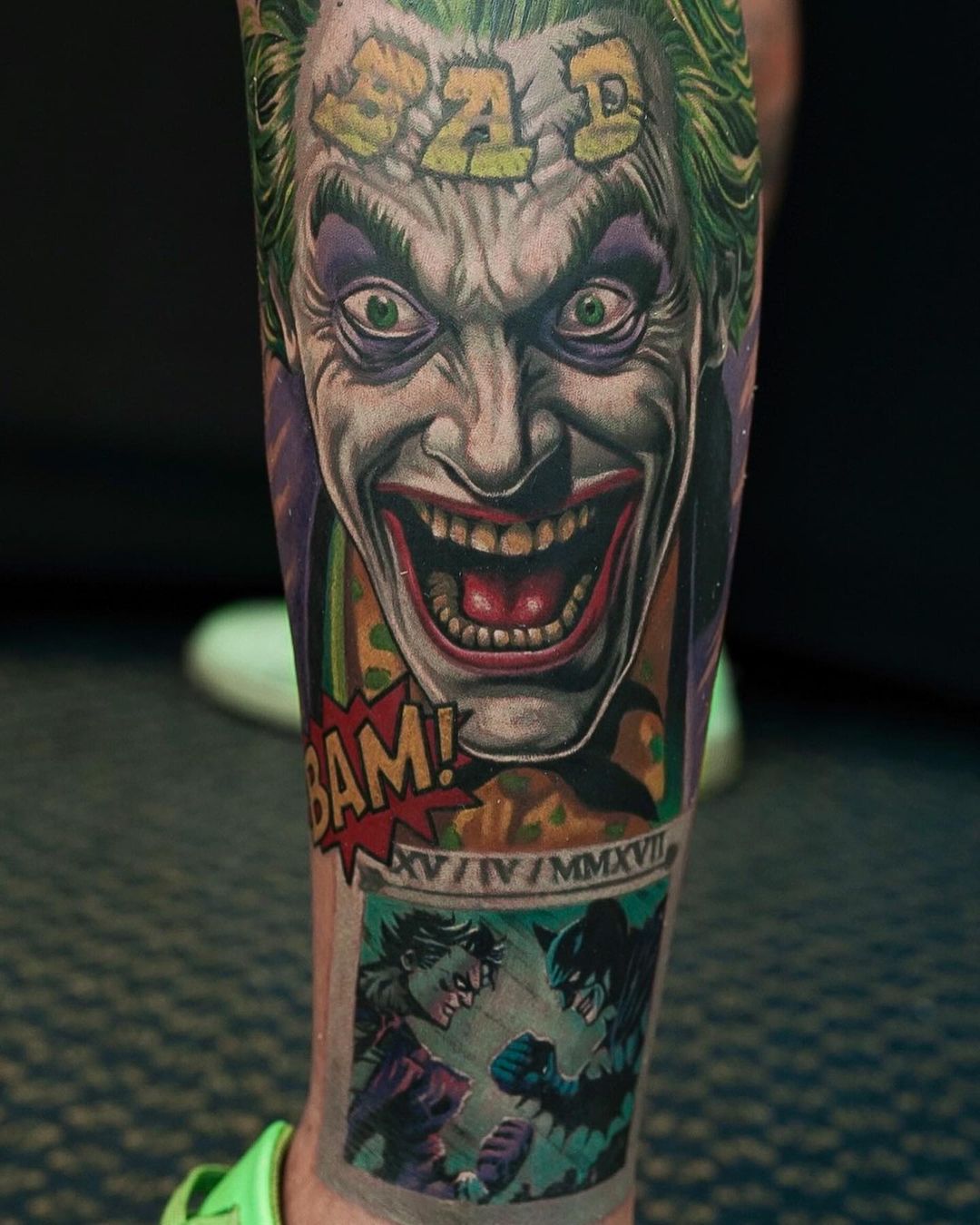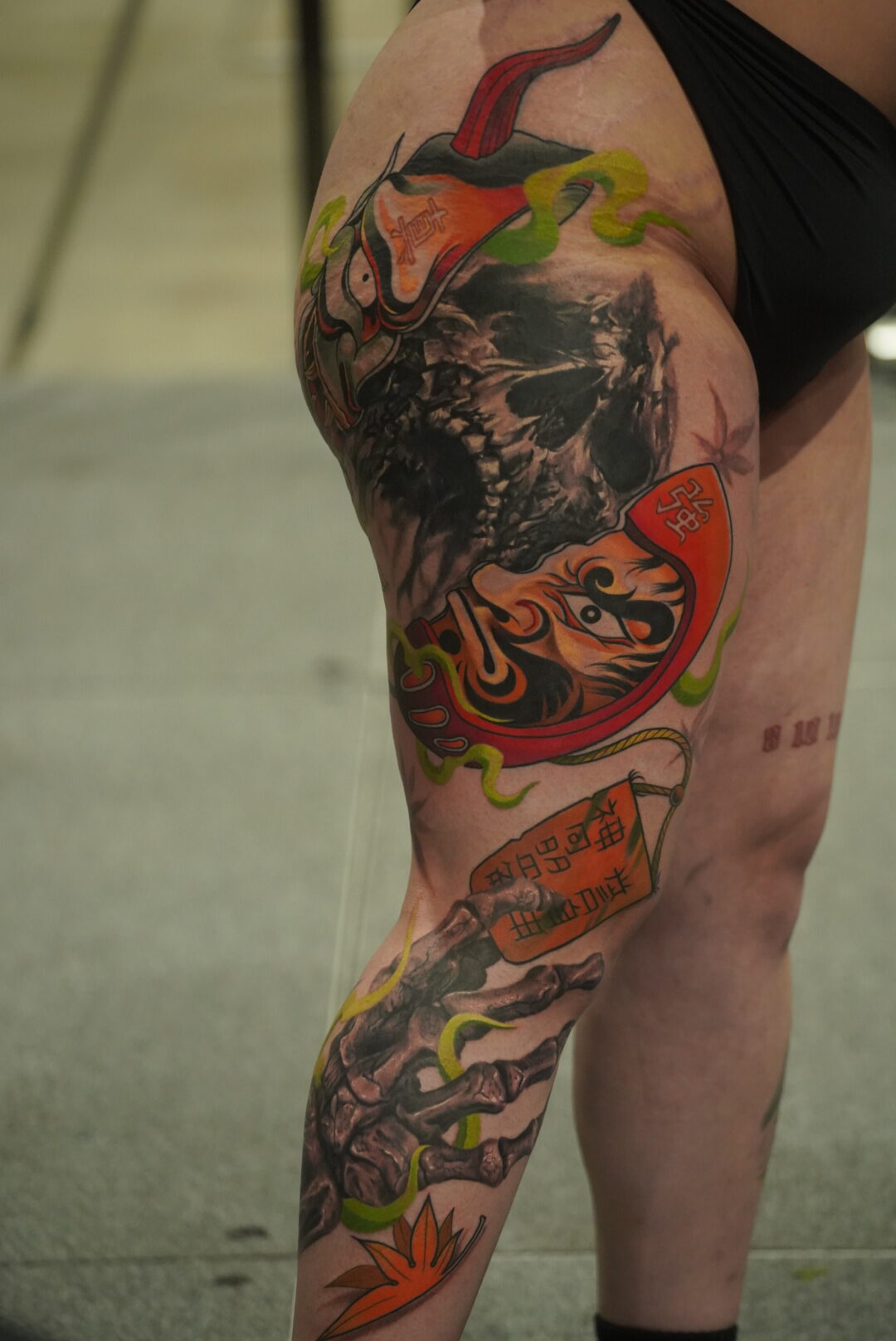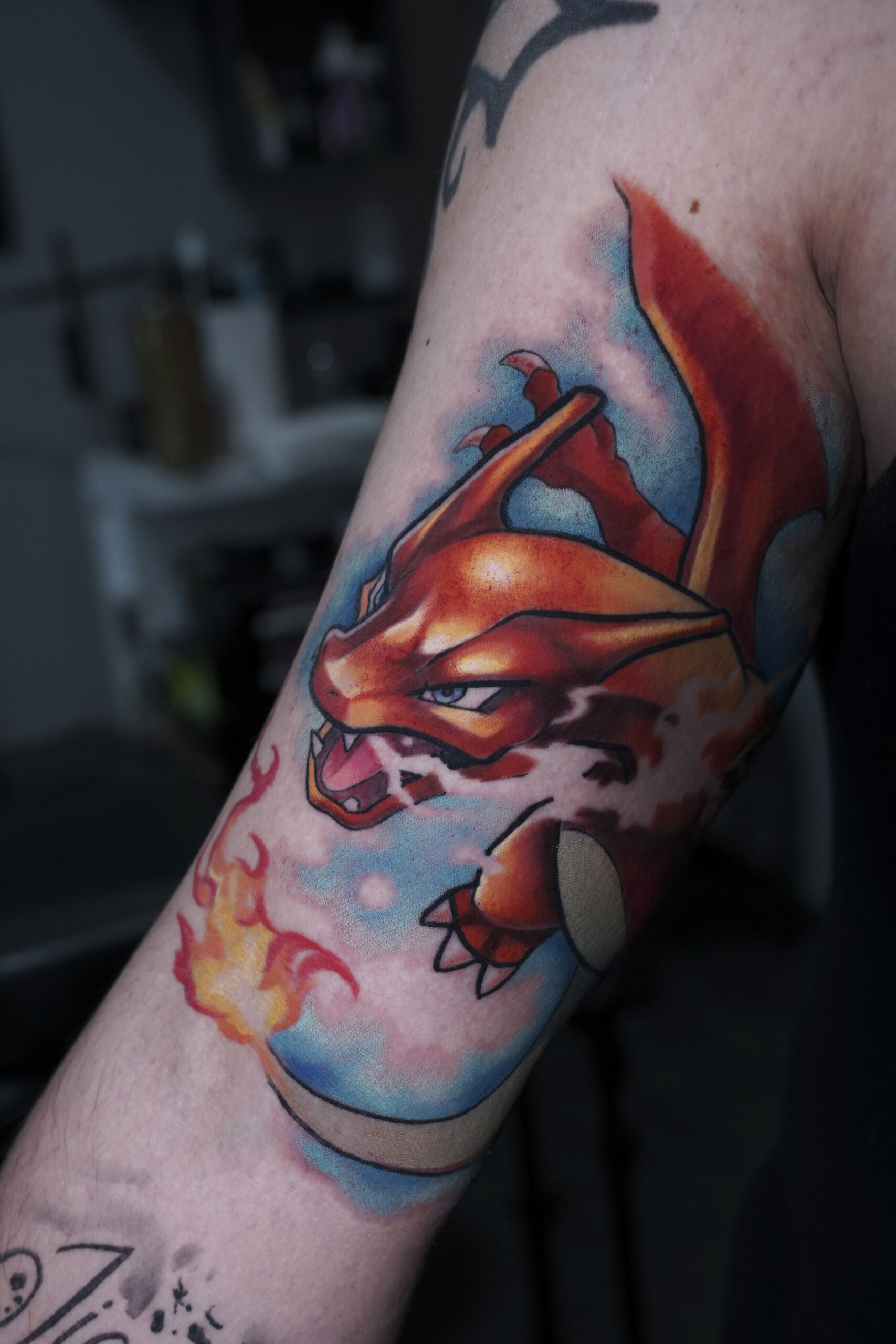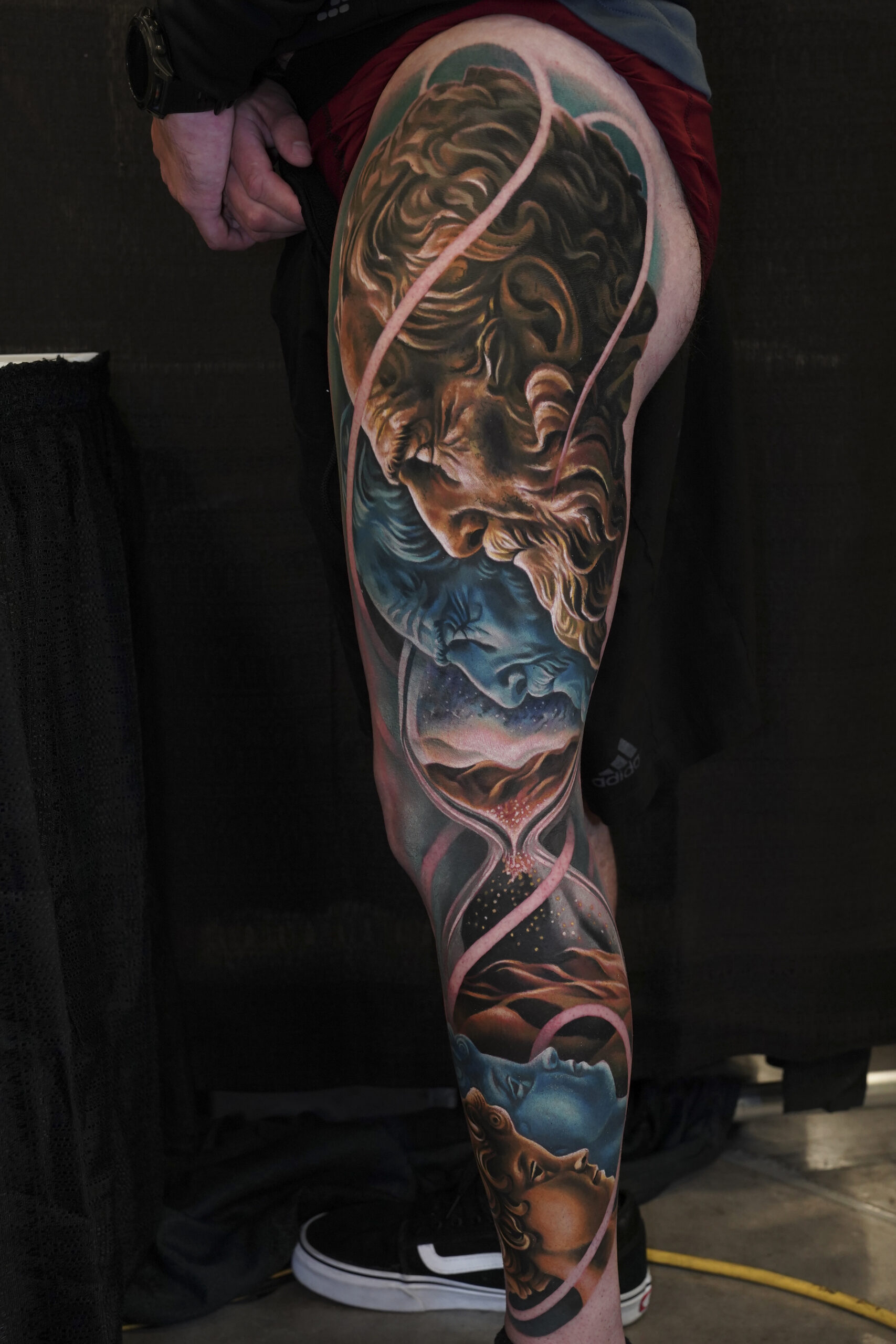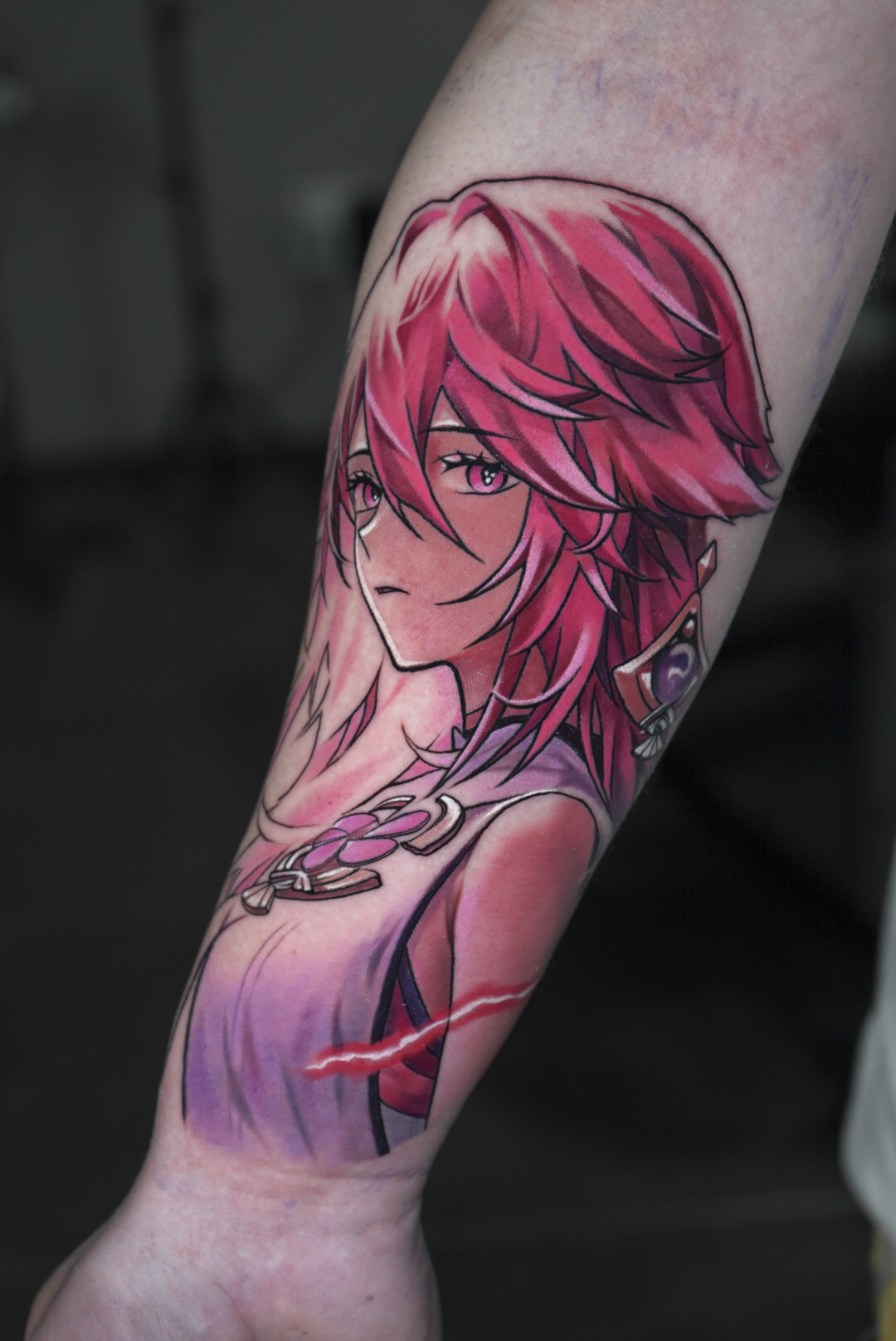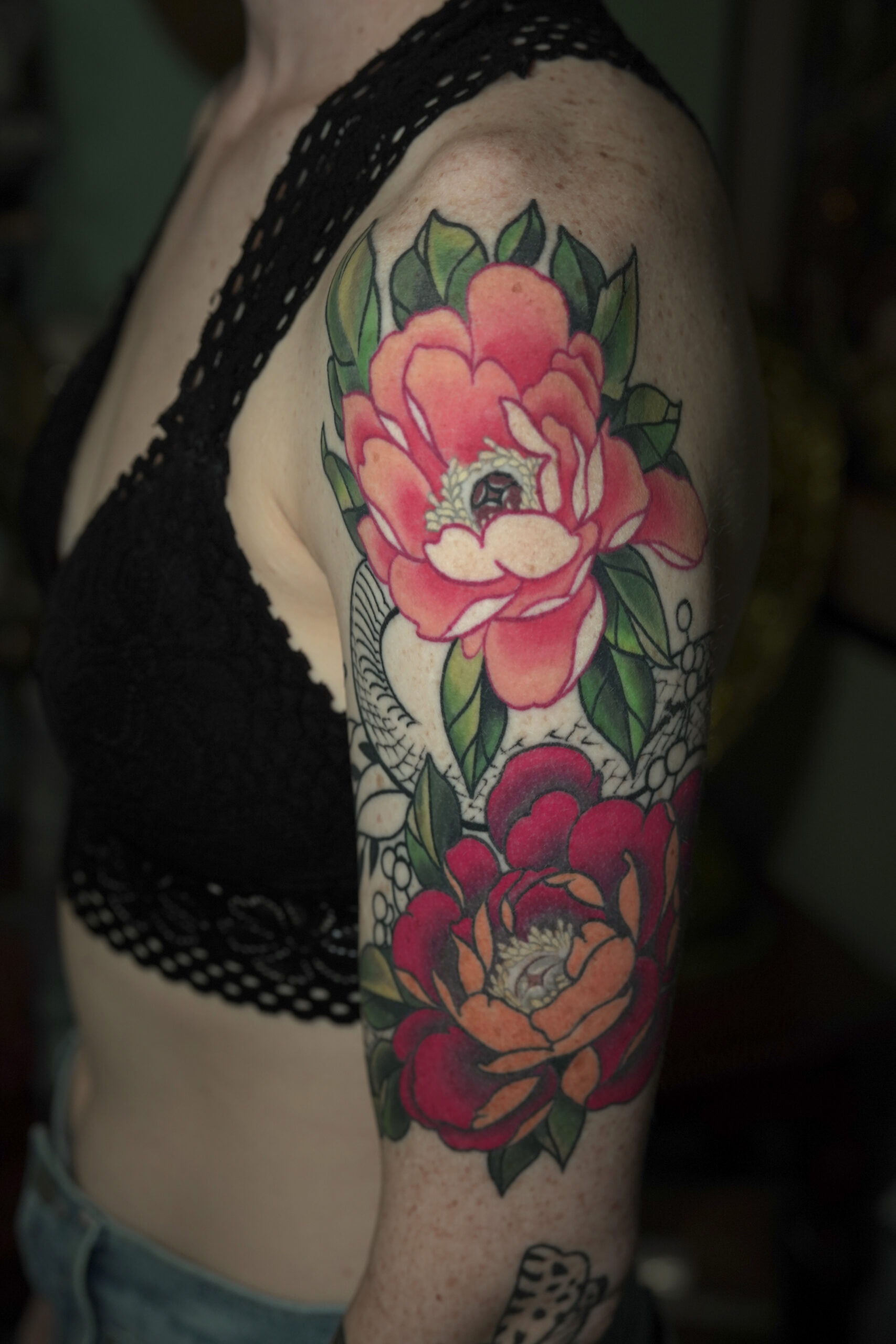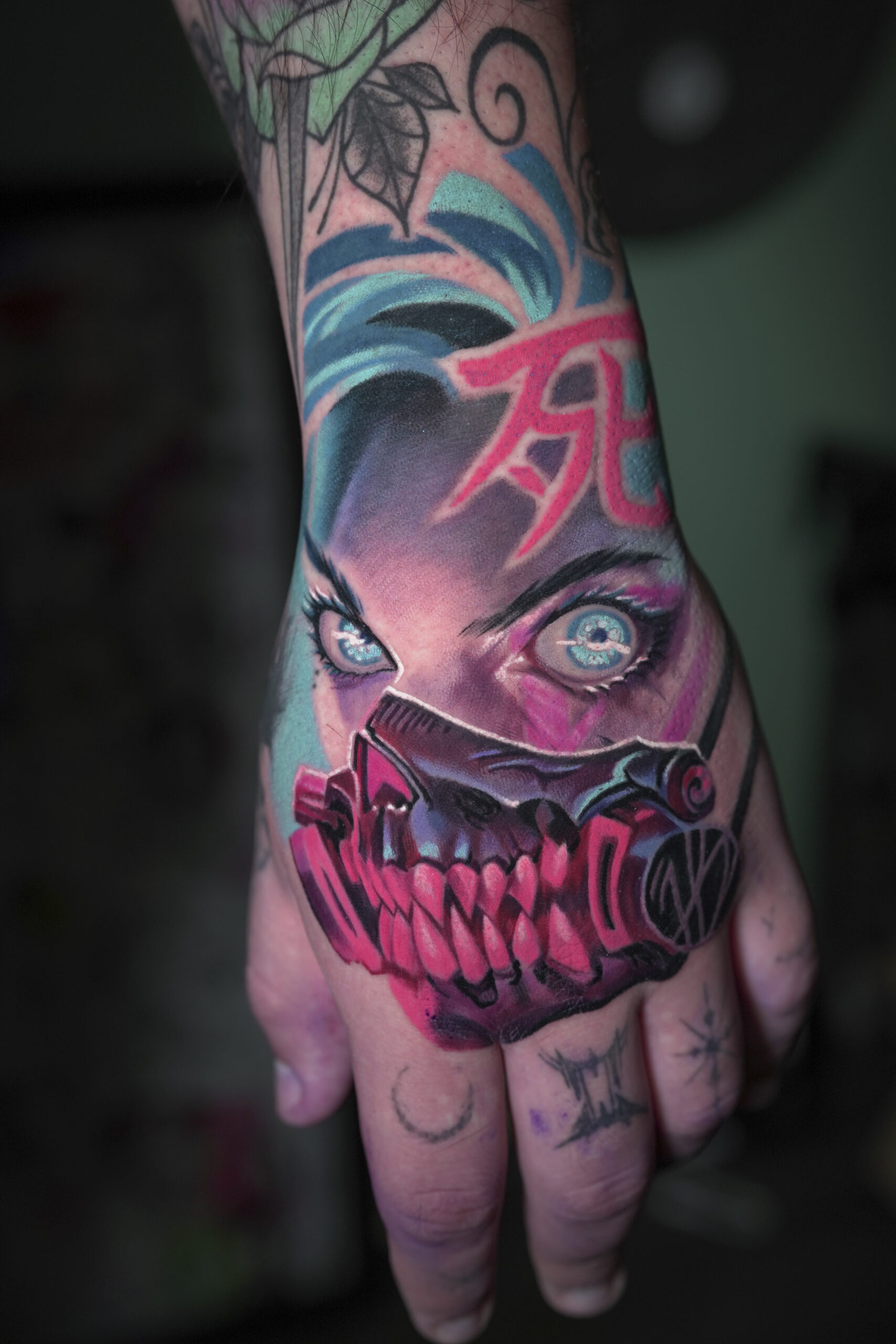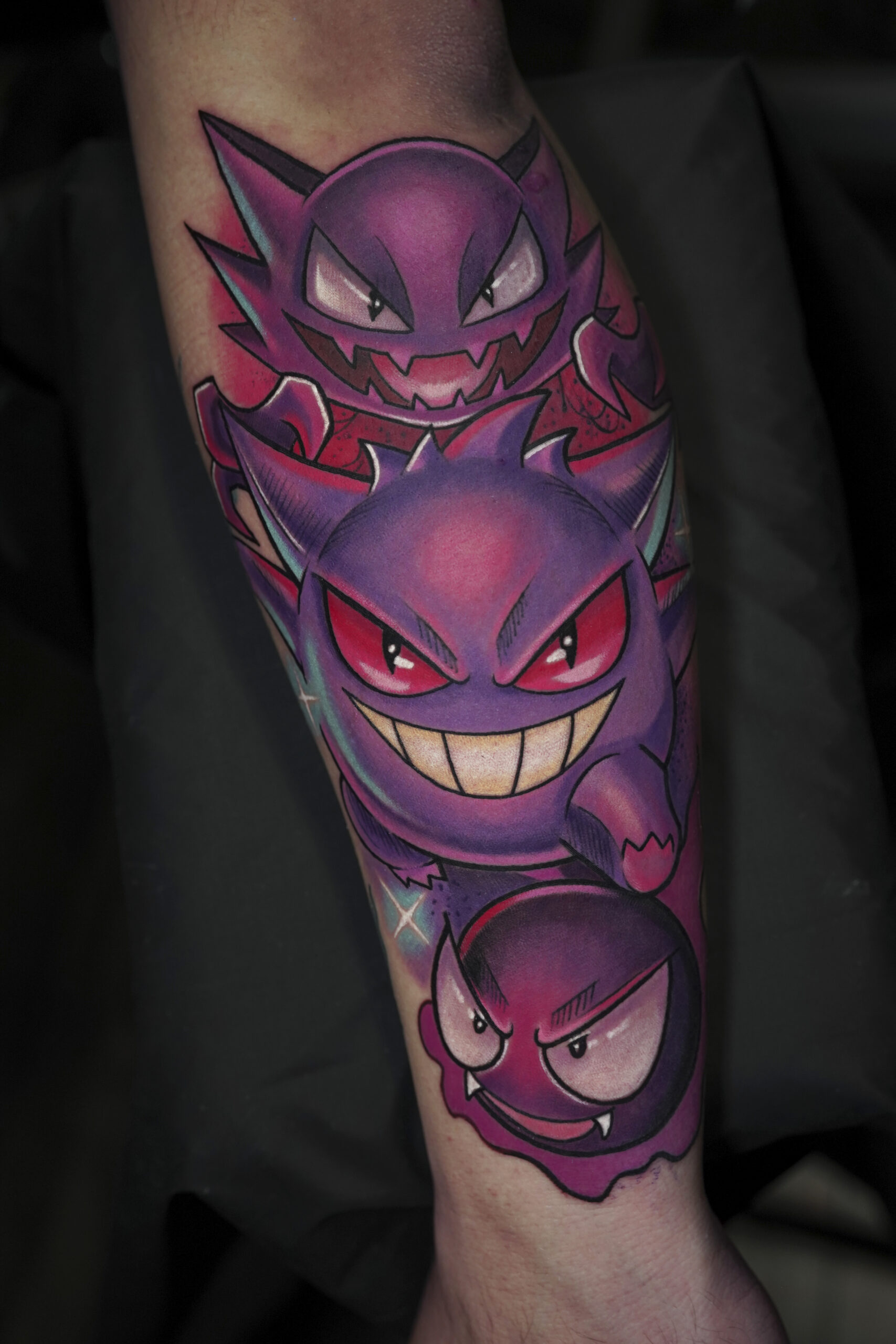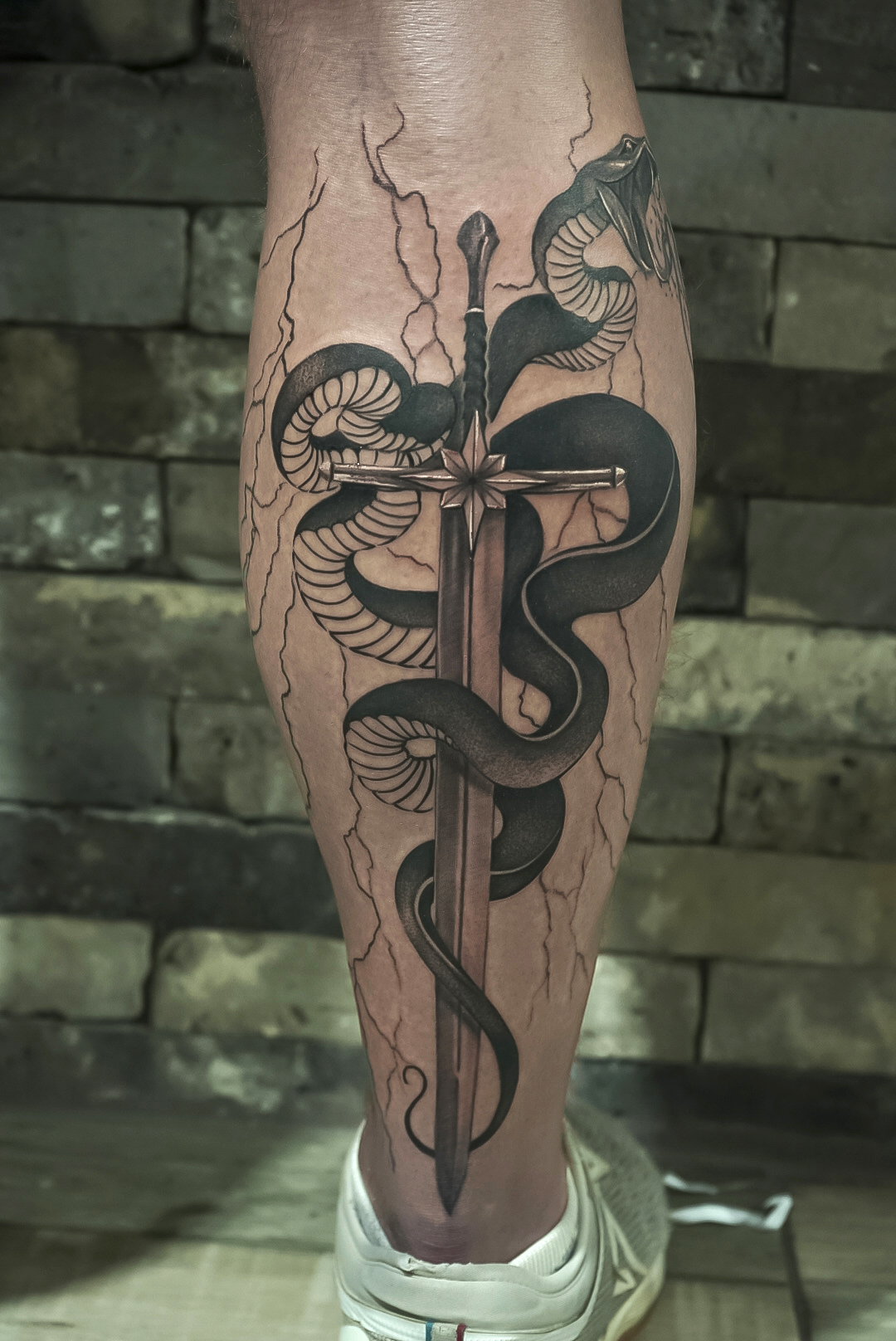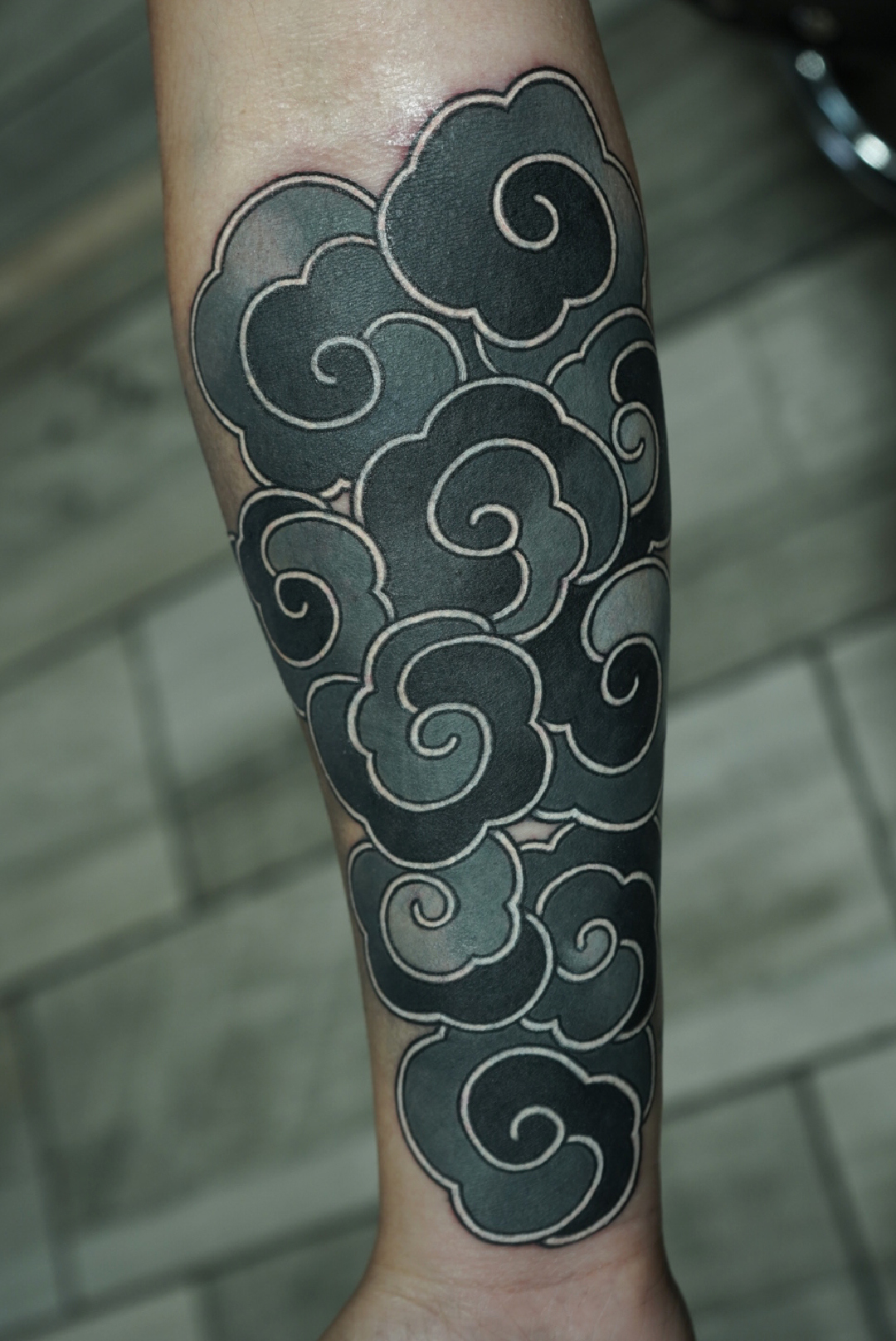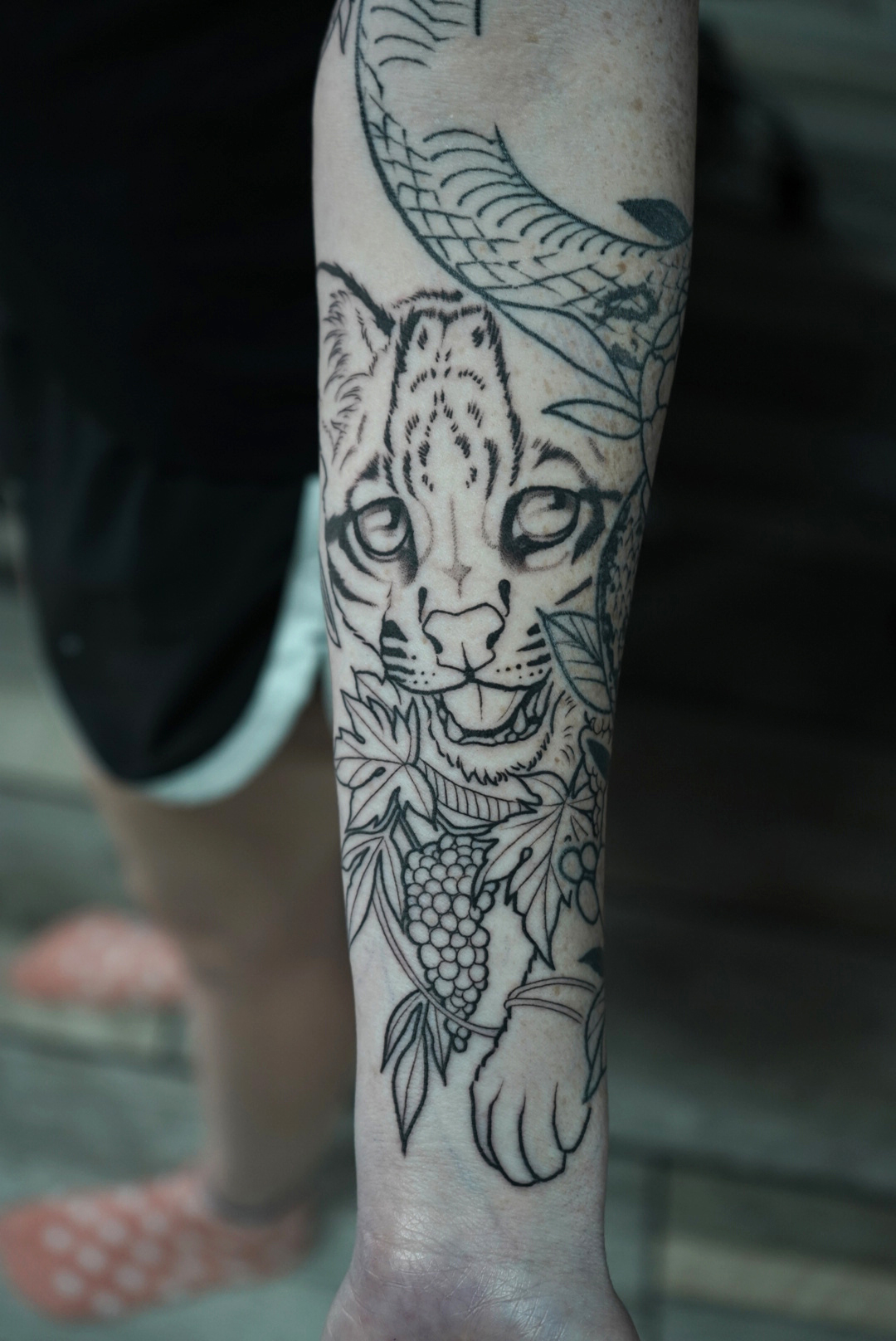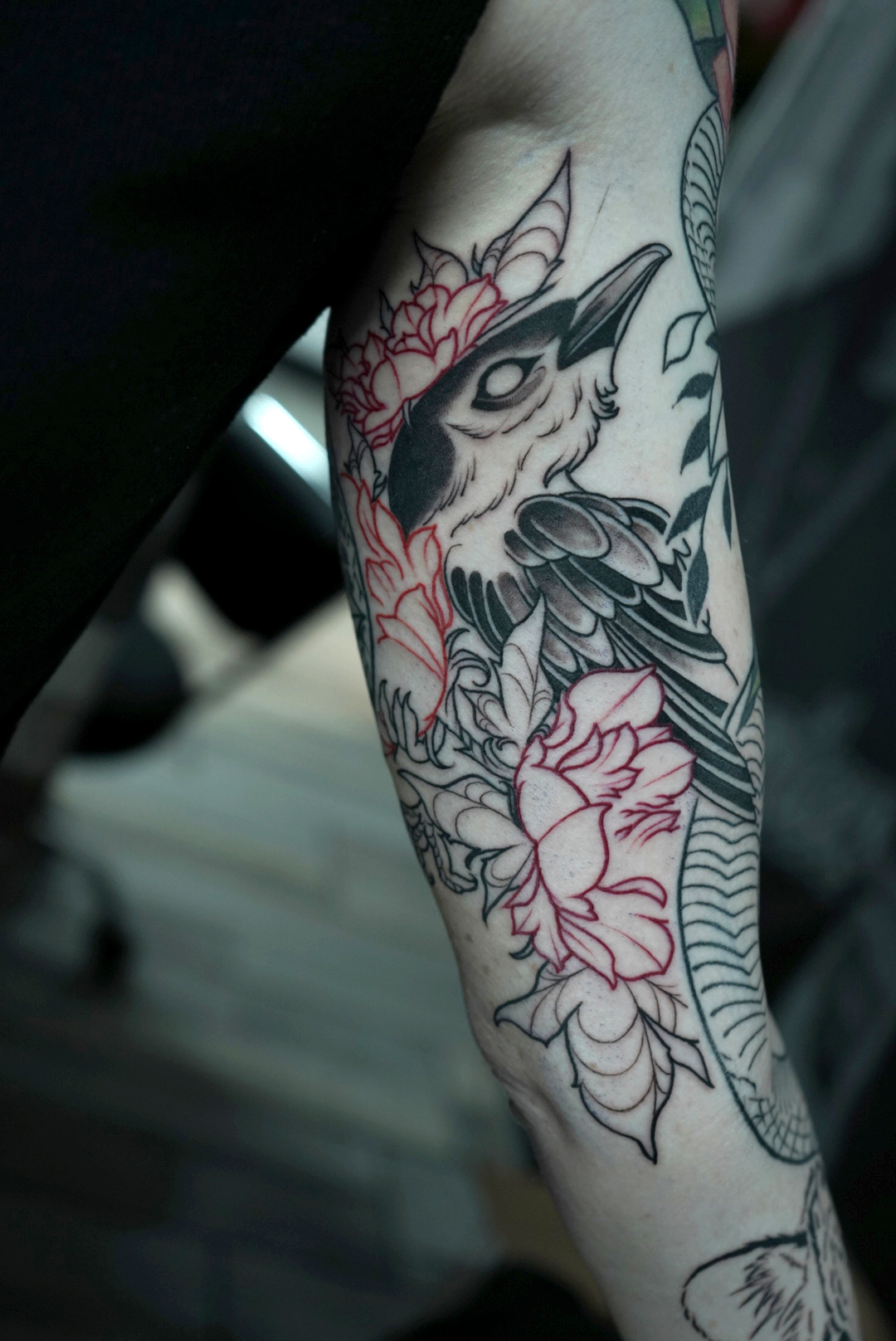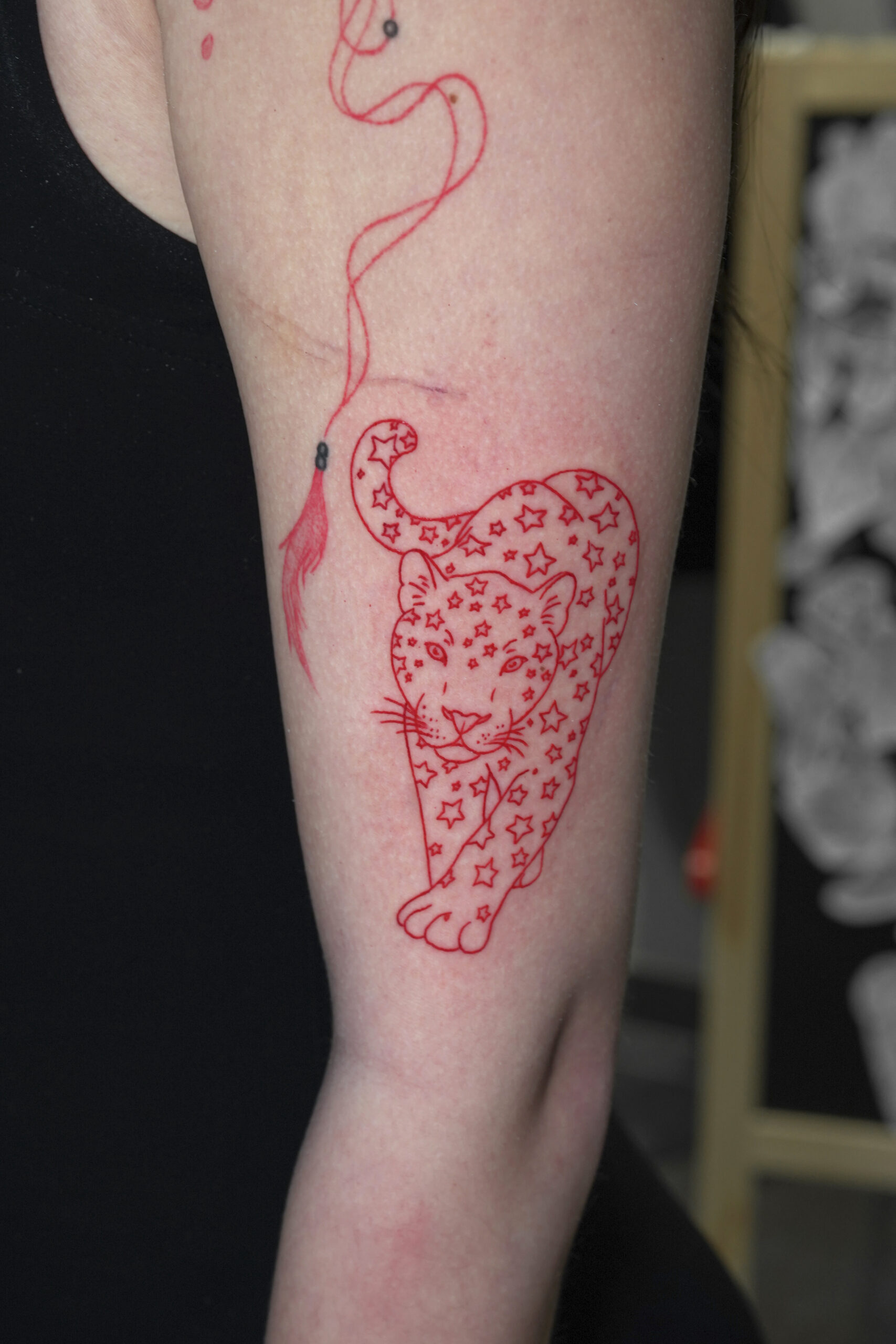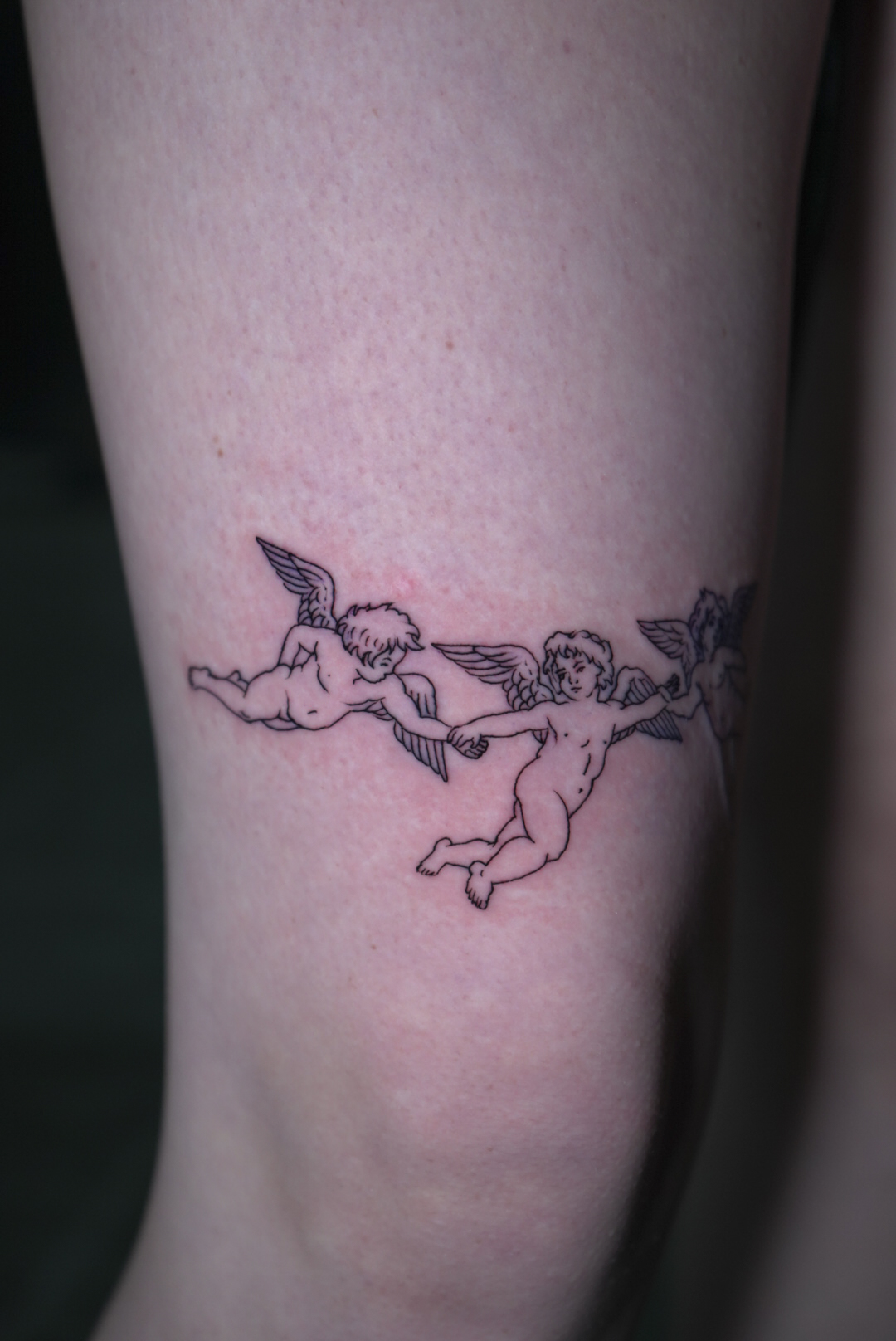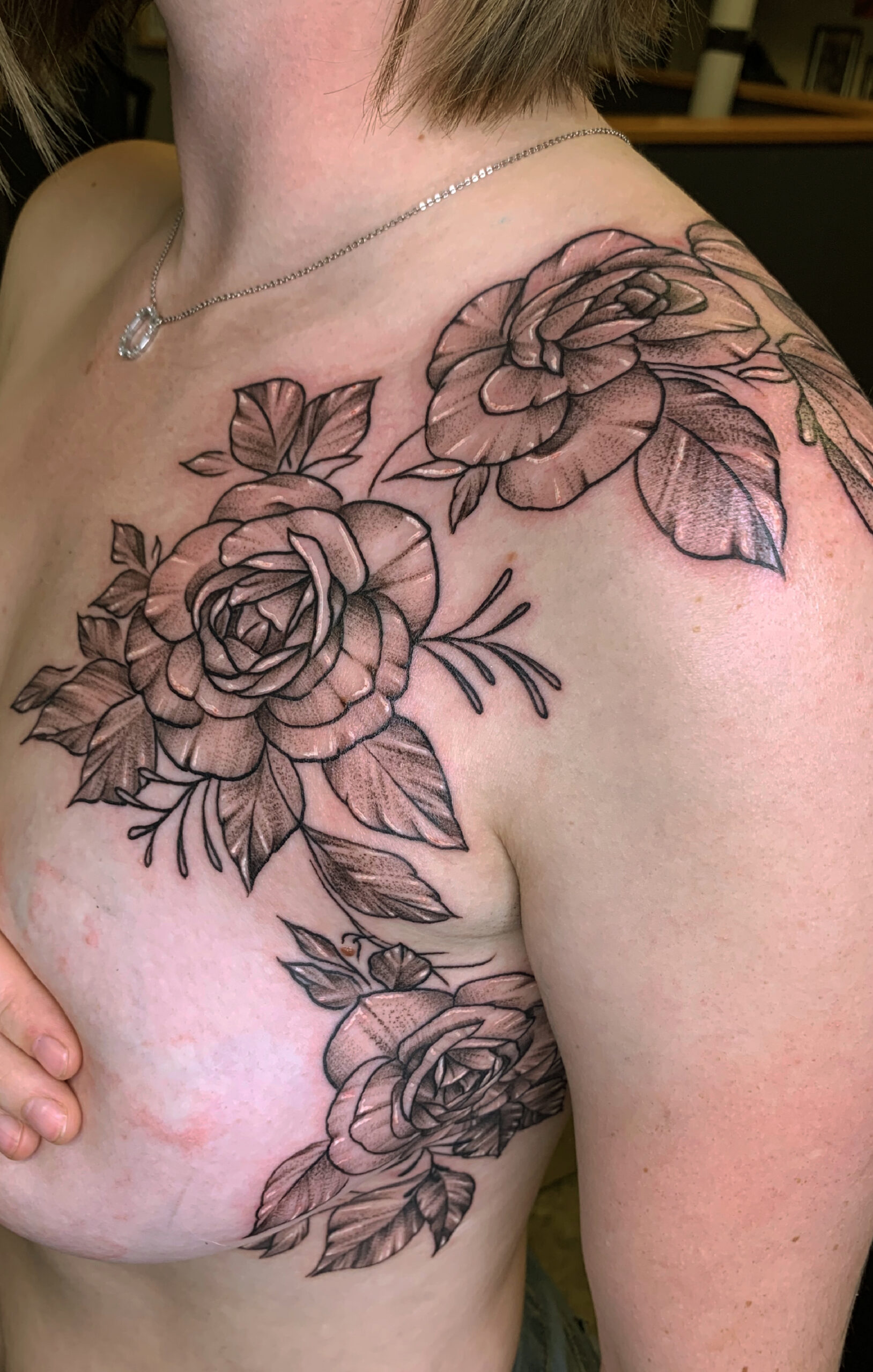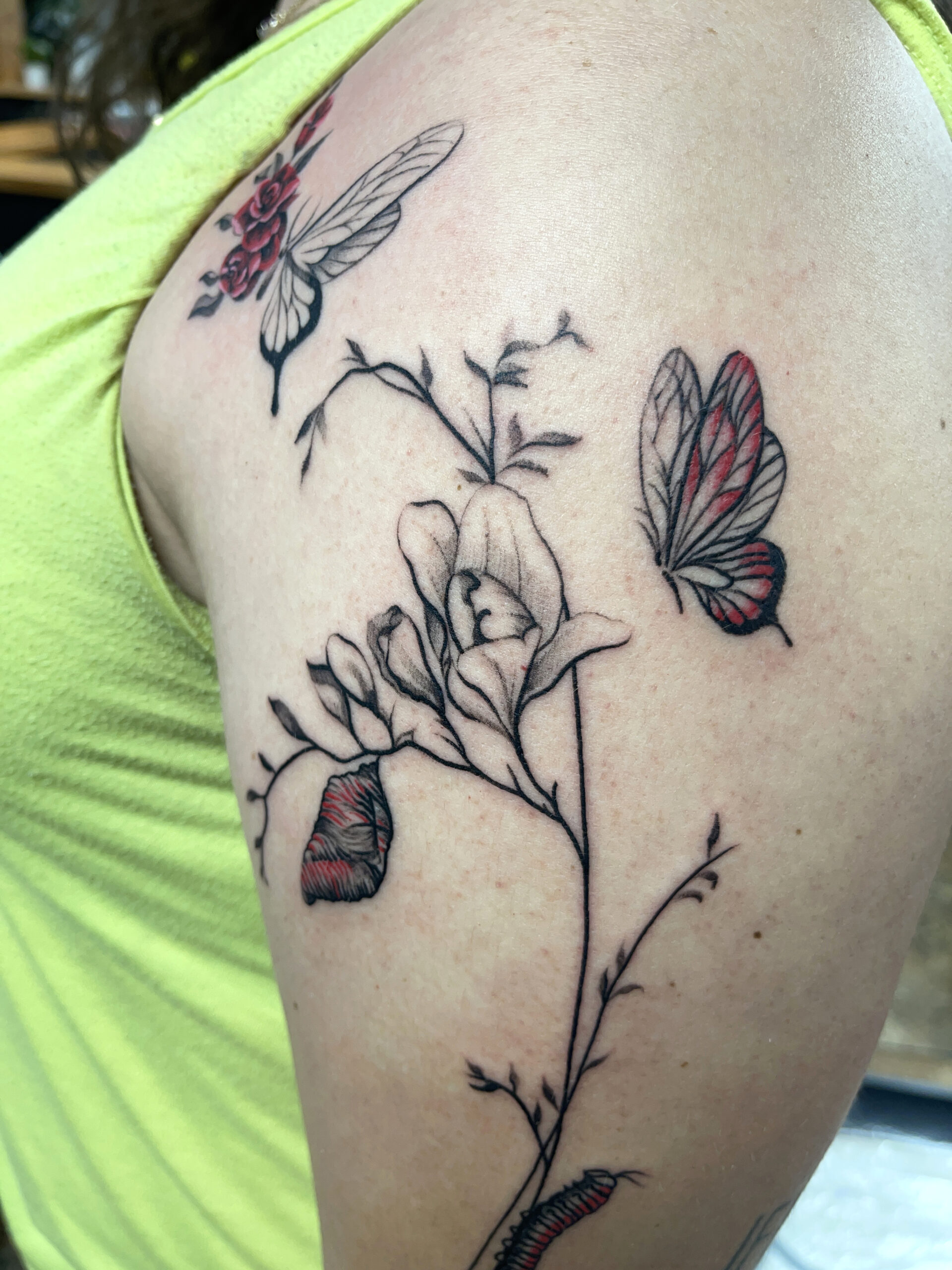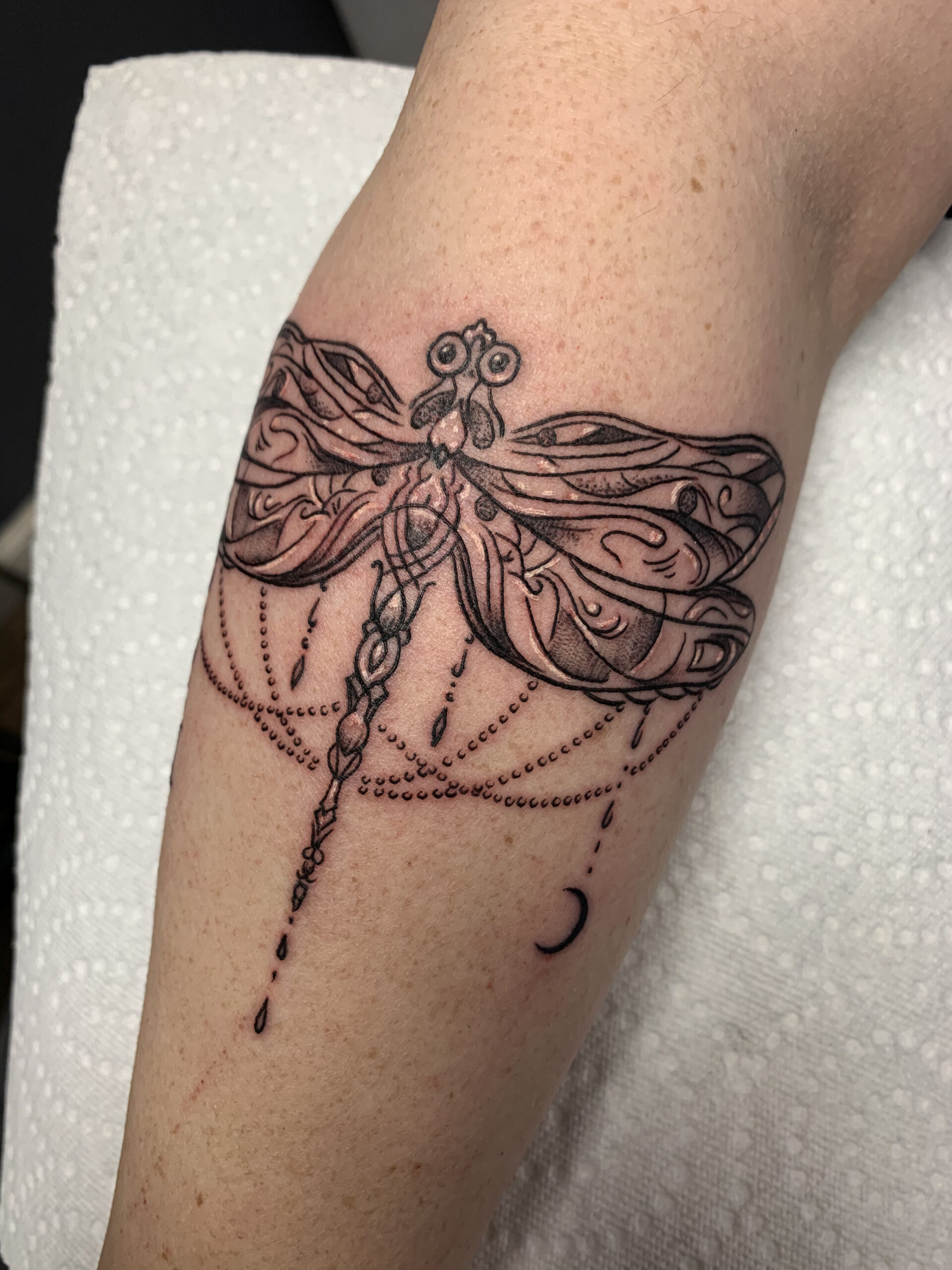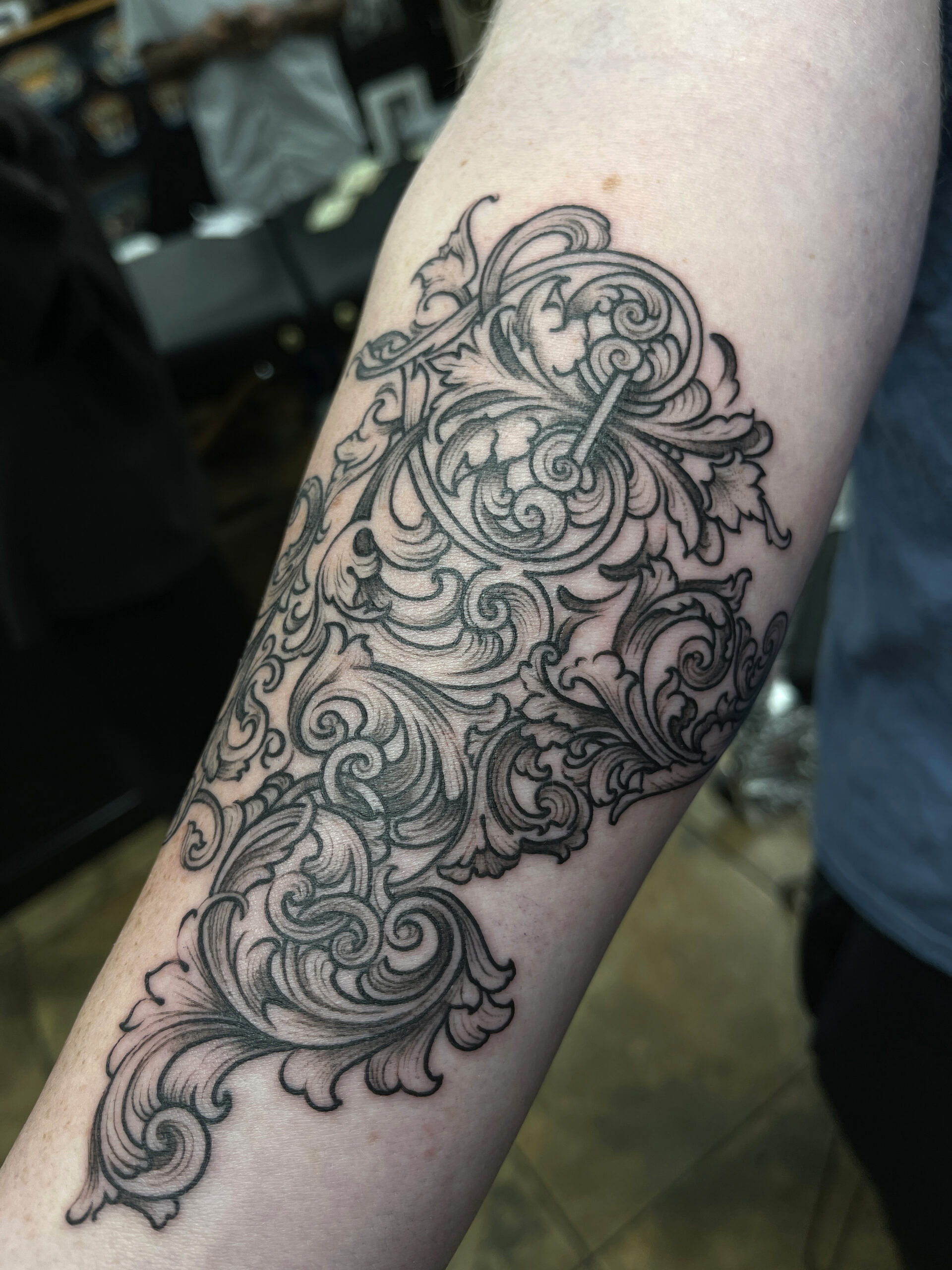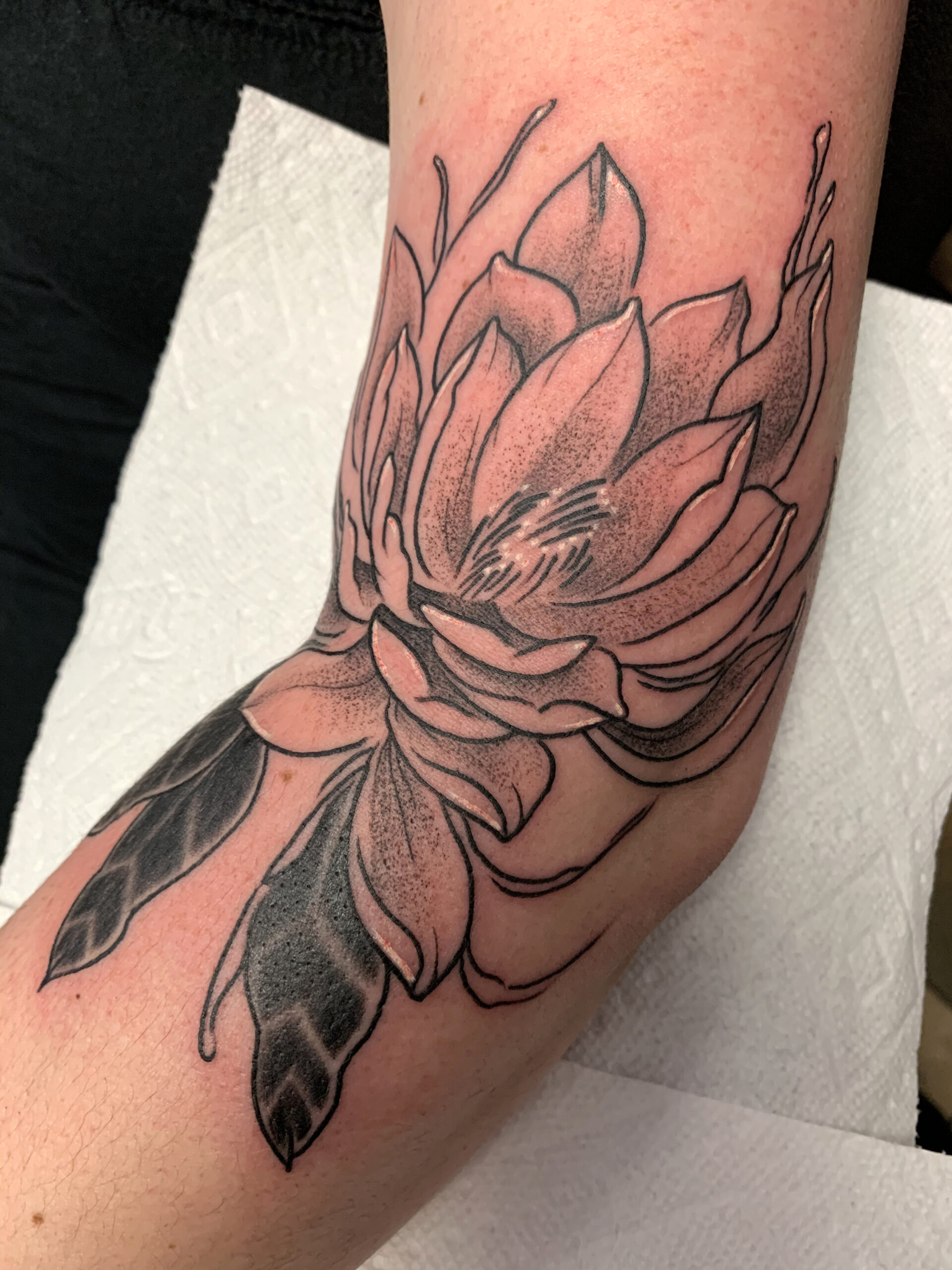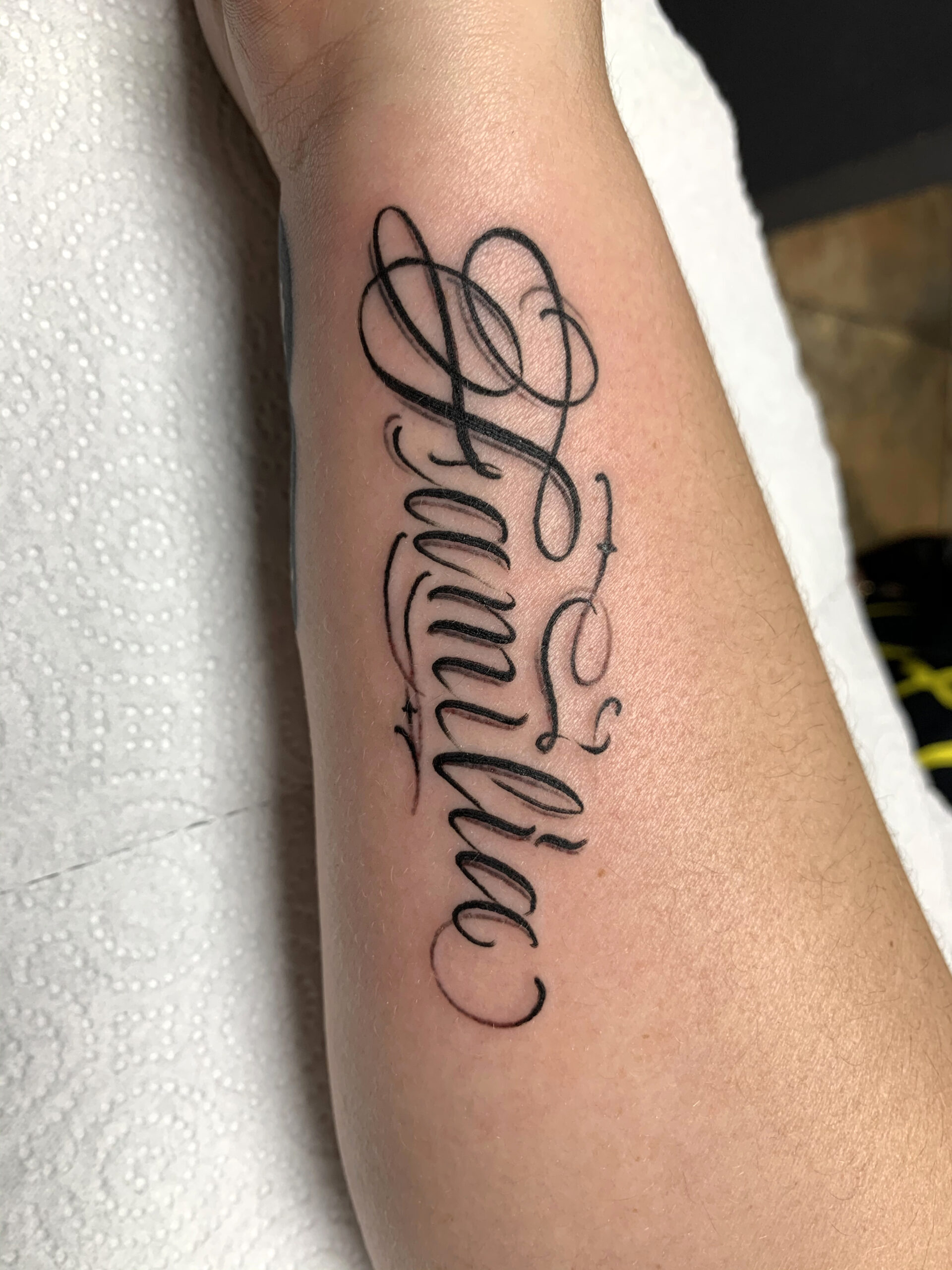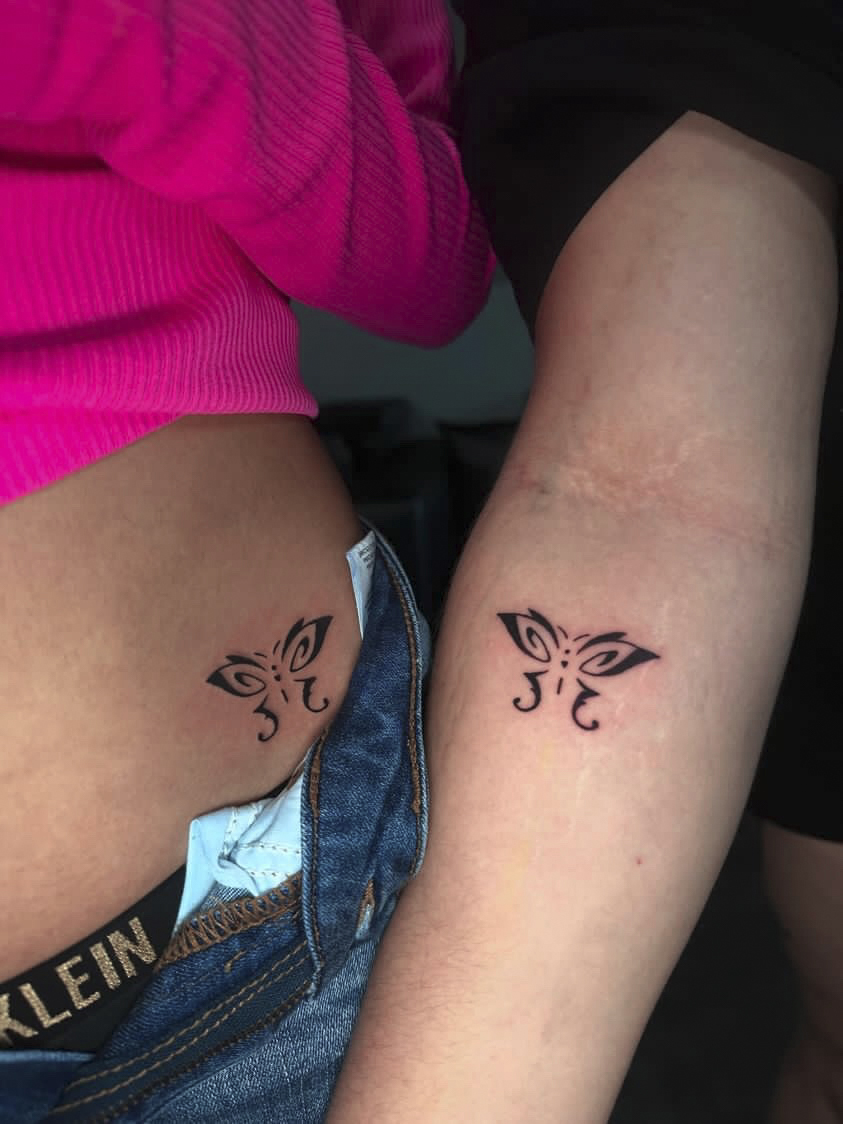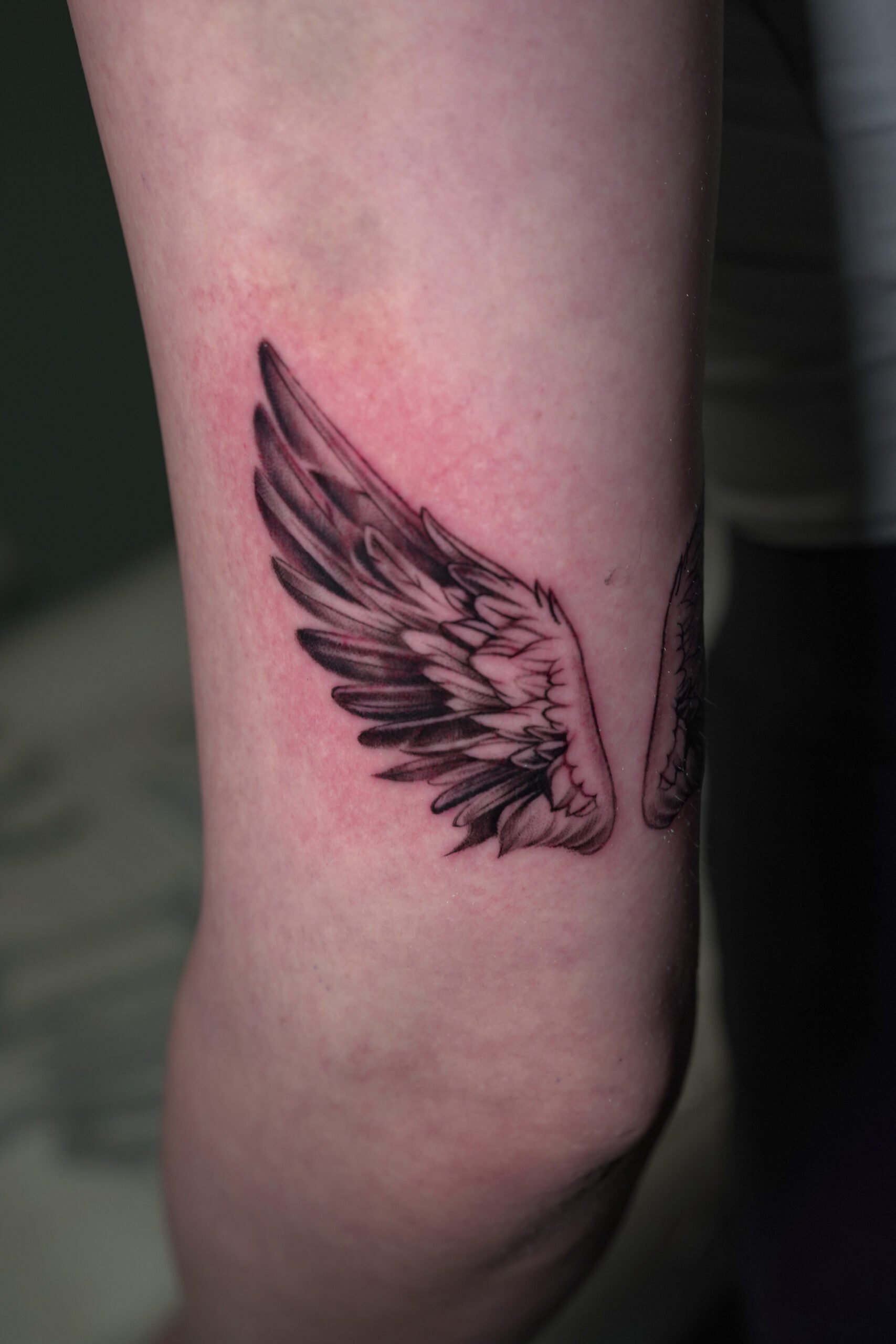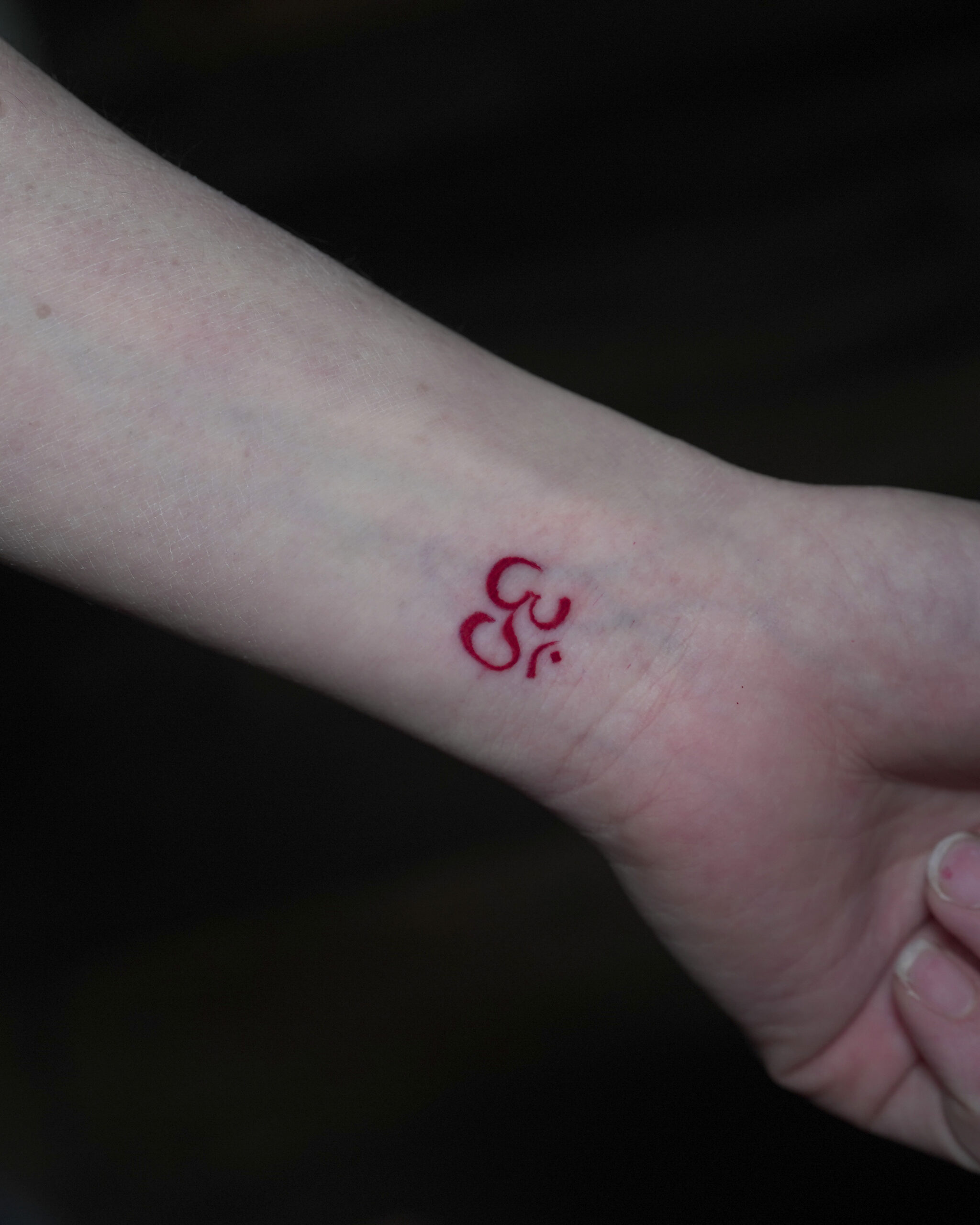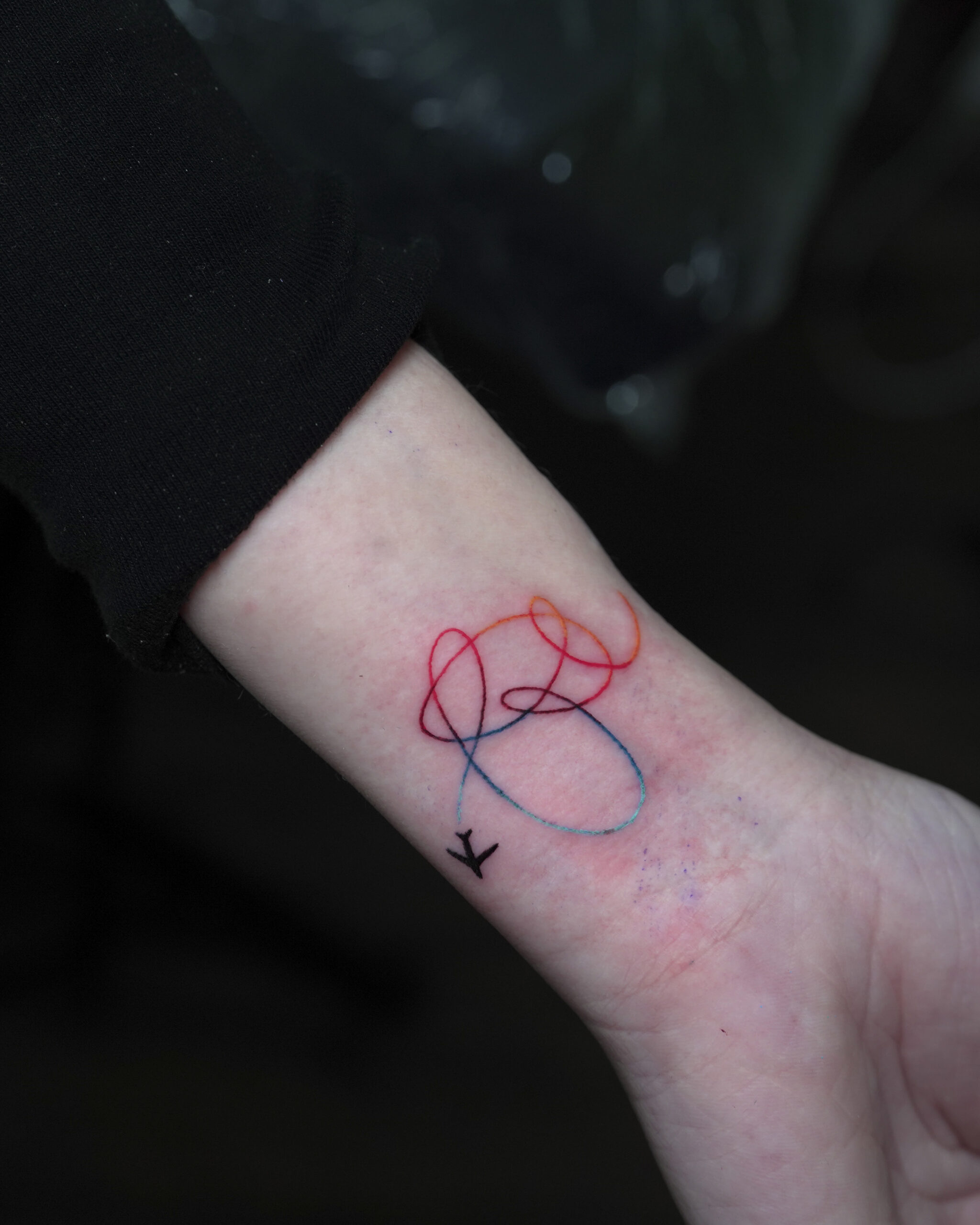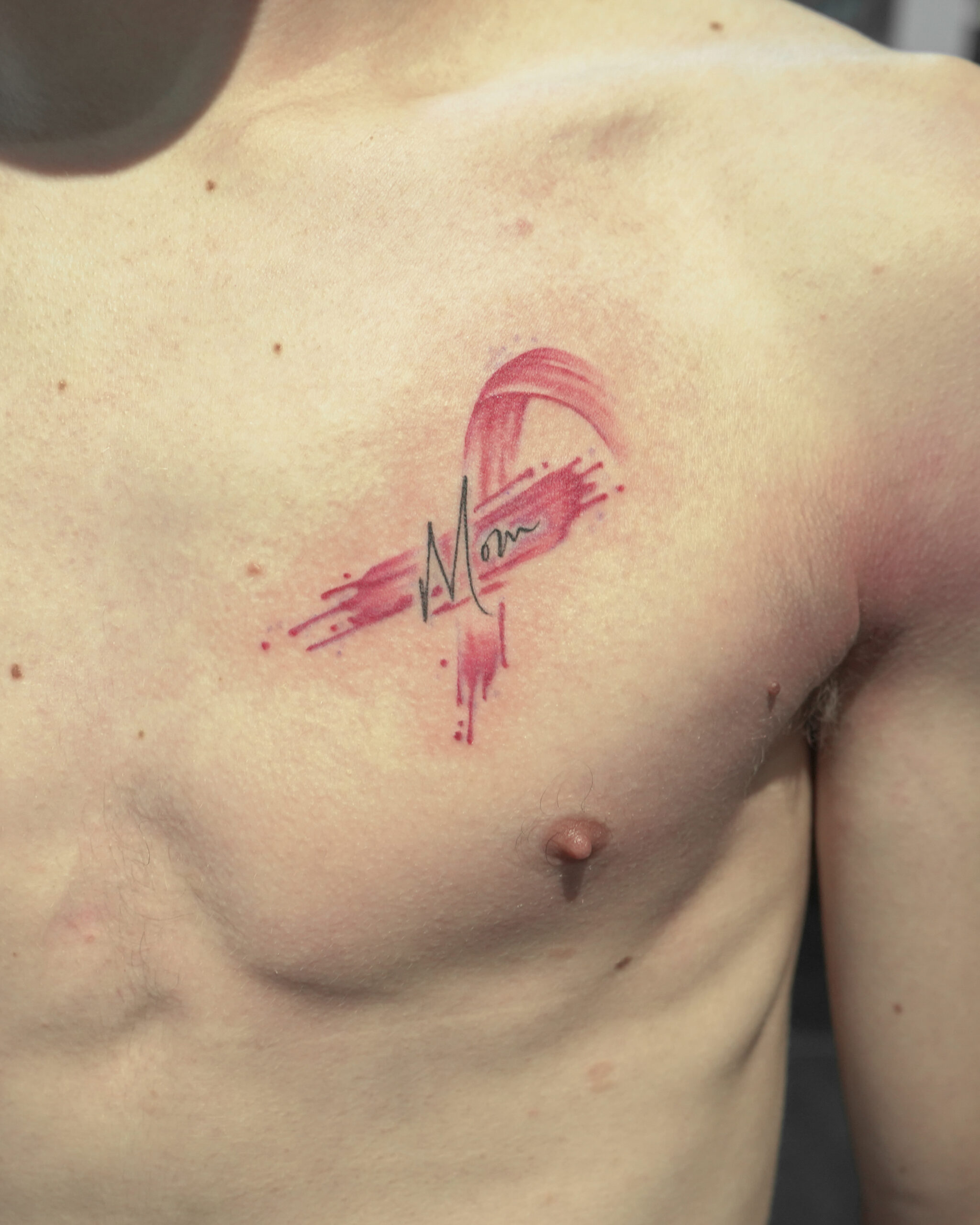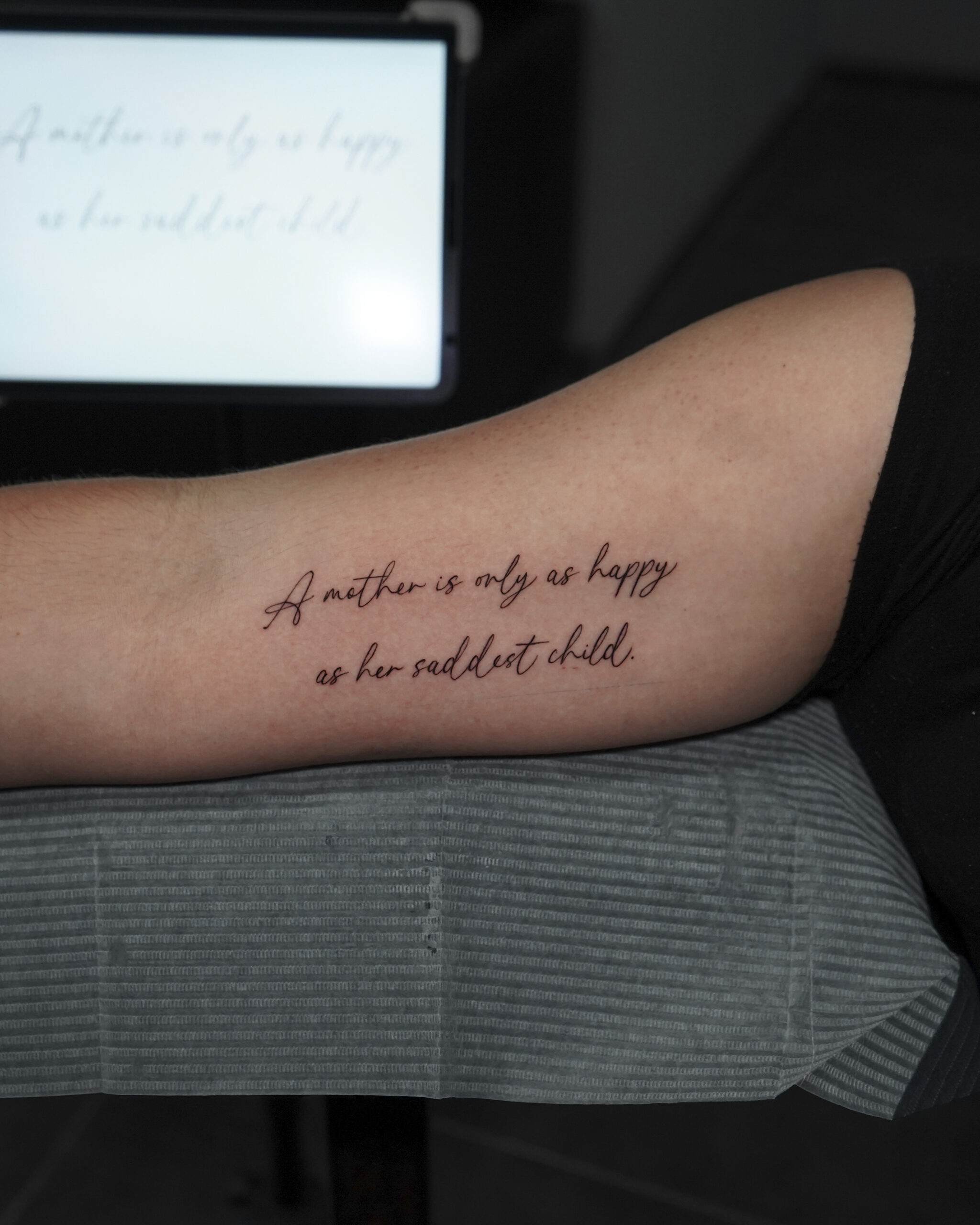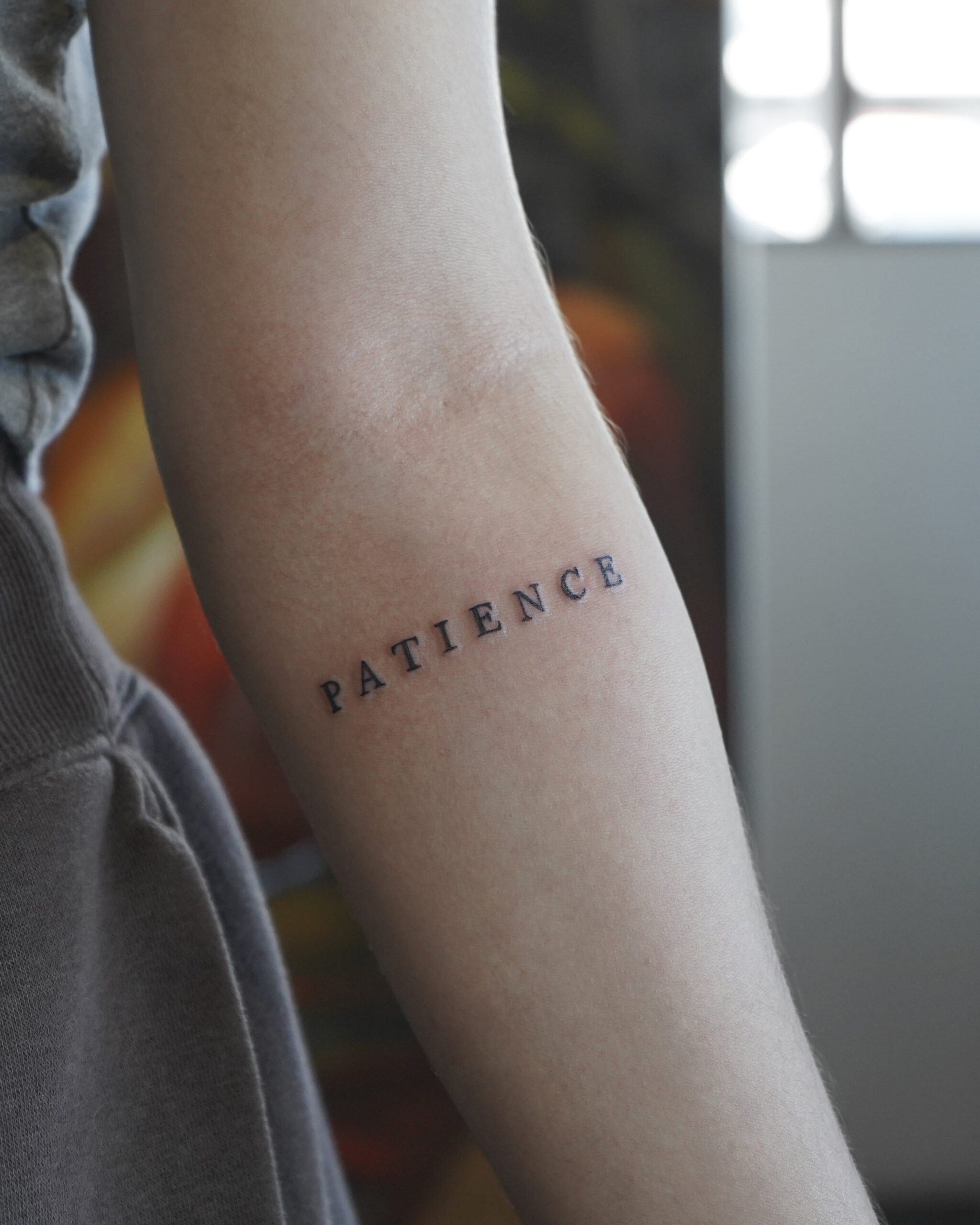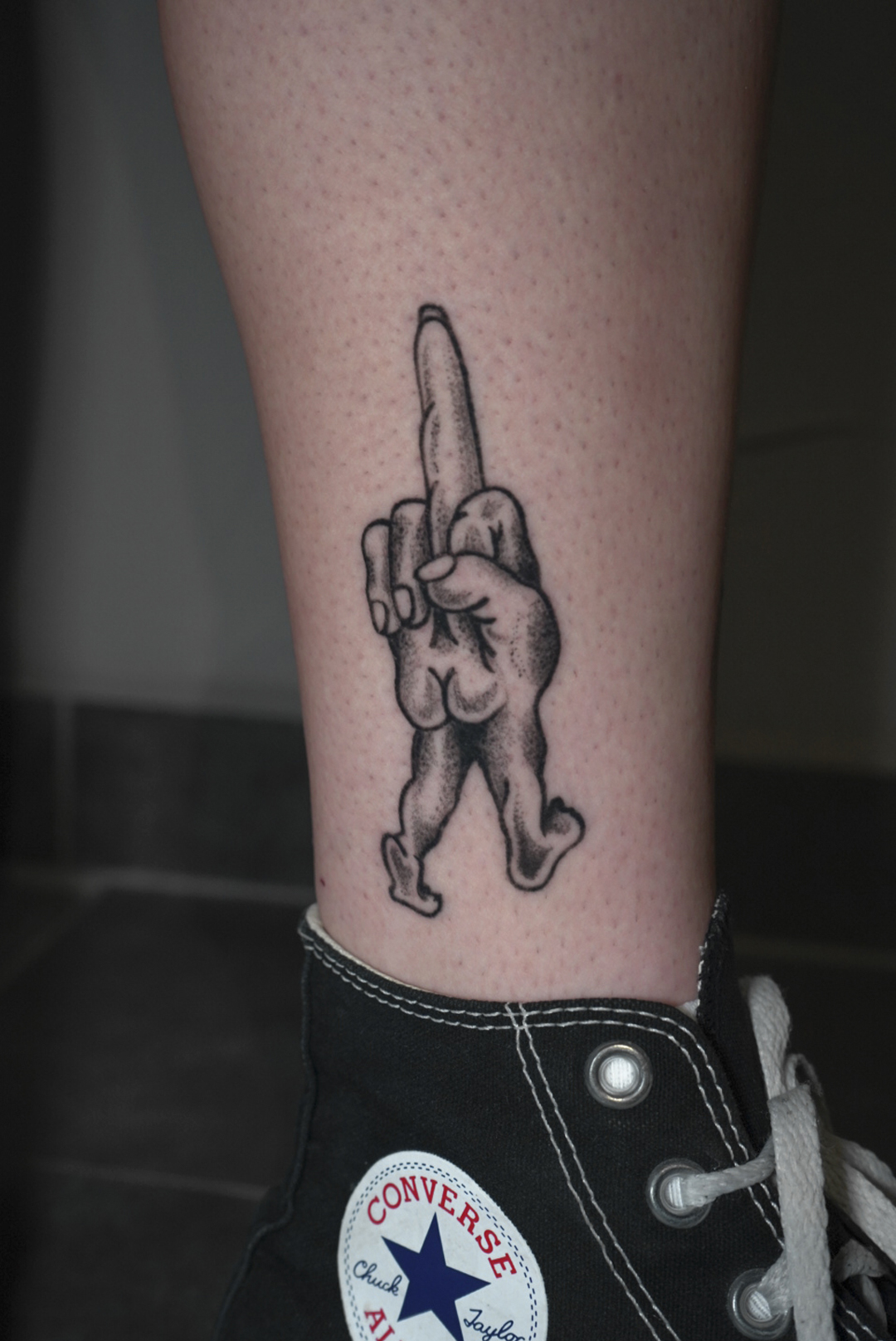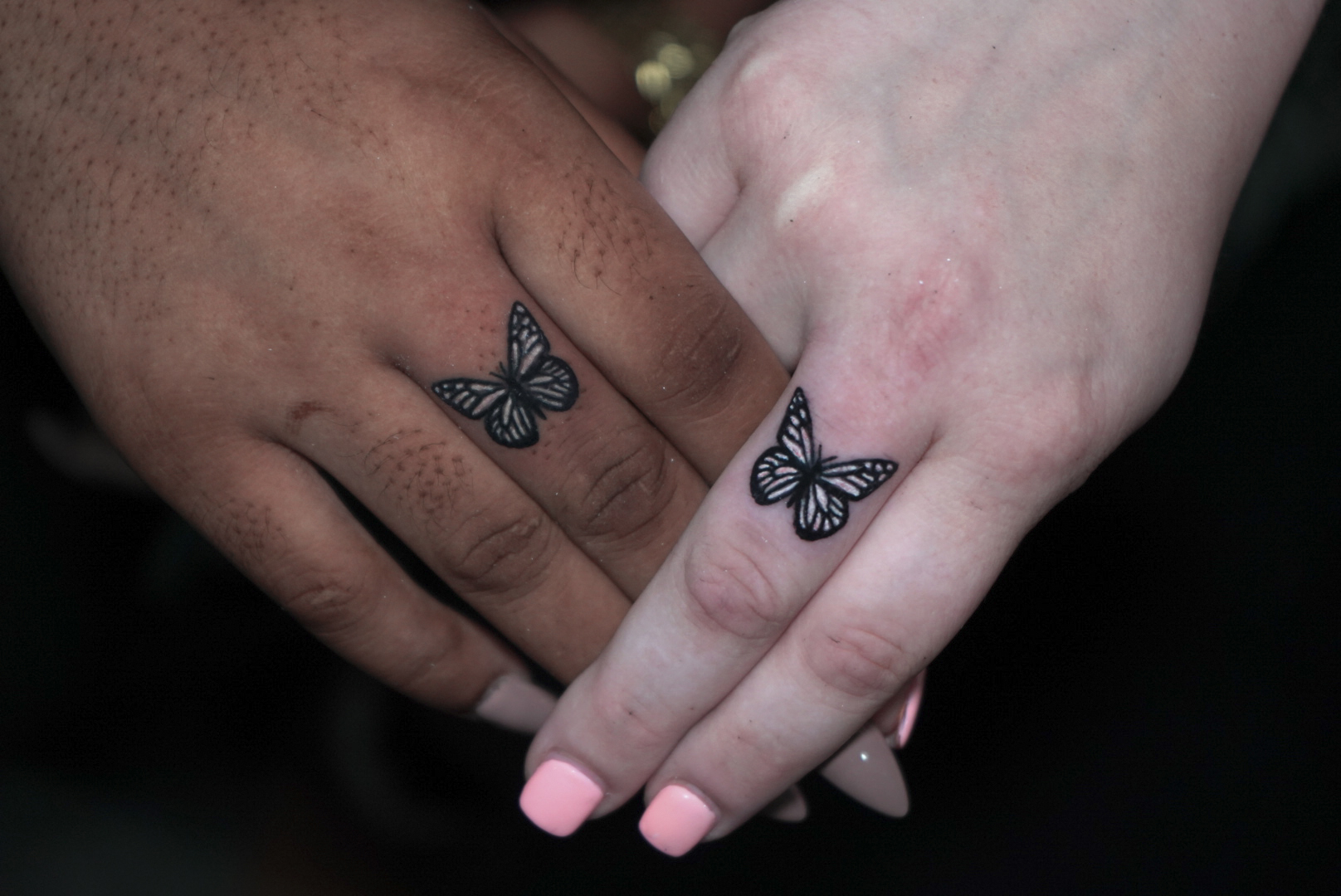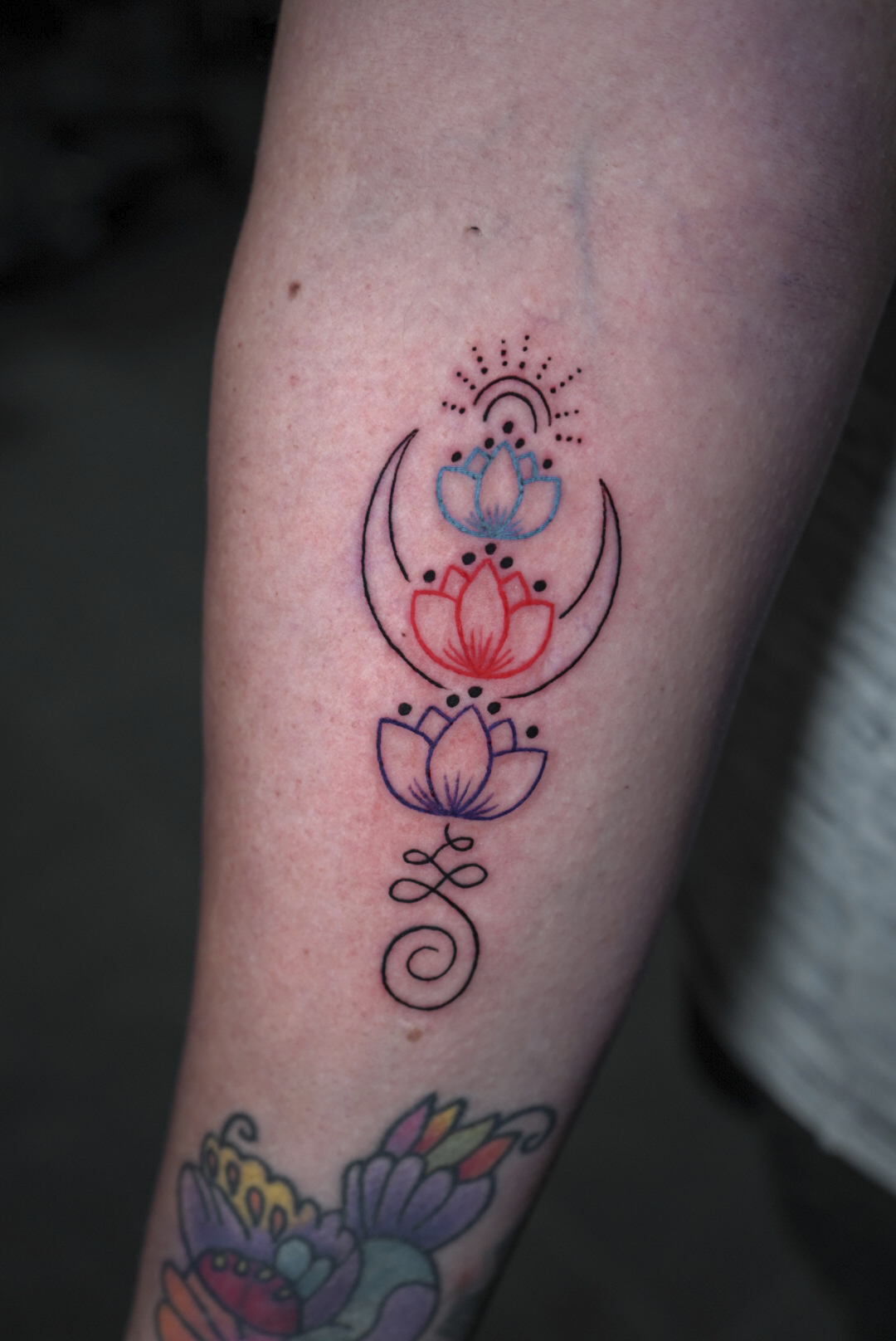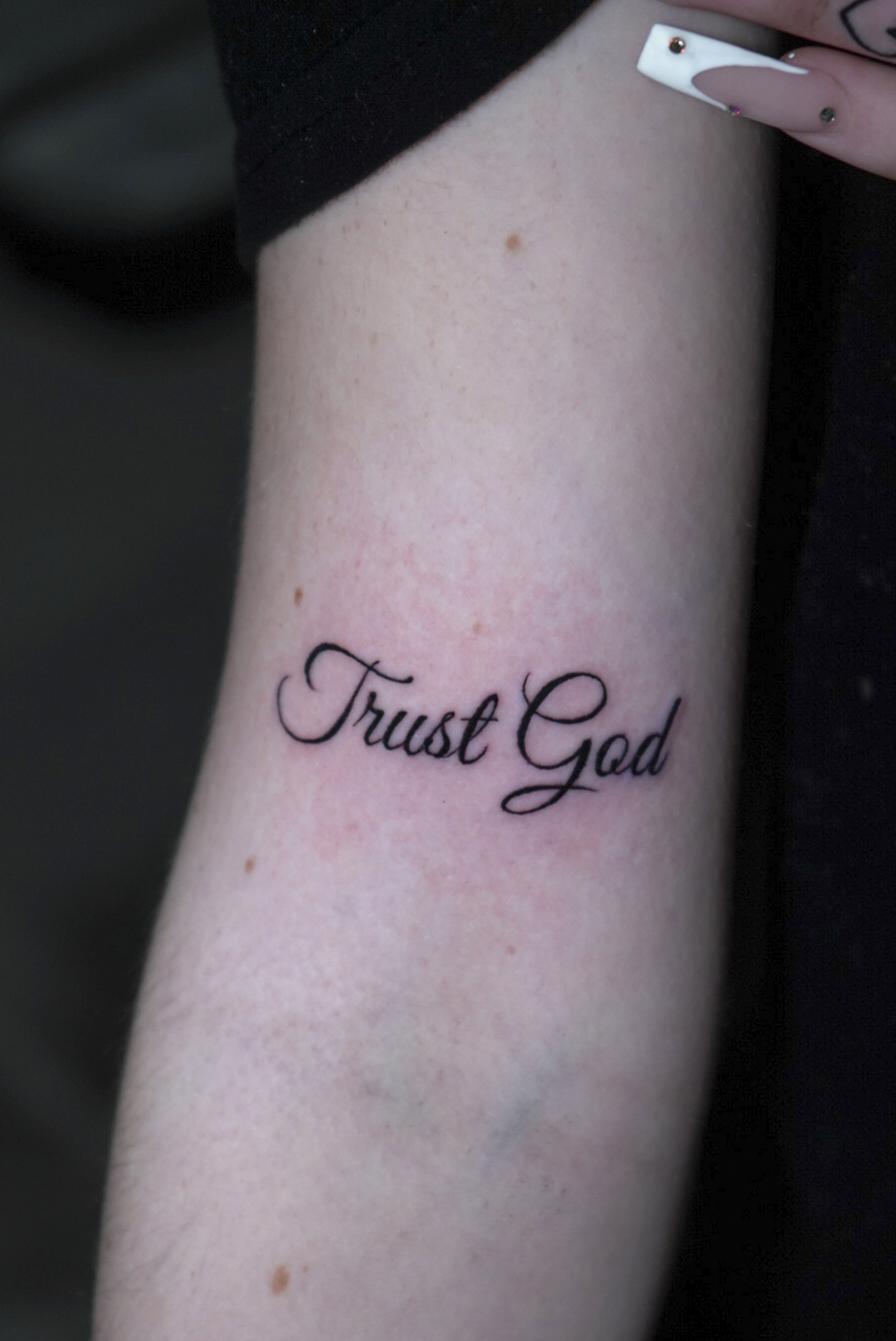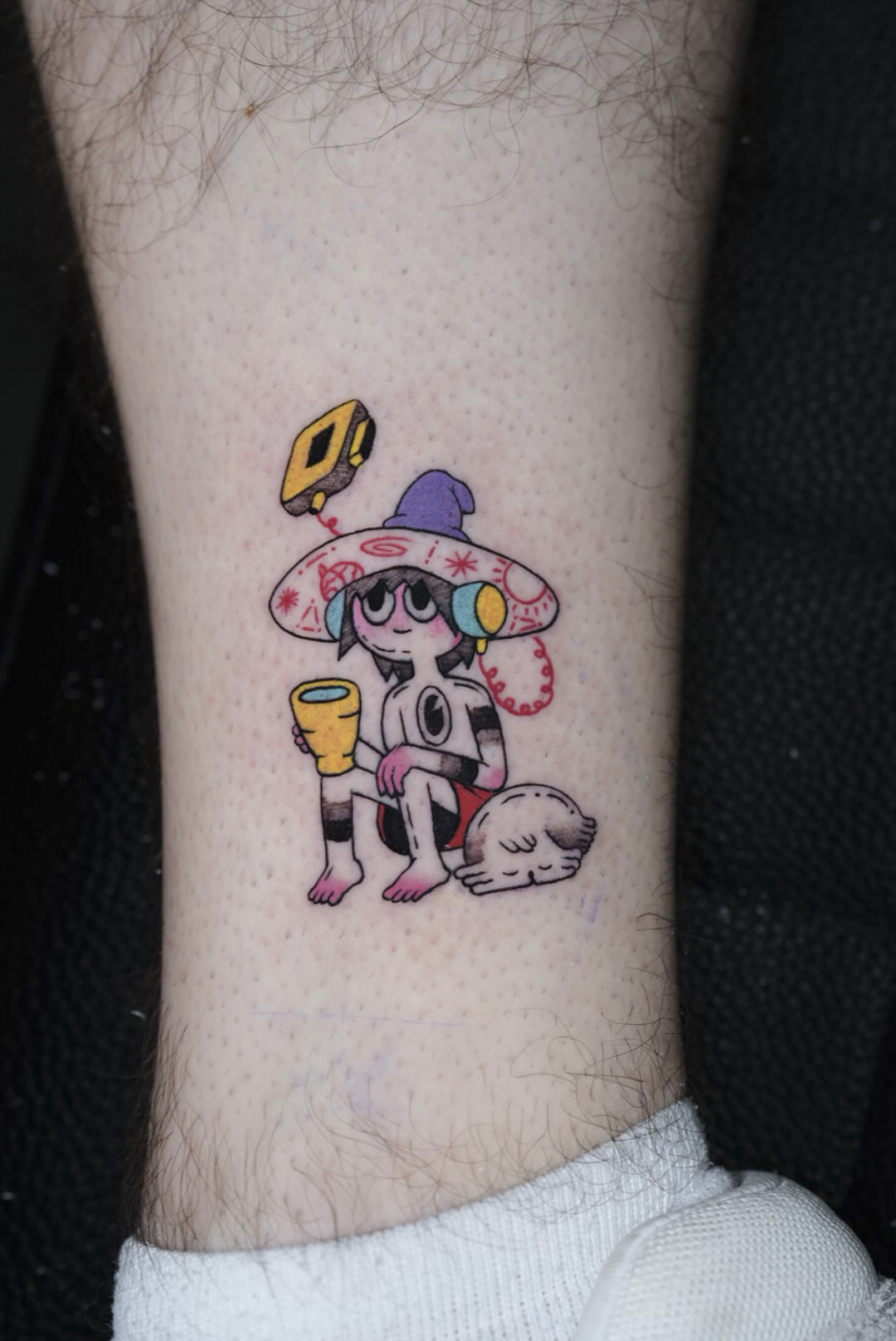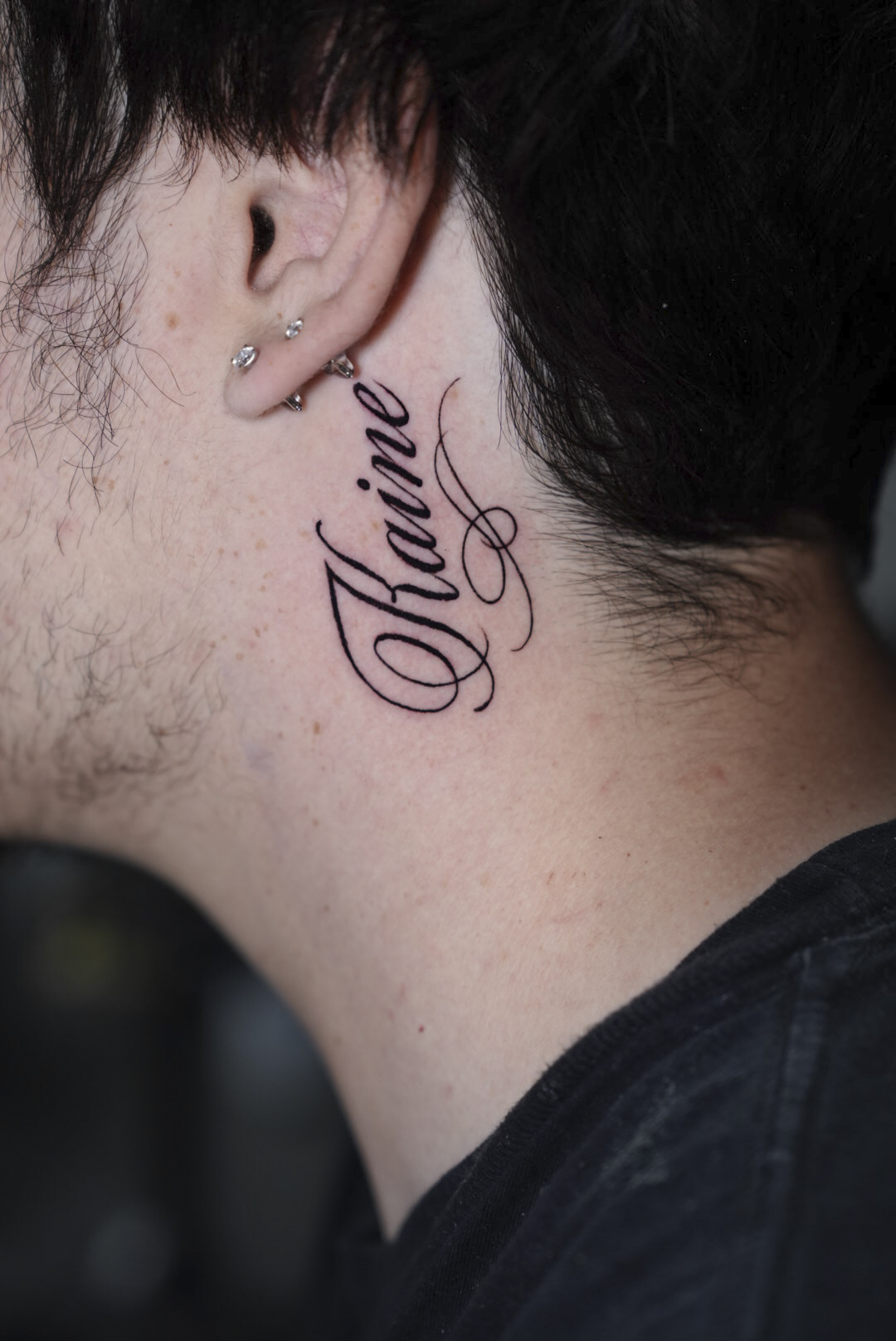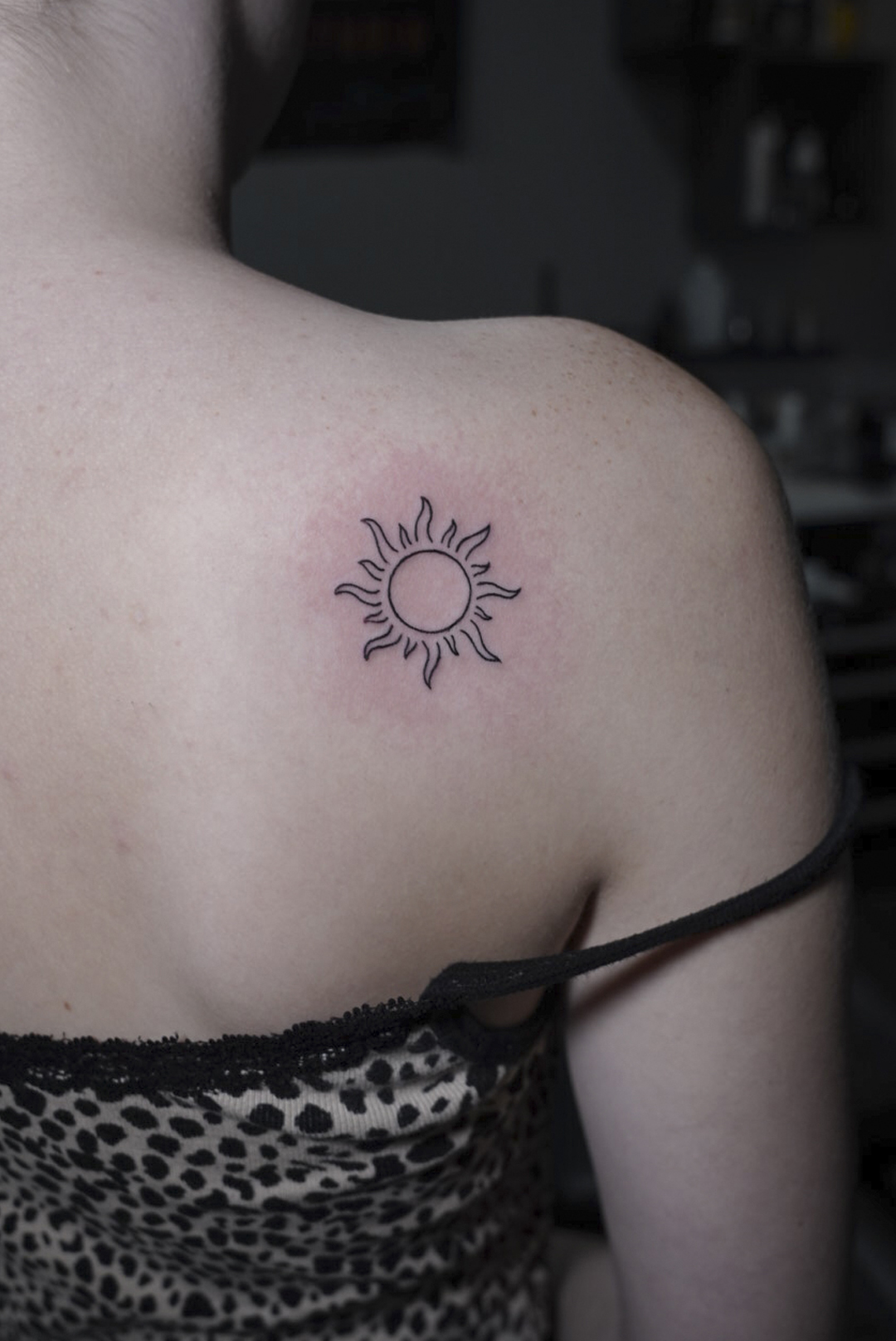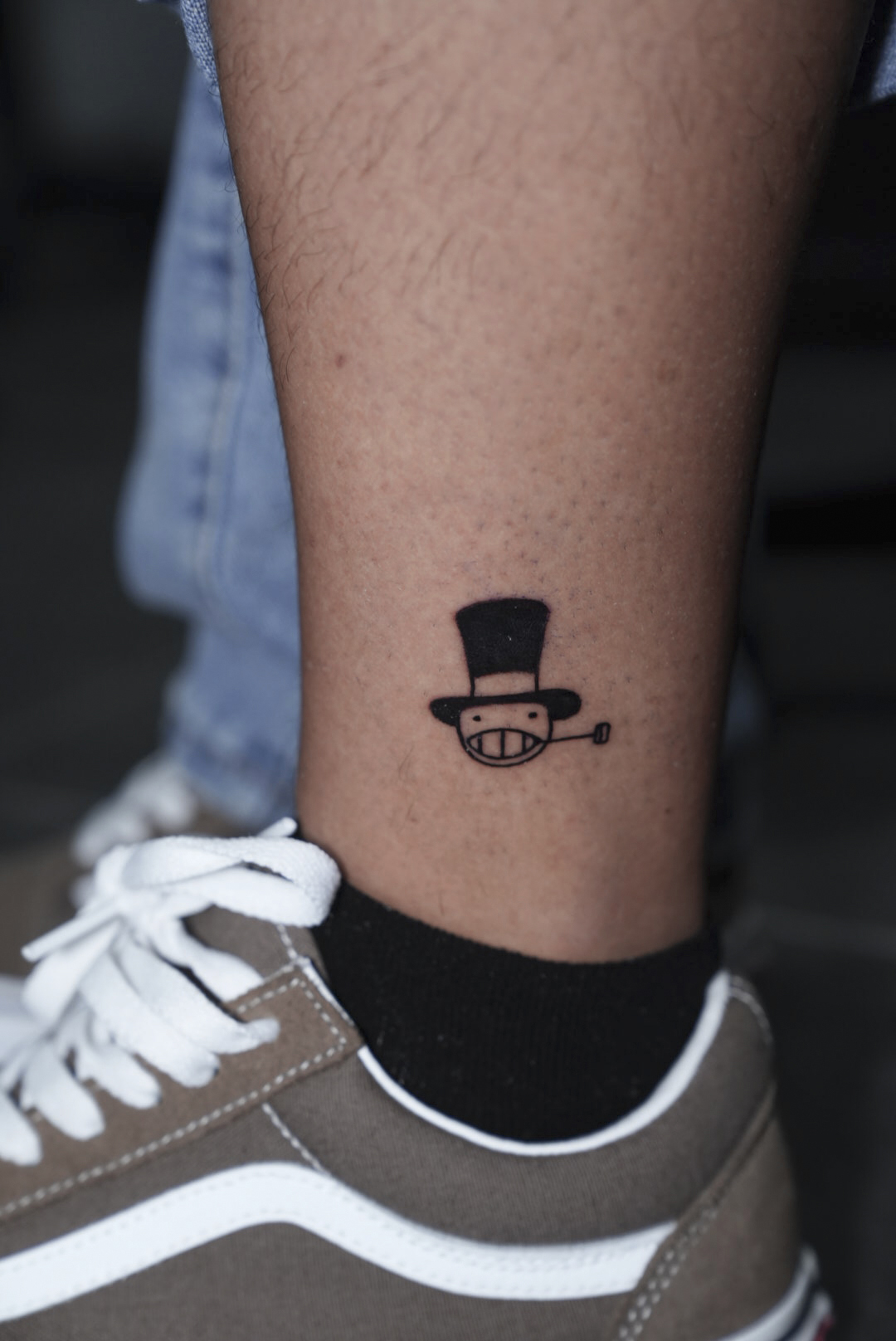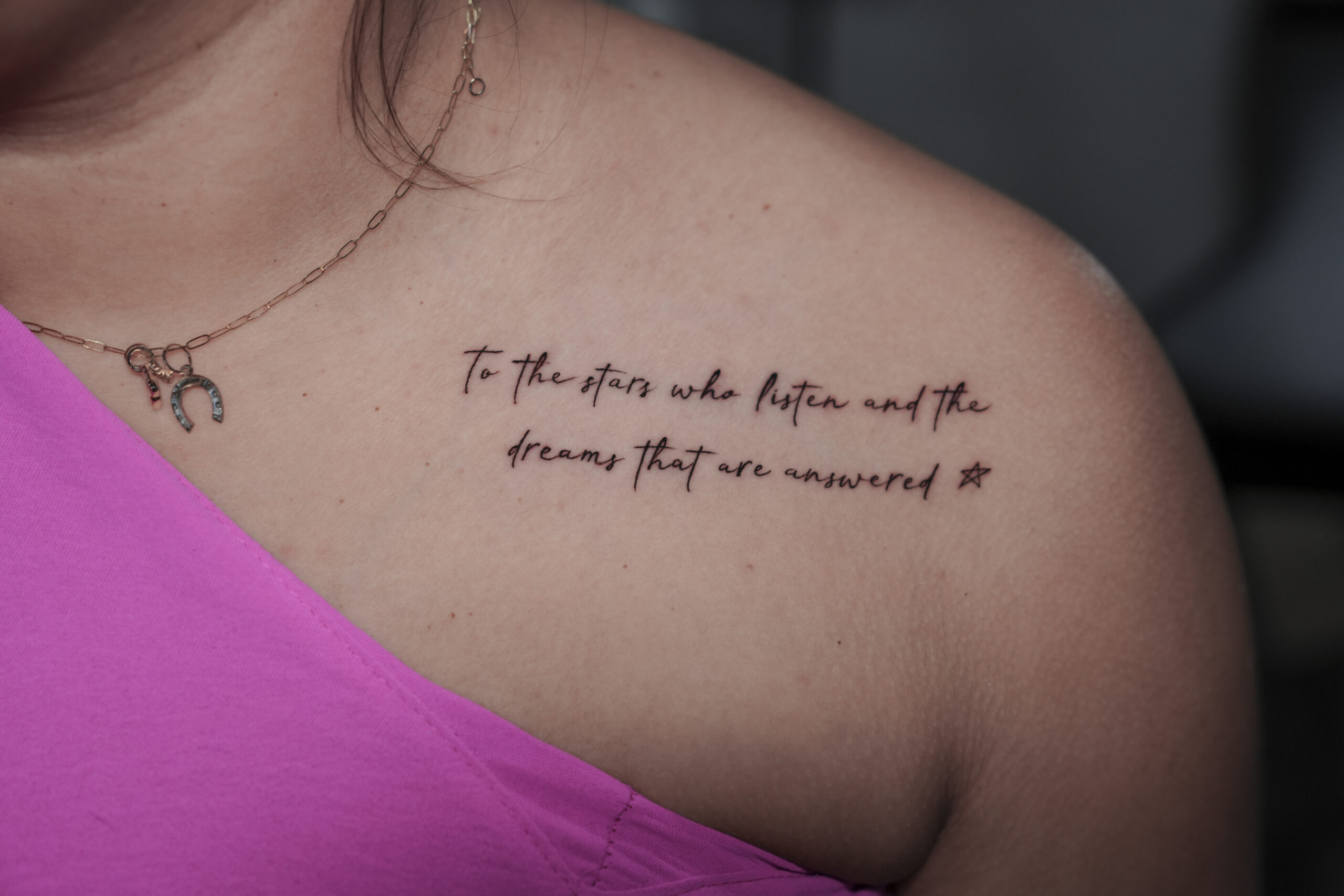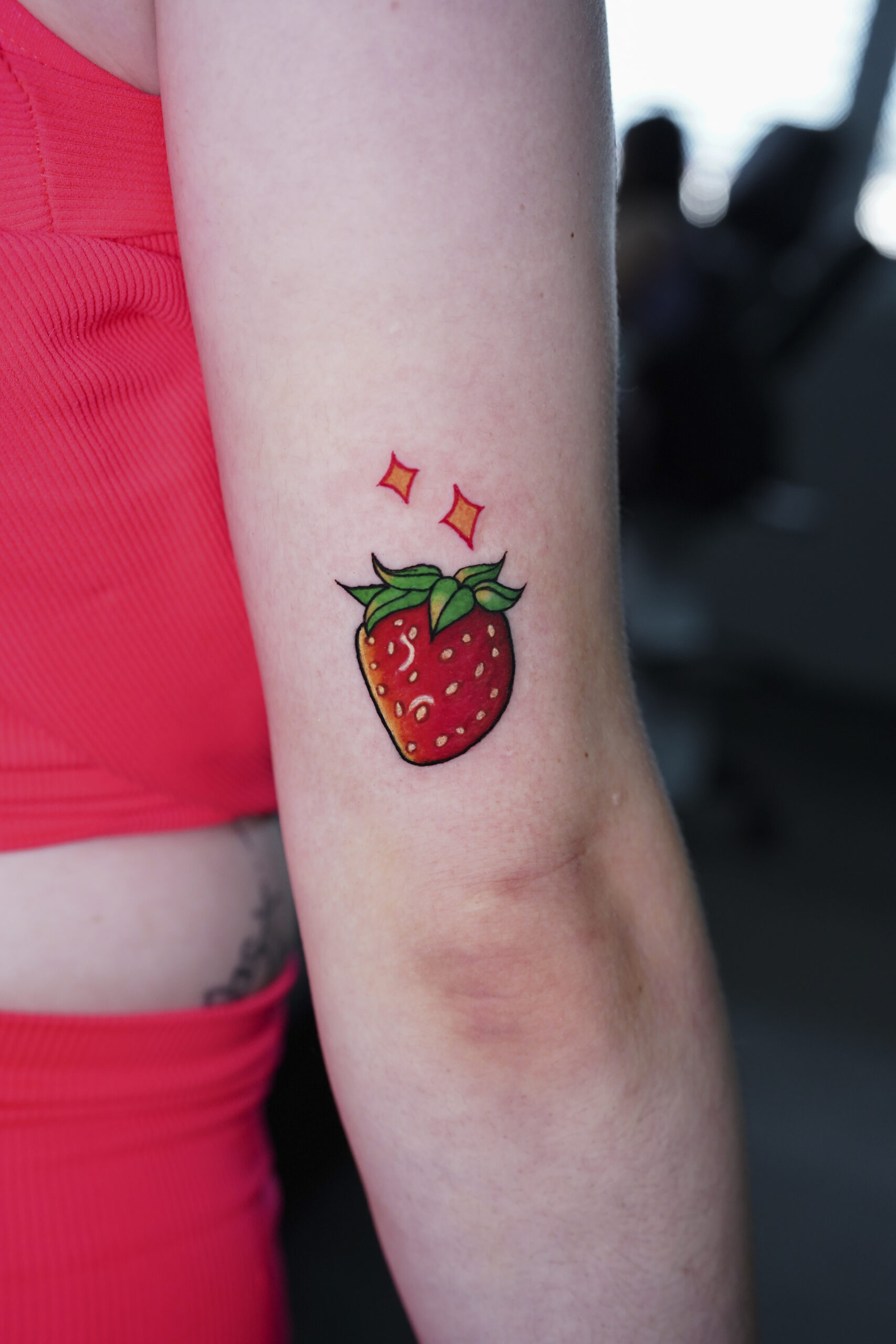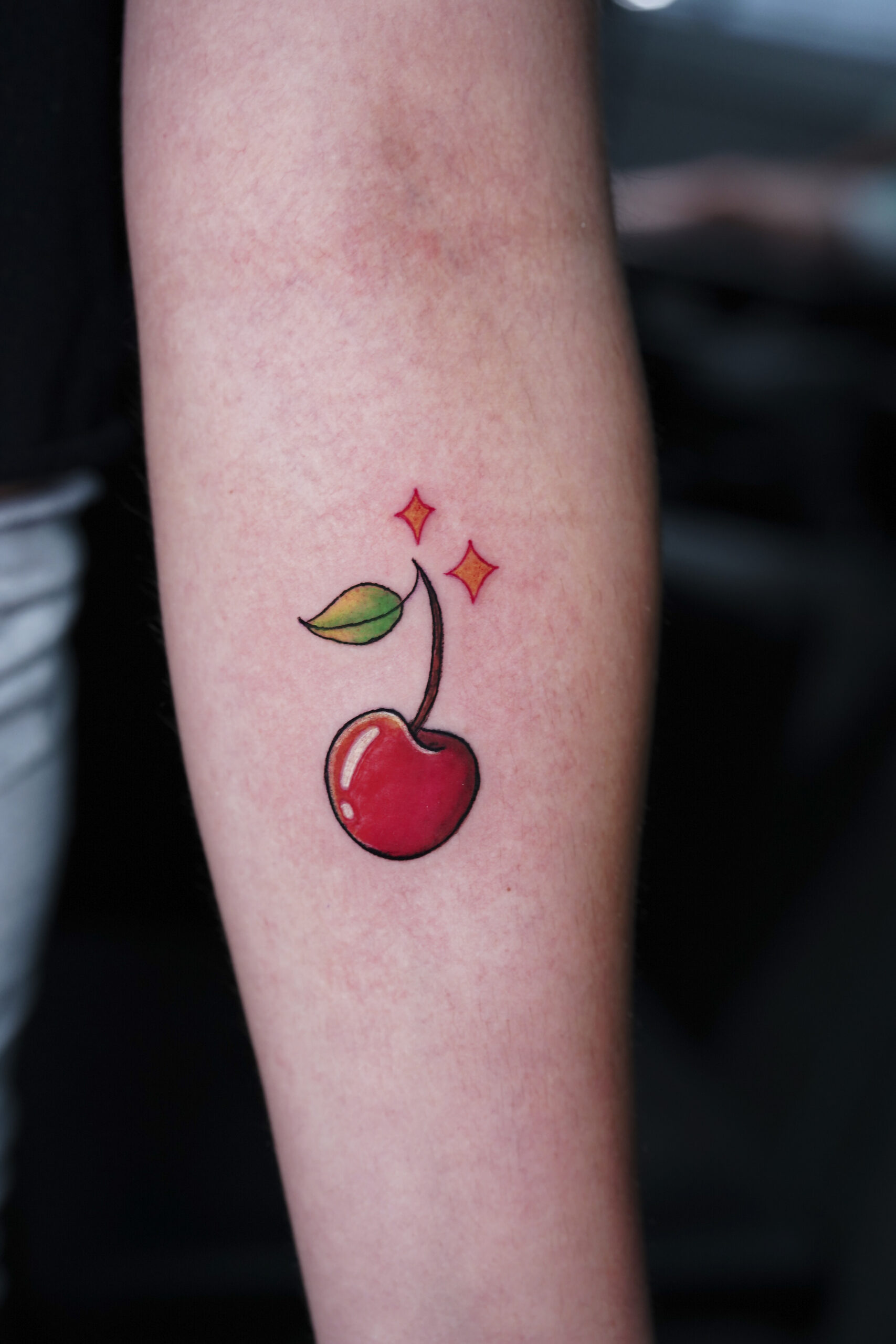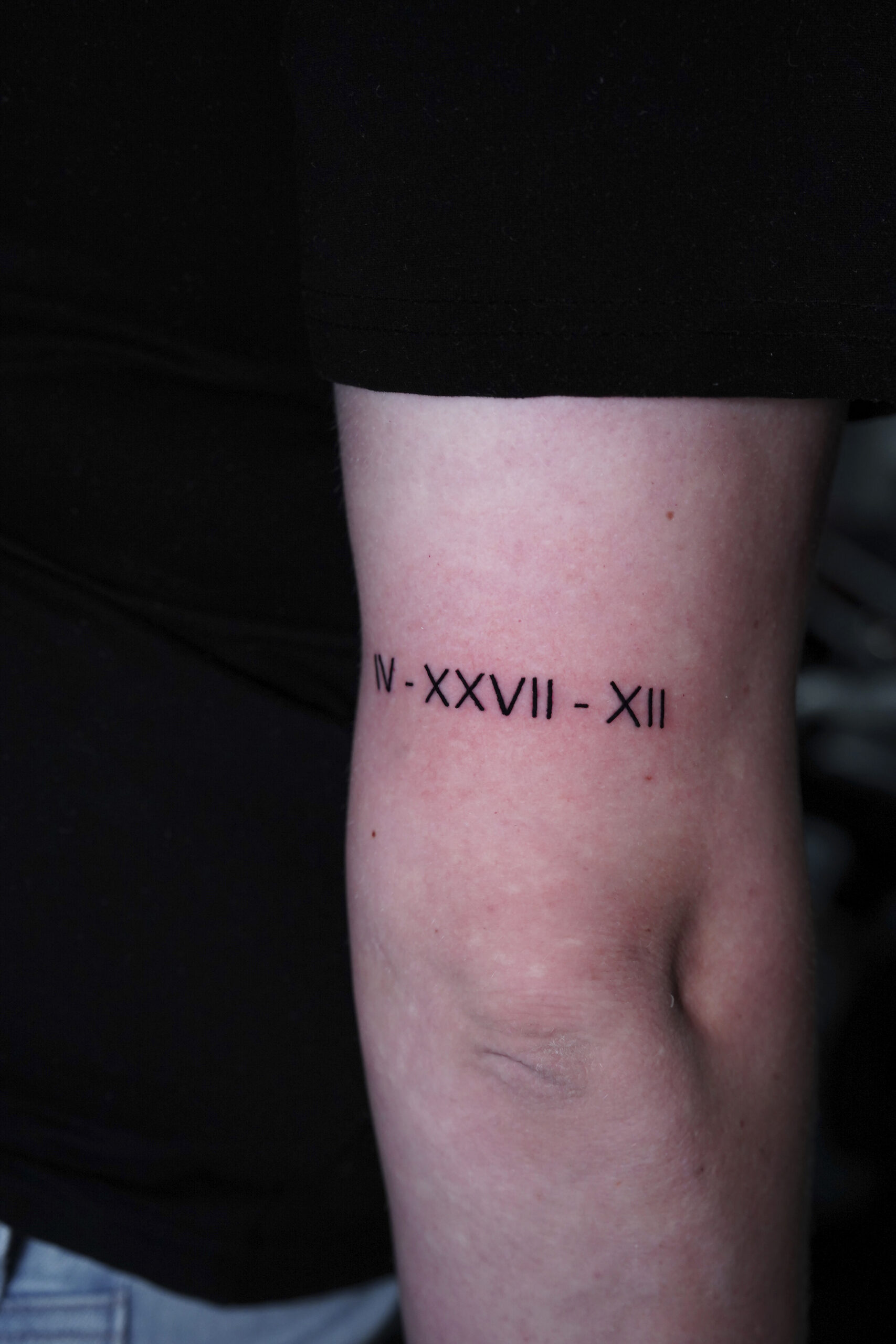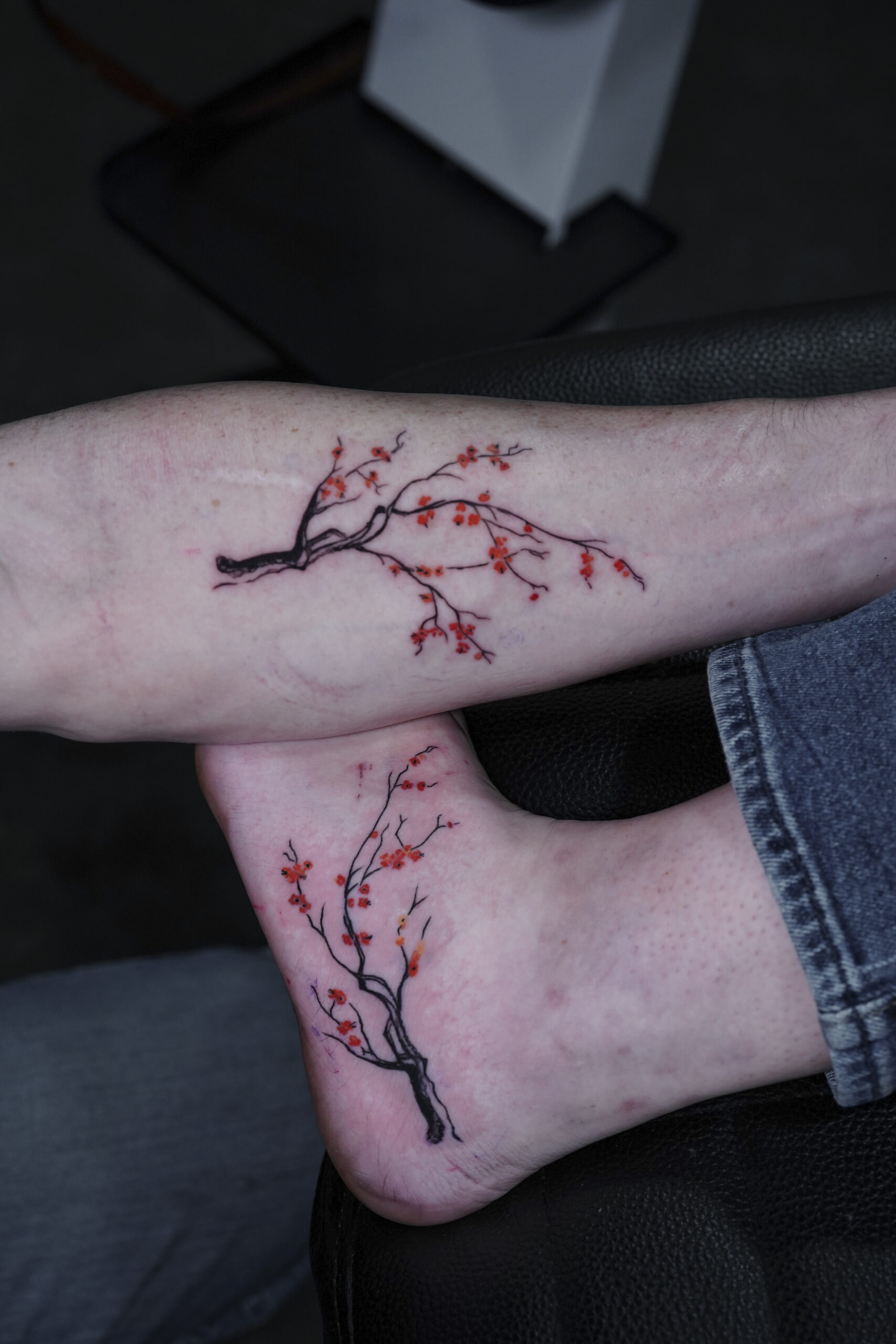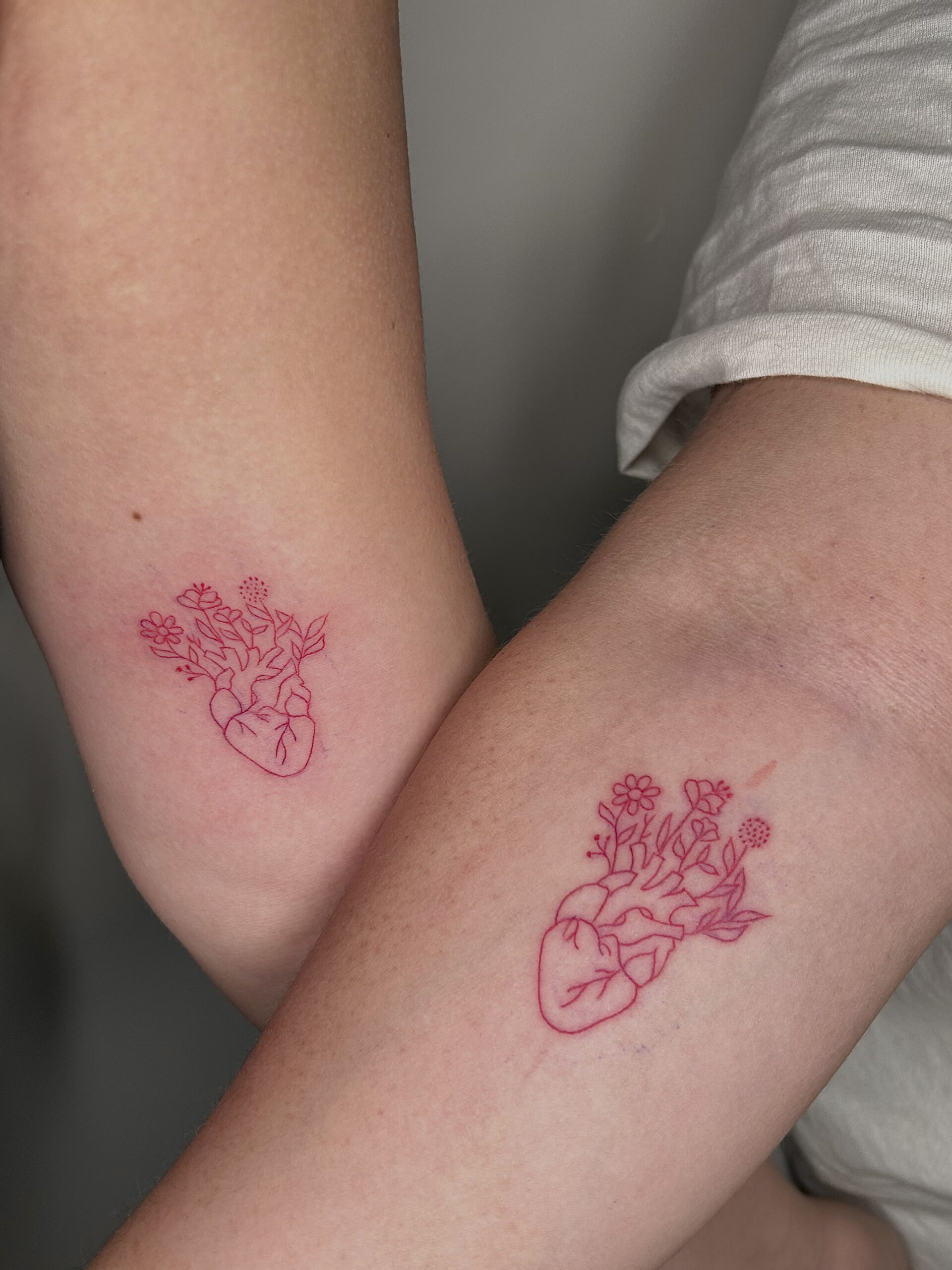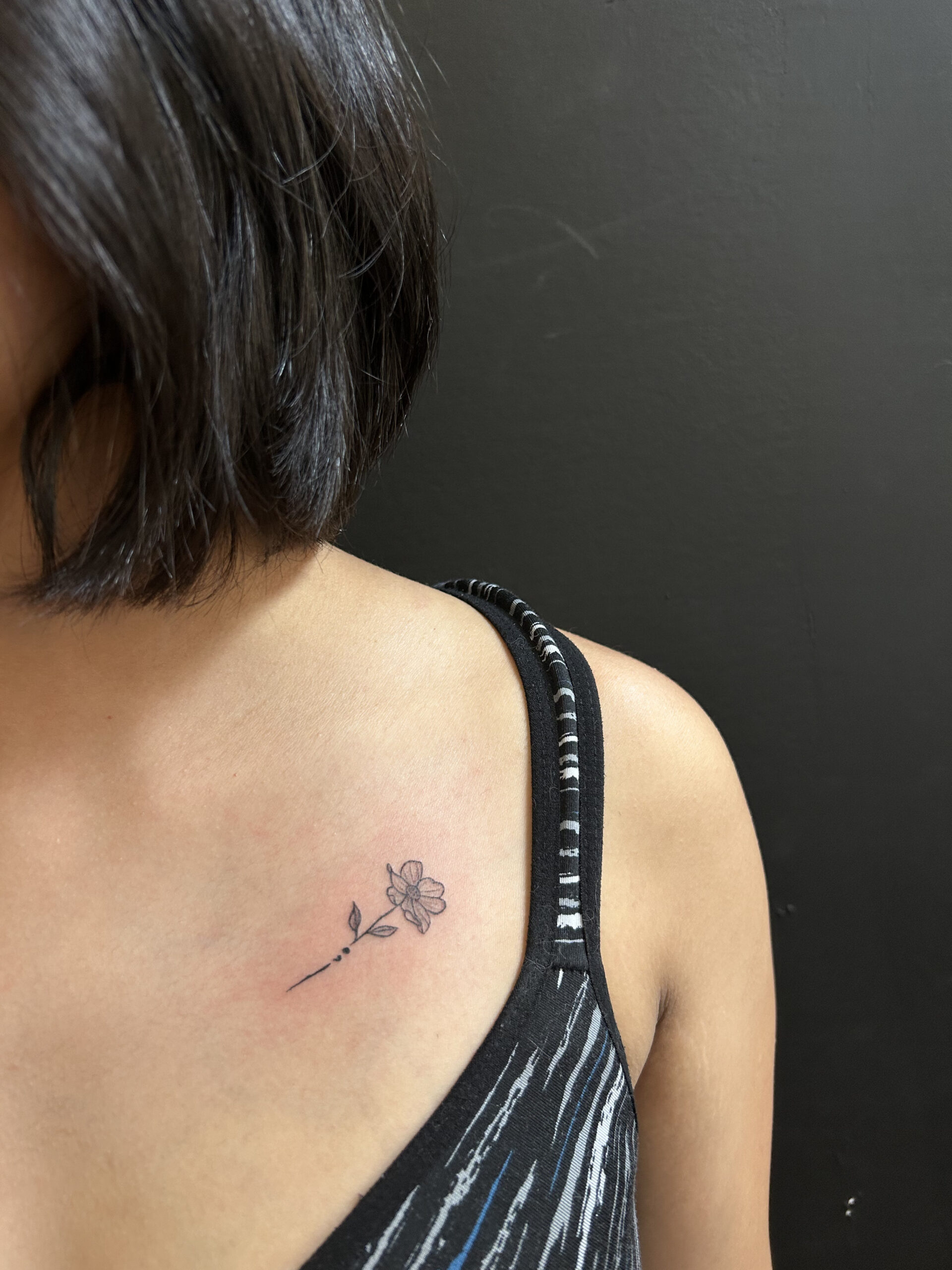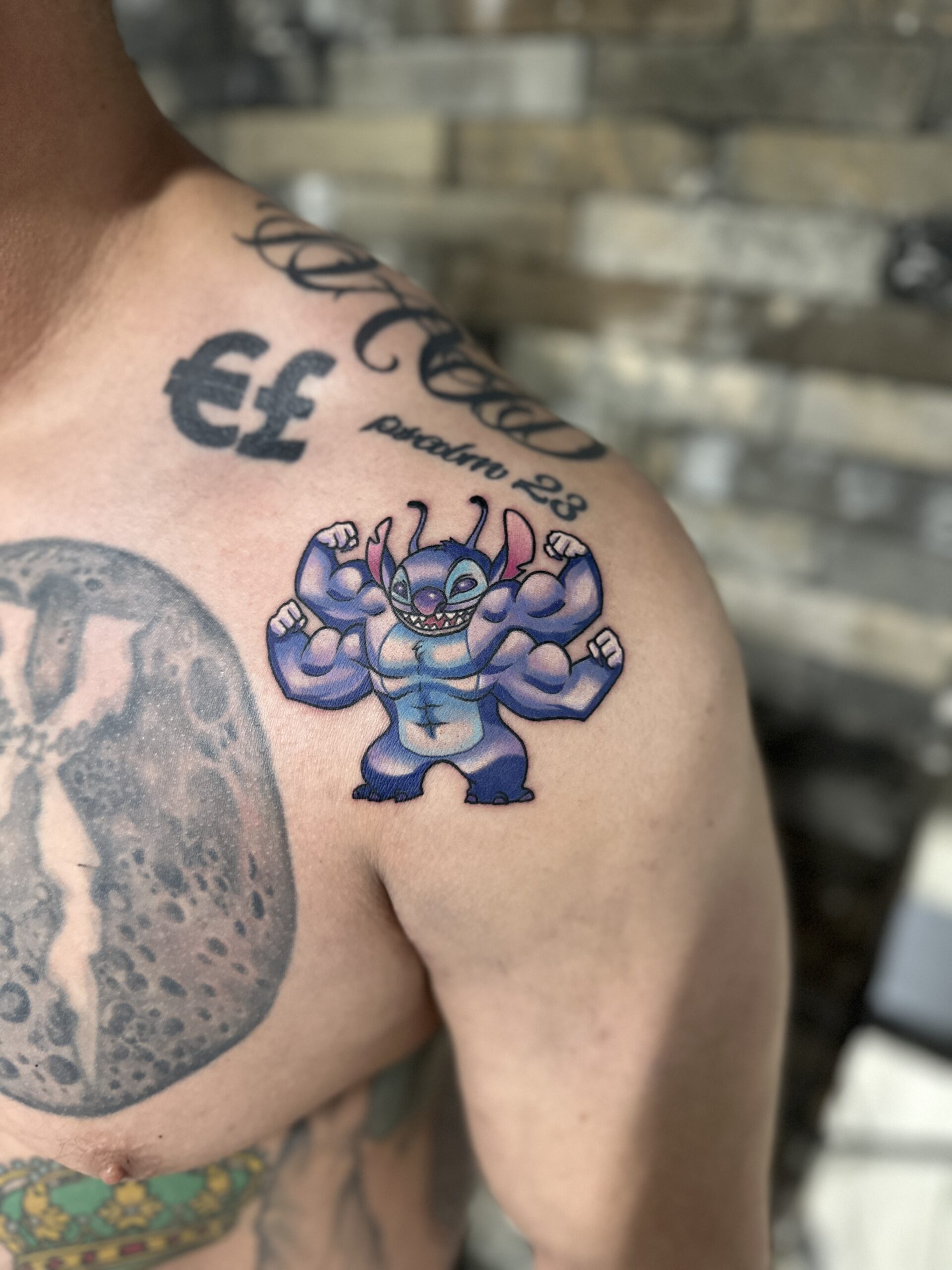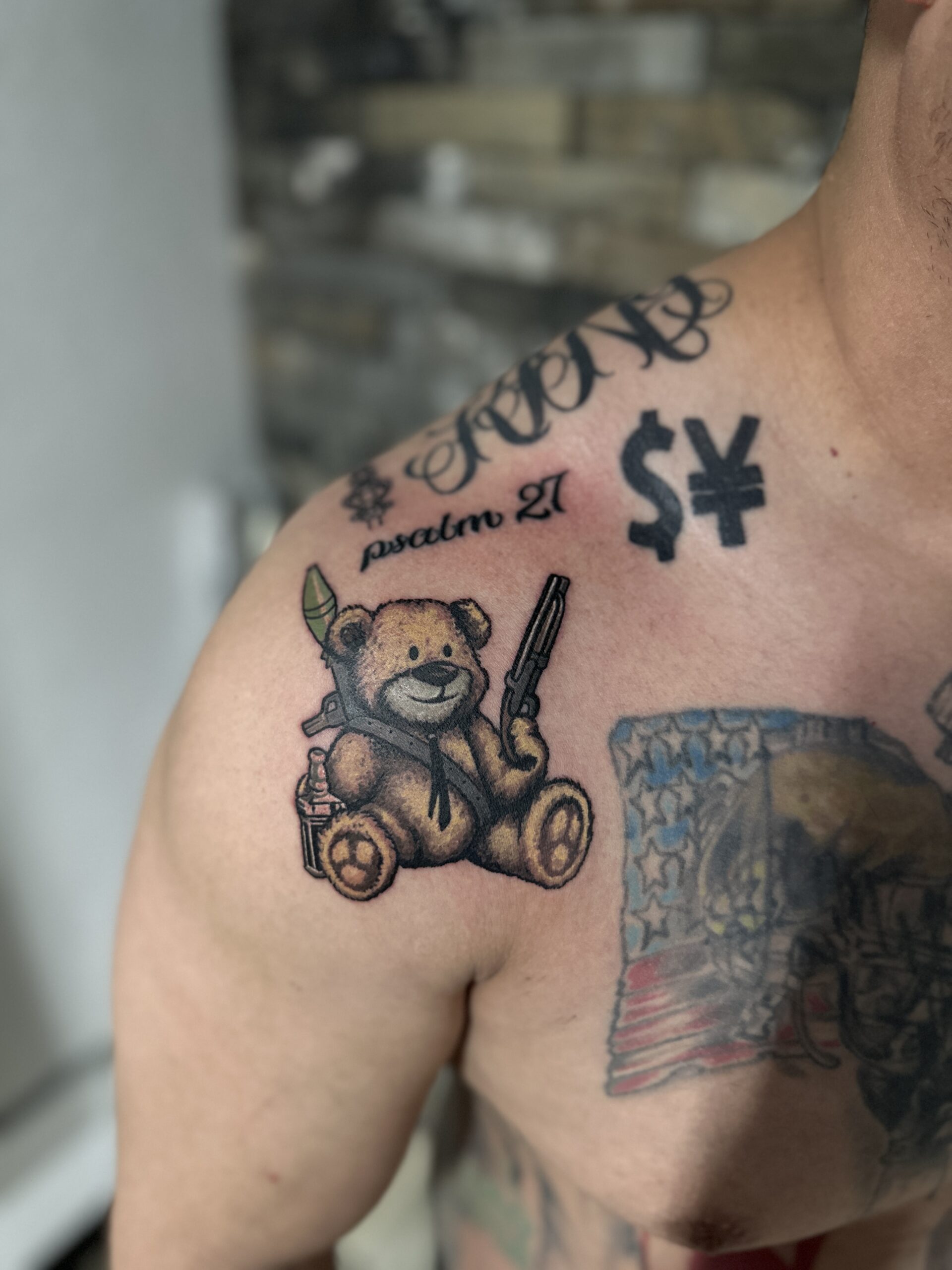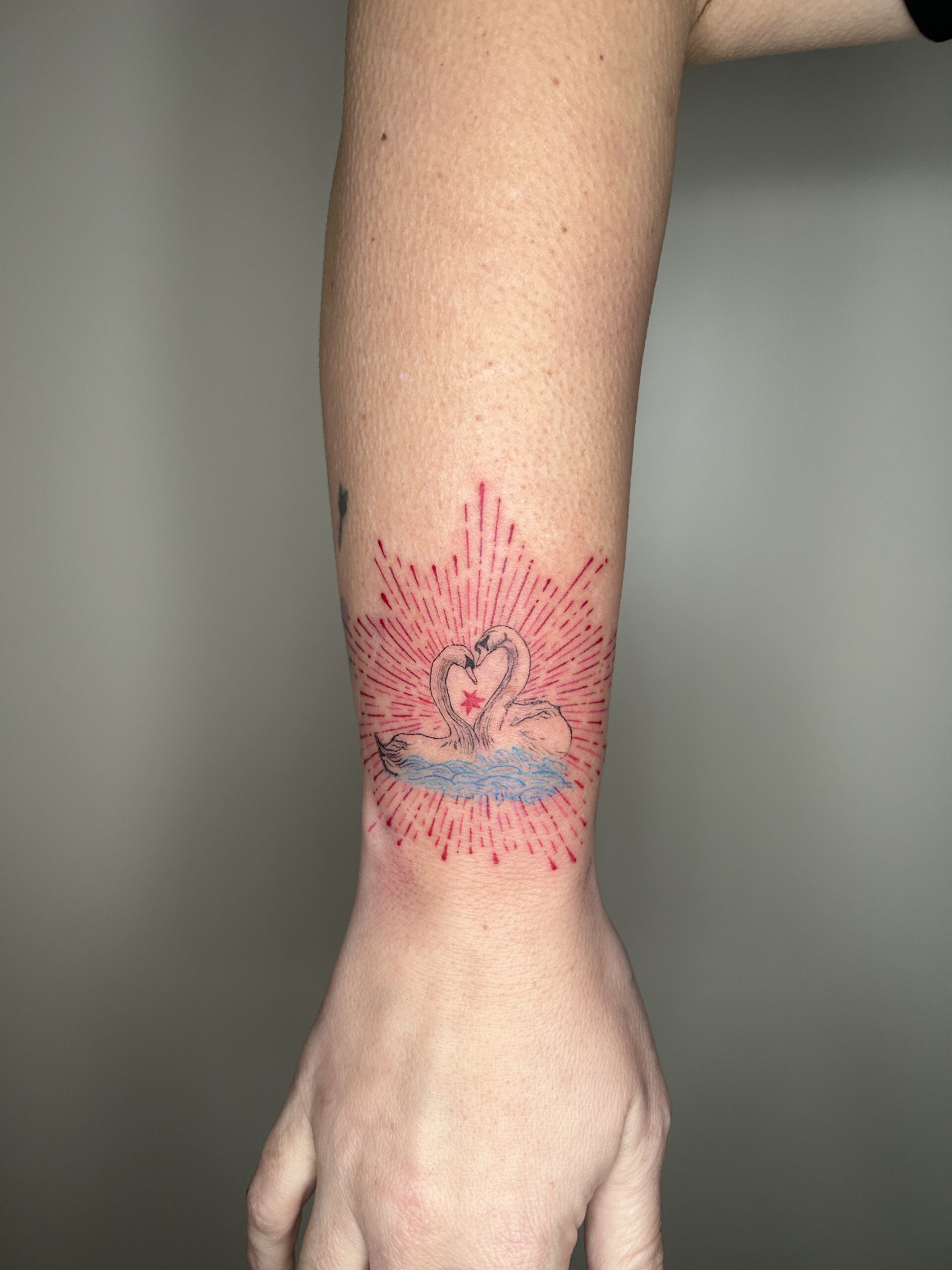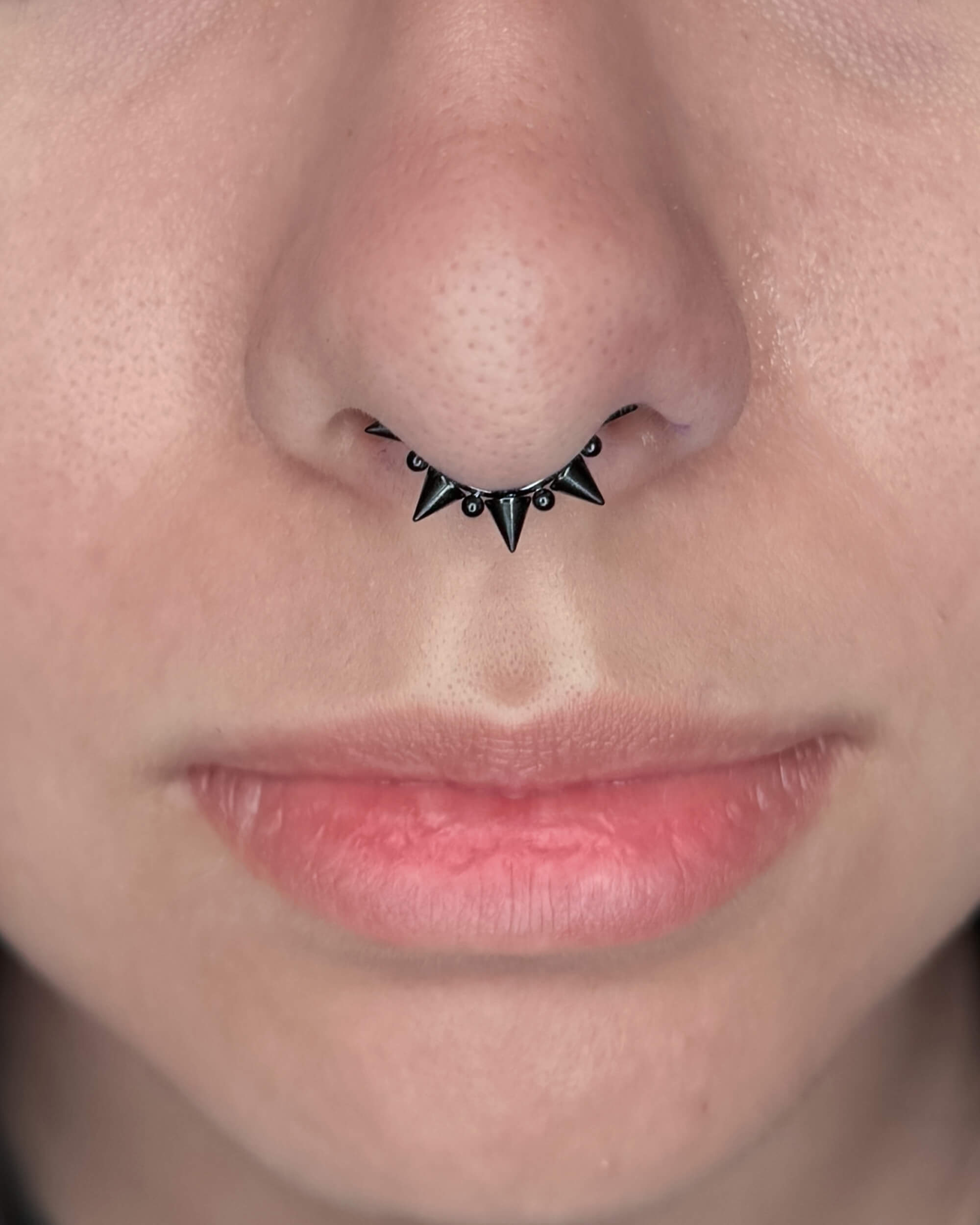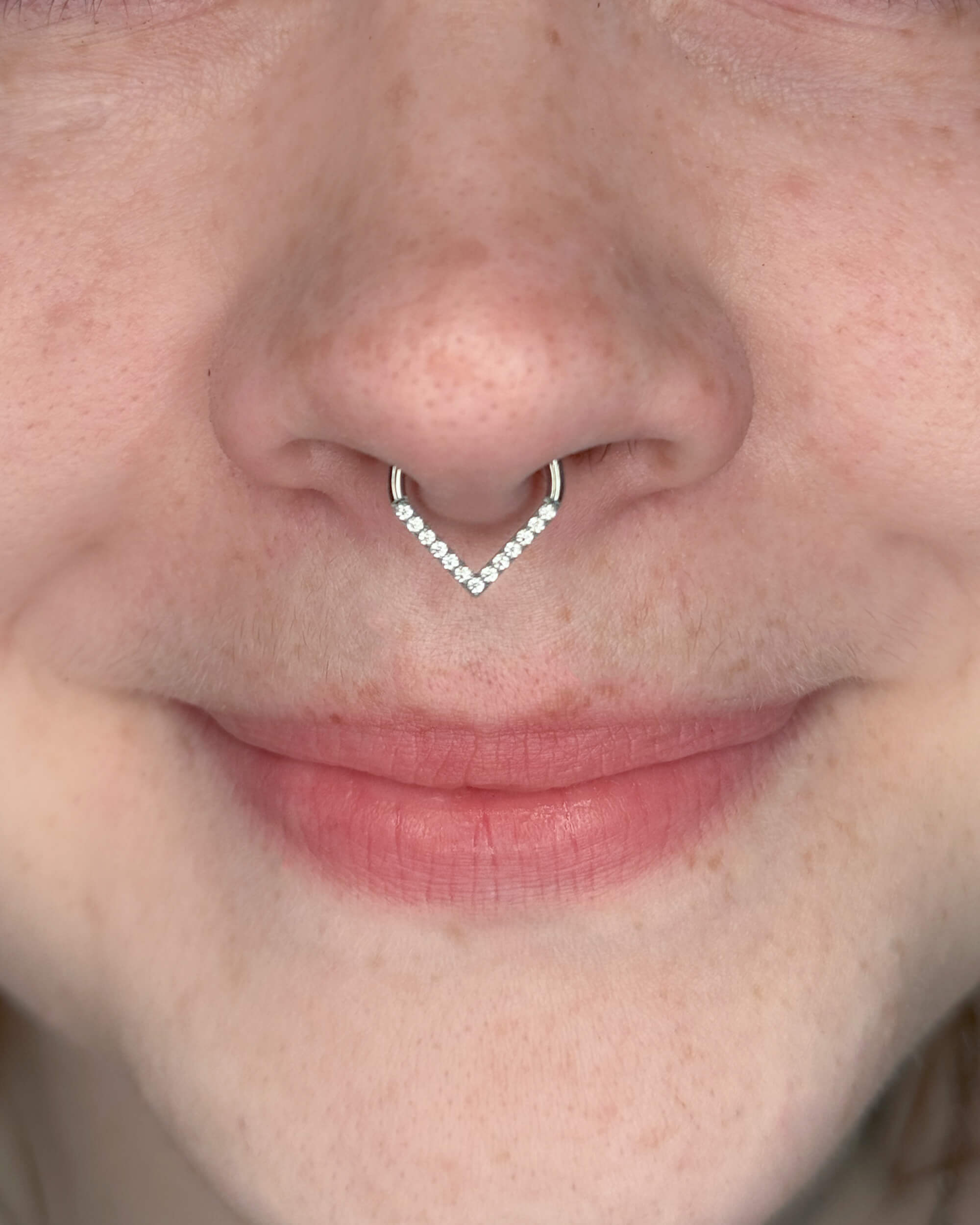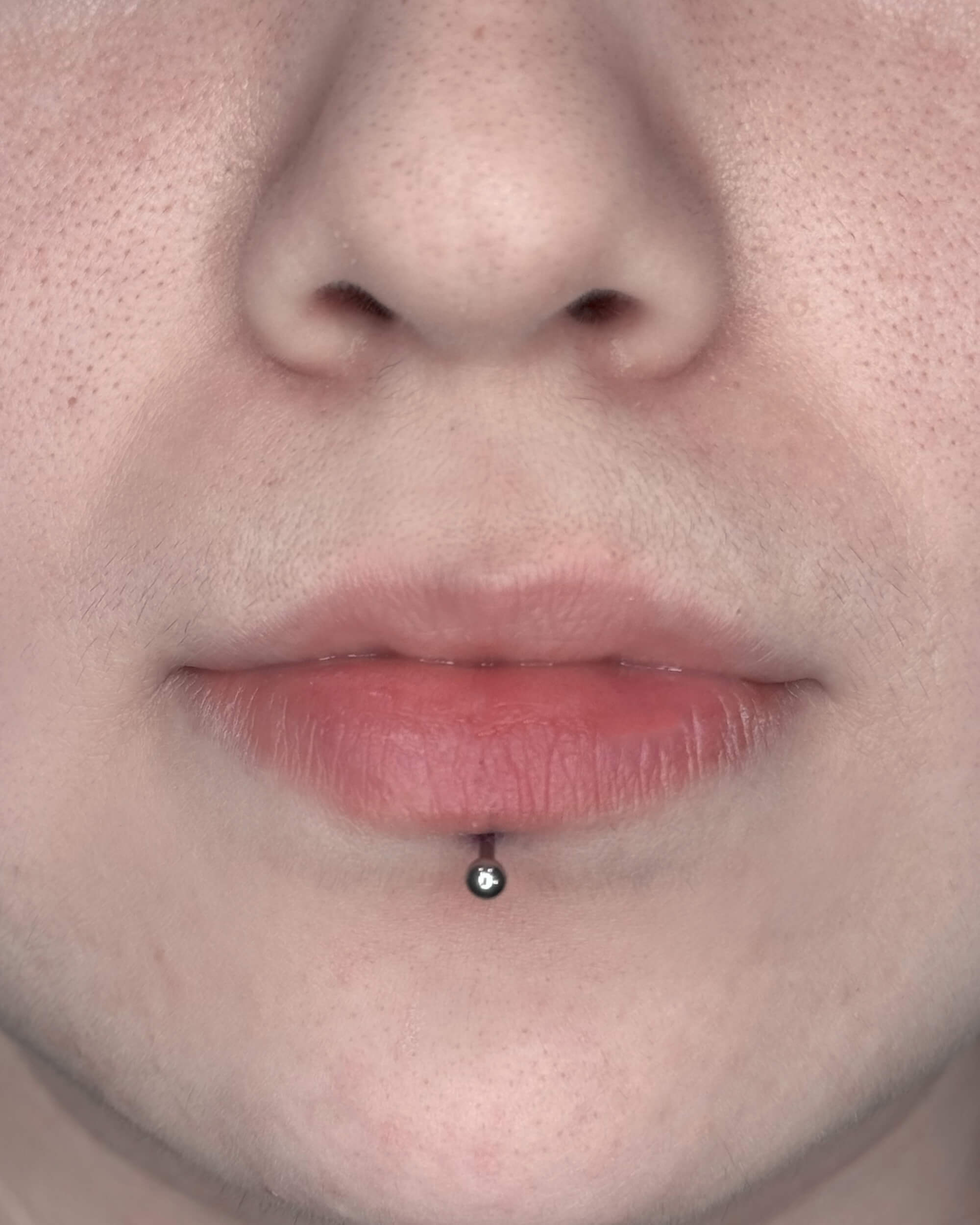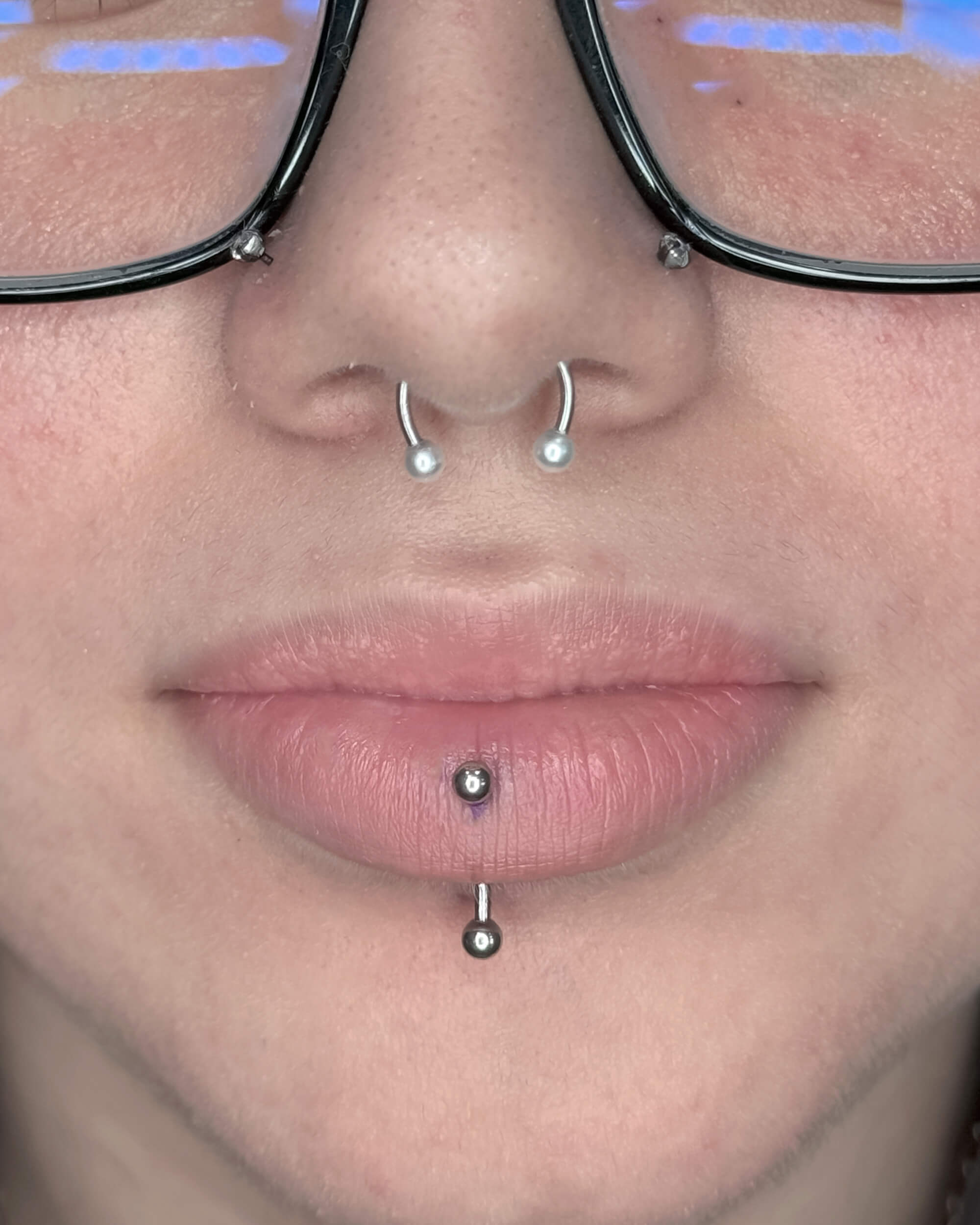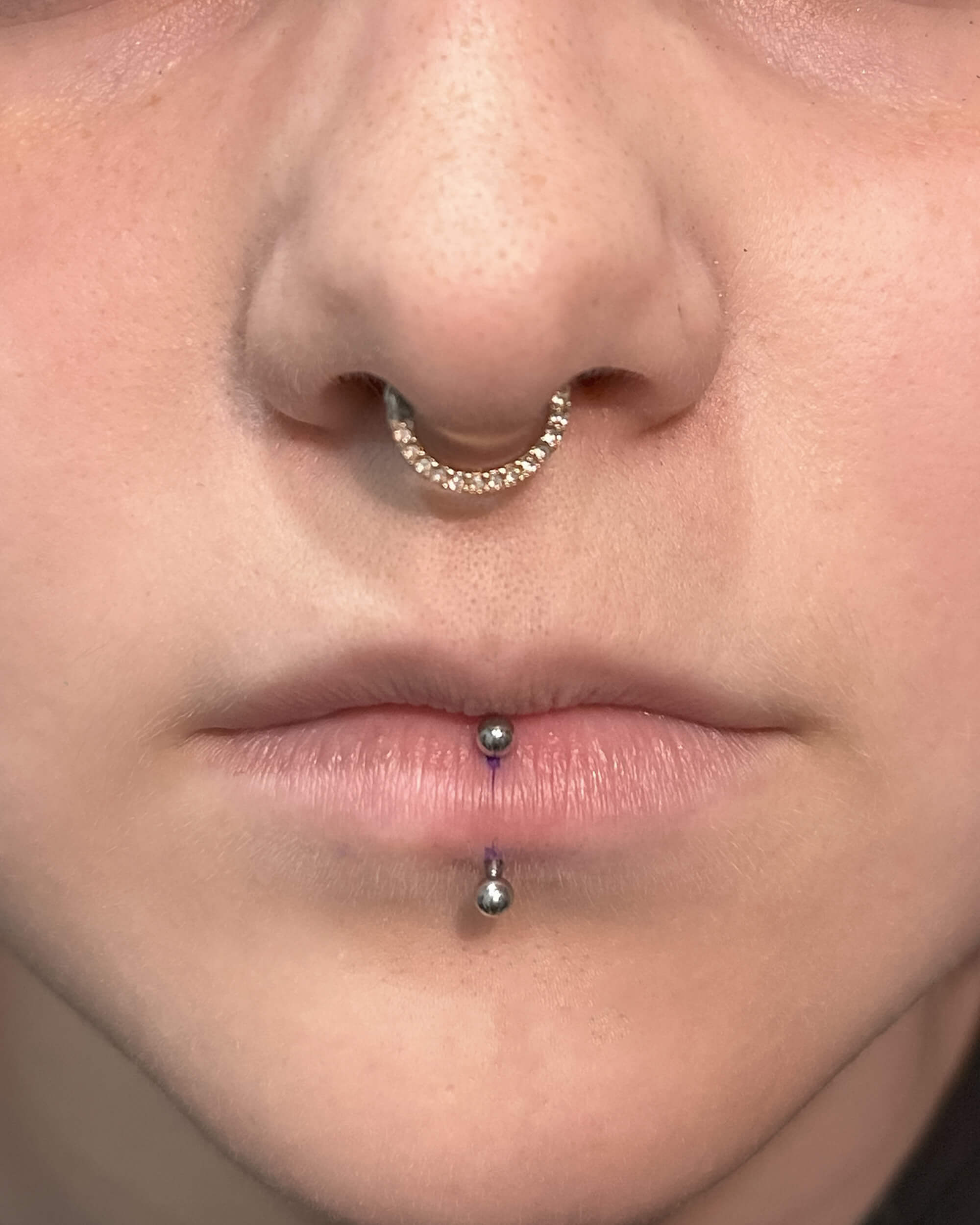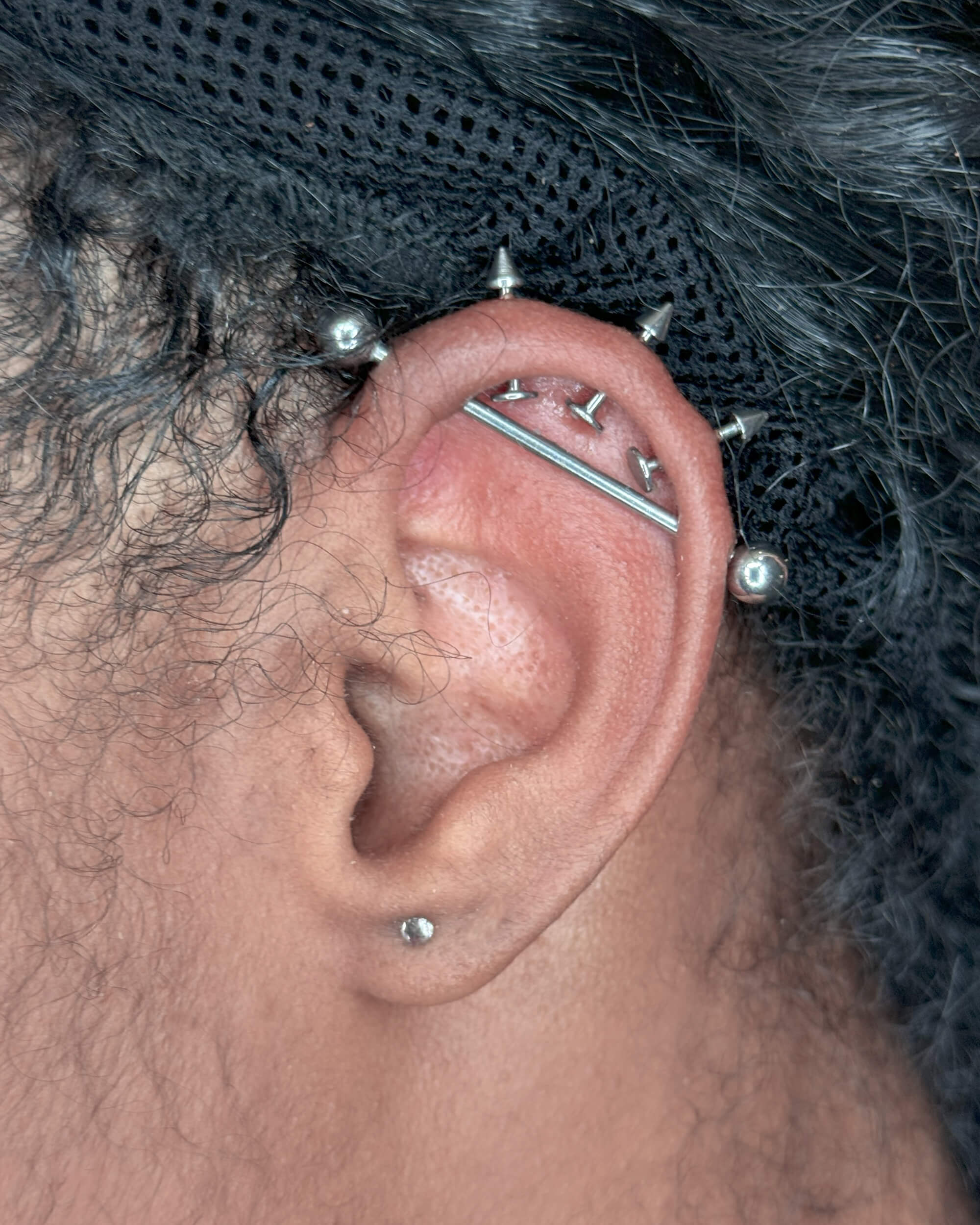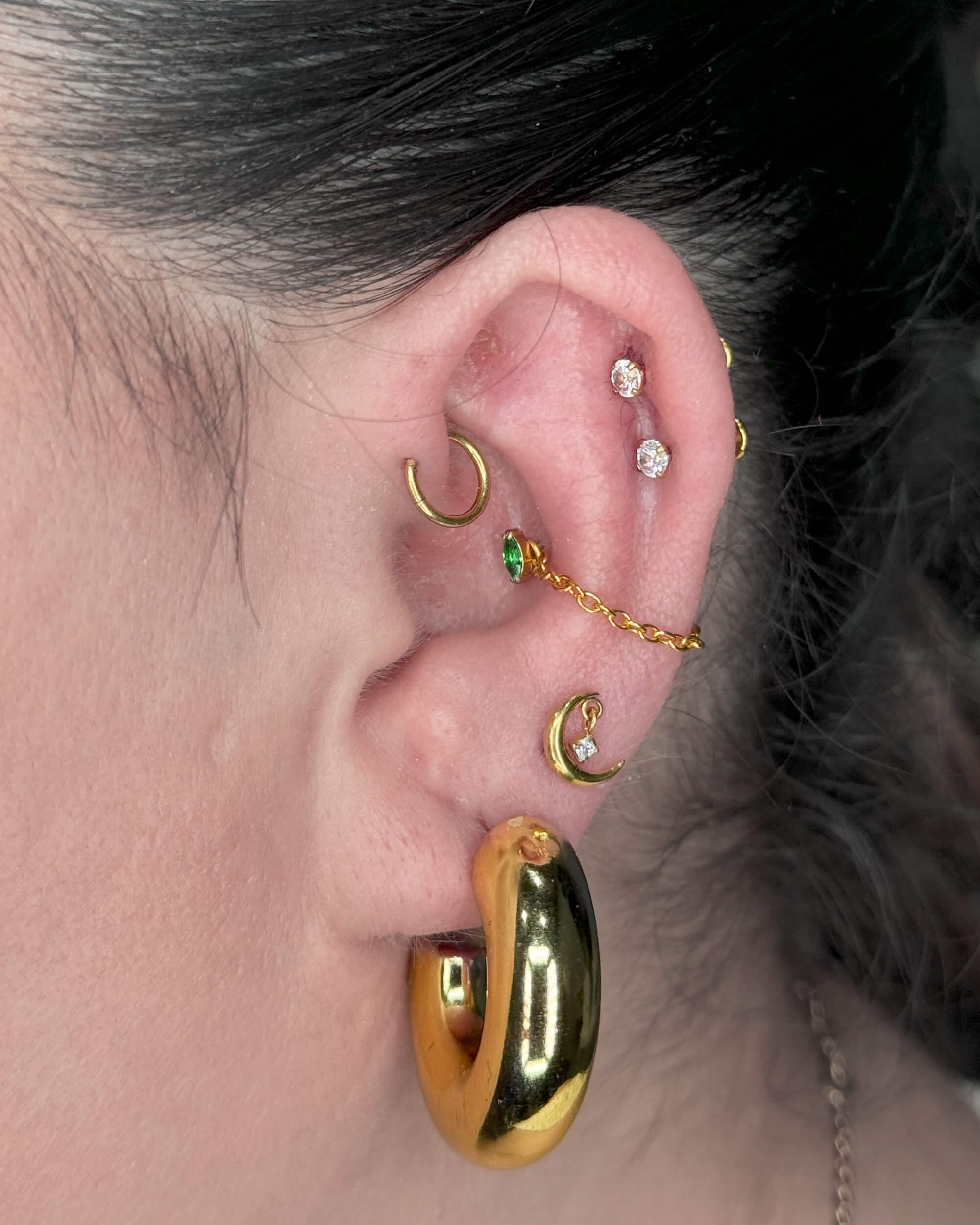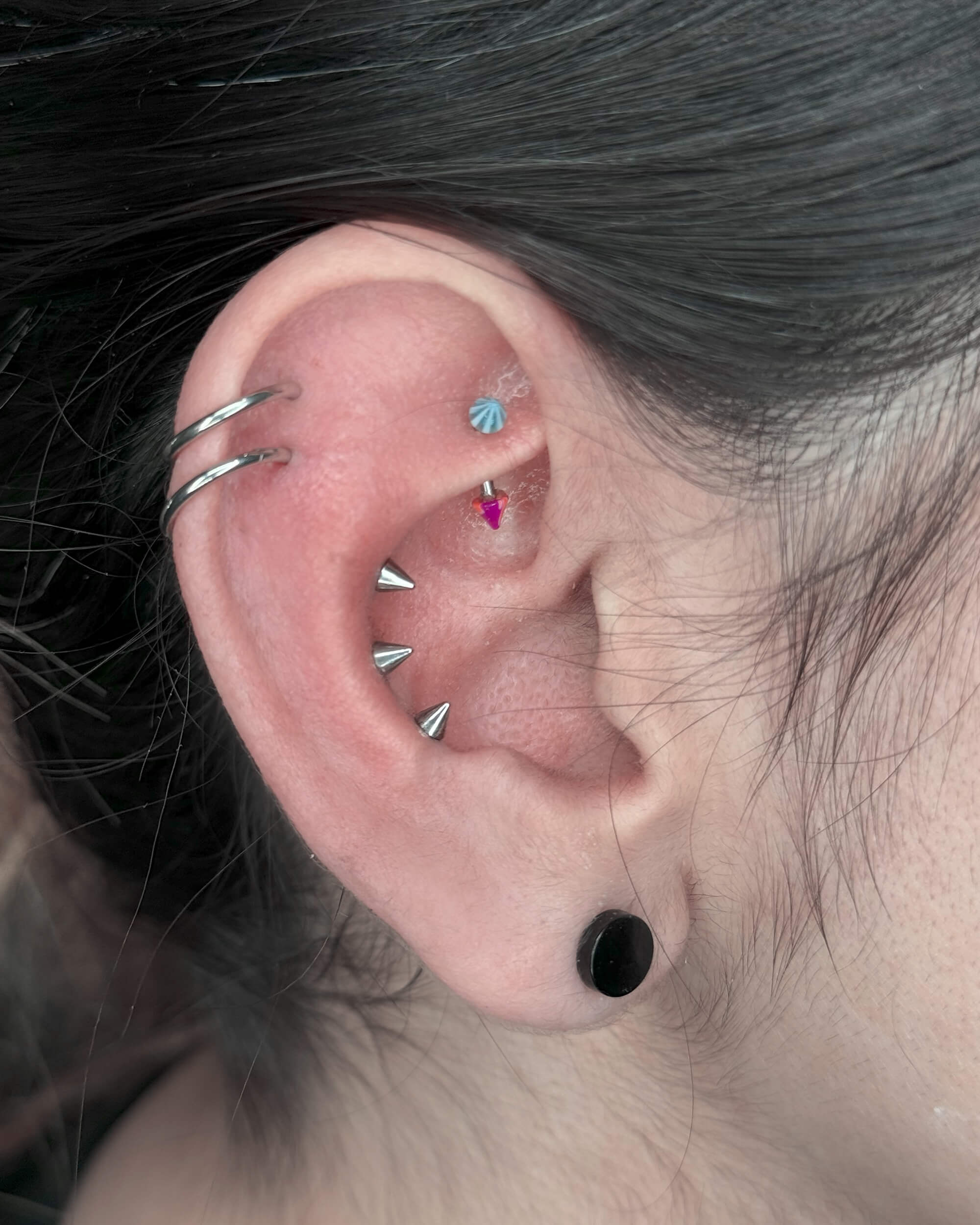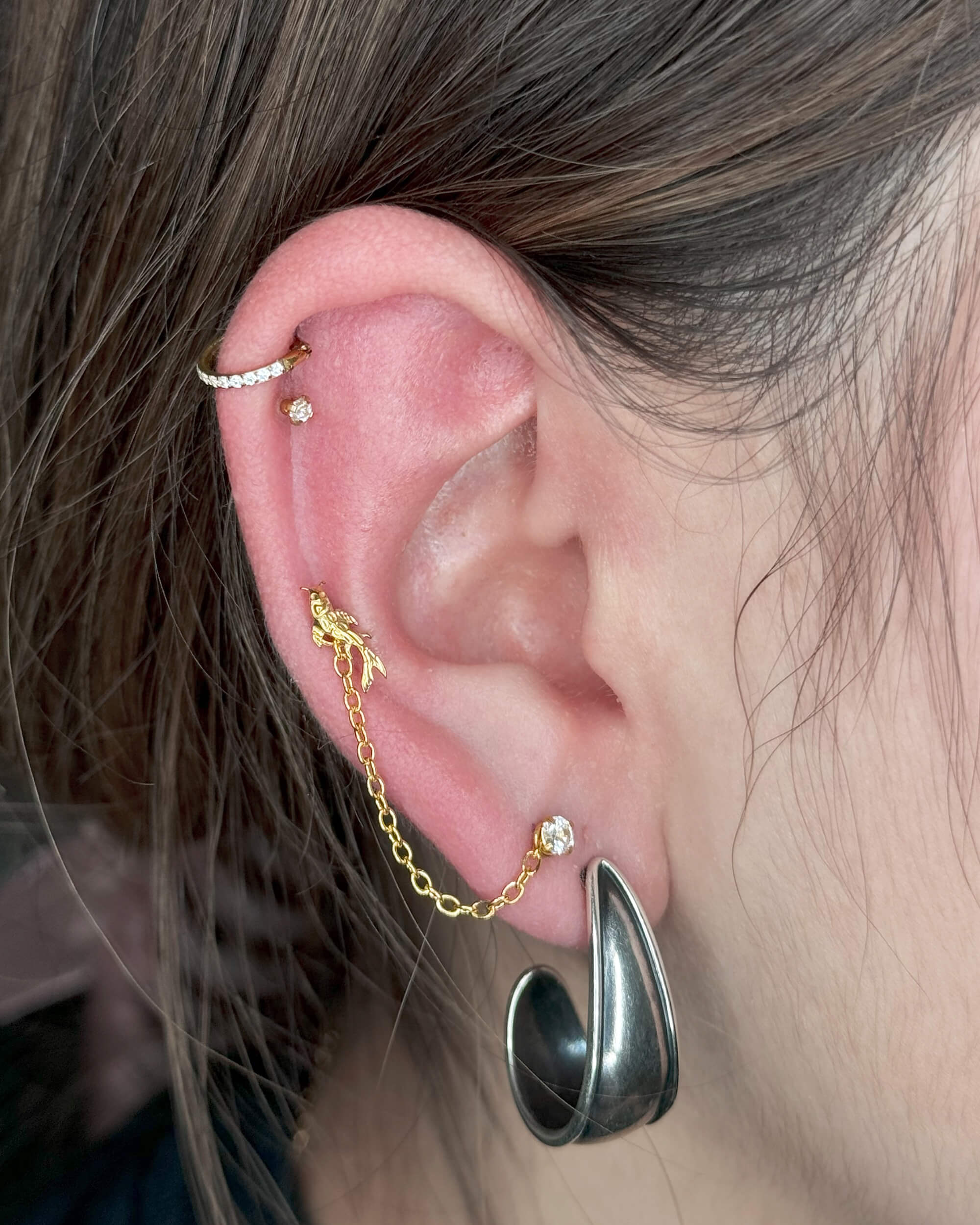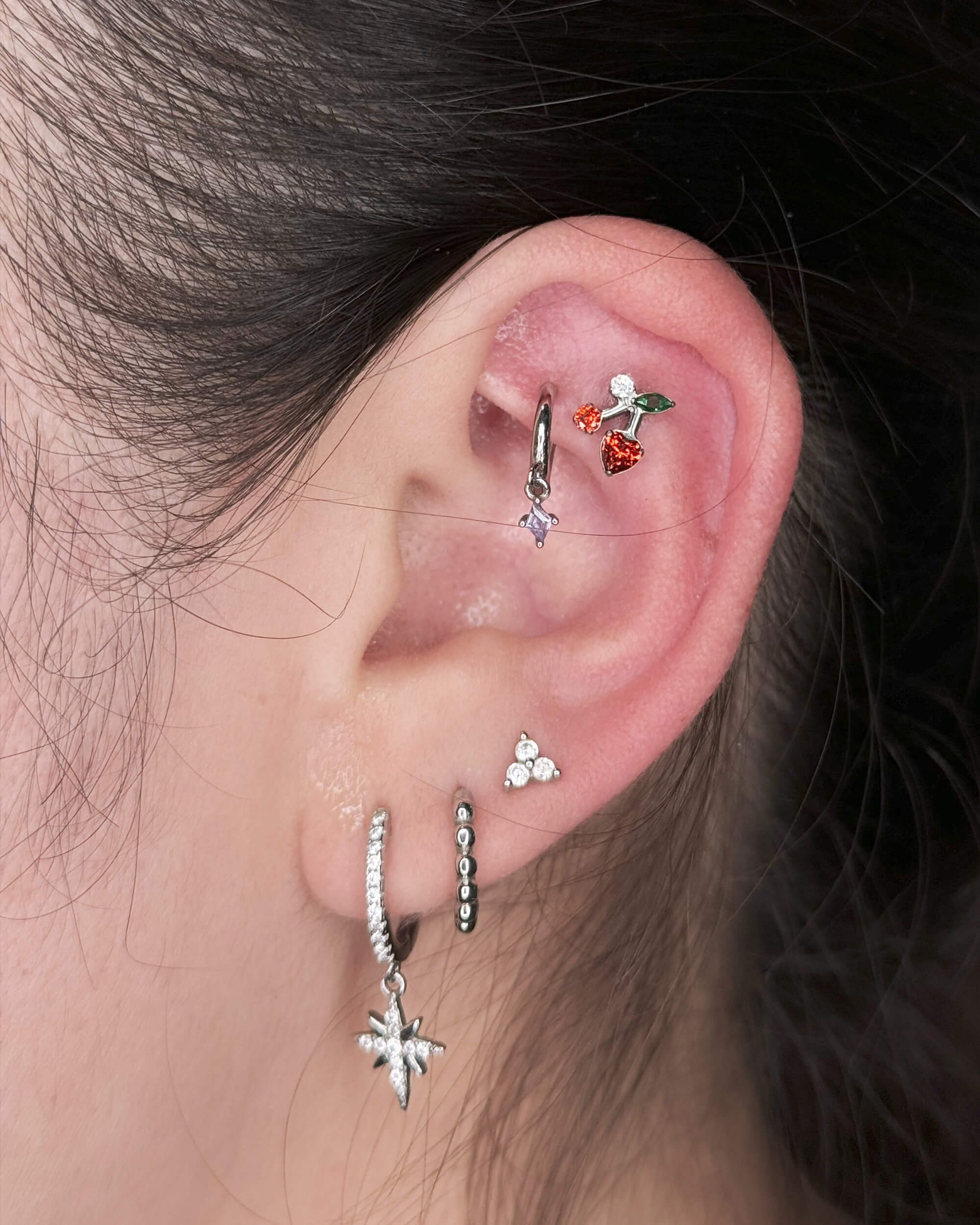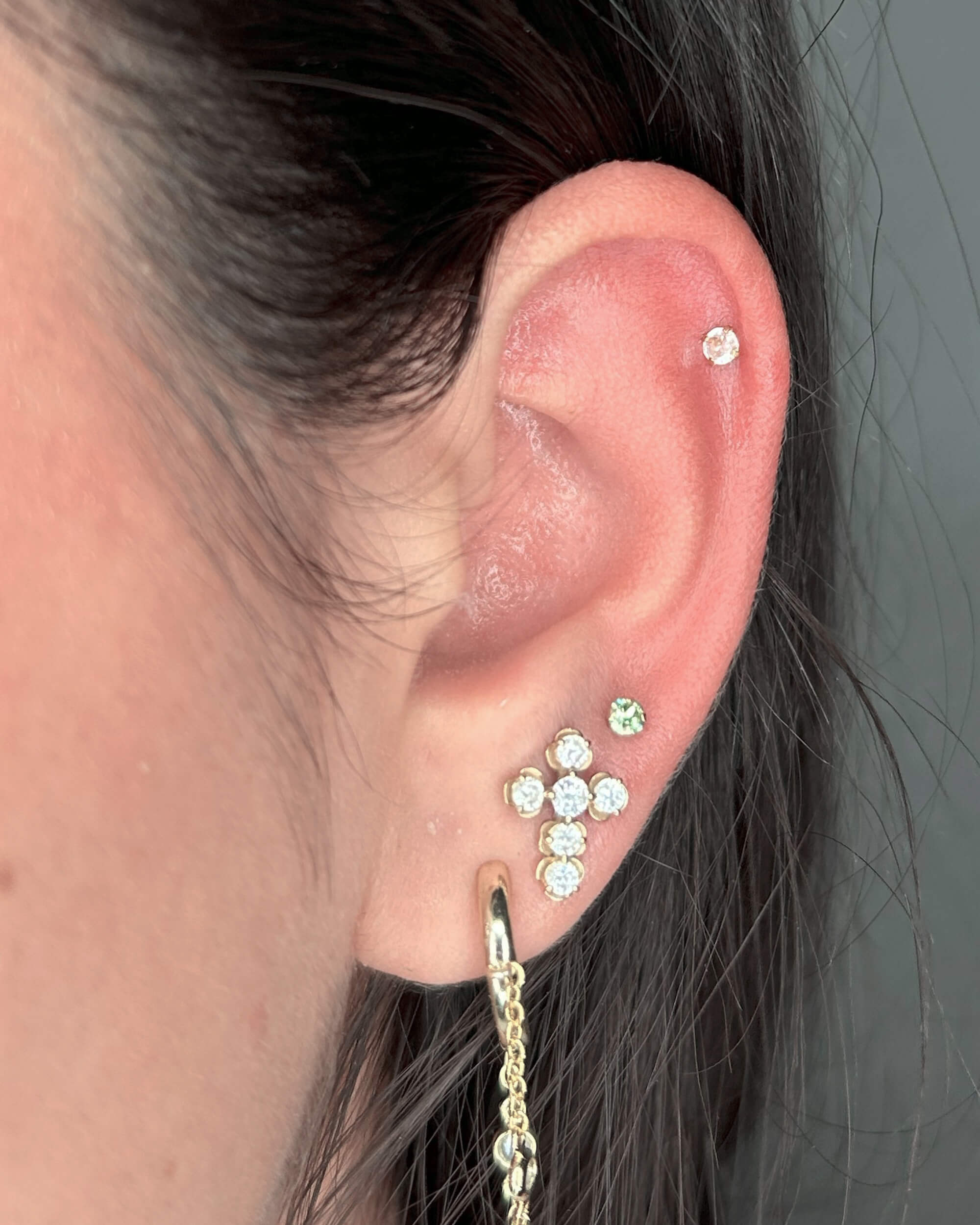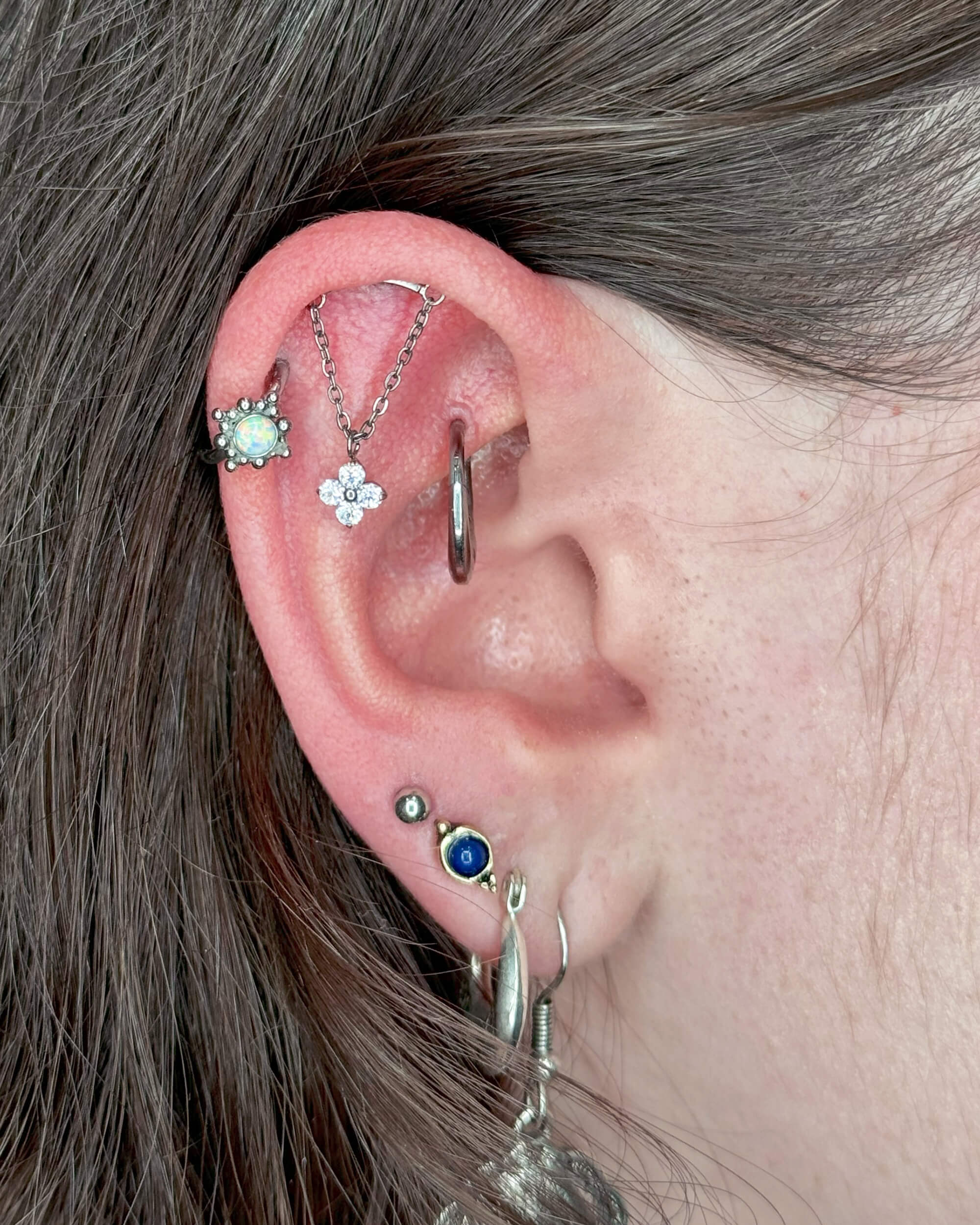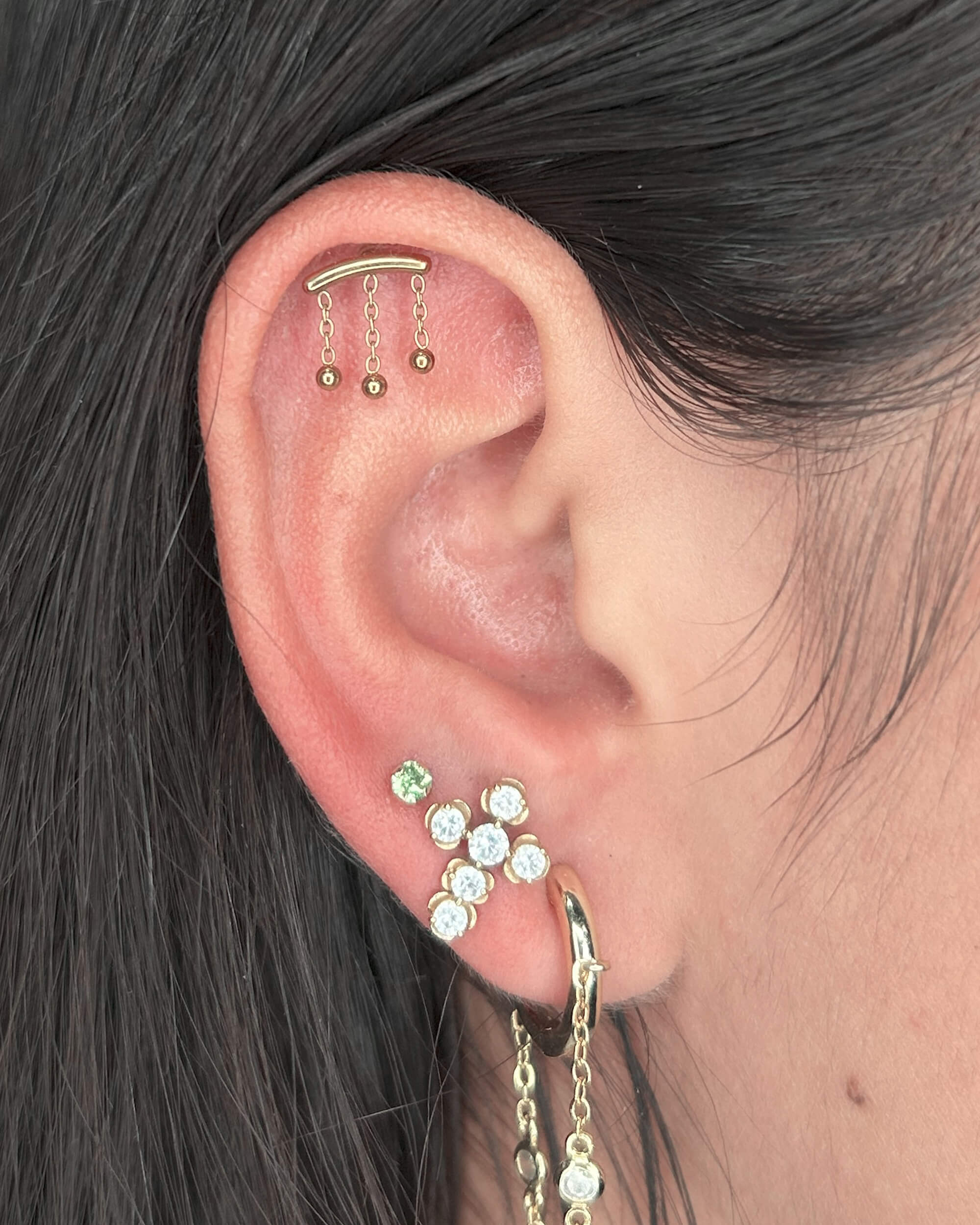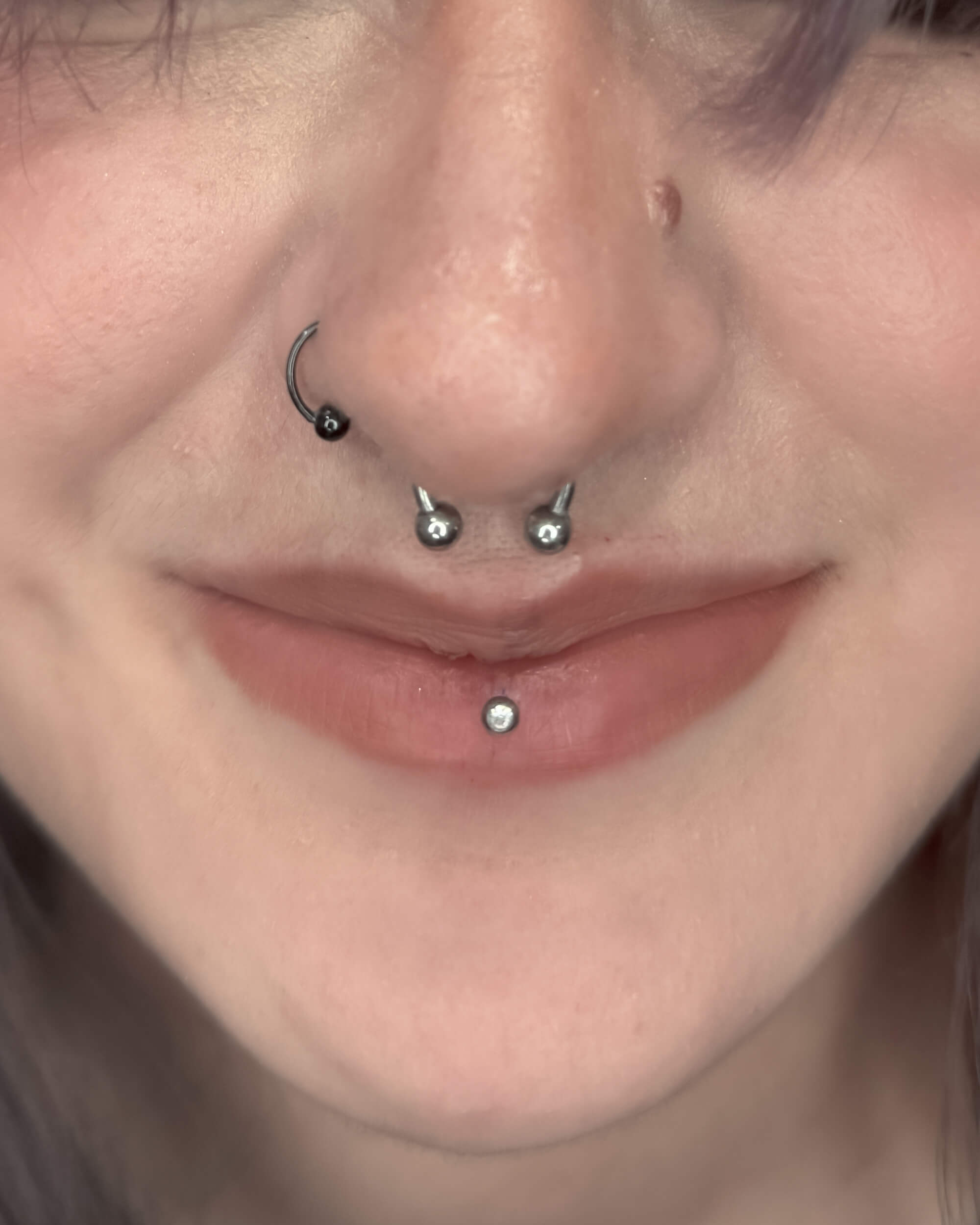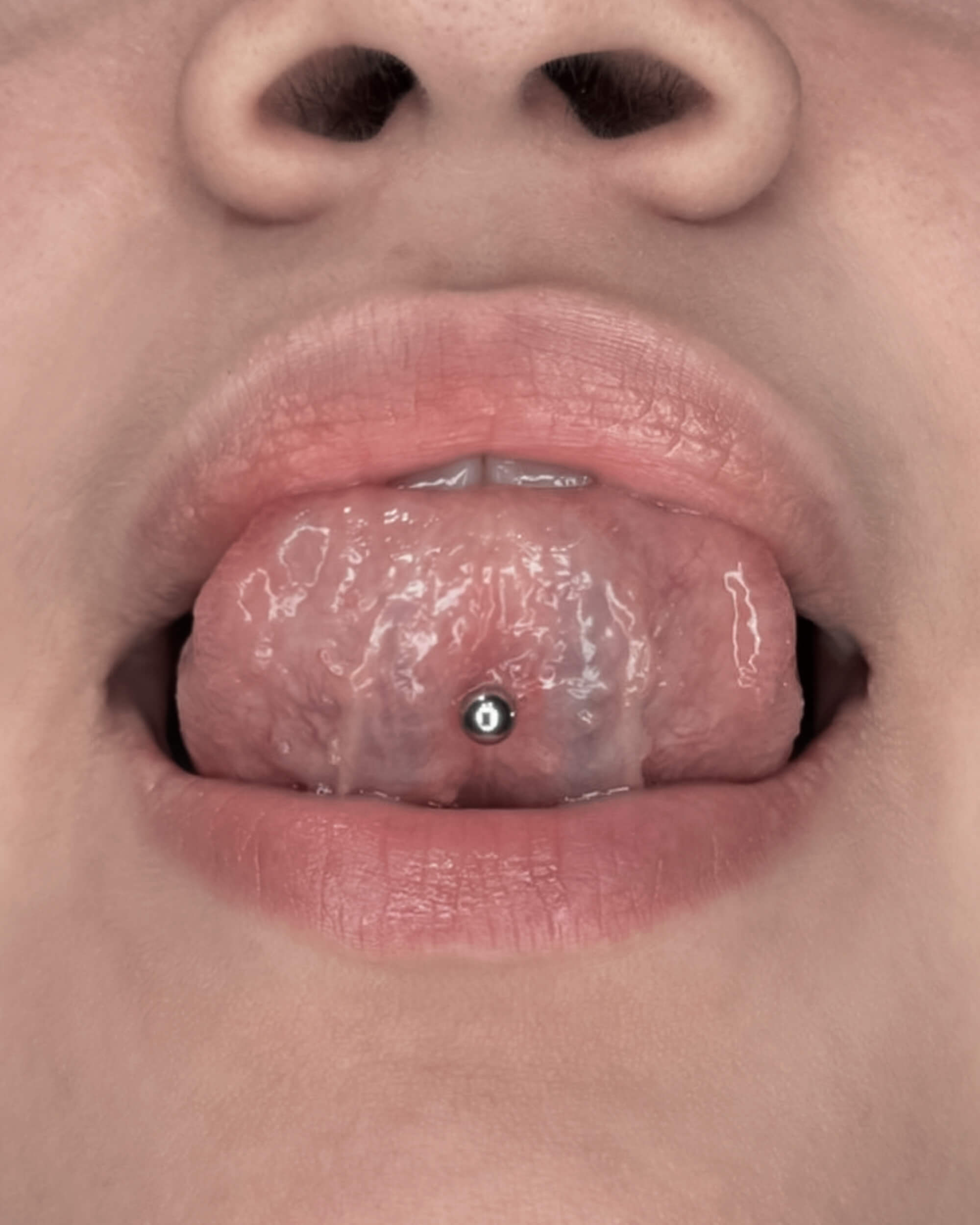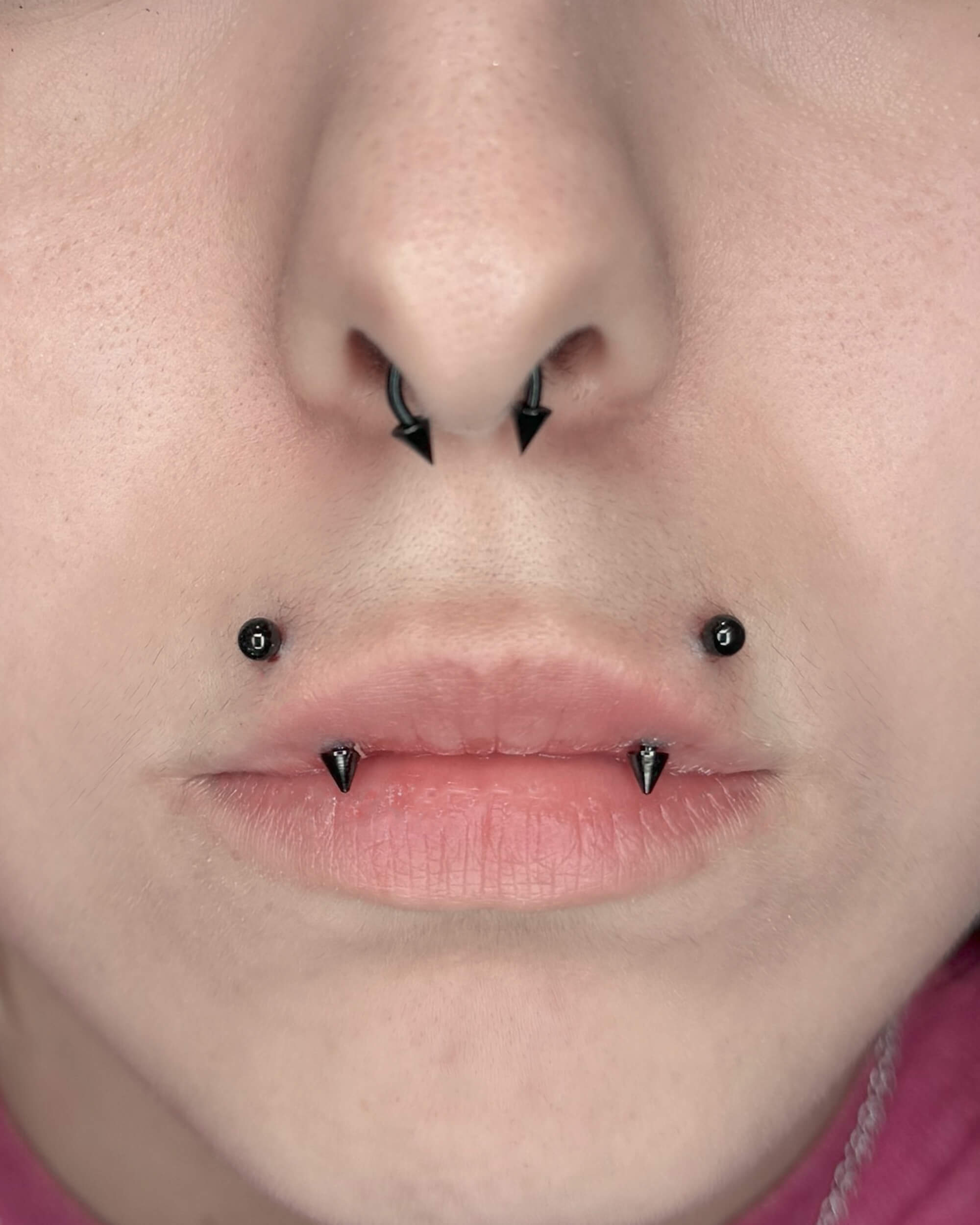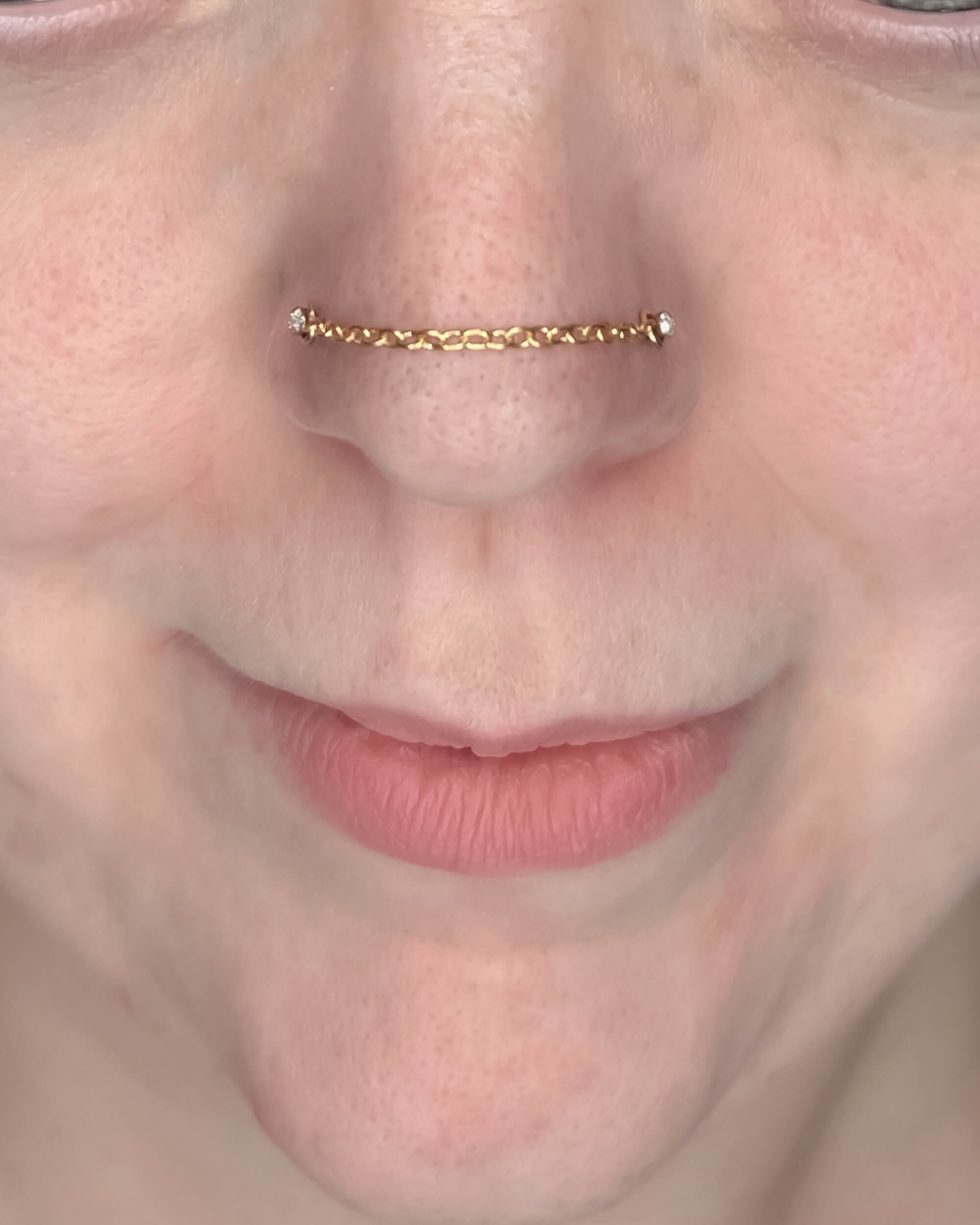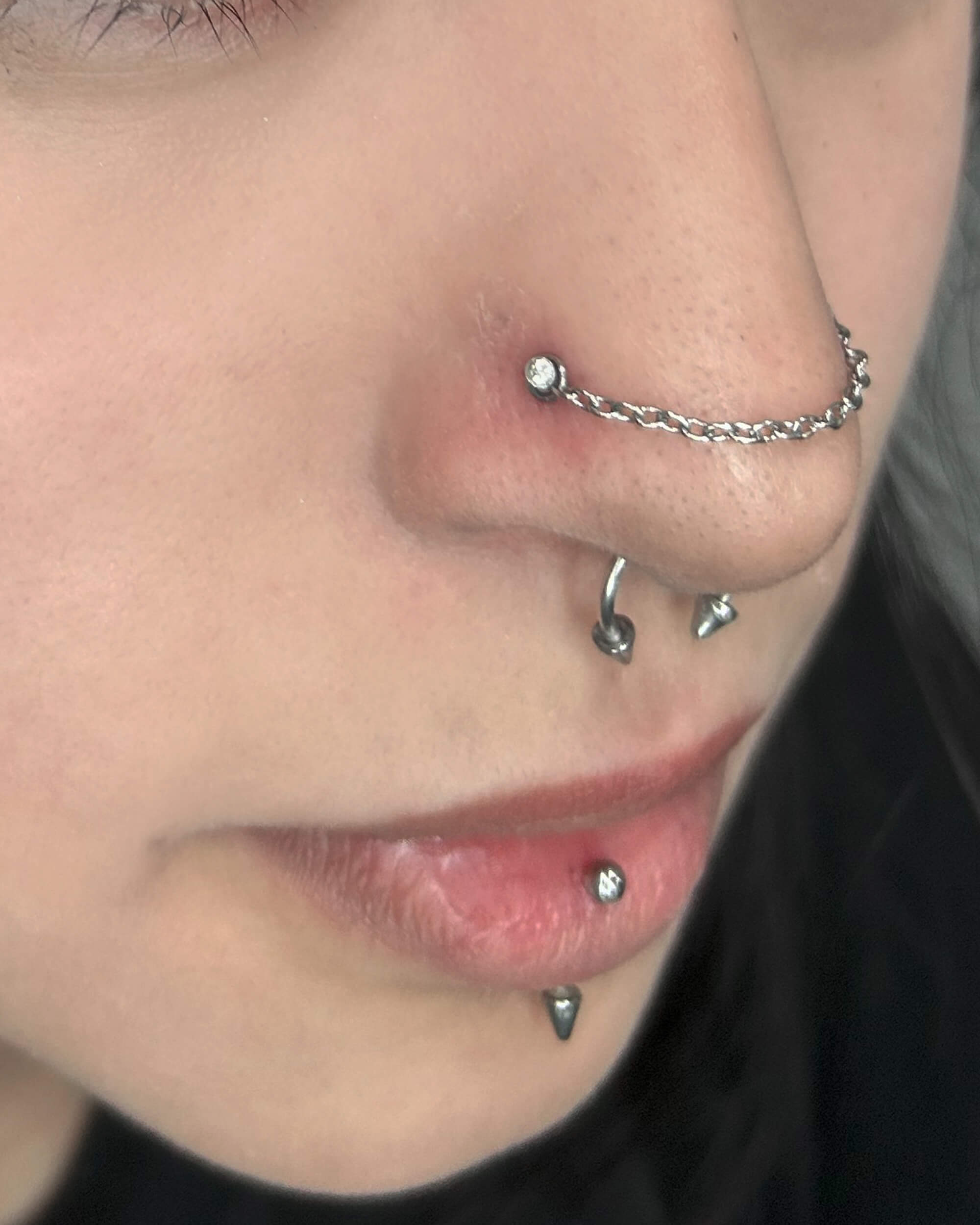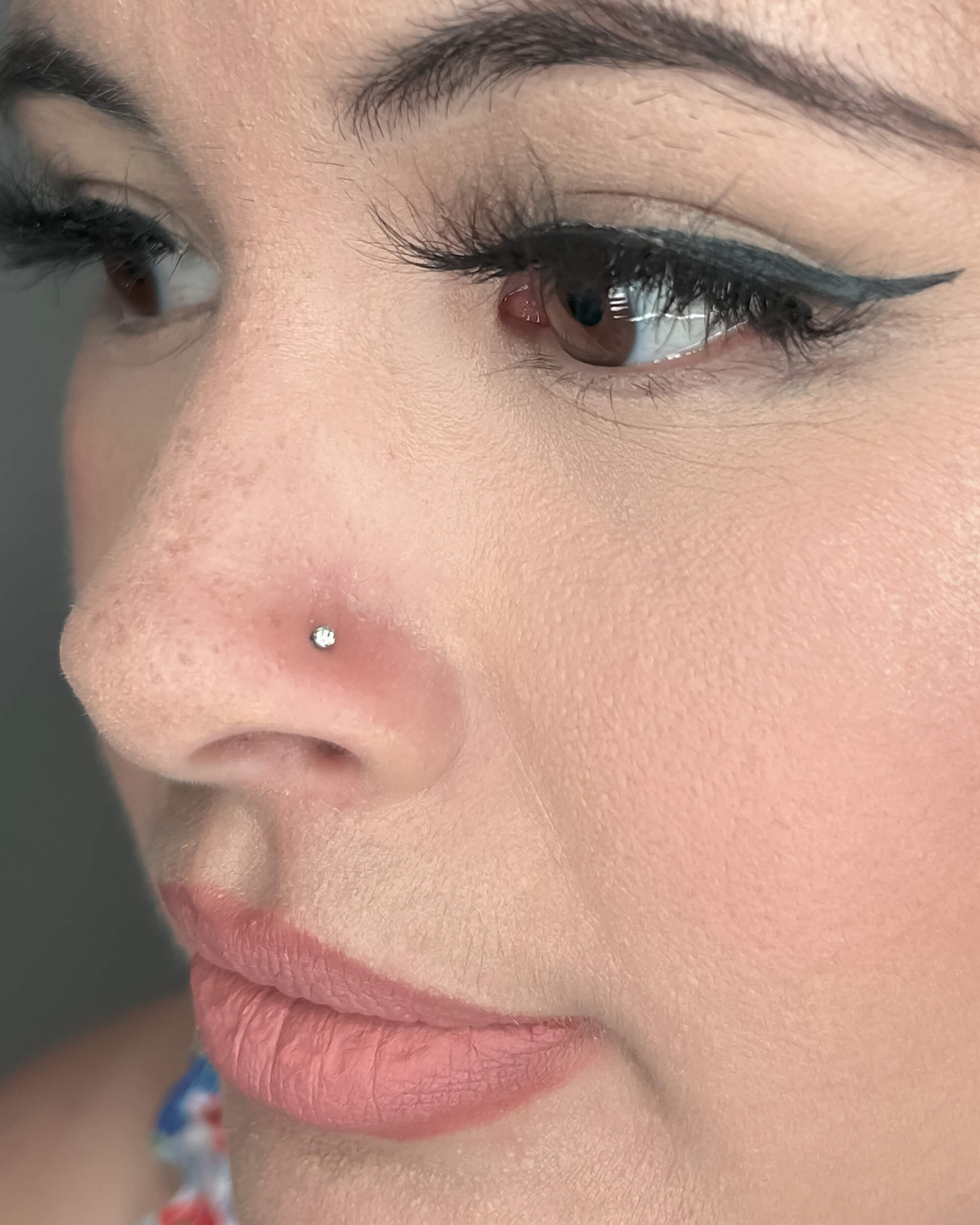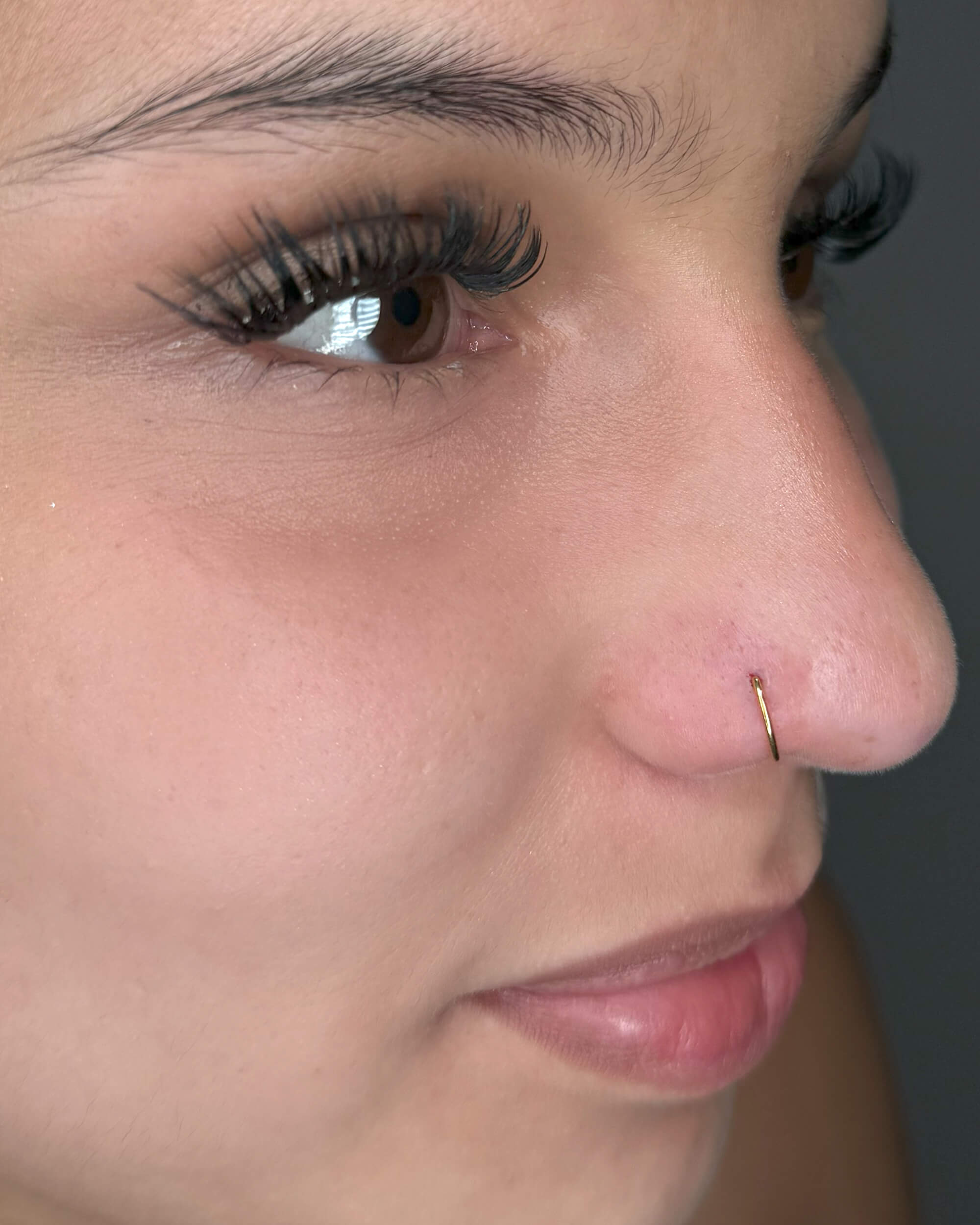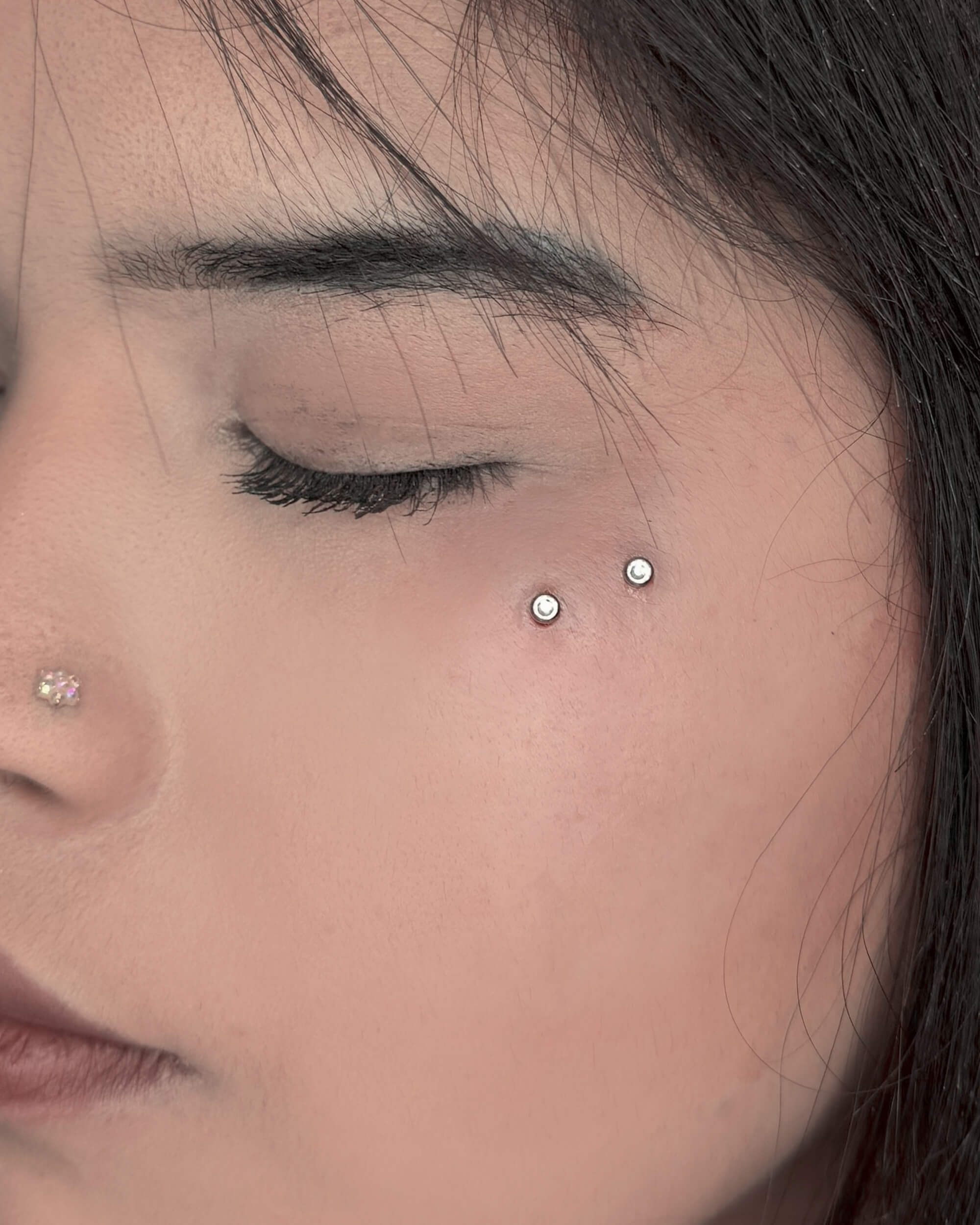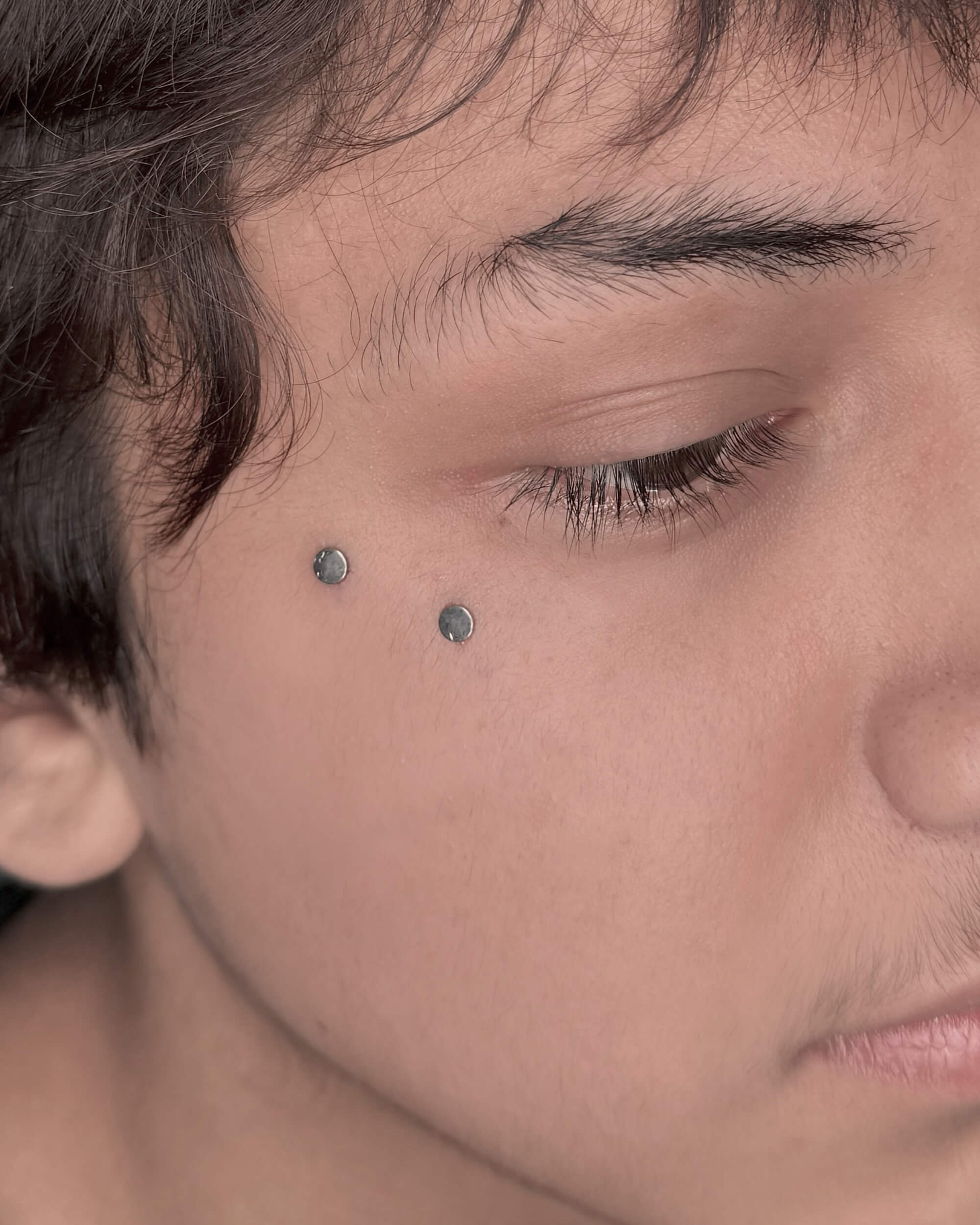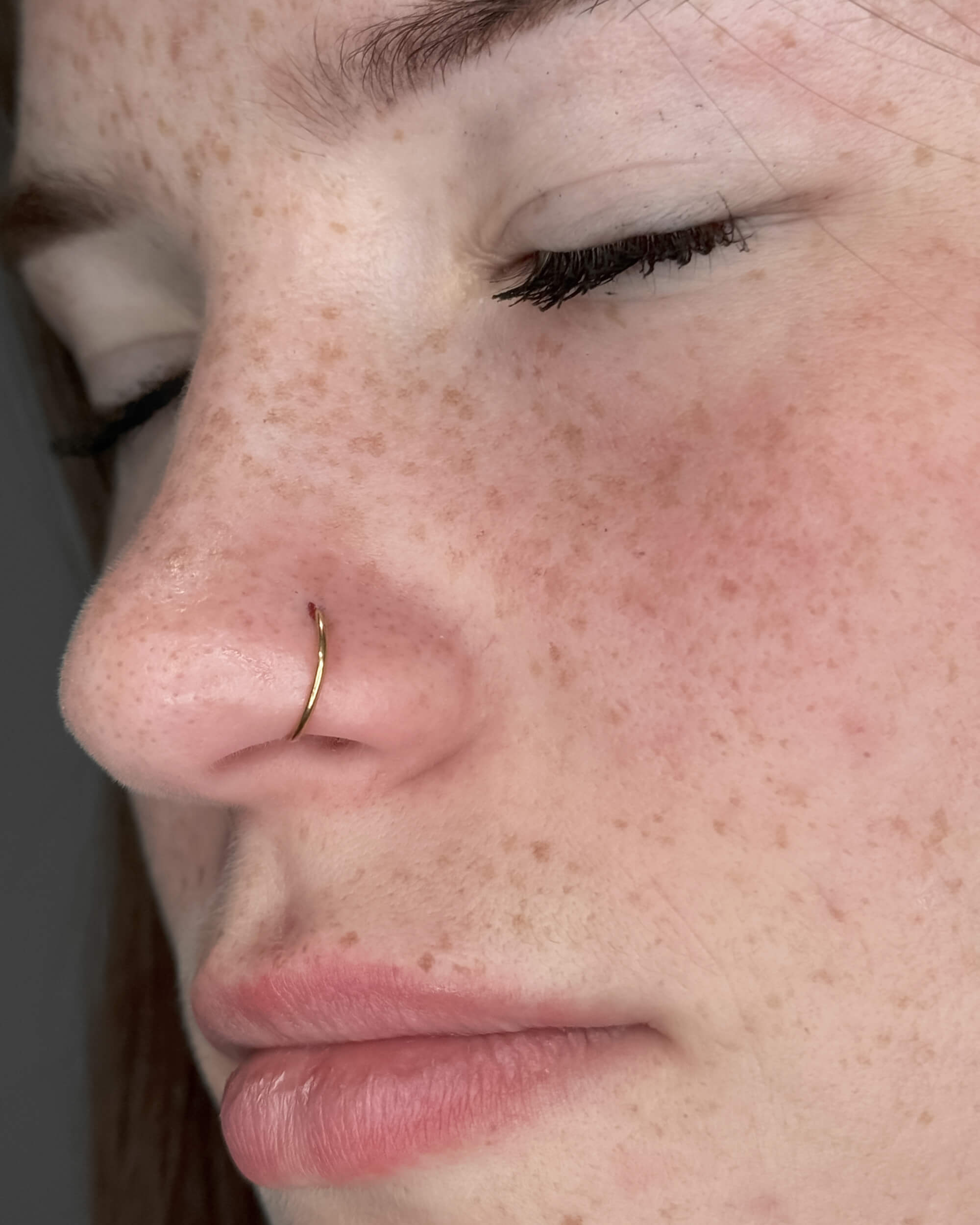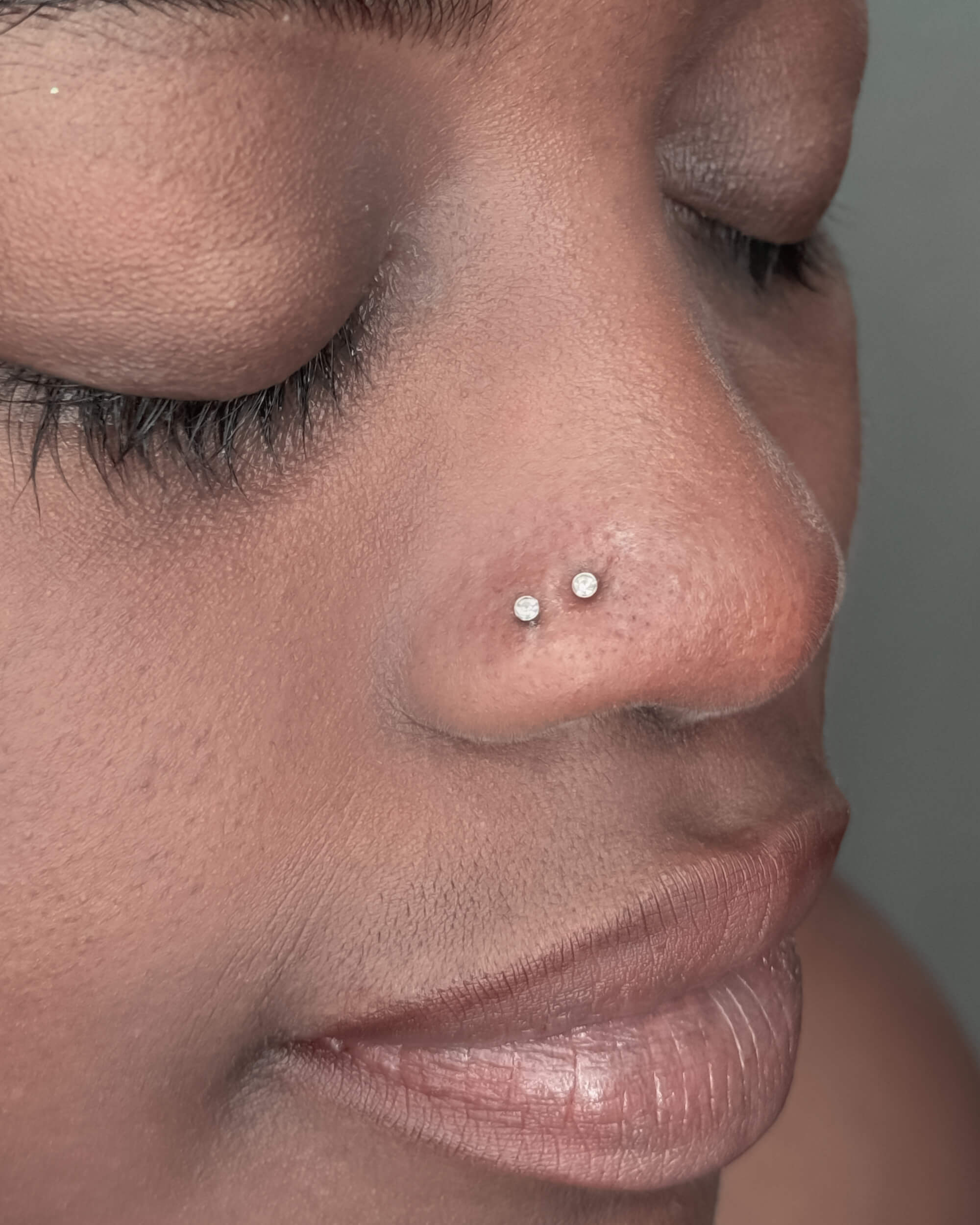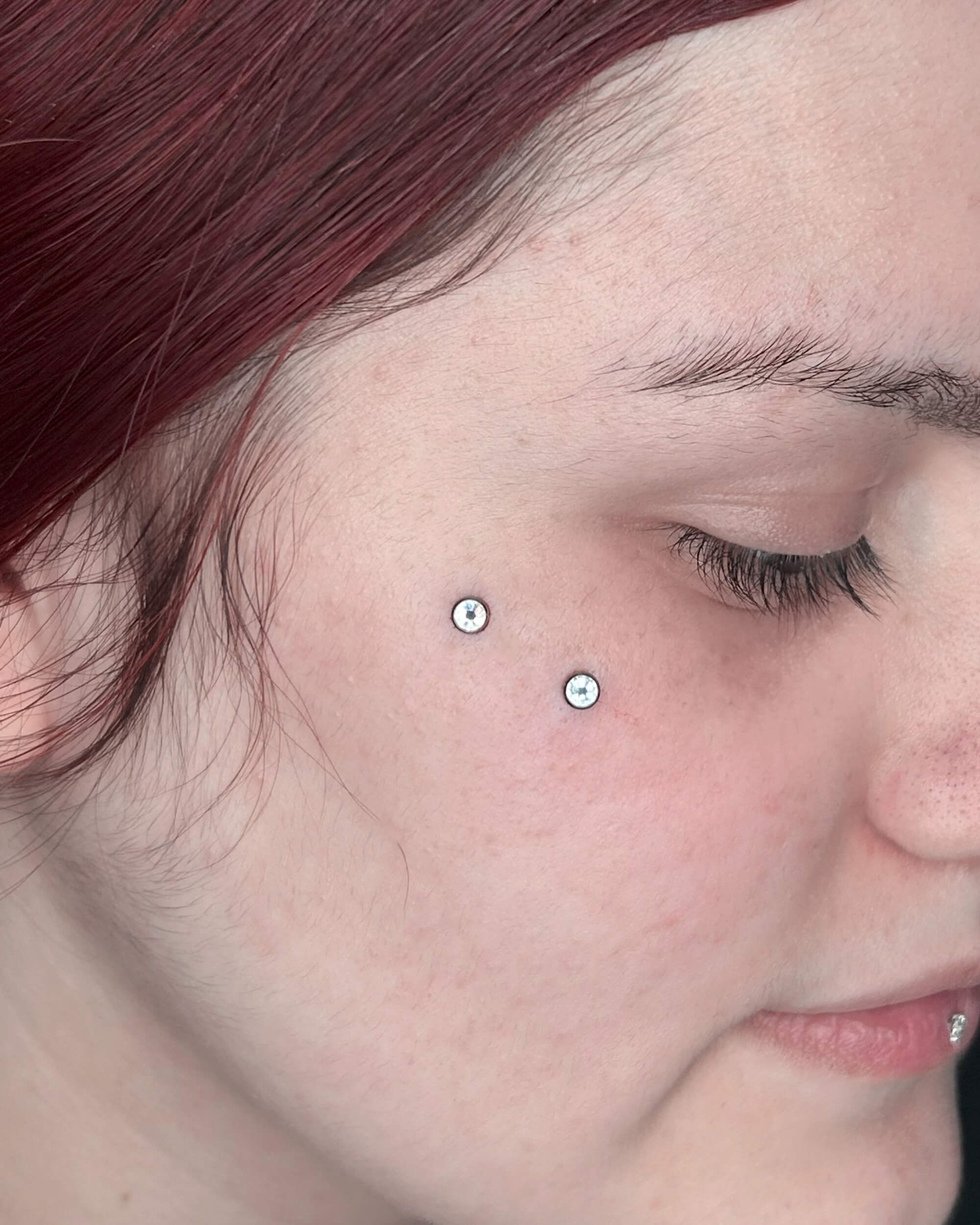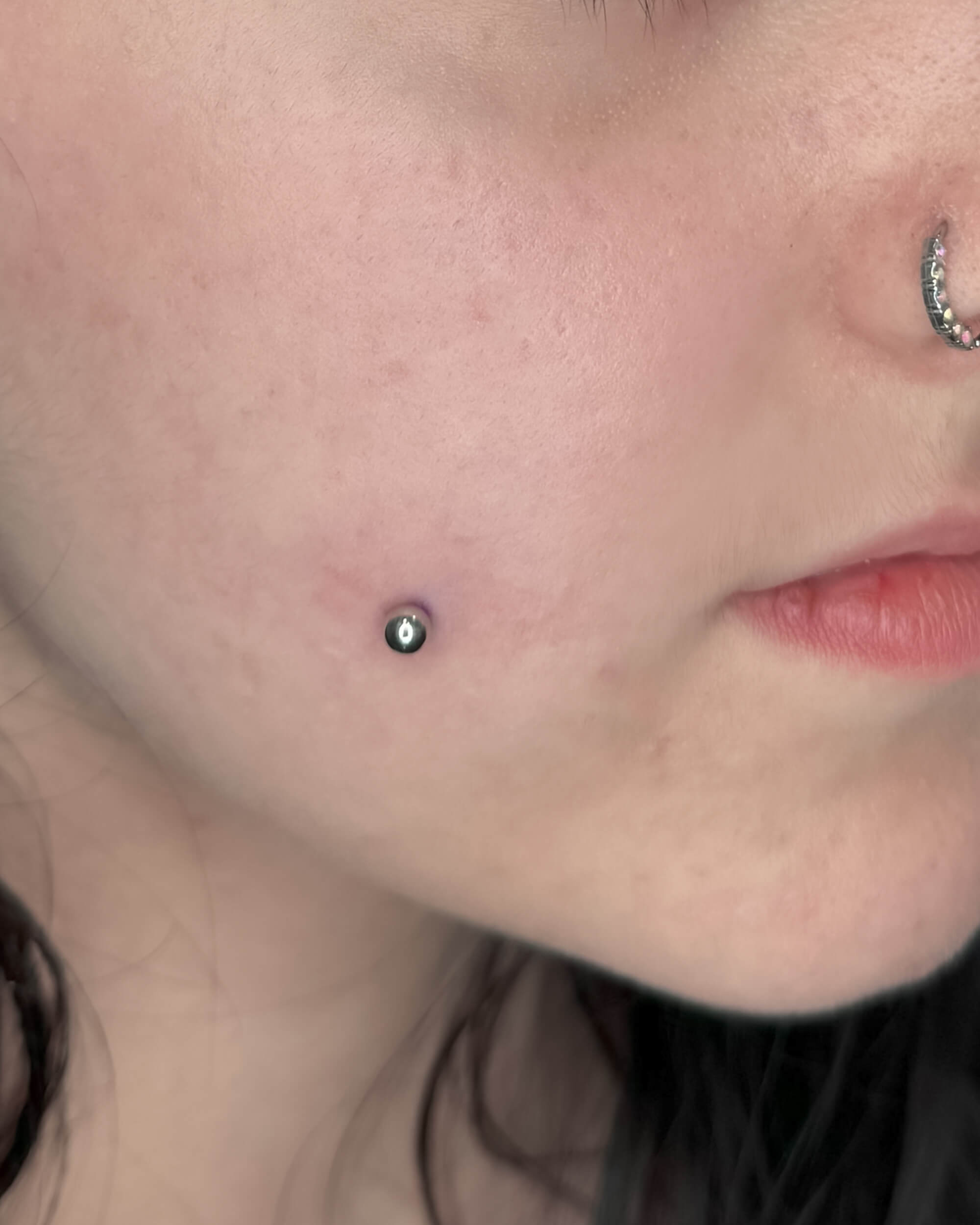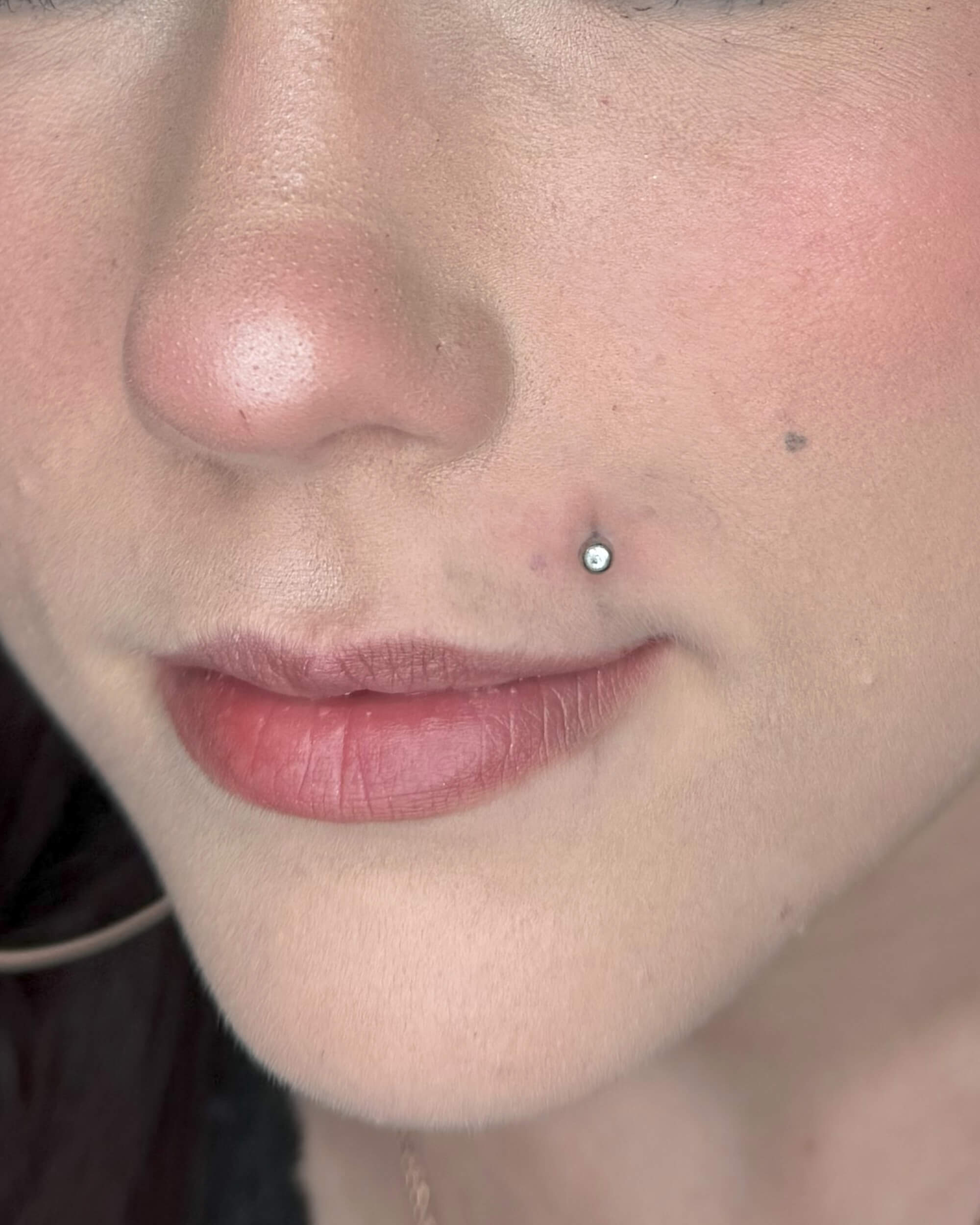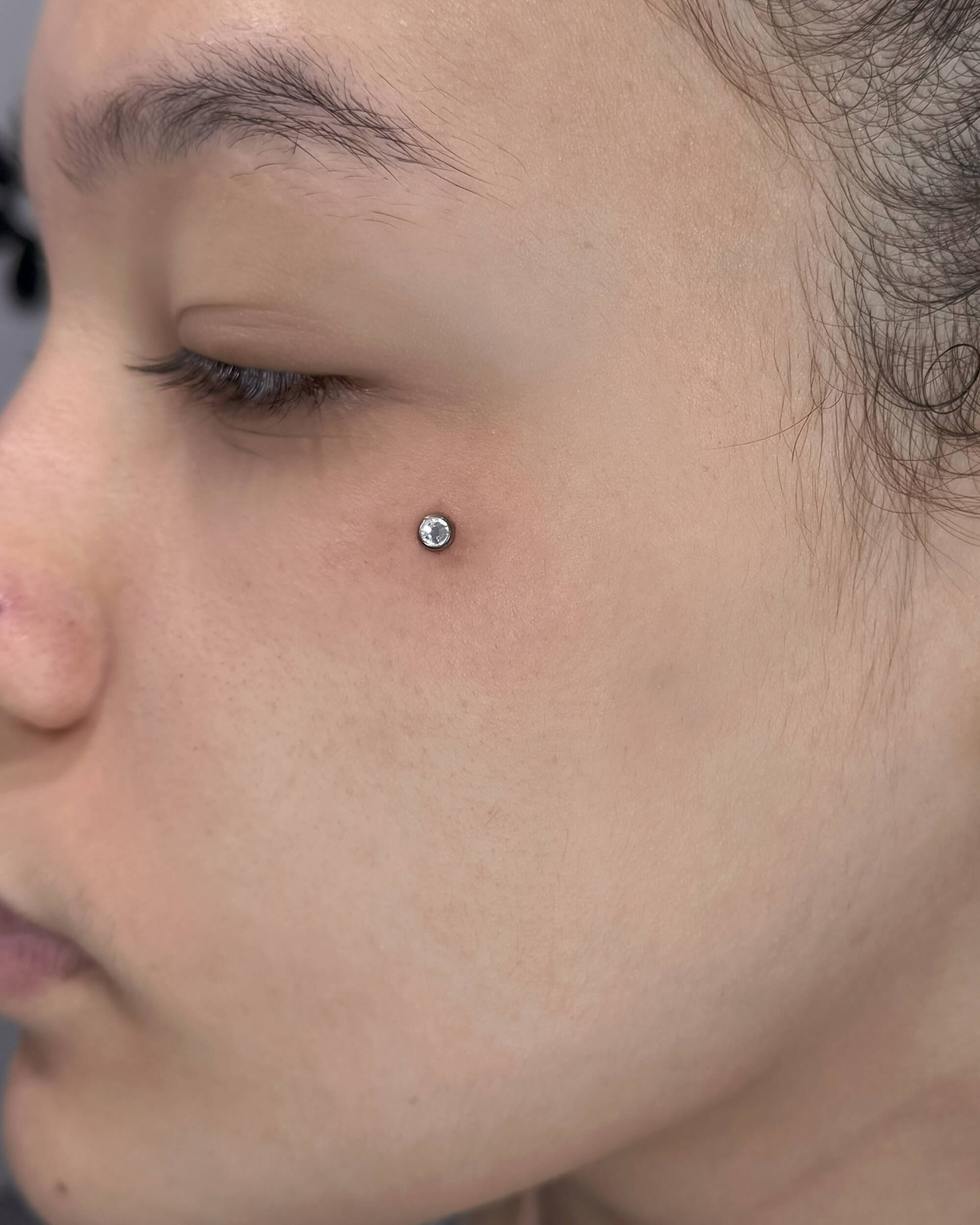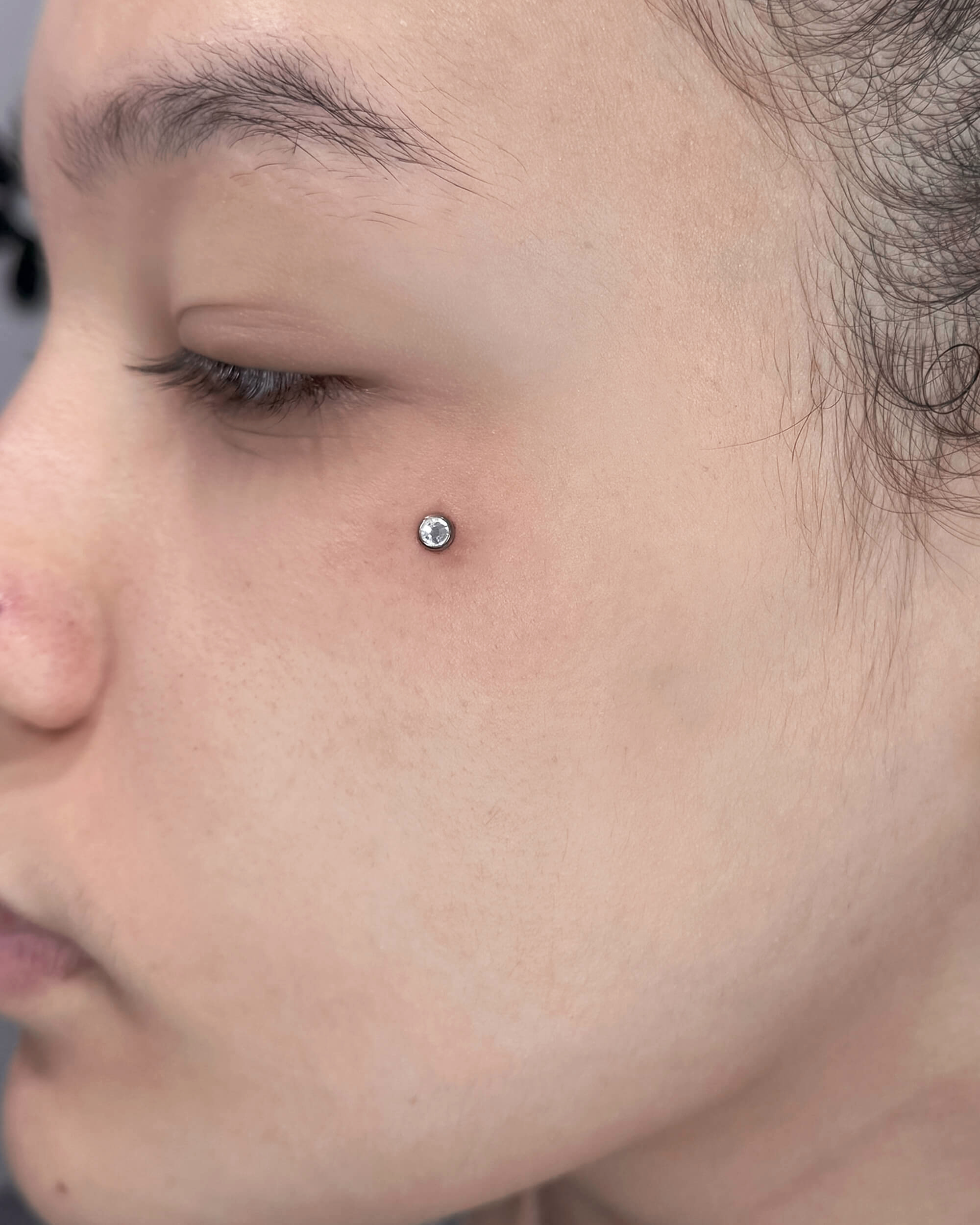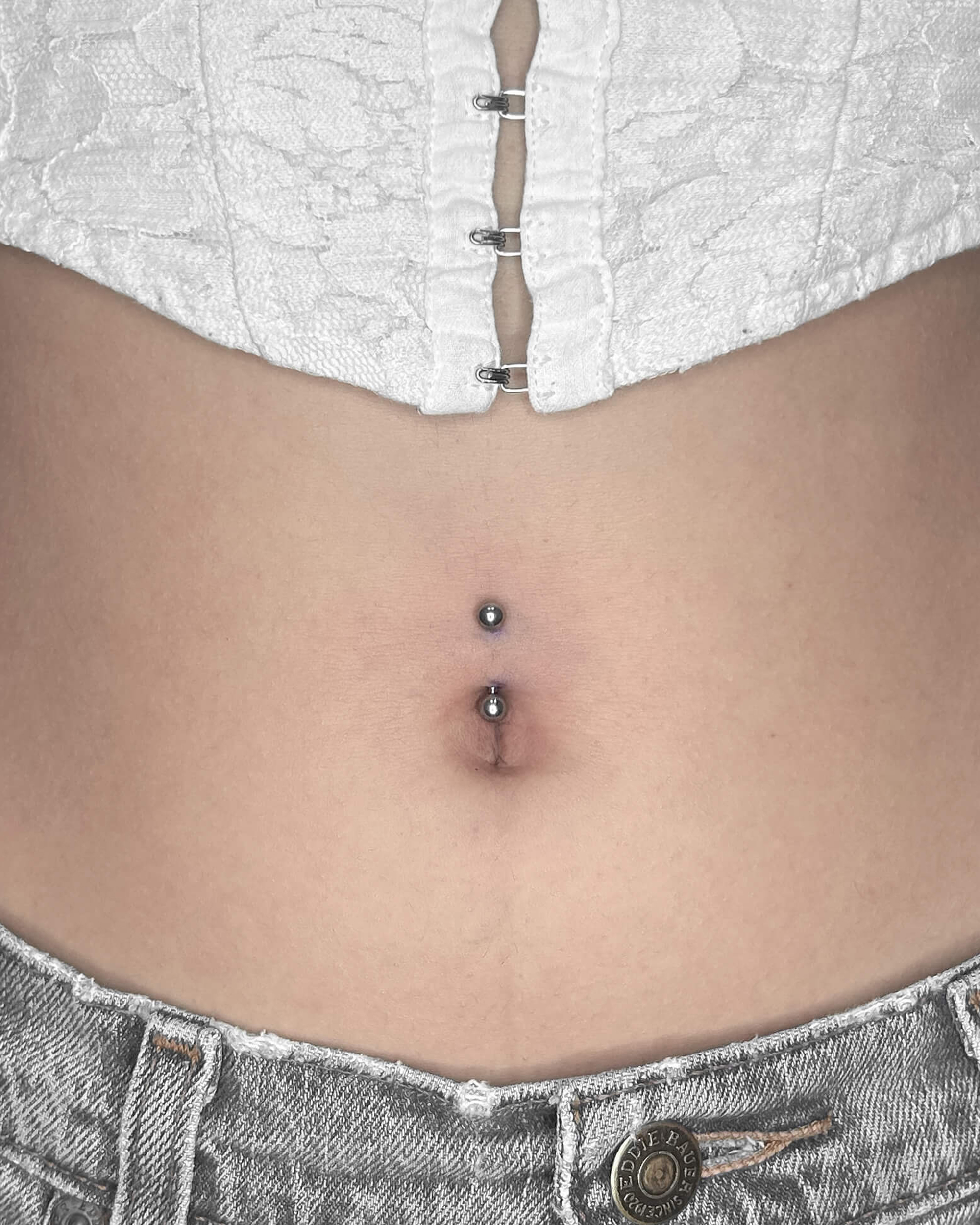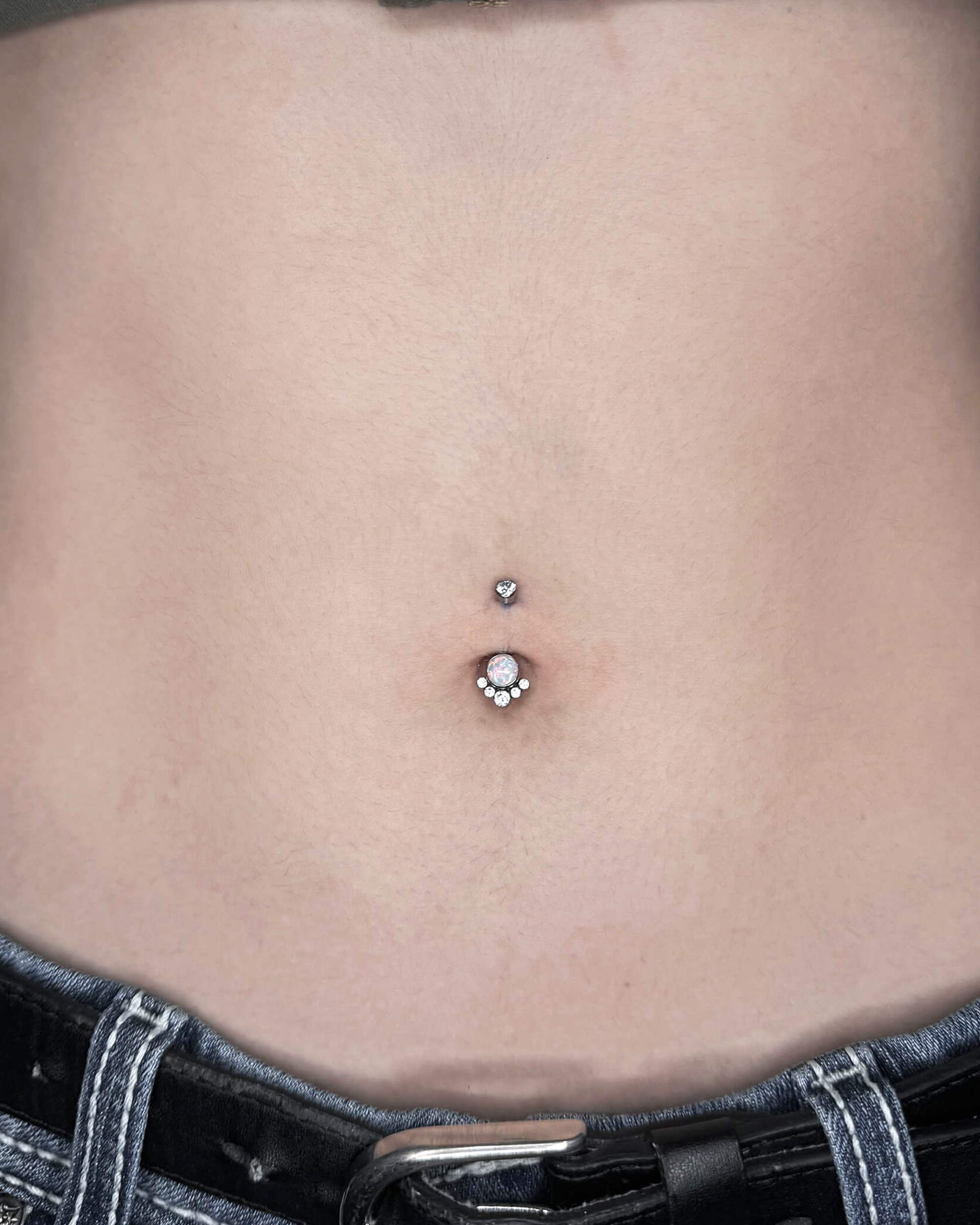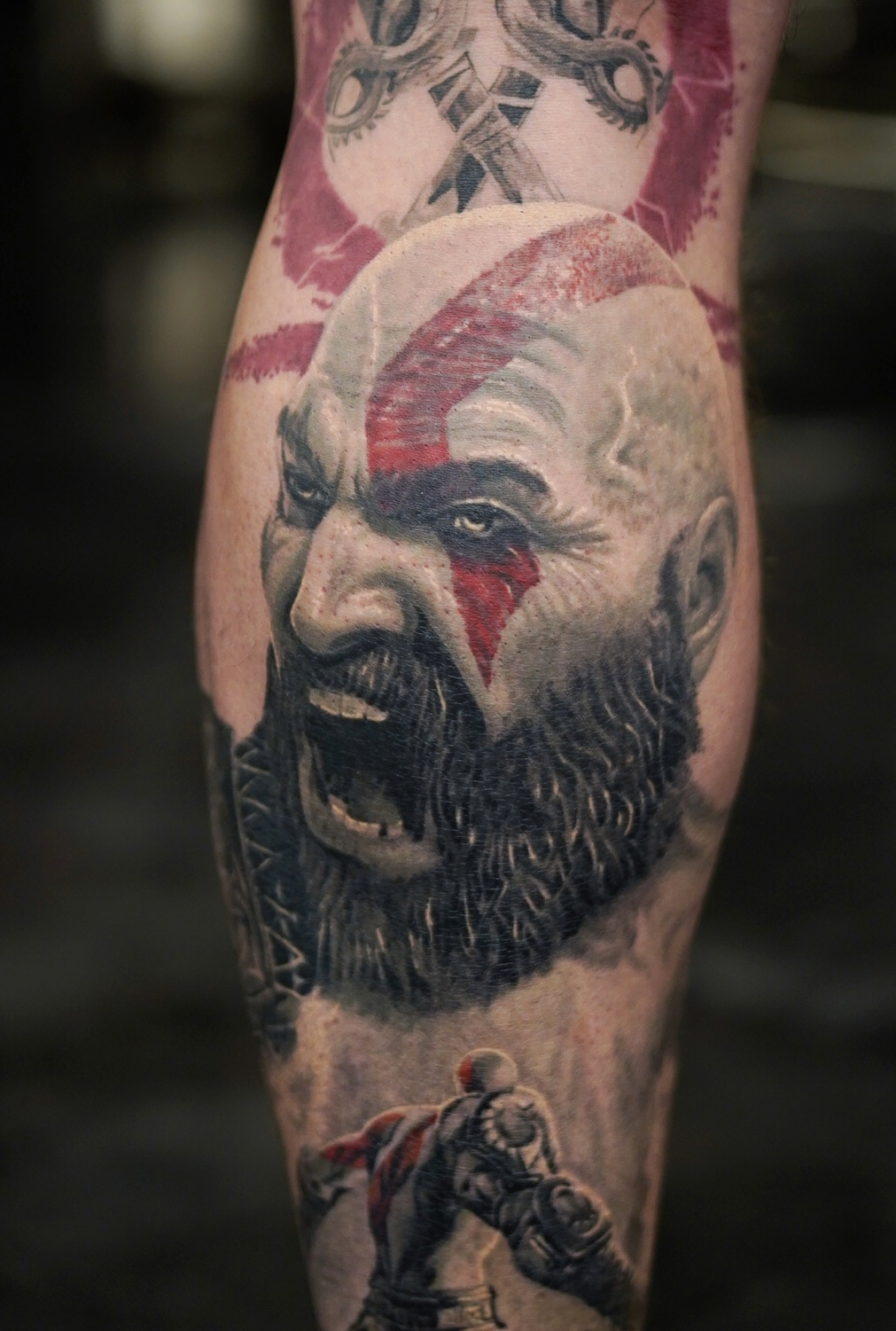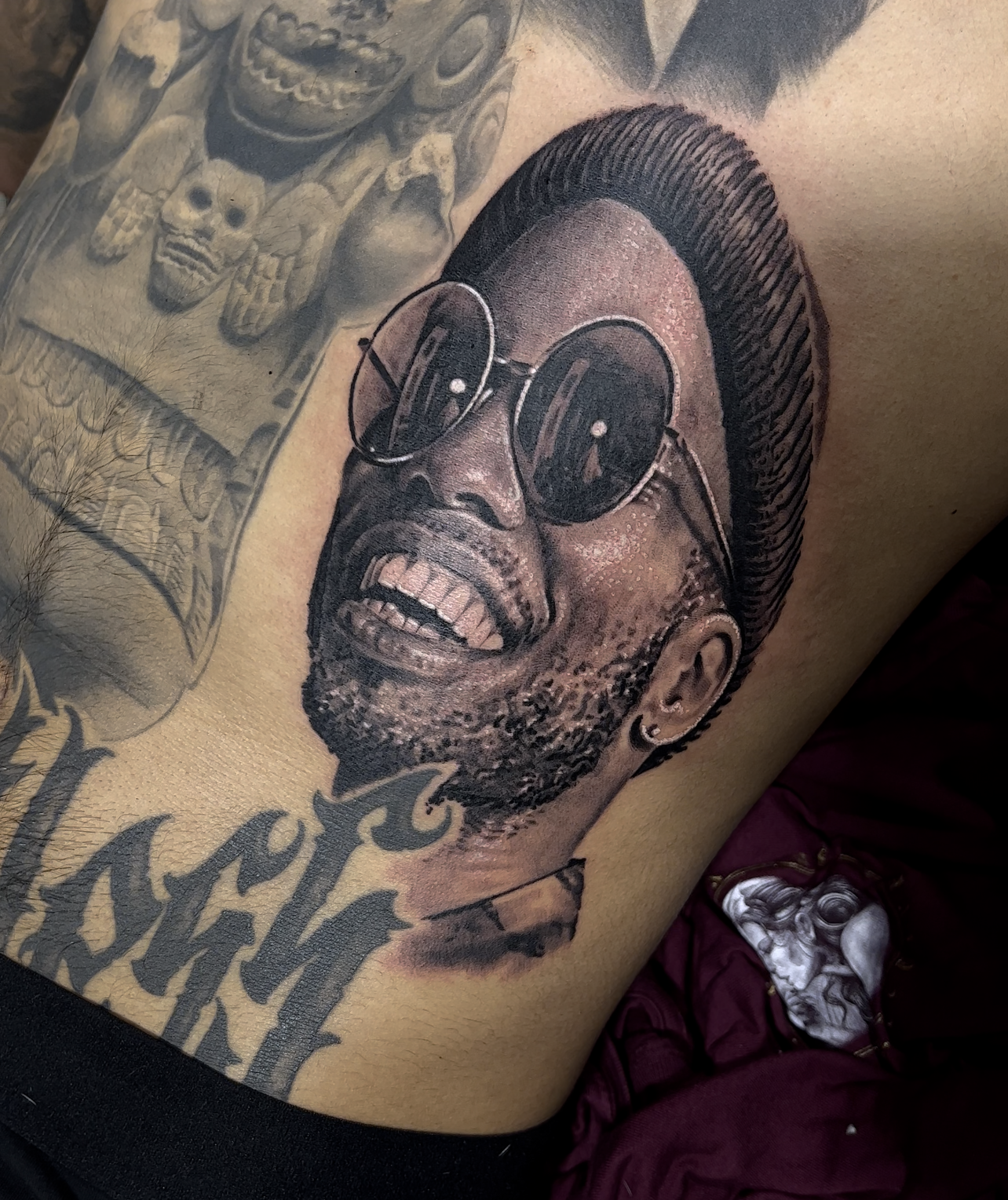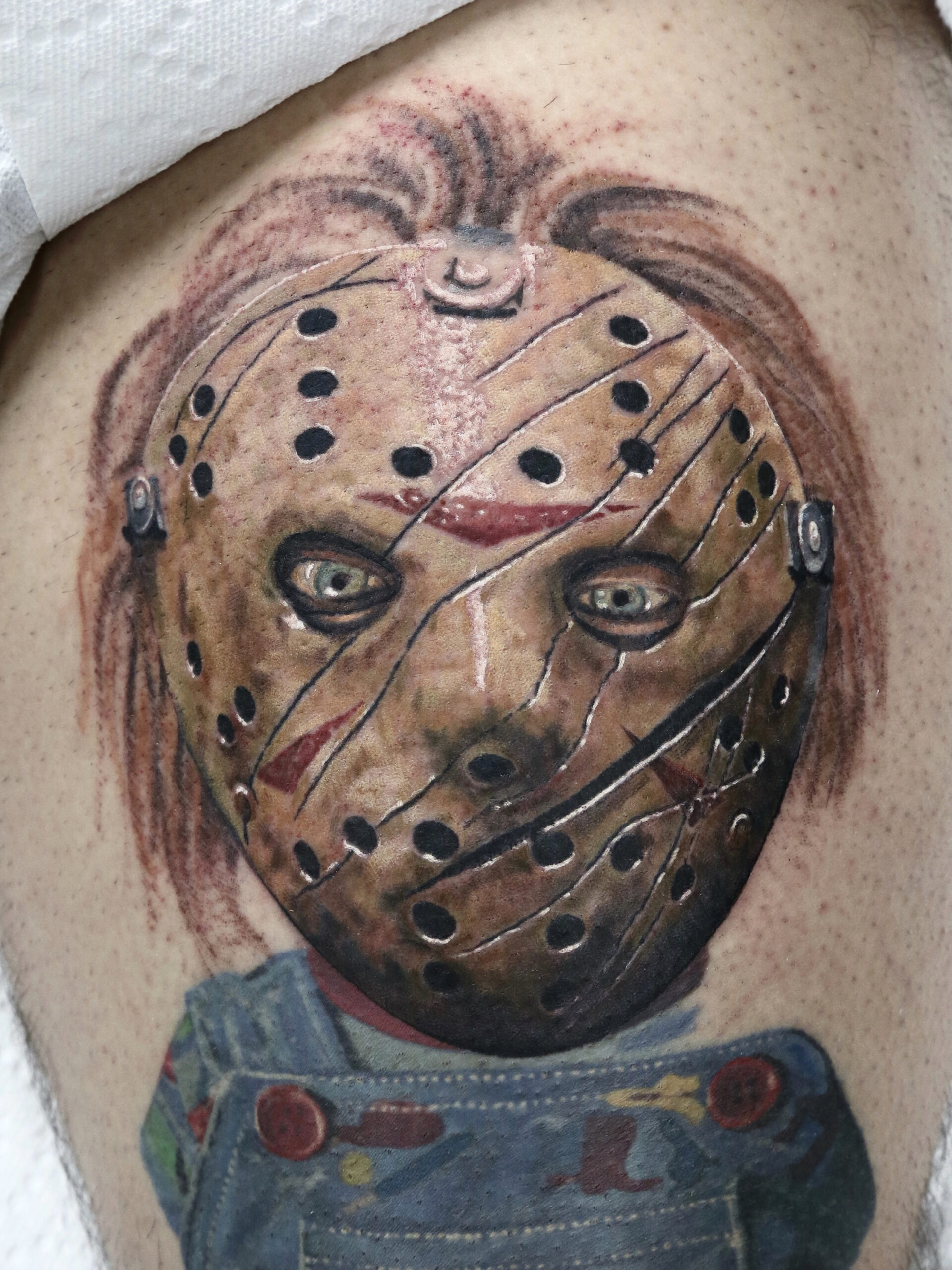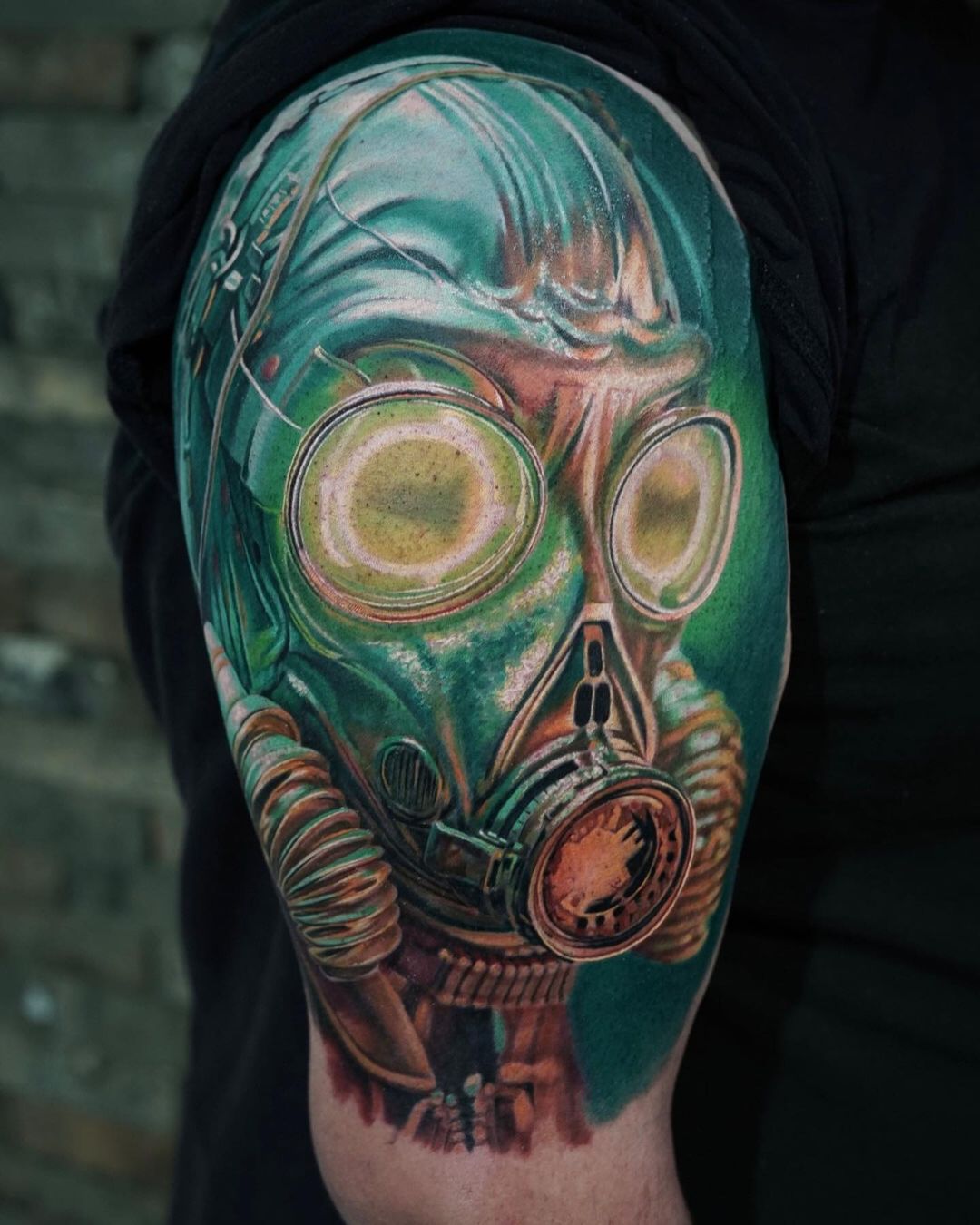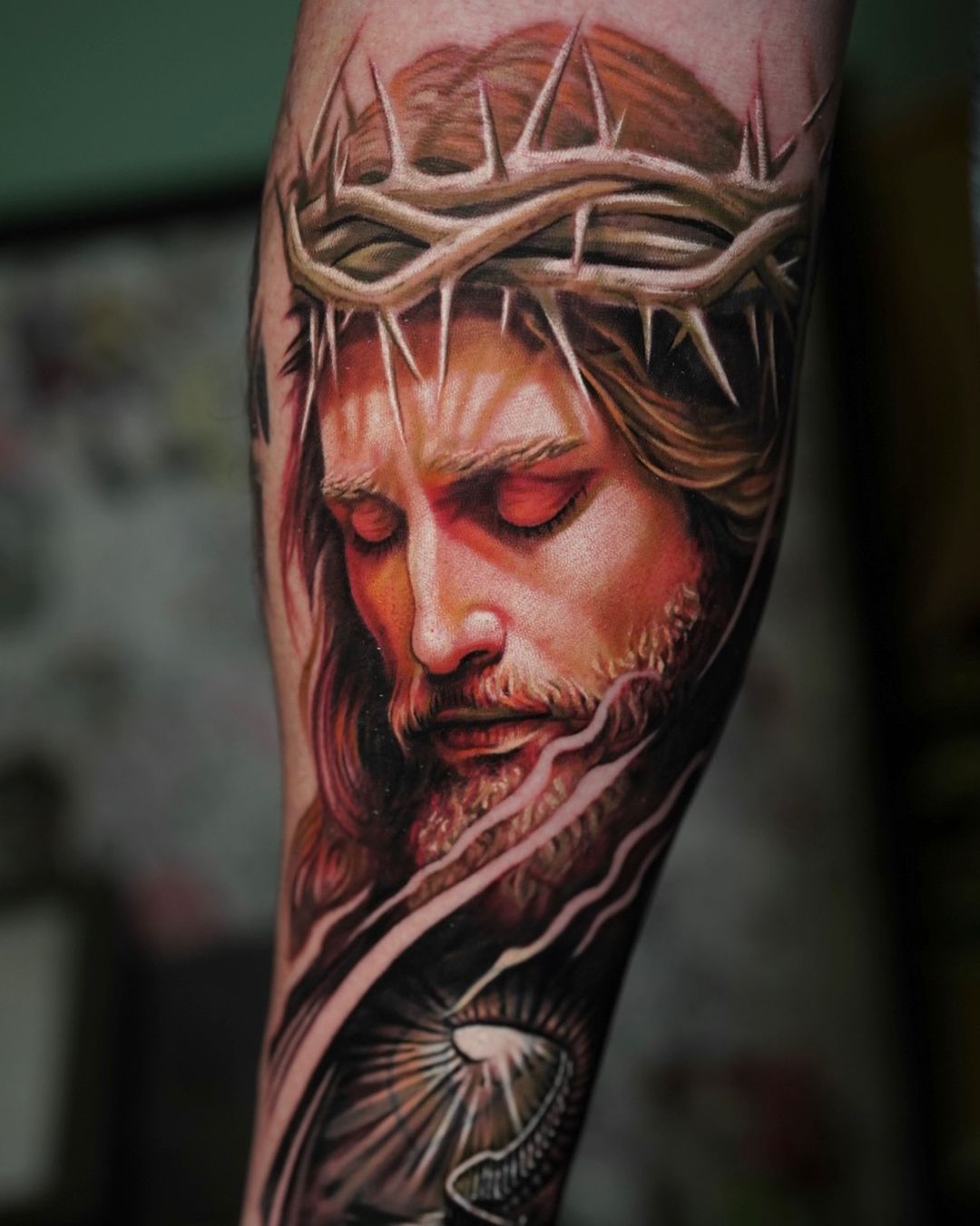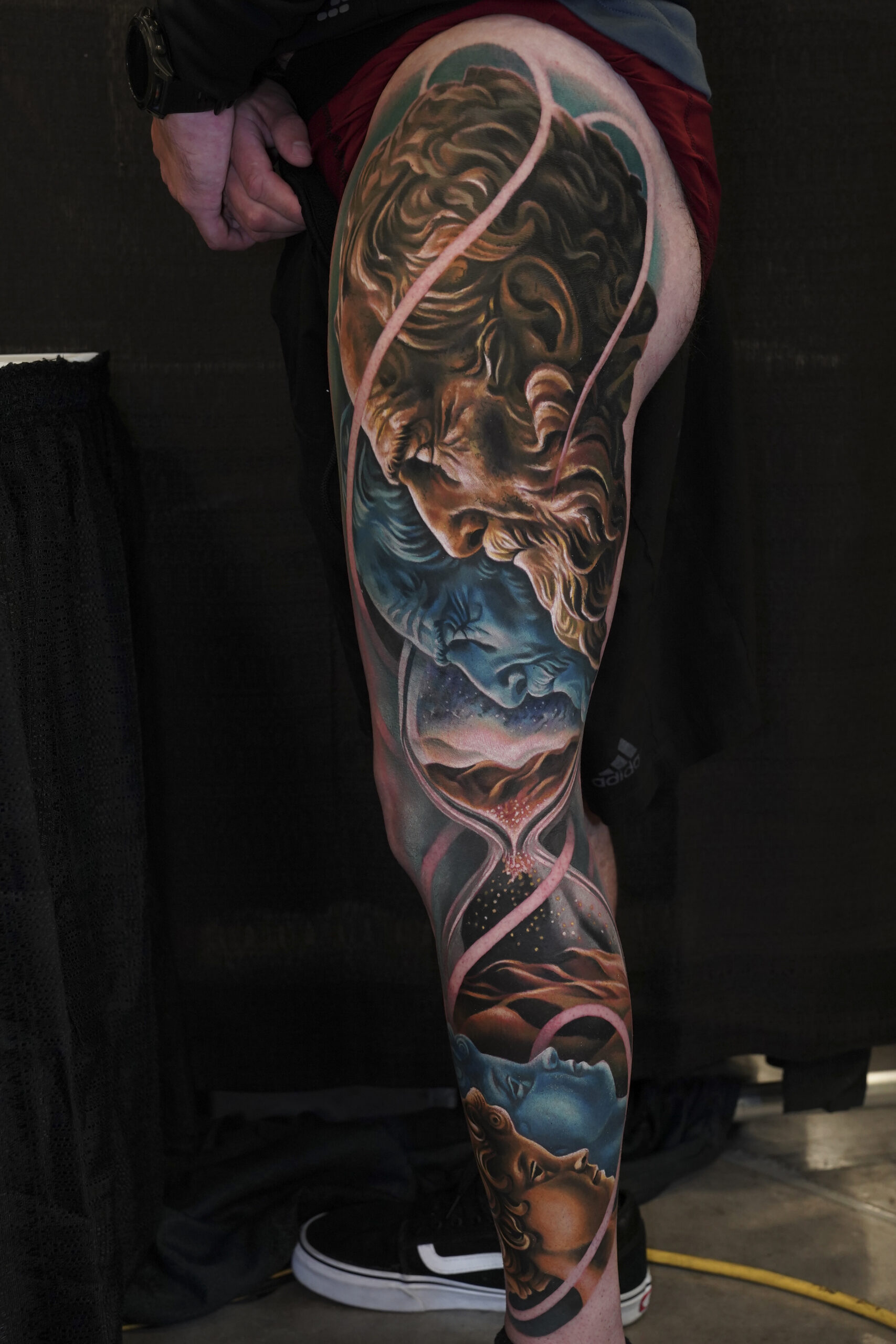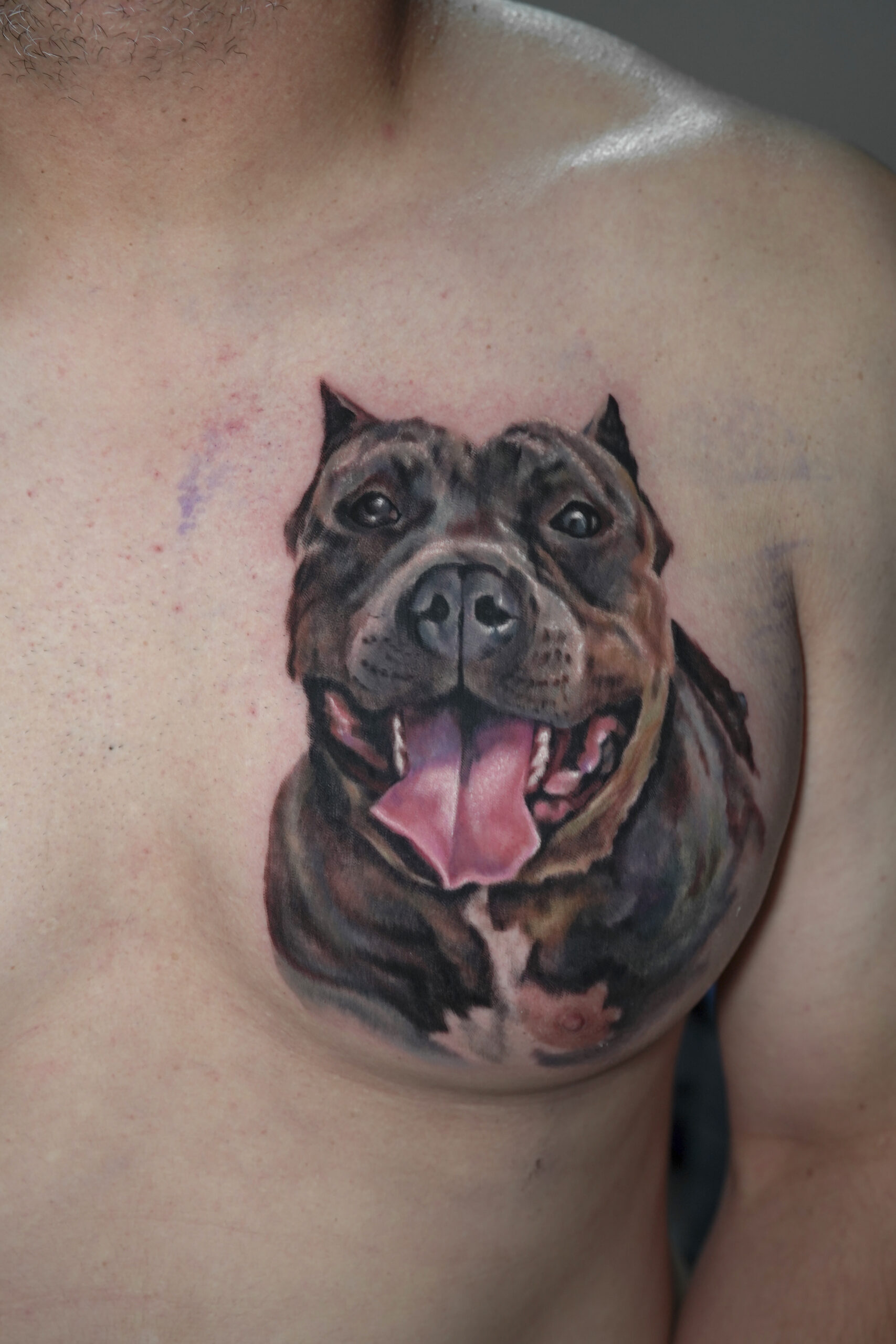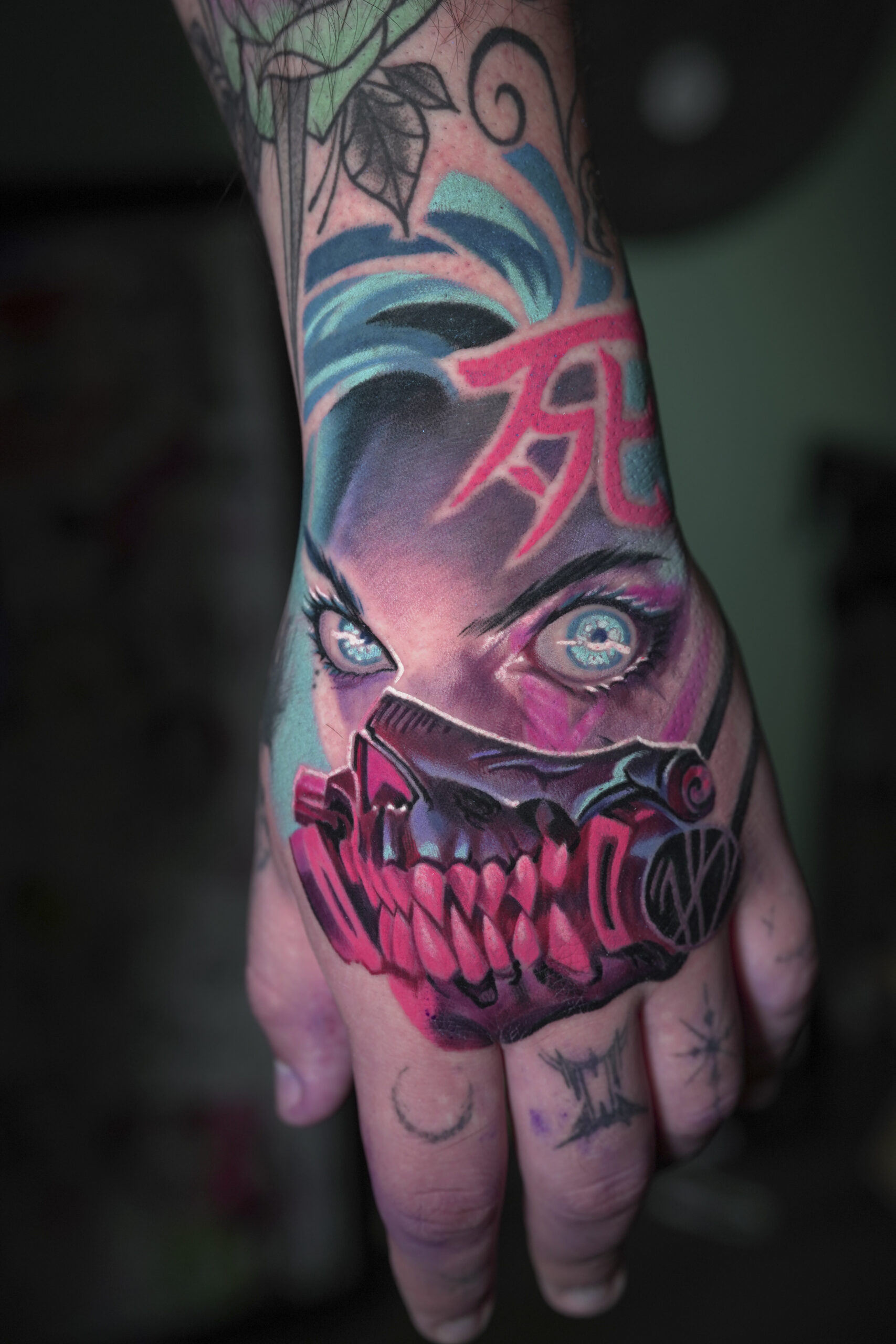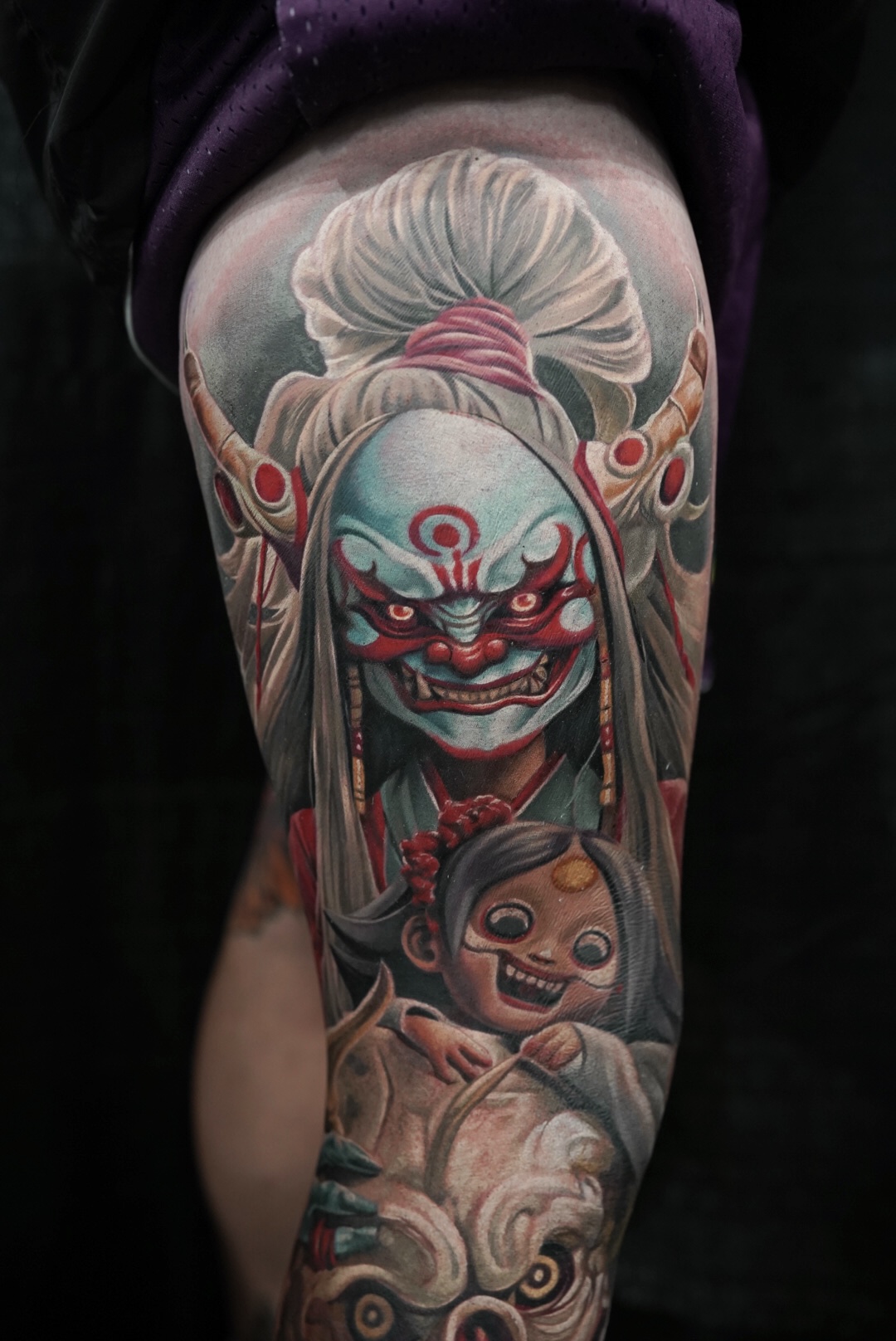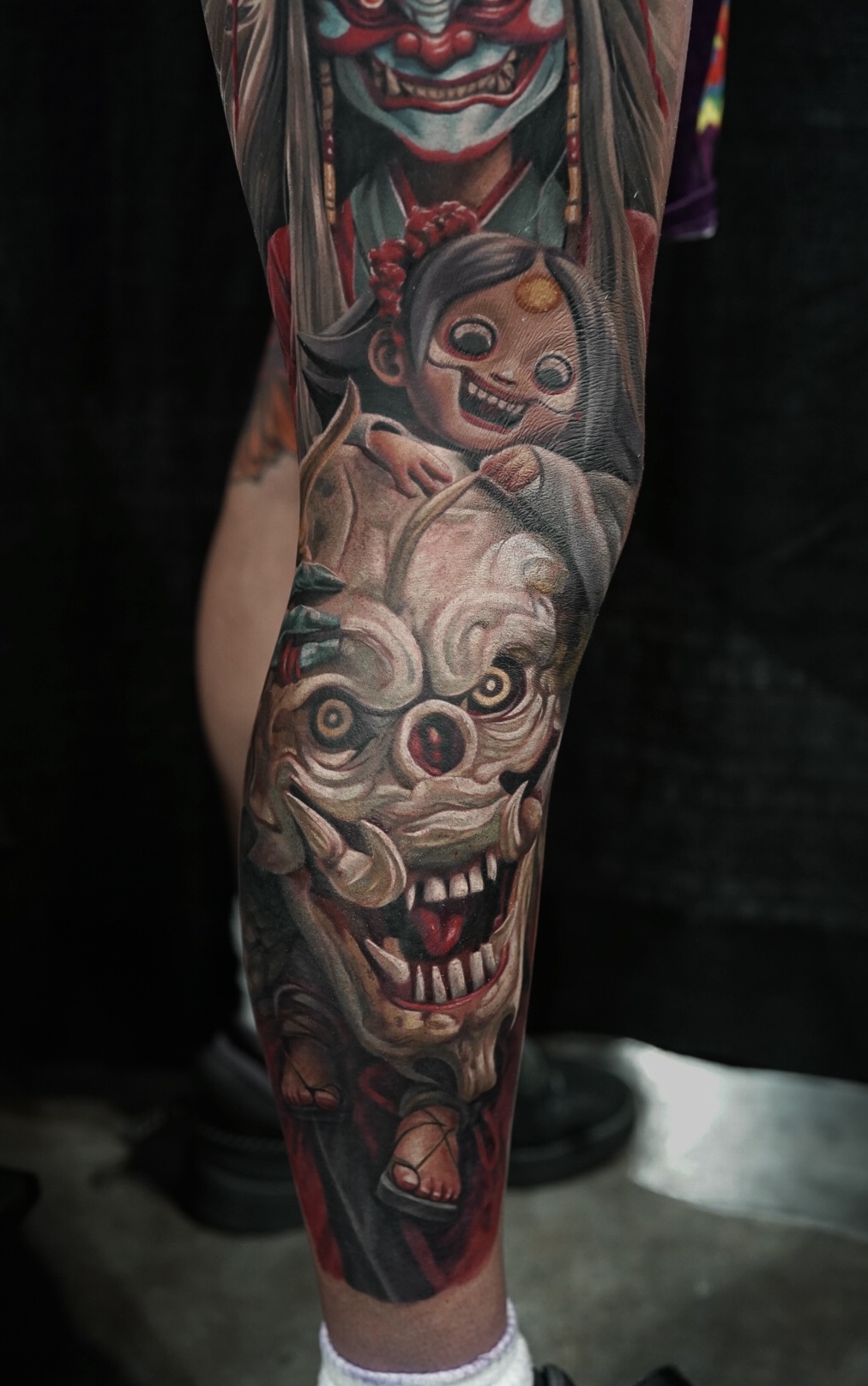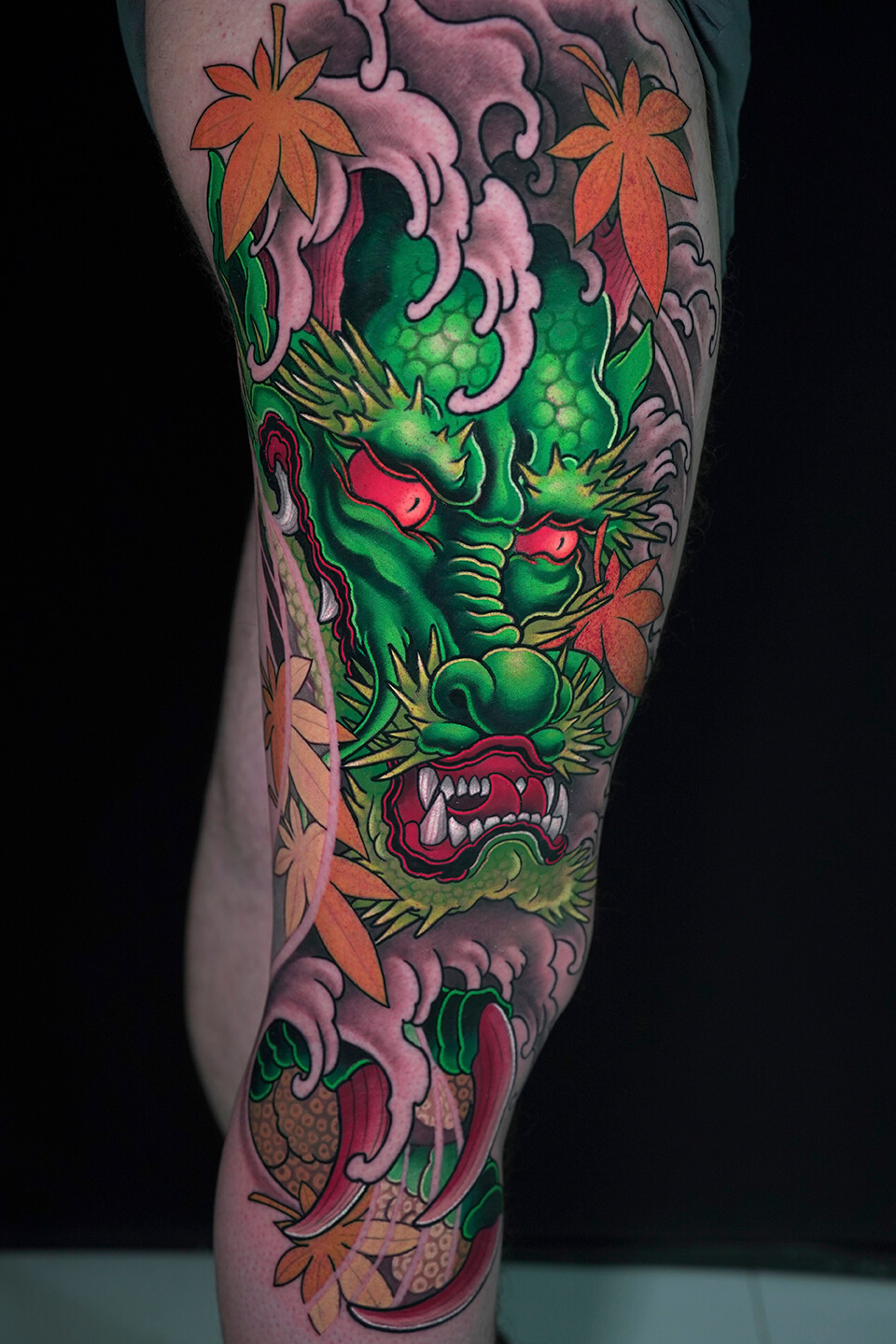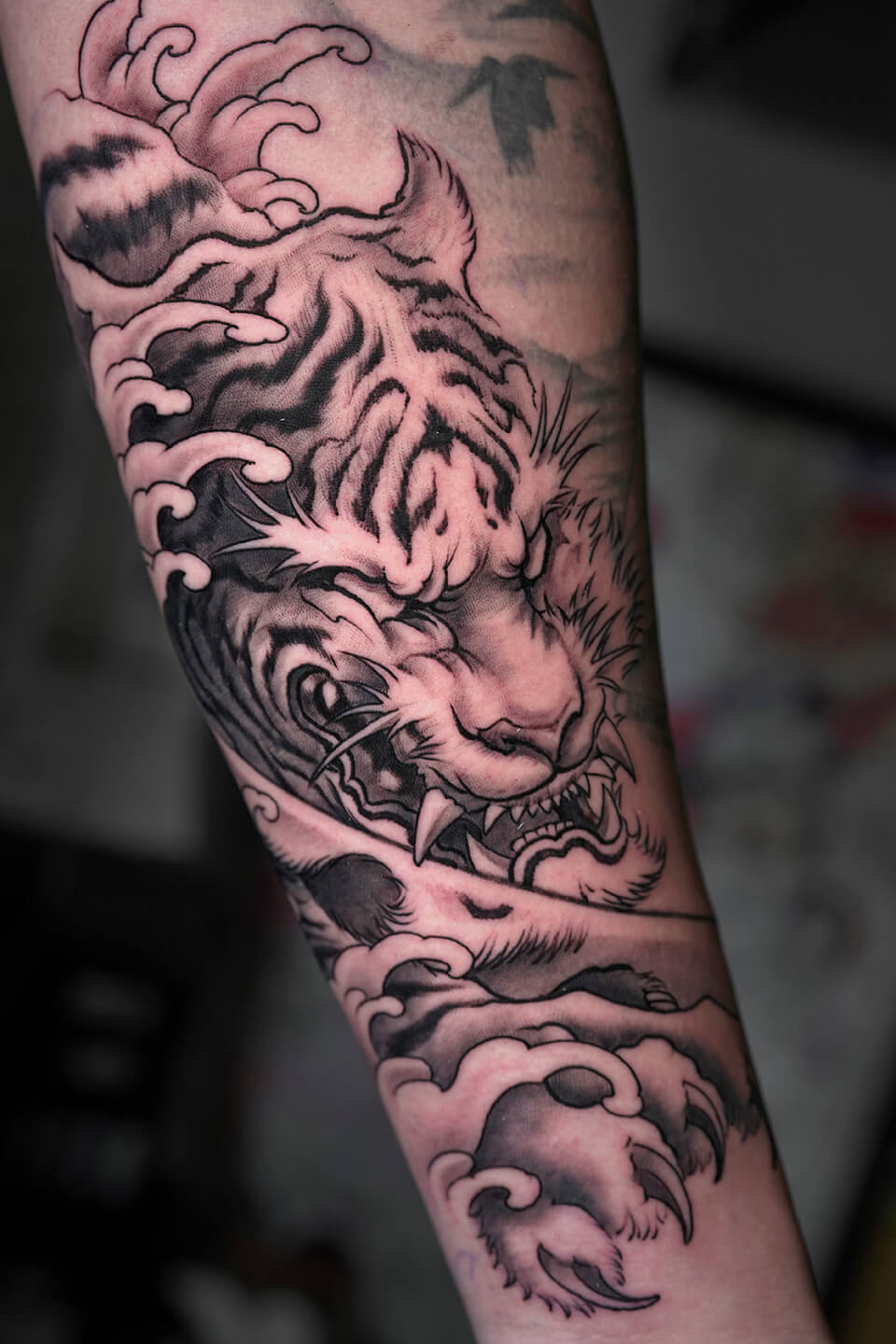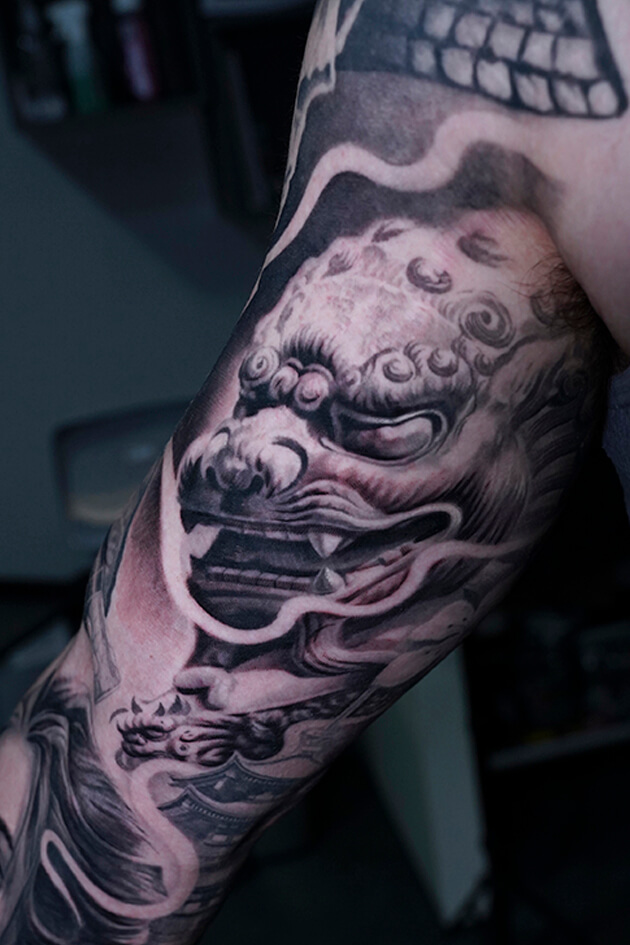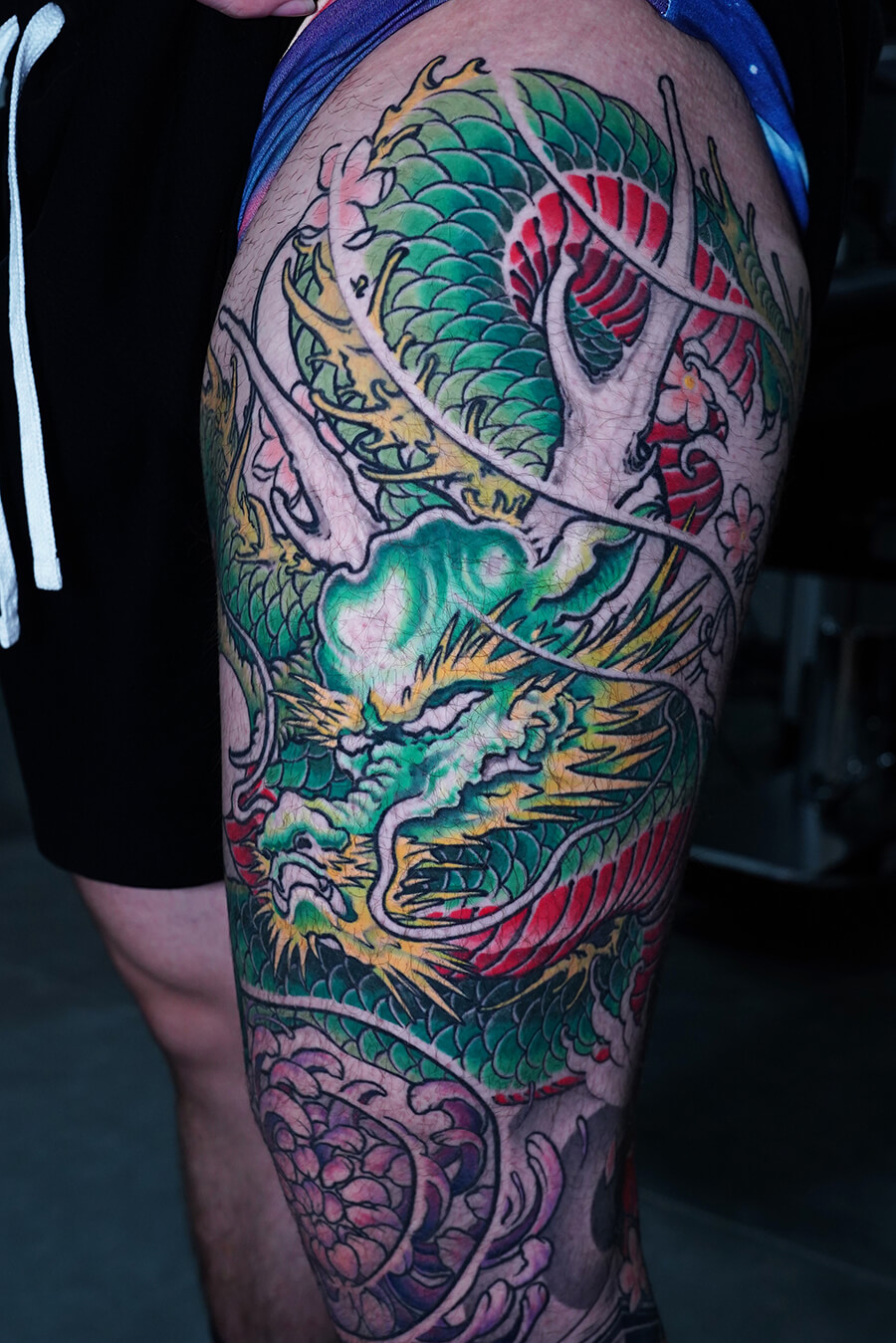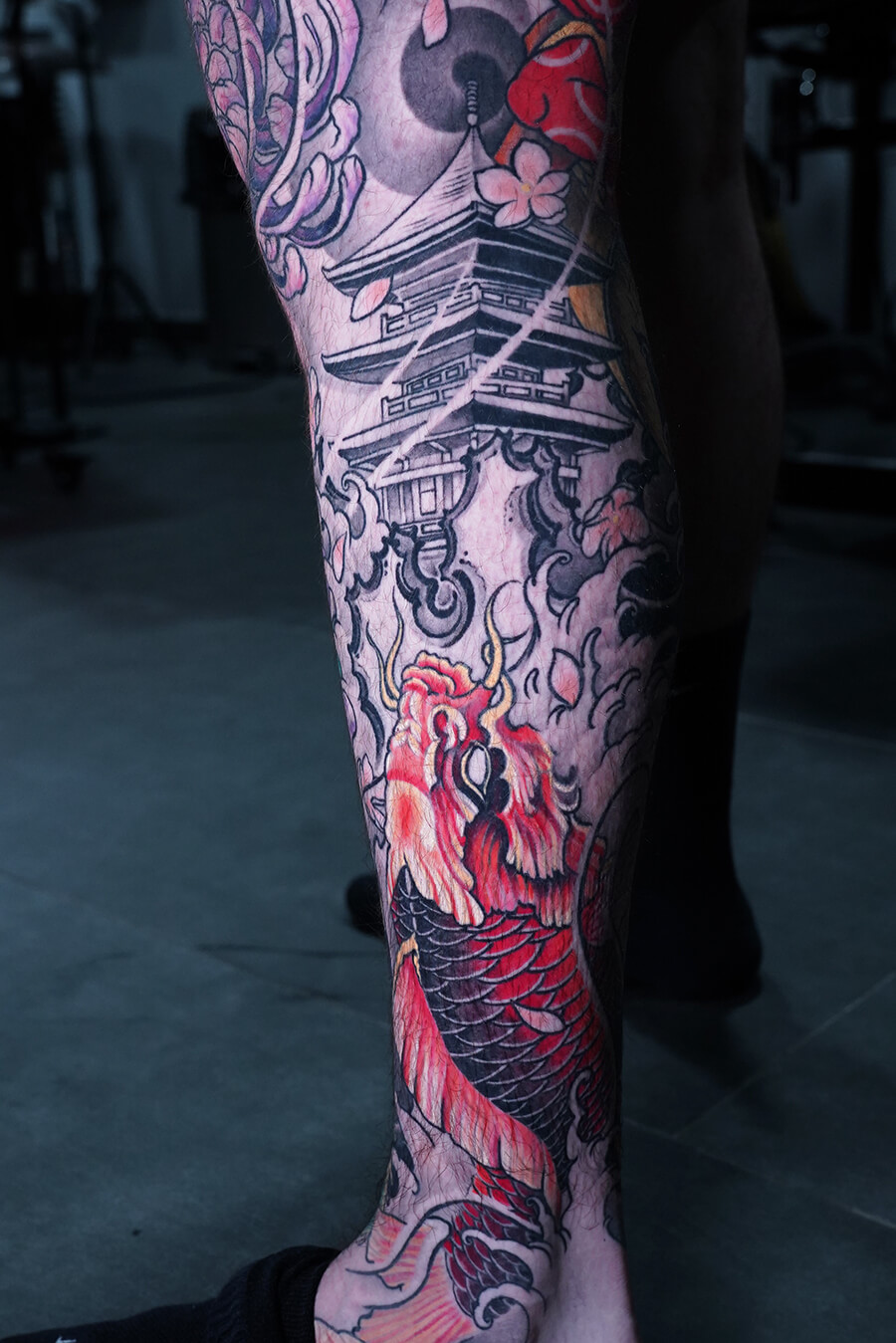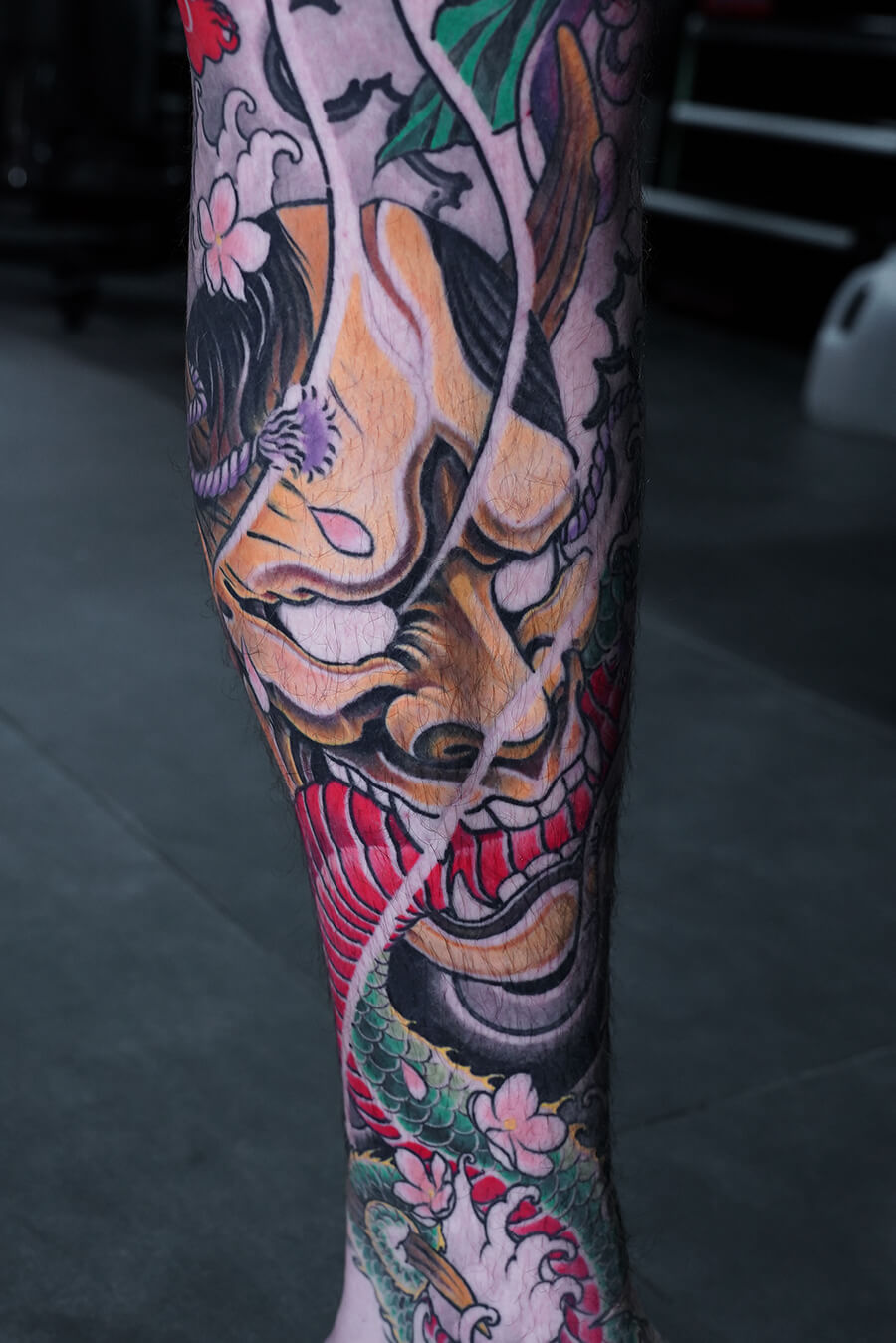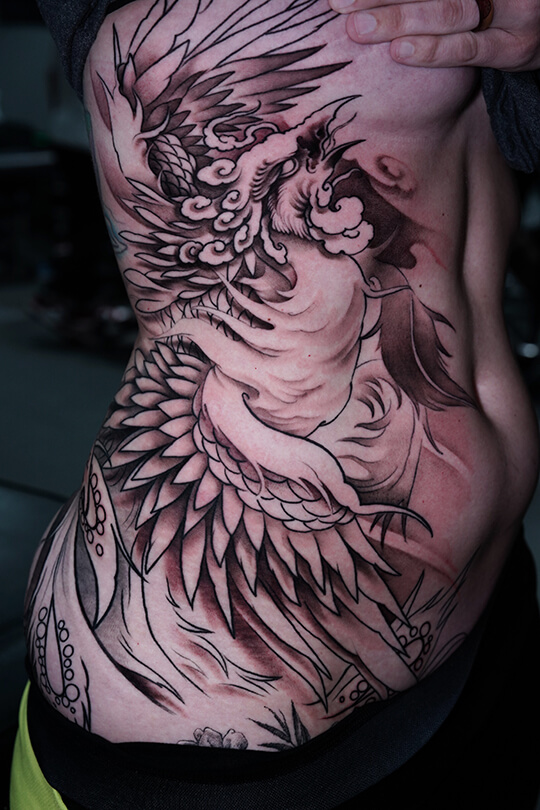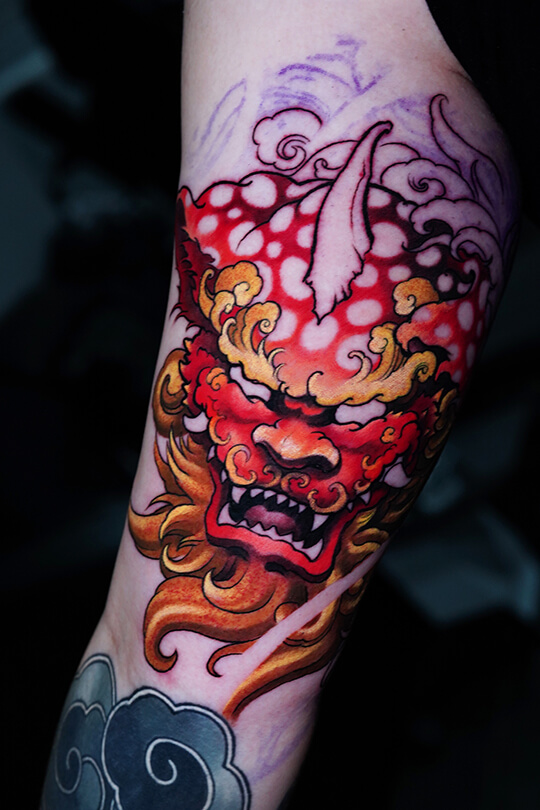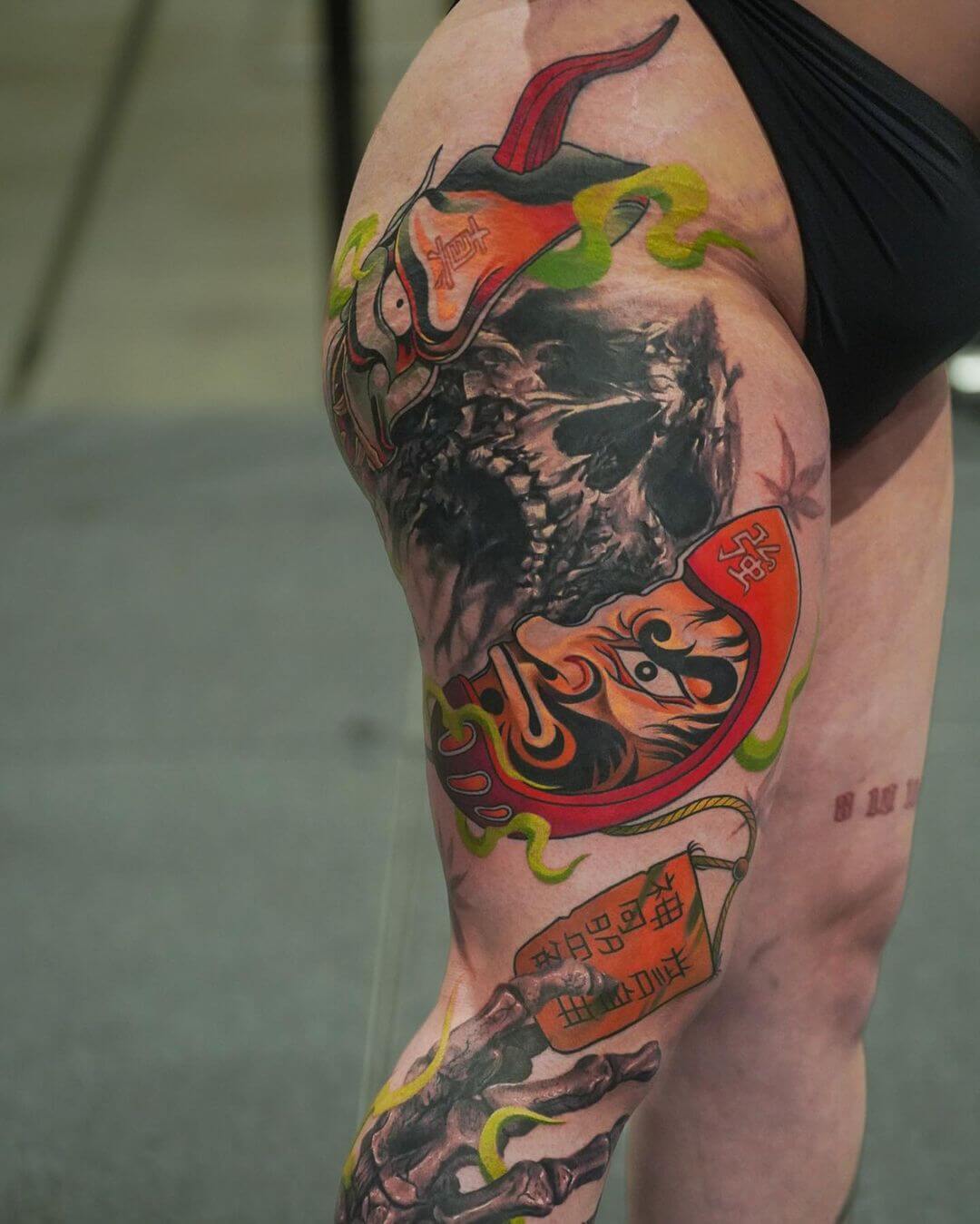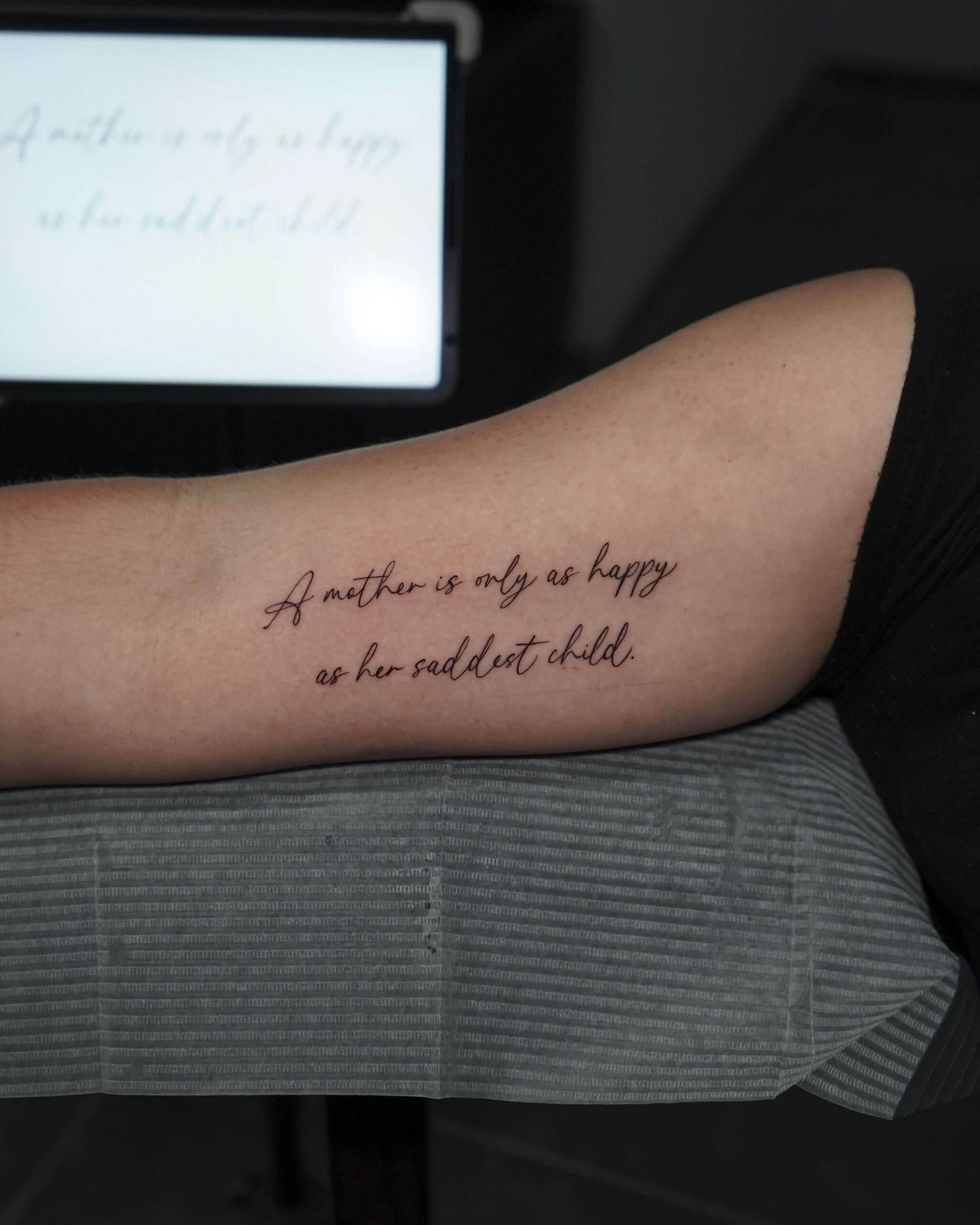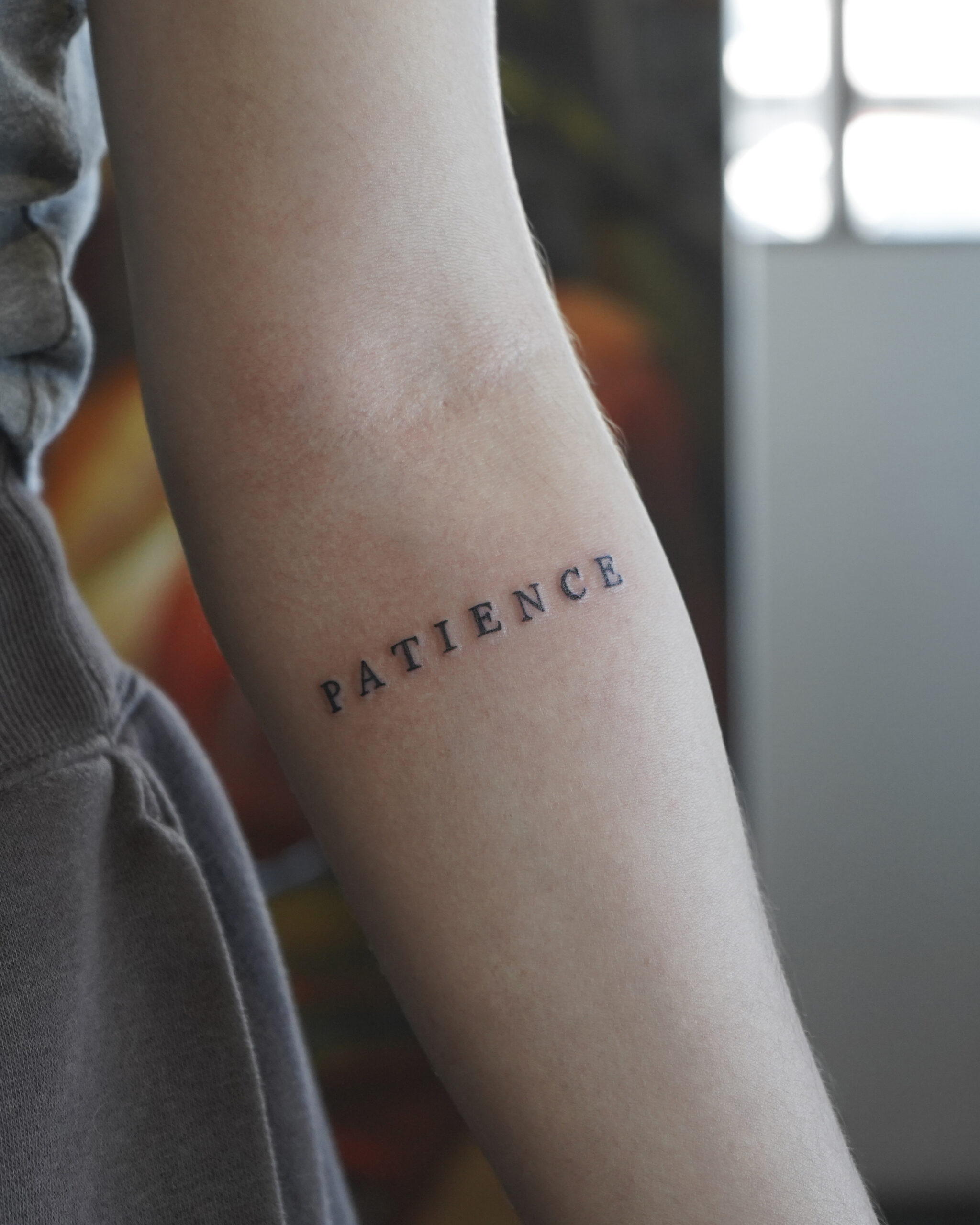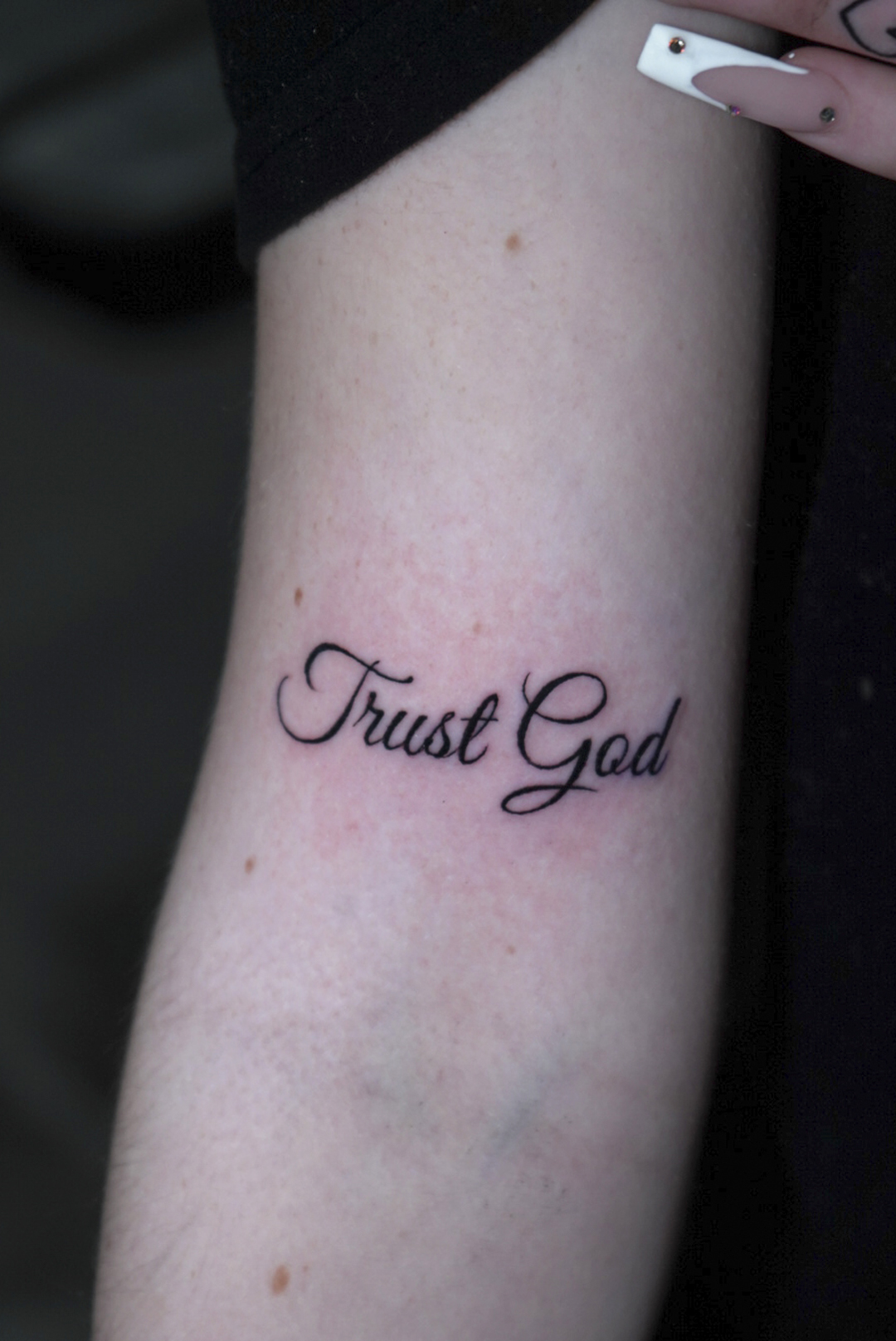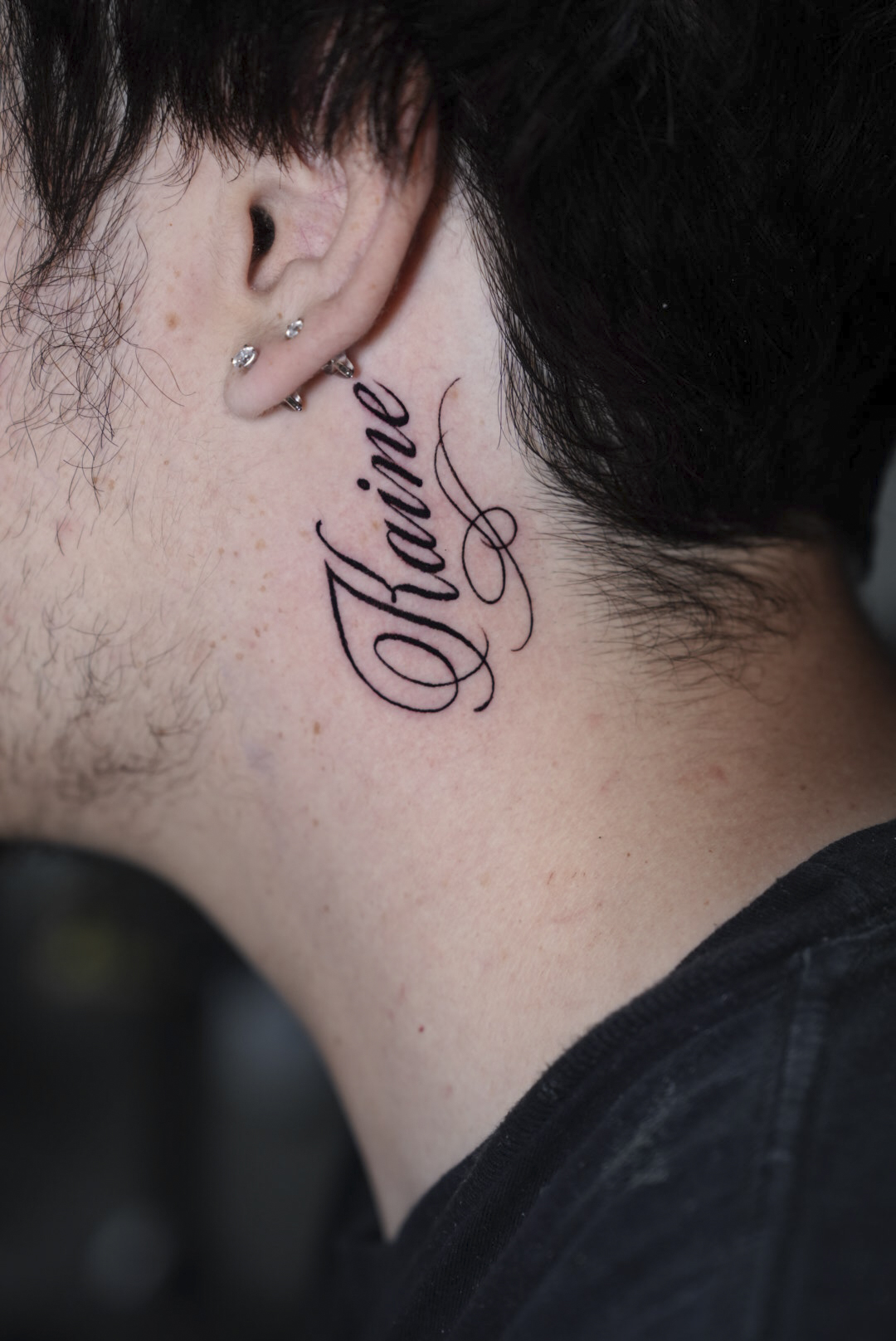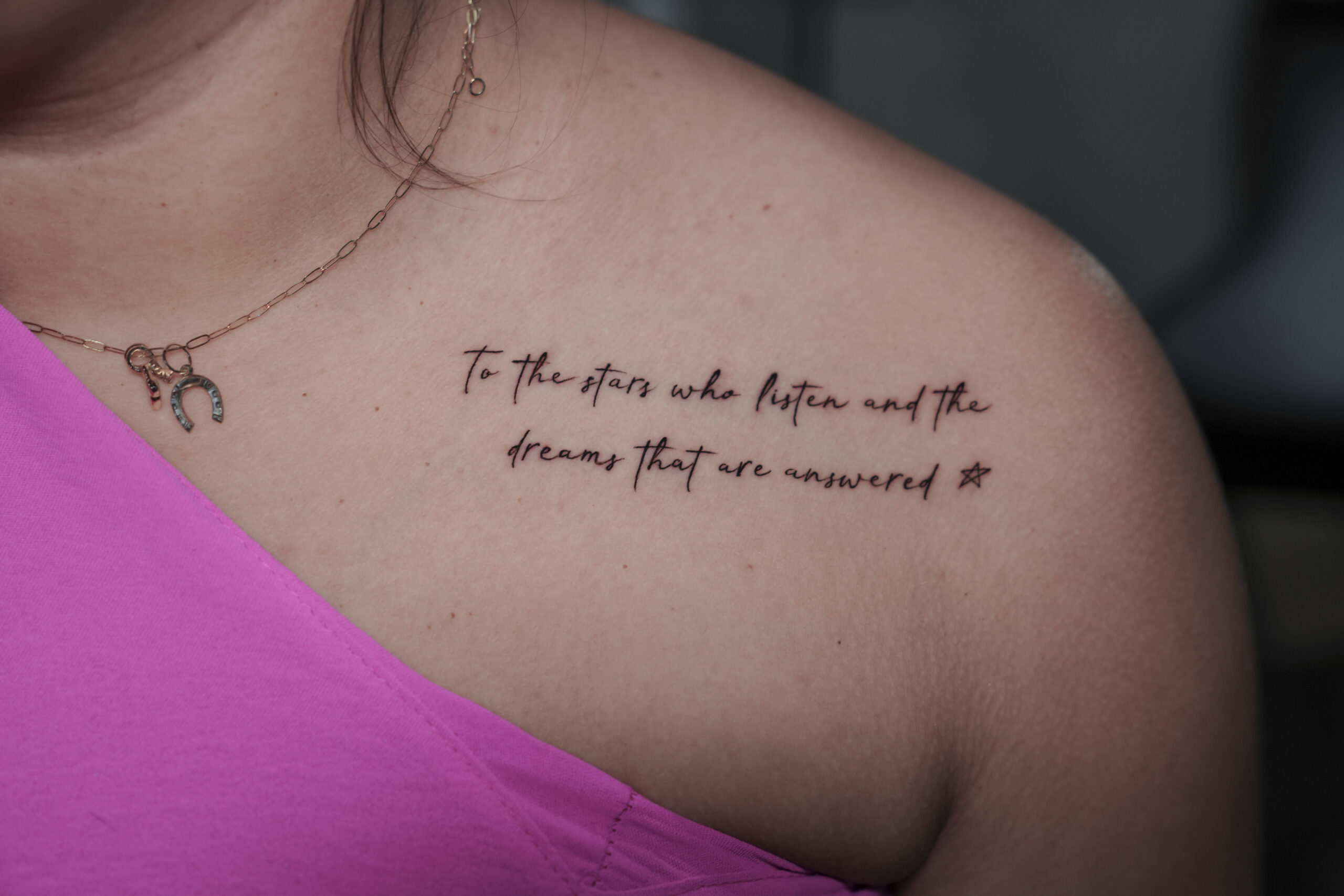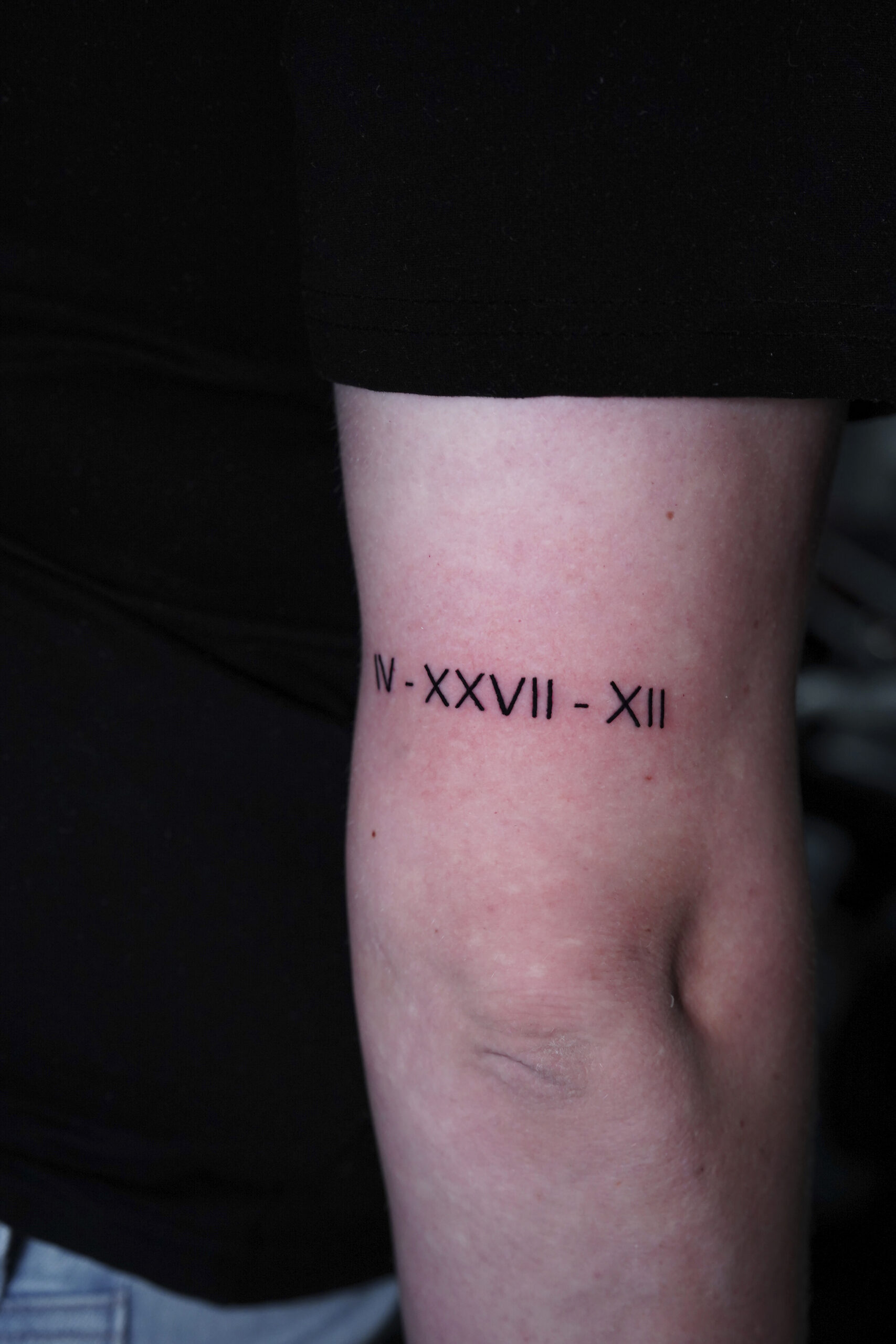Choosing the right tattoo placement is a critical decision that directly impacts your design’s pain level, visibility, longevity, and how it flows with your body’s natural form. This comprehensive guide provides a complete analysis to help you make an informed choice, drawing from over 15 years of expertise at Hyper Inkers. We begin by breaking down the five essential factors: tattoo size, personal pain tolerance, lifestyle visibility needs, long-term fading patterns, and anatomical flow.
The guide then details the most and least painful locations with exact pain ratings derived from thousands of client sessions. You will find an in-depth breakdown of popular placements including the arm, leg, torso, and neck with specifics on ideal sizing and aesthetic considerations. Finally, we offer curated inspiration for both men and women, along with expert recommendations for the best spots for small, minimalist designs and positive first-time tattoo experiences, ensuring you find the perfect location for your art.
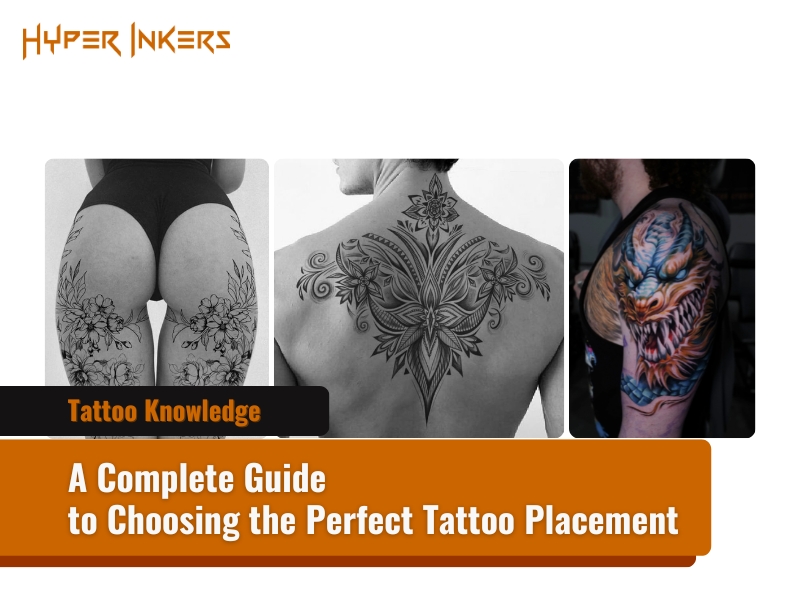
Key Factors to Consider Before Choosing a Tattoo Spot
The five most important factors are size compatibility, pain tolerance, lifestyle visibility needs, fading patterns, and anatomical flow. Each factor directly impacts your tattoo experience and final results. Below is the detailed information:
Tattoo Size and Design Complexity
The tattoo size is the first major decision that will influence your placement options. From a small, hidden symbol to a full back piece, each size has its own ideal locations and considerations. Let’s break down the common tattoo sizes:
Small Tattoos (e.g., up to 2-3 inches)
Small tattoos are perfect for first-timers, subtle statements, and delicate designs. They fit well in discreet places like the wrist, ankle, behind the ear, or fingers, making them easy to conceal if needed. Their smaller scale also means they are quicker to complete and generally less expensive, offering a great entry point into the world of tattoo art.
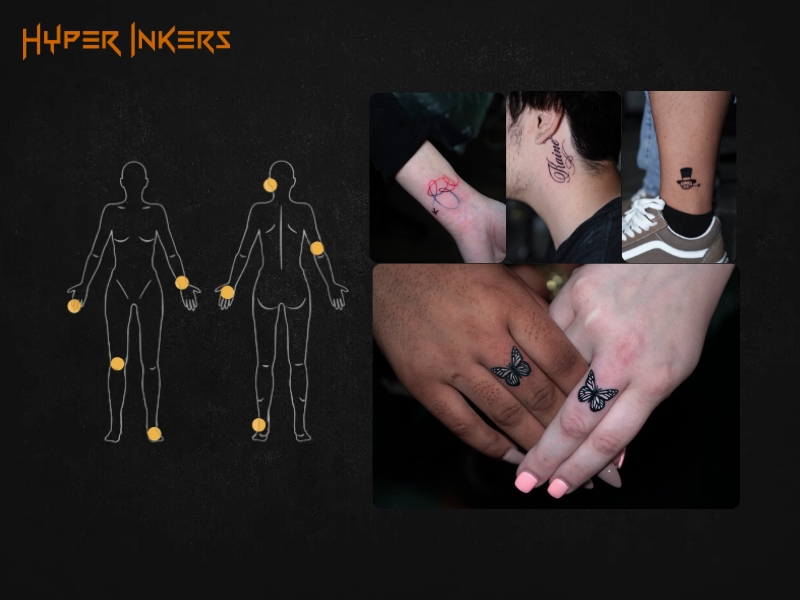
Medium Tattoos (e.g., 4-6 inches)
Described as versatile pieces, medium tattoos allow for significantly more detail and complexity than smaller designs. They are ideally suited for placements like the forearm, bicep, calf, or shoulder blade, where there is enough space to render the art without it feeling cramped. This size is incredibly popular for portraits, intricate floral pieces, or detailed symbols that require a bit more room to breathe and make an impact.
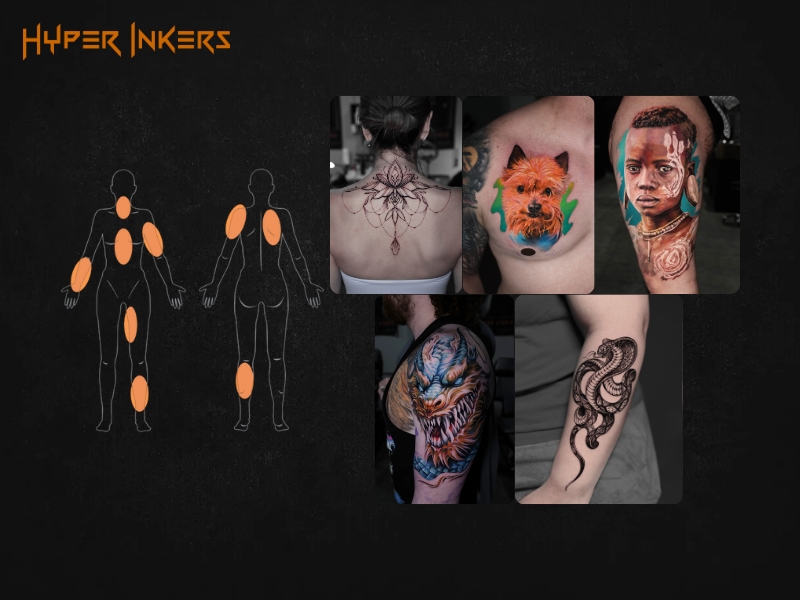
Large Tattoos (e.g., 6+ inches or covering a specific body part)
Large tattoos are significant commitments that make a bold and powerful statement. They require larger canvases, such as the thigh, chest, or the expanse of the upper back, to properly accommodate their scale and complexity without distortion. It’s important for clients to understand that these pieces often require multiple sessions to complete, involving a greater investment of both time and money.

Extra Large / Full Coverage Tattoos
This category includes major projects that cover an entire body part, such as a full arm or leg sleeve, or a full back or chest piece. These tattoos represent the ultimate form of personal expression and body art. It is crucial to understand that these are massive undertakings that require a significant time commitment, a substantial financial investment, and often a high pain tolerance to see through to completion.

Your personal pain tolerance
Pain is a primary and valid concern for anyone considering a new tattoo, whether it’s your first or your fiftieth. While the experience of pain is subjective and varies from person to person, it generally depends on three main physical factors: the density of nerve endings, the proximity to bone, and the thickness of the skin in a given area. Areas with thinner skin directly over bone tend to be more painful. Assess your personal tolerance honestly before committing to high-pain areas that might lead to incomplete sessions or poor healing.
Visibility & Your Lifestyle
How visible you want your tattoo to be is a major lifestyle consideration. We can categorize visibility into three main levels:
- High Visibility: These are placements that are almost always visible, such as the hands, neck, and face. Choosing these areas requires careful consideration of your professional career and social environments, as they make a constant and immediate statement.
- Medium Visibility: Placements like the forearm or calf offer excellent versatility. They can be proudly displayed or easily covered with clothing, giving you control over when your tattoo is seen.
- Low Visibility: Spots like the thigh, ribs, back, and torso are easy to keep private. These hidden canvases offer the most freedom, allowing for large or personal designs that are shared only when you choose.
Tattoo Longevity and Fading
All tattoos will naturally fade and settle over time, but the placement you choose is a key factor in how gracefully they age. Placements with high sun exposure and constant friction will fade faster than protected areas.
- Most durable spots: Areas that are generally protected from the sun and rubbing, such as the ribs, inner bicep, back, and thighs, tend to hold ink exceptionally well over the decades.
- Fastest-fading spots: The skin on hands, feet, fingers, elbows, and knees regenerates more quickly and endures constant movement and friction. Tattoos here are known to fade significantly faster and often require more frequent touch-ups to stay sharp.
Body Anatomy and Tattoo Flow
A truly great tattoo does not just sit on the skin; it complements the body’s natural curves, lines, and musculature. The design should “flow” with your anatomy, appearing as a natural extension of your form rather than a flat sticker. An expert artist will always design with the body’s movement in mind.
For example, a snake tattoo can be designed to wrap dynamically around a forearm, or a pair of wings can be shaped to spread perfectly across the shoulder blades, enhancing the body’s natural shape and creating a more powerful, integrated piece of art.
Which tattoo placements are the most and least painful?
Most painful areas: Ribs (9-10/10), spine (8-9/10), ankles (7-8/10), hands/fingers (8-9/10), and elbows (7-8/10). Least painful areas: Outer thigh (3-4/10), upper arm (3-4/10), forearm (3-4/10), calves (4-5/10), and upper back (3-4/10).
These ratings come from Hyper Inkers’ 15+ years of experience and thousands of client sessions. Pain levels depend on nerve density, bone proximity, and skin thickness. Bony areas with thin skin hurt most, while muscular areas with thick skin hurt least. The breakdown below explains each location’s specific pain factors.
Most painful locations:
- Ribs and ribcage (9-10/10): Skin sits directly over rib bones. Needle vibrations resonate through bones, creating intense pain that makes this the most challenging location.
- Spine and vertebrae (8-9/10): Zero muscle cushioning over vertebrae. Central nervous system proximity amplifies every needle contact.
- Ankle bones (7-8/10): Thin skin over prominent bones with high nerve density. Joint movement increases pain sensitivity.
- Hands and fingers (8-9/10): Dense nerve clusters in thin skin. Every needle pass contacts nerve endings directly.
- Elbows and knees (7-8/10): Minimal skin over bone joints. Curved surfaces extend session time and increase discomfort.
Least painful locations:
- Outer thigh (3-4/10): Large muscle groups cushion needle impact. Thick skin reduces sensitivity. Best choice for first-timers.
- Upper arm and shoulder (3-4/10): Deltoid muscle provides excellent cushioning. Consistent comfort throughout sessions.
- Forearm (3-4/10): Balanced muscle and fat distribution. Easy aftercare access during healing.
- Calf muscles (4-5/10): Strong muscle tissue with thick skin coverage. Good for medium to large designs.
- Upper back (3-4/10): Broad muscle coverage away from spine. Flat surface ideal for large-scale work.
To see these ratings visualized on a full body map, explore our complete tattoo pain chart to find the perfect spot that matches your personal pain tolerance.
A Breakdown of Placements: Pain, Visibility & Ideal Size
This section serves as a quick-reference guide to the objective facts of each popular tattoo placement. It focuses on the “technical specs” pain, visibility, and sizing to help you compare locations on a level playing field, regardless of gender or personal style:
Arm Placements
The arm tattoo placement is arguably the most popular and versatile tattoo canvas, offering a variety of spots with different characteristics. Here’s the technical breakdown of the key areas:
Full Sleeve
A full sleeve is the ultimate tattoo commitment, transforming the entire arm into a single, cohesive piece of art. It’s a major project with varying levels of pain and maximum visibility.
- Pain: Varies significantly (Outer Arm: 3-4/10; Inner Bicep: 5-6/10; Elbow: 7-8/10)
- Visibility: Maximum
- Ideal Size: Extra Large (a full coverage project)
- Longevity: Good overall, but be aware that hands and elbows will fade faster and may require more frequent touch-ups.
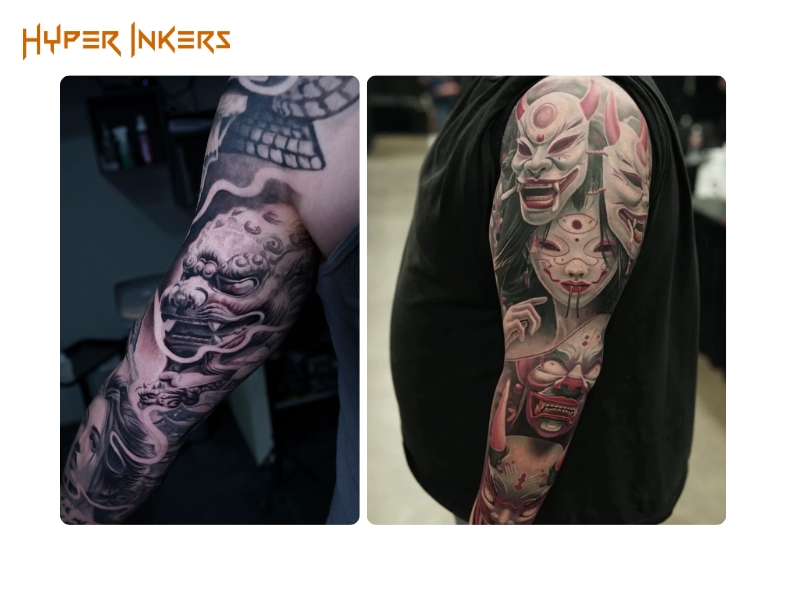
Forearm
A classic and highly visible placement, the forearm is perfect for displaying art you love to see every day. It offers a great balance of moderate pain and excellent longevity.
- Pain: 3-4/10
- Visibility: High
- Ideal Size: Medium to Large
- Longevity: Very Good
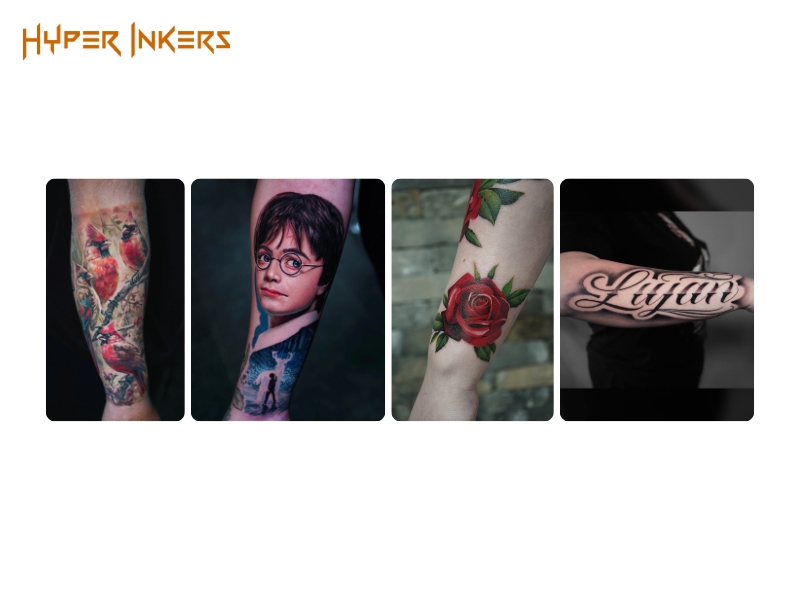
Inner Bicep
Sought after for its discretion and moderate pain, the inner bicep is an ideal spot for more personal or delicate tattoos. This placement is naturally protected from sun damage.
- Pain: 5-6/10
- Visibility: Low to Medium
- Ideal Size: Small to Medium
- Longevity: Excellent
Leg Placements
The legs tattoo placement offer a fantastic spectrum of placement options, from the expansive, private canvas of the thigh, perfect for large-scale work, to the more visible calf and ankle for statement pieces. This versatility makes the leg a great choice for any size project, allowing for both public display and private art. Here is a detailed comparison of each popular spot.
Thigh (upper, inner)
The thigh provides one of the largest and most private canvases on the body, making it perfect for large-scale, detailed work with a relatively low pain threshold on the outer muscle.
- Pain: 3-4/10 (Outer), 8-9/10 (Inner)
- Visibility: Low
- Ideal Size: Large to Extra Large
- Longevity: Excellent
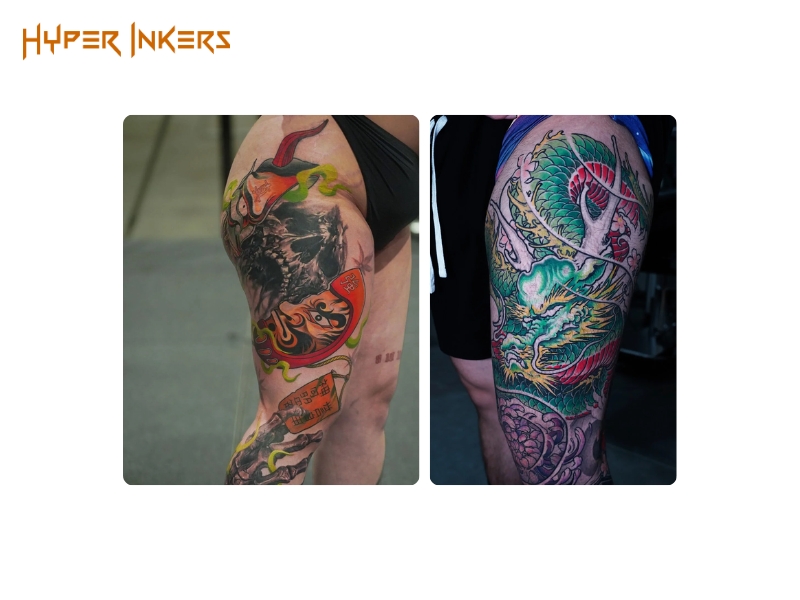
Calf
The calf is a fantastic placement for medium to large vertical designs that wrap around the muscle. It’s moderately visible and a popular spot for both men and women.
- Pain: 4-5/10
- Visibility: Medium
- Ideal Size: Medium to Large
- Longevity: Very Good

Ankle
The ankle is a delicate and bony area, making it a high-pain placement best suited for smaller designs. It’s a popular choice for subtle, easily concealable tattoos.
- Pain: 7-8/10
- Visibility: Medium to High
- Ideal Size: Small
- Longevity: Good, but can fade faster due to friction from socks and shoes.

Torso Placements
As the core of the body, the torso is home to some of the most impactful and personal tattoo placements available. These areas are often reserved for significant statement pieces that require commitment but offer an unparalleled aesthetic reward. It’s crucial to understand the high pain levels involved with these spots before beginning.
Chest
A powerful and symmetrical placement, the chest is ideal for large statement pieces that frame the upper body. Be prepared for high pain levels, especially near the sternum and collarbones.
- Pain: 7-9/10
- Visibility: Medium
- Ideal Size: Large
- Longevity: Excellent

Back
As the largest and flattest canvas on the body, the back is unparalleled for epic, large-scale projects. While pain varies, it offers maximum privacy and longevity for your investment.
- Pain: 3-4/10 (on fleshier parts), 7-8/10 (on the spine)
- Visibility: Low
- Ideal Size: Extra Large
- Longevity: Excellent
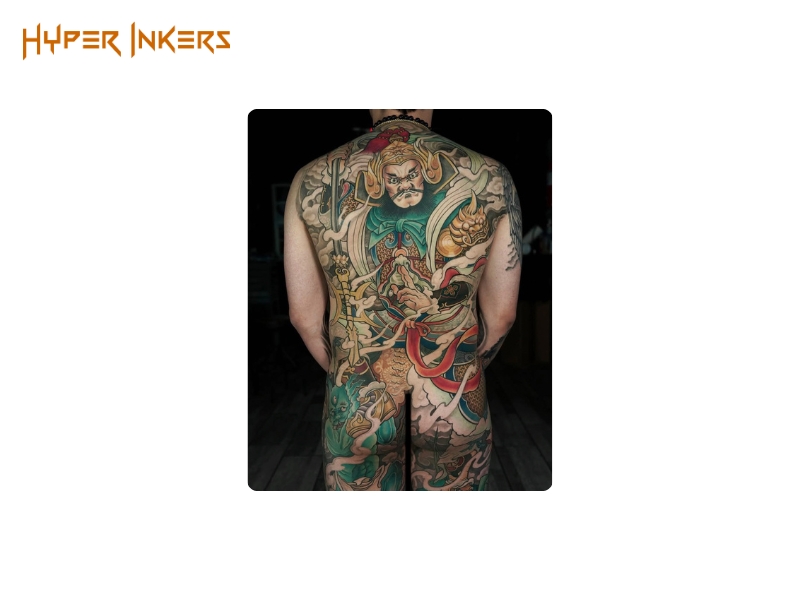
Ribs/Side
Known for its elegant, body-contouring aesthetic, the ribcage is also one of the most painful placements. This spot is ideal for vertical designs and offers excellent protection from fading.
- Pain: 9-10/10
- Visibility: Low
- Ideal Size: Small to Large (especially well-suited for vertical designs)
- Longevity: Excellent
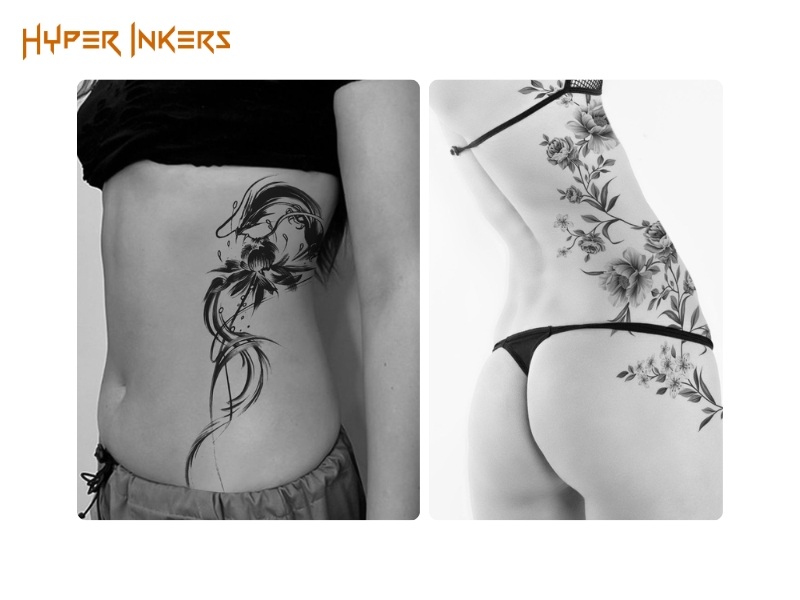
Head & Neck Placements
Placements on the head and neck are the most visible and often most painful, representing a significant commitment. Here are the technical considerations for these bold choices:
Neck (Side/Front/Nape)
A highly visible and sensitive choice, neck tattoos make a bold, undeniable statement. This area demands serious consideration due to its constant exposure and high pain levels.
- Pain: 7-9/10 (High – very sensitive area)
- Visibility: Maximum (Cannot be easily concealed)
- Ideal Size: Small to Medium
- Longevity: Good, but the nape can fade due to sun exposure.
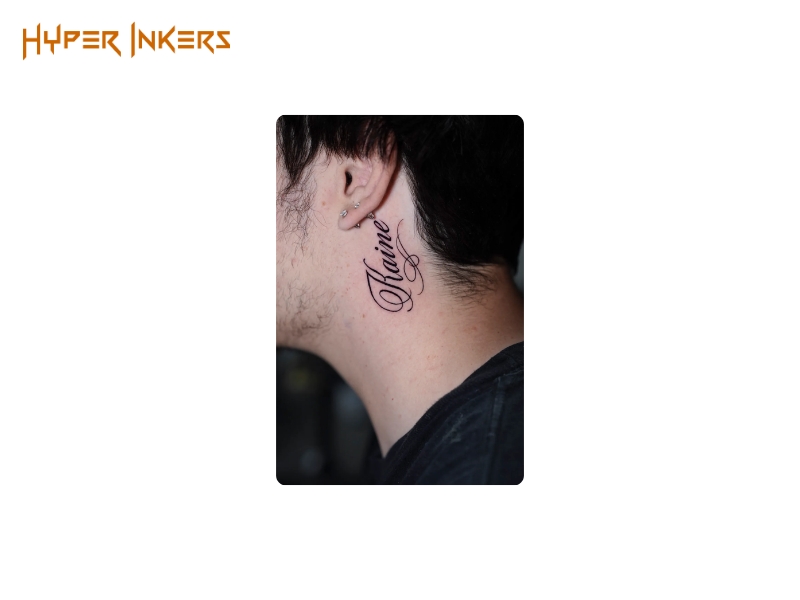
Behind the Ear
For those seeking an extremely discreet tattoo, the area behind the ear is the perfect canvas for tiny, personal art. It’s a popular spot for a first, hidden tattoo.
- Pain: 6-7/10 (Moderate to High – proximity to bone and vibration can be intense)
- Visibility: Low to Medium (Discreet, easily hidden by hair but visible otherwise)
- Ideal Size: Small / Extra Small
- Longevity: Good, but can be affected by hair products and friction.
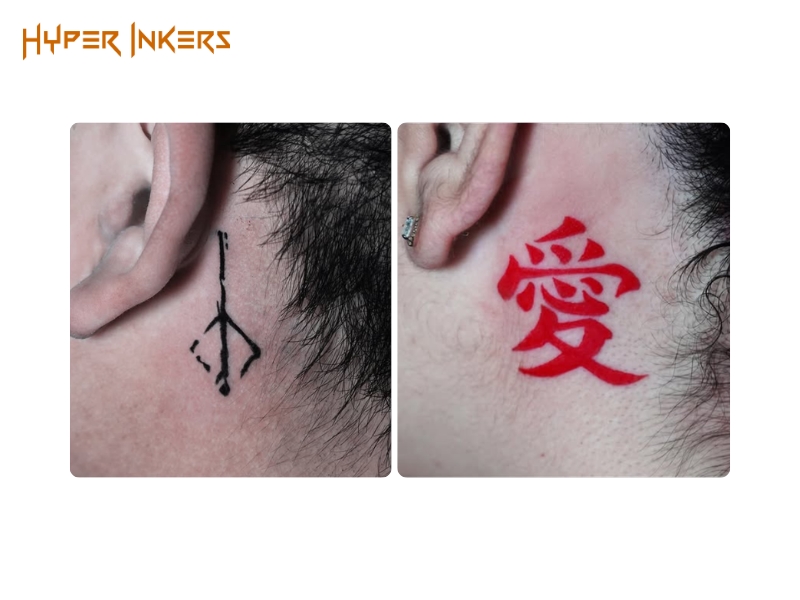
Now that you have the technical breakdown, it’s time to make a decision. Explore our complete guide on the best spot to get a tattoo to help you weigh these factors and find the perfect placement for your art.
Tattoo Placement Inspiration for Men
Beyond the technical details, choosing a placement is about aesthetics and personal style. Here, we explore some of the most popular placements for men, focusing on the design concepts and artistic styles that make them powerful and timeless choices.
The Classic Statement: Chest & Back Pieces
The torso is where bold statements are made. The chest serves as the perfect canvas for symmetrical, powerful designs like eagles, skulls, or ornamental armor that work with and accentuate the masculine form. The back is the ultimate location for a large-scale narrative piece, be it a full-color mythological scene, an intricate geometric pattern, or a Japanese-style bodysuit. These placements are chosen specifically to command attention and convey a strong, definitive aesthetic.

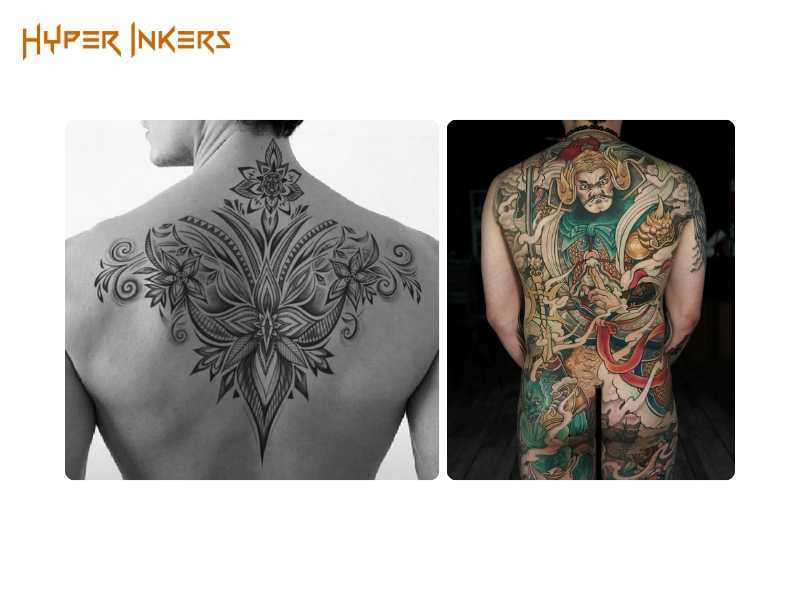
The Visible Art: Forearm & Calf Tattoos
The forearm and calf are prime real estate for art that is meant to be seen and regularly displayed. The long, rounded shape of these limbs is ideal for designs that wrap, such as realistic animals, detailed portraits, or classic traditional pieces that tell a story. Because of their visibility and ideal shape, these placements are often the foundational building blocks for a future full-sleeve project, allowing an artist’s work to be appreciated daily.

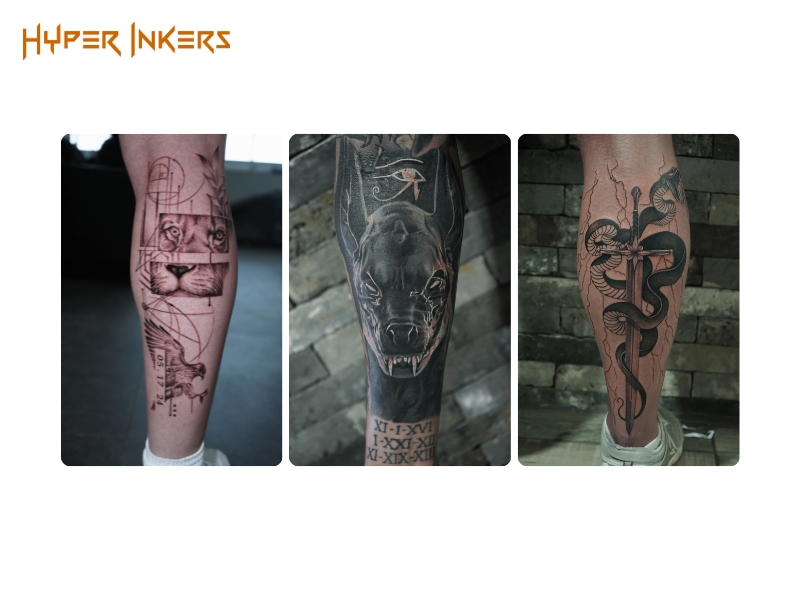
Tattoo Placement Inspiration for Women
Placement can dramatically alter the feel of a tattoo, transforming it from a delicate and discreet secret to a bold and sensual statement piece. This section explores popular placements for women, focusing on designs that complement and enhance the body’s natural curves and flow.
The Ornamental Centerpiece: Sternum & Rib Tattoos
These central placements are all about creating a jewelry-like aesthetic. The sternum is the ideal spot for symmetrical, ornamental designs like mandalas, delicate chandeliers, or fine-line florals that adorn the body like a permanent, intricate necklace. Similarly, the ribs are perfect for elegant, vertical designs, such as a line of script or a single flower stem, that follow and accentuate the graceful curve of the torso, creating a look that is both striking and sophisticated.
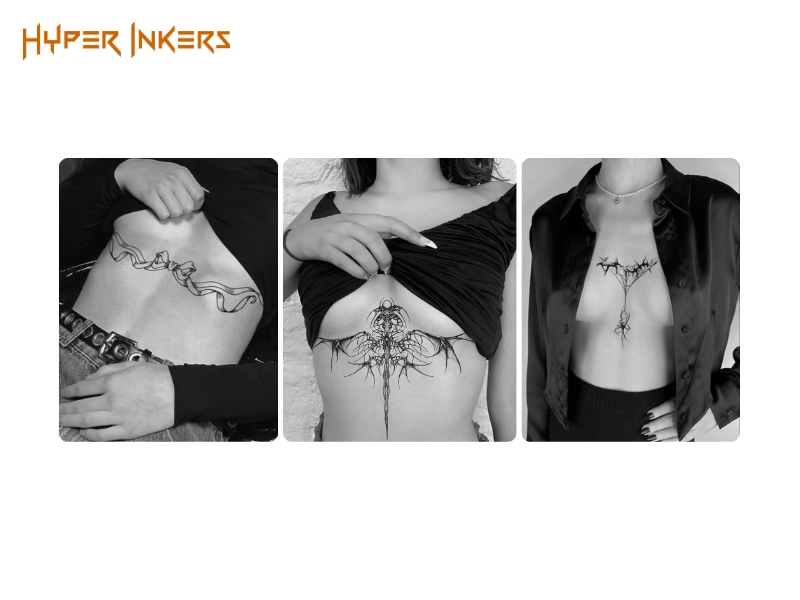
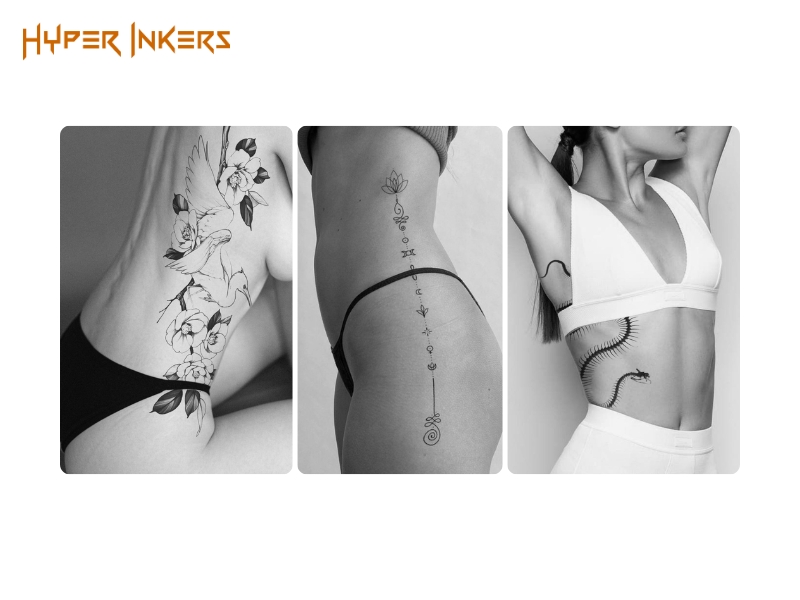
The Sensual Canvas: Thigh & Hip Tattoos
The thigh and hip area provide a large, private canvas for sensual and flowing designs that move with the body. This placement is incredibly popular for large floral pieces, such as peonies and roses, that bloom across the curve of the hip. It is also the perfect location for dynamic designs like snakes that wrap around the leg or intricate ornamental patterns that resemble a garter. This is about creating art that is both personal and beautifully integrated with your natural form.
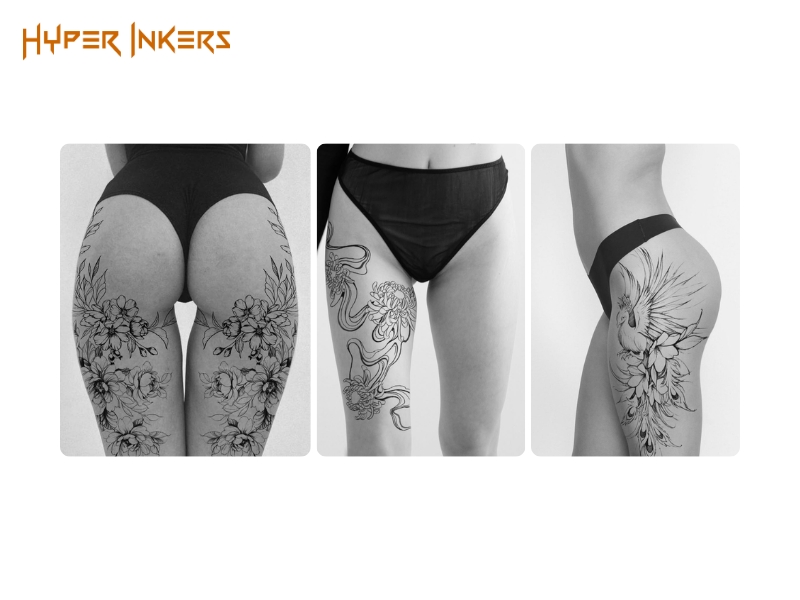
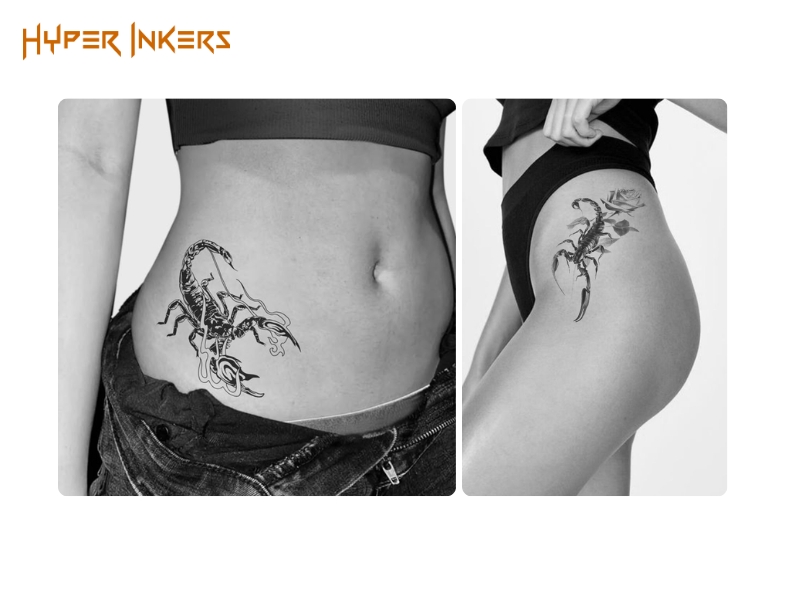
Best Placements for Small & Minimalist Tattoos
Small and minimalist tattoos require a placement that complements their delicate scale and prevents them from looking lost on the body. The best spots for small tattoos are those that create a natural frame for the artwork, such as the wrist, ankle, behind the ear, and clavicle, where their subtle nature can be fully appreciated.
- Wrist: The perfect canvas for meaningful dates, single words, or simple symbols that serve as a constant, gentle reminder.
- Ankle: A classic, subtle, and easily hidden placement that adds a touch of personal style without being overt.
- Behind the Ear: This is the ultimate discreet placement for tiny art, a hidden secret that is only revealed when you want it to be.
- Clavicle (Collarbone): An elegant and increasingly popular placement for fine-line script, constellations, or small floral designs that trace the bone.
- Inner Arm/Bicep: This spot offers a combination of low pain and natural protection from the sun, ensuring your delicate tattoo stays crisp for longer.
Best Tattoo Placements for Your First Tattoo
Getting your first tattoo is an exciting milestone, but it’s natural to feel some nerves. For a positive and comfortable first experience, we strongly recommend choosing a spot with lower pain levels and optional visibility. This allows you to get accustomed to the sensation and the healing process without unnecessary discomfort. The best placements for first-timers are the outer thigh, inner bicep, or upper back.
- Outer Thigh: This spot is an excellent choice due to its low pain level, ample muscle and fat padding, and the ease with which it can be hidden.
- Inner Bicep: A very popular first-timer spot, the inner bicep has low pain, is naturally protected from sun exposure, and remains private.
- Upper Back / Shoulder: This area has a low-to-moderate pain level. A key advantage is that you won’t be tempted to touch or pick at it during the crucial healing phase.
- Forearm: While the pain is moderate, the forearm is very easy for you to see and reach, which simplifies the process of applying aftercare cream consistently.
FAQ
What is the least painful place to get a tattoo?
The outer thigh, forearm, and upper back/shoulder area are typically the least painful places to get a tattoo. These spots generally have more muscle and fat to cushion the needle and fewer nerve endings, resulting in a more comfortable experience, especially for a first tattoo.
What is the most painful place for a tattoo?
The ribs, sternum, feet, hands, and head are generally considered the most painful places for a tattoo. These areas are highly sensitive due to having very thin skin directly over bone and a high concentration of nerve endings, which makes the tattooing process significantly more intense.
Where do tattoos fade the most?
Tattoos on the hands, feet, and fingers fade the fastest. These areas experience constant friction, flexion, and sun exposure, and the skin regenerates more quickly. Tattoos on elbows and knees are also highly prone to fading due to the constant bending and stretching of the skin.
How much does placement affect tattoo price?
Placement is a secondary factor in tattoo pricing. The primary drivers are the design’s size and complexity. However, tattooing on difficult, painful, or very stretchy areas of skin (like the ribs, neck, or stomach) may slightly increase the hourly rate because they require more time, skill, and care from the artist to execute perfectly.
Can you tattoo over stretch marks or scars?
Yes, it is often possible to tattoo over stretch marks and scars, but it requires an in-person consultation with an experienced artist. The success of covering them depends heavily on the age, texture, and color of the scar or stretch marks. An artist must assess the skin in person to determine if it is stable enough to hold ink and to design a piece that will effectively camouflage the area
Conclusion
The perfect tattoo placement is a personal choice, a unique balance of pain tolerance, lifestyle, design, and aesthetics. This guide provides a strong, expert foundation to help you make that crucial decision with confidence. The next step is to bring your vision to life at one of the best tattoo parlors in San Antonio Tx. The award-winning artists at Hyper Inkers are here to provide a personal consultation, helping you find the perfect placement for your unique design. Book your appointment today and let’s create something timeless together.


